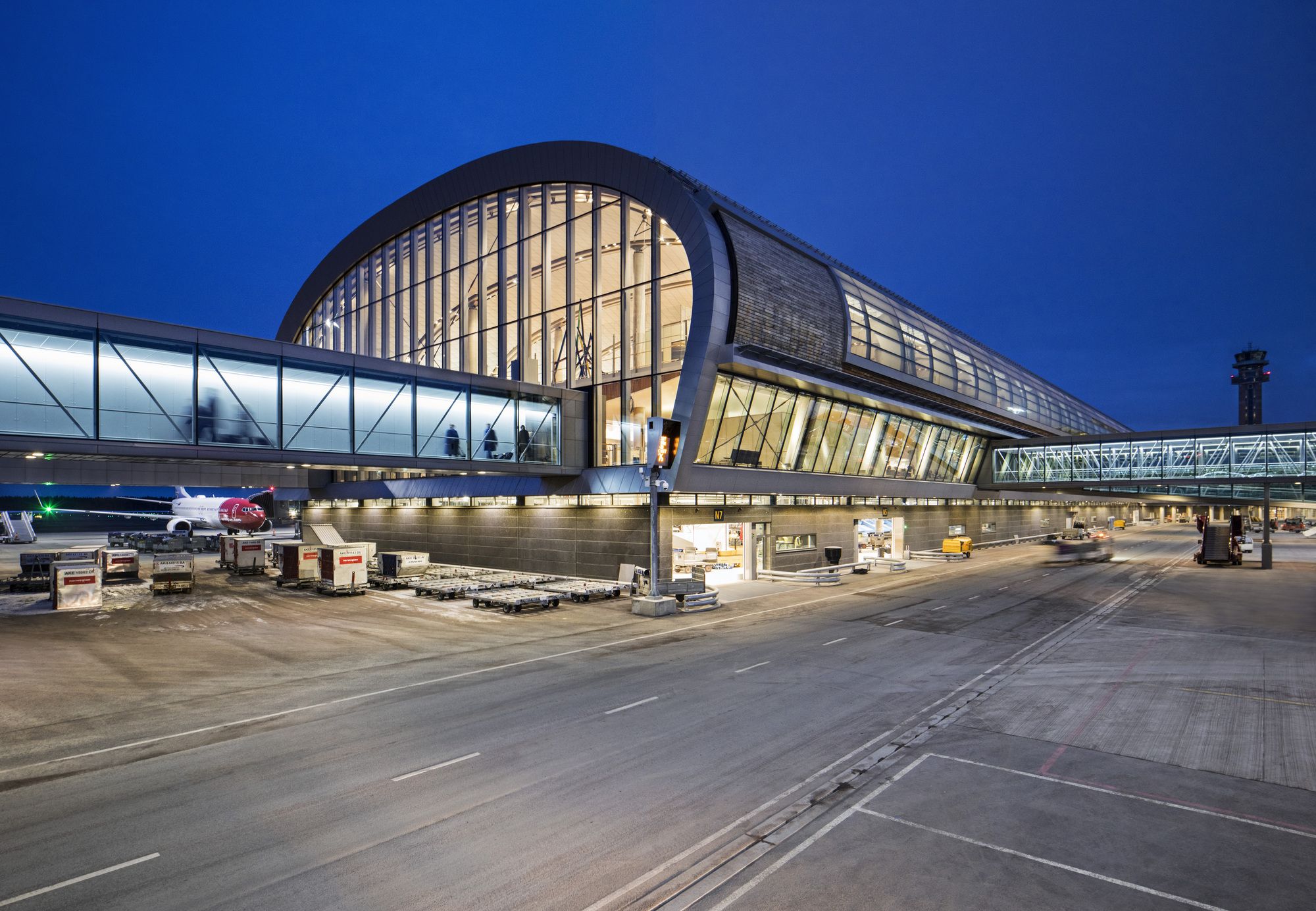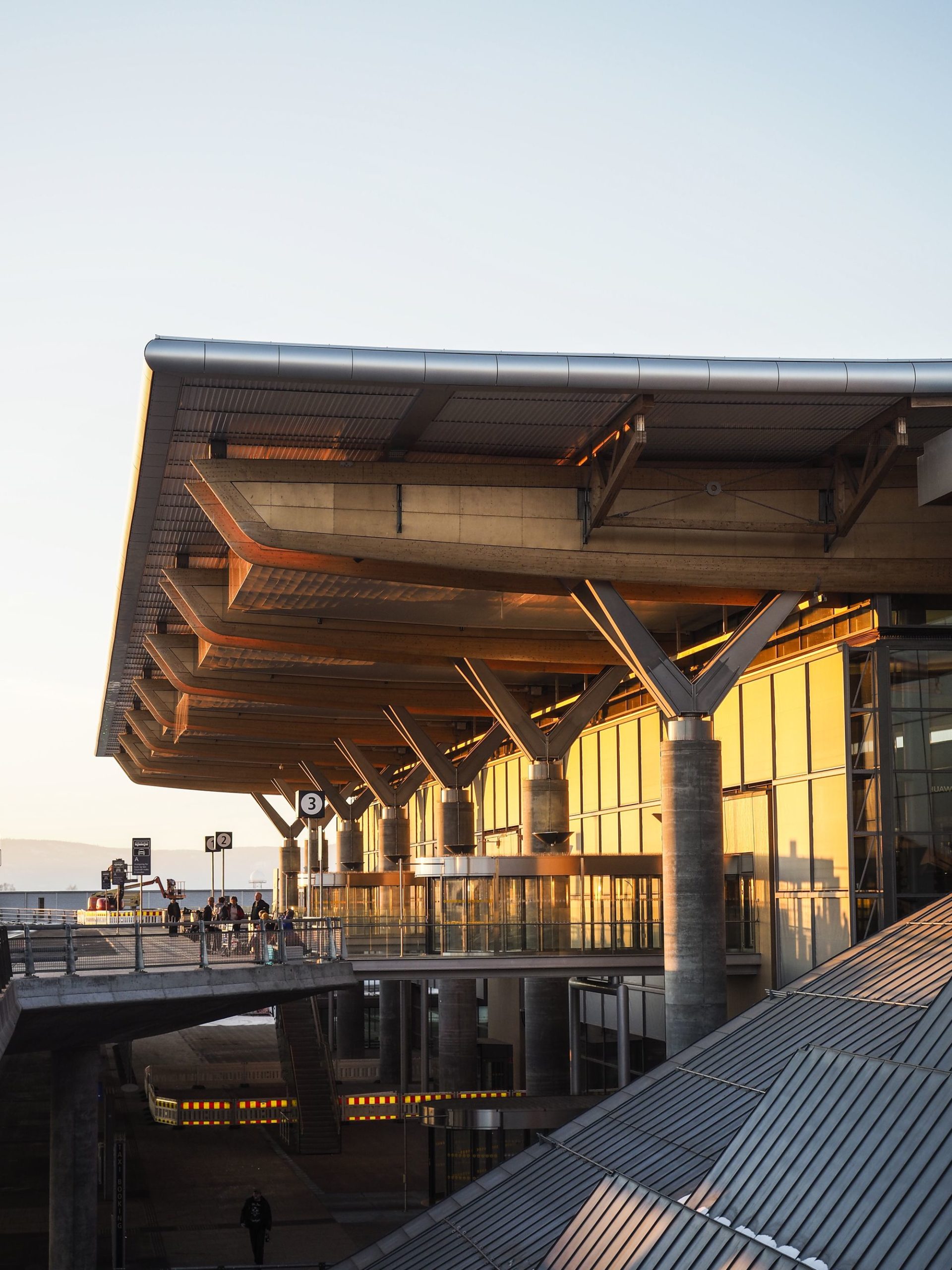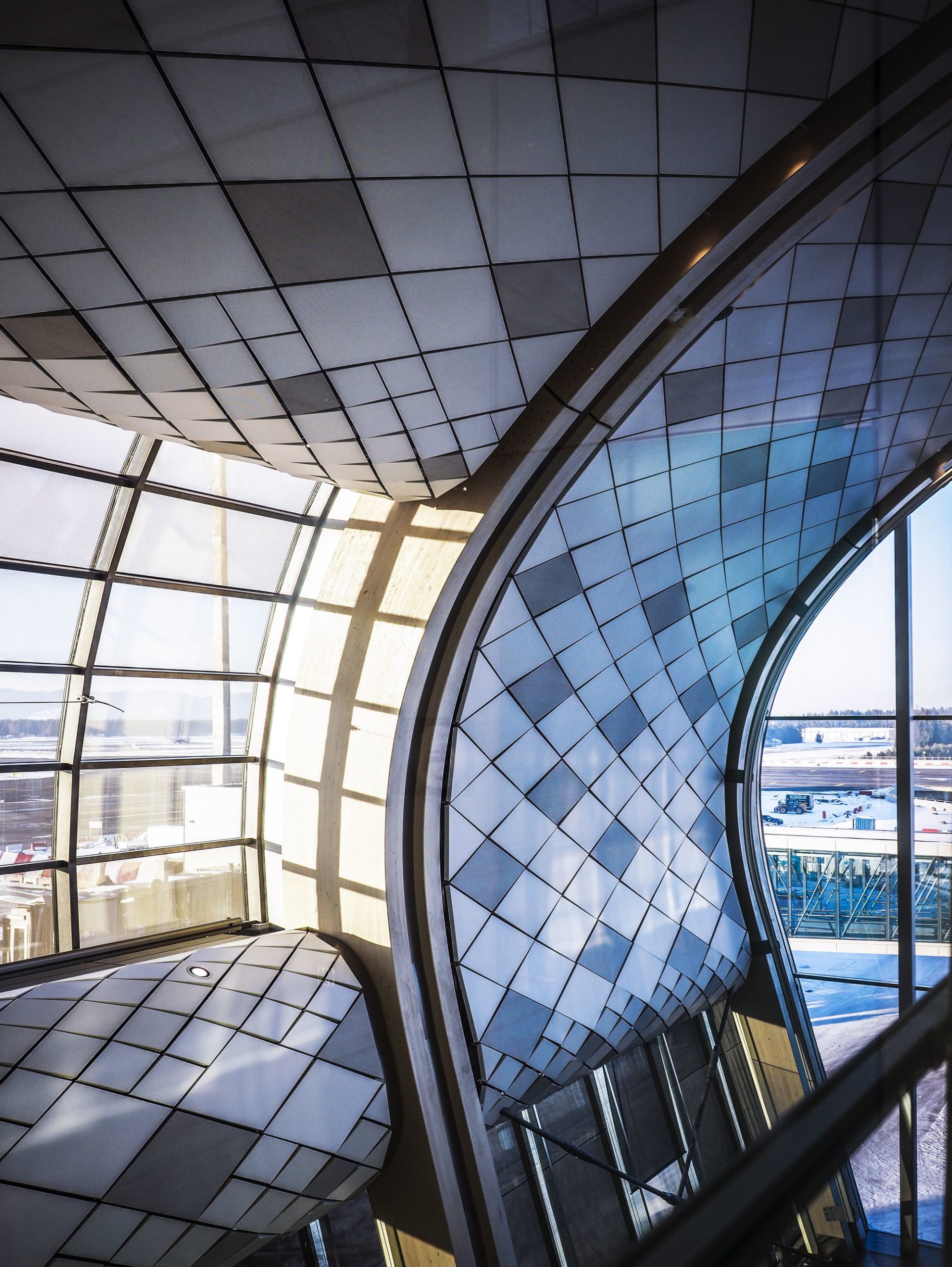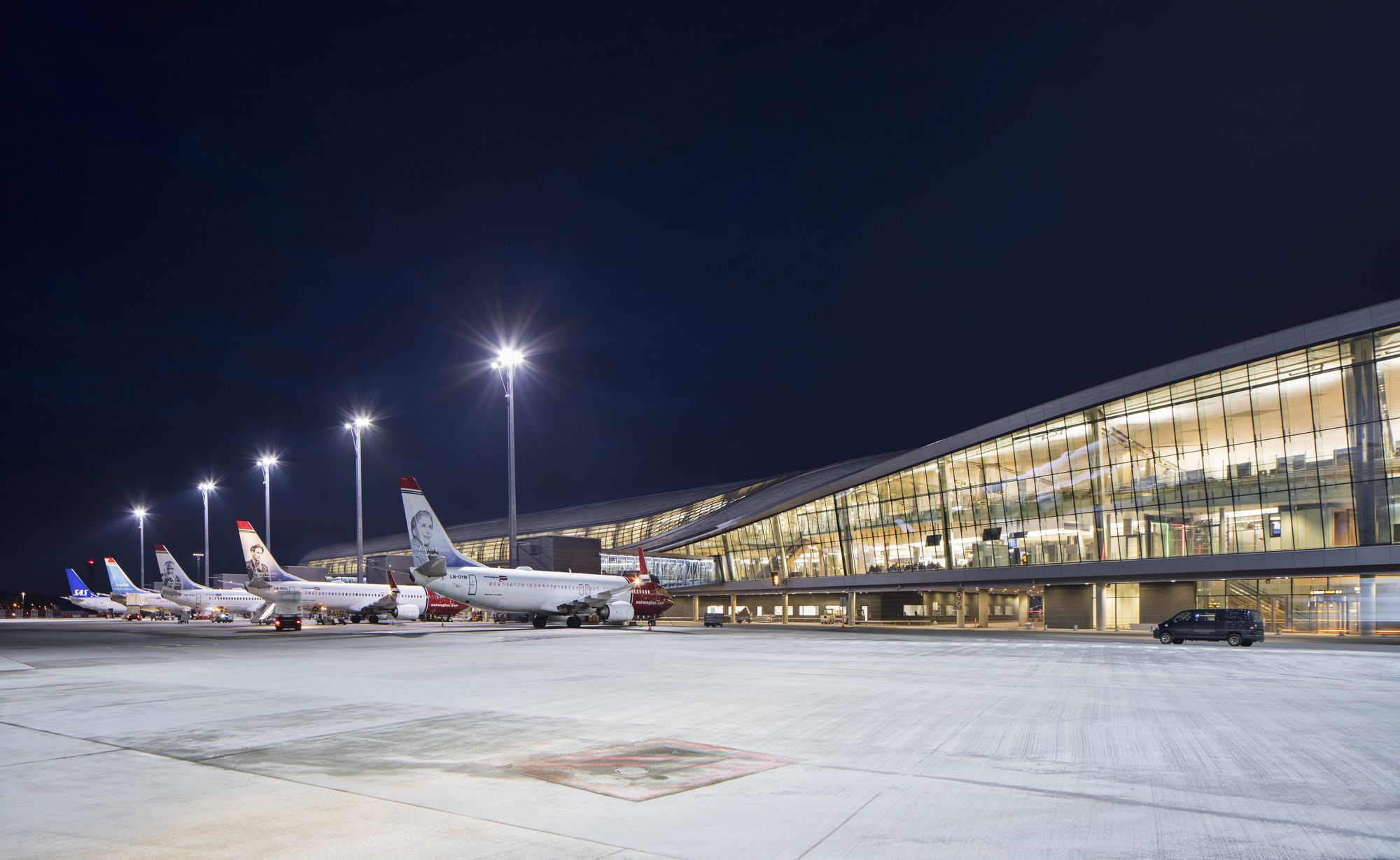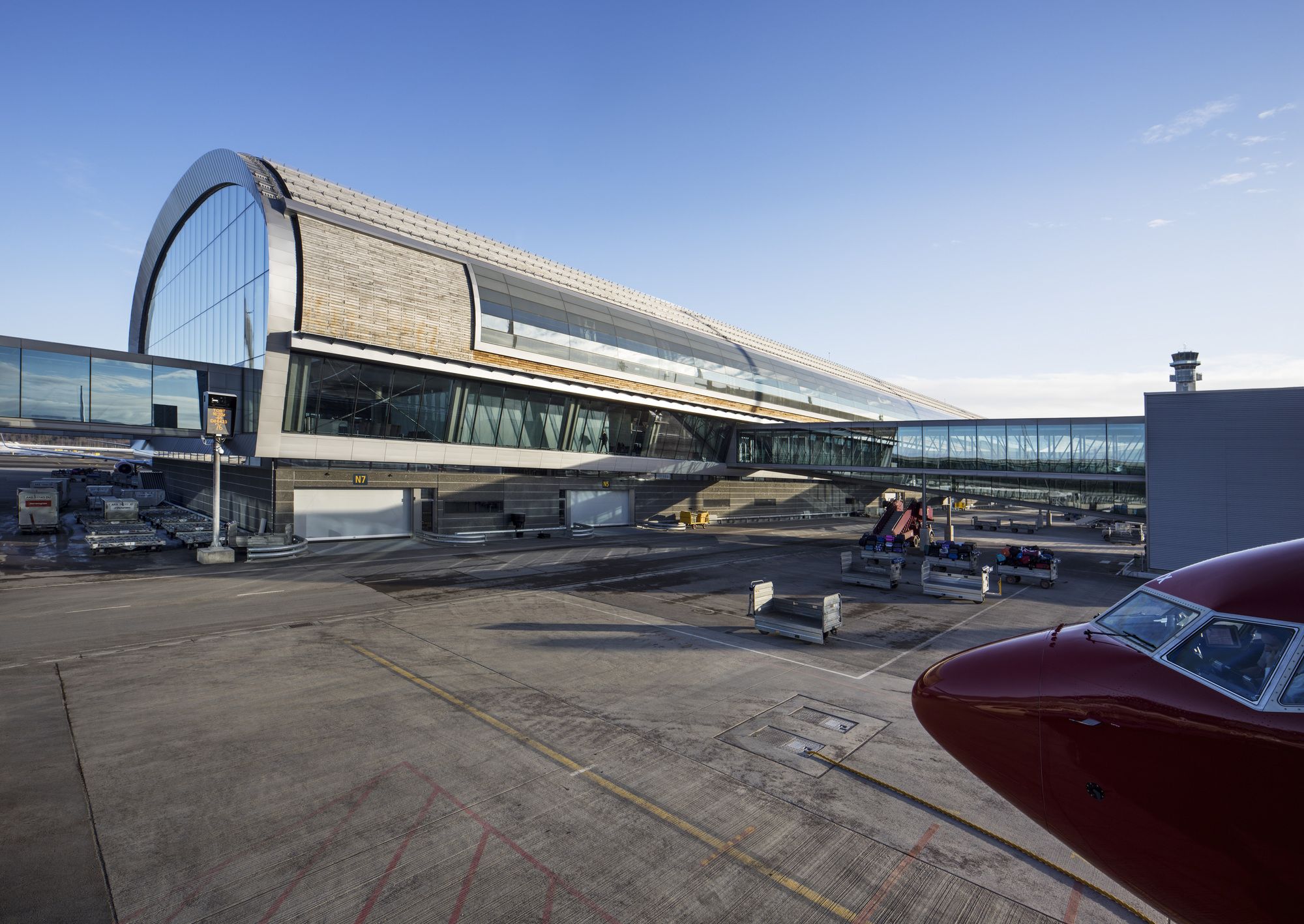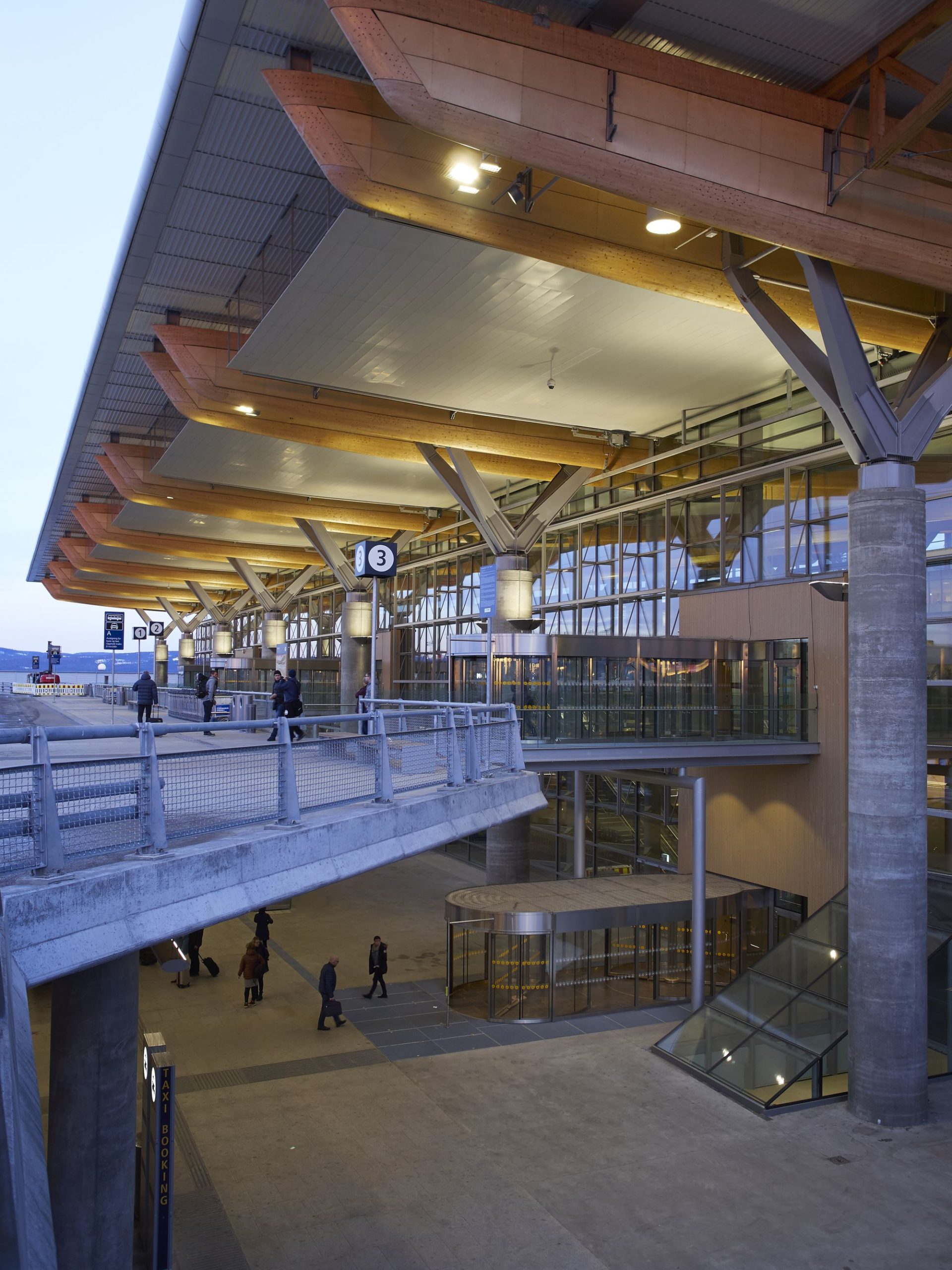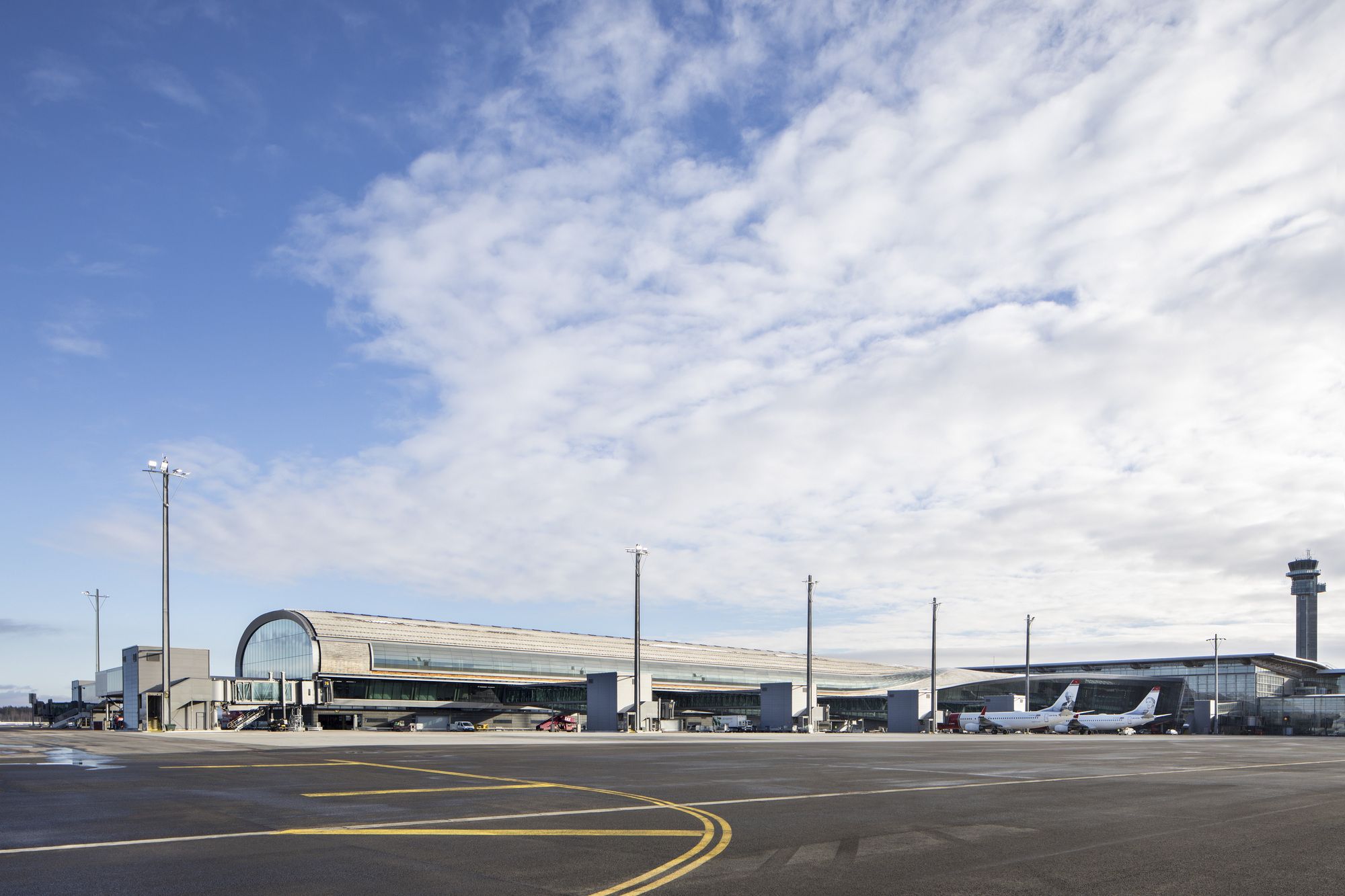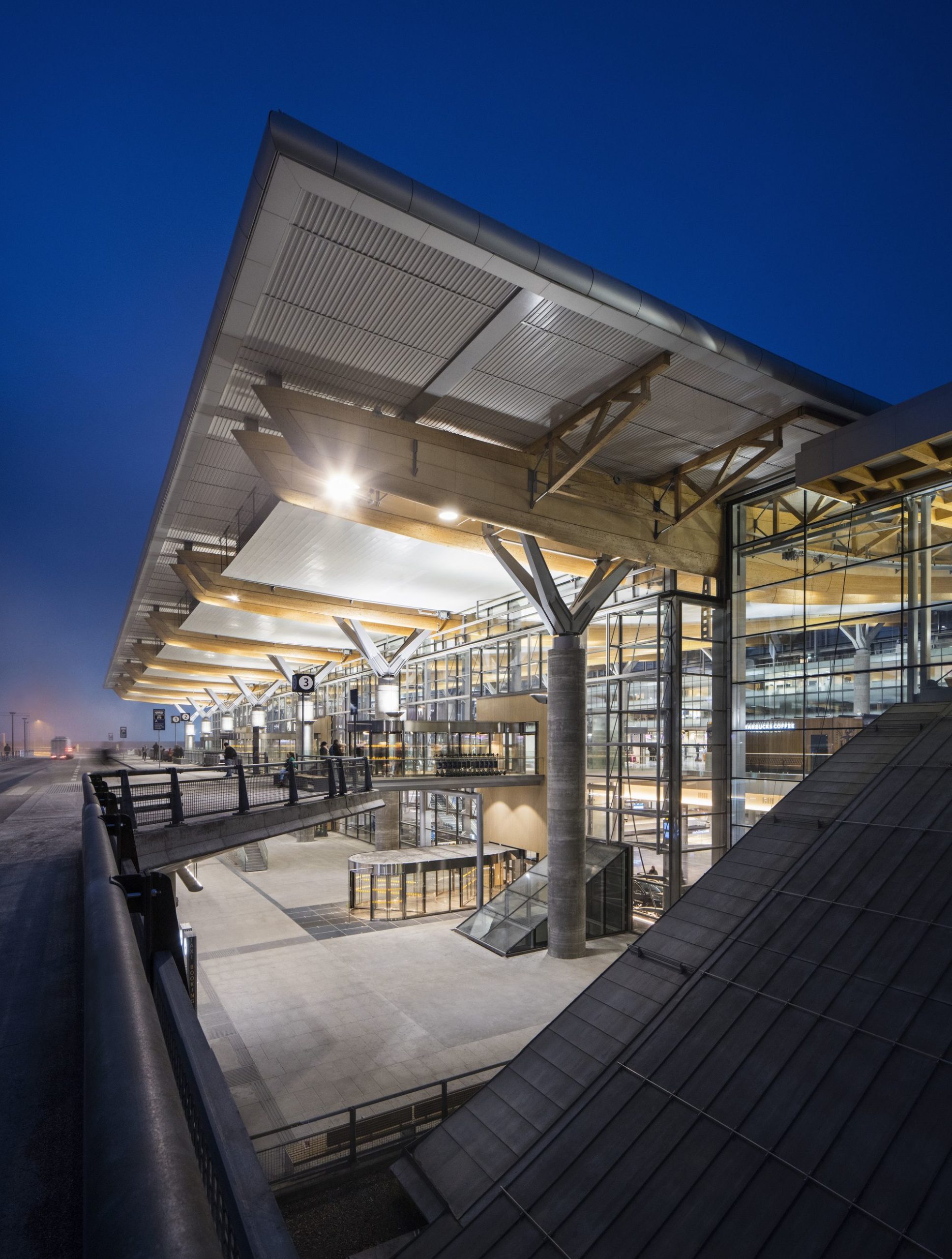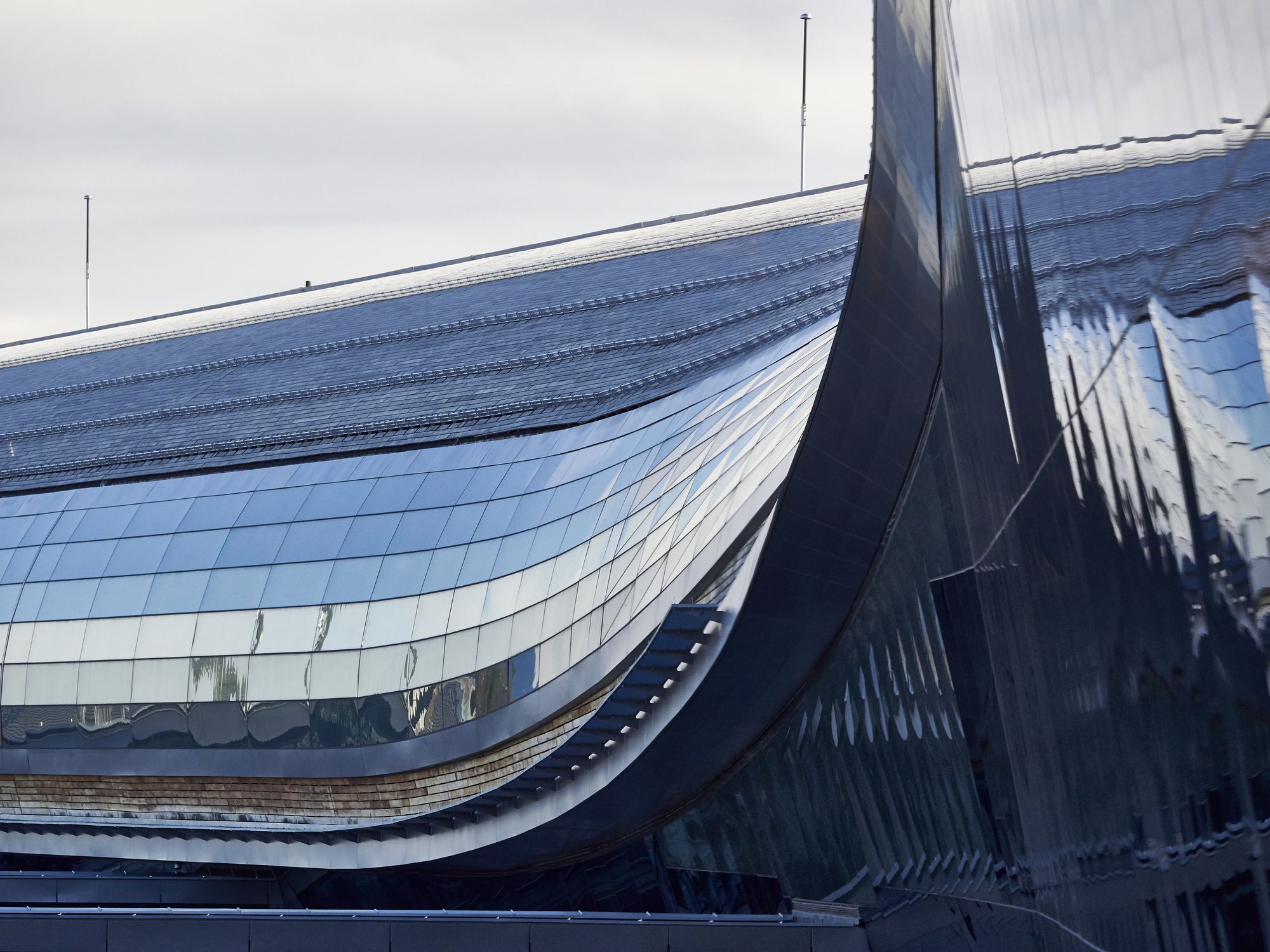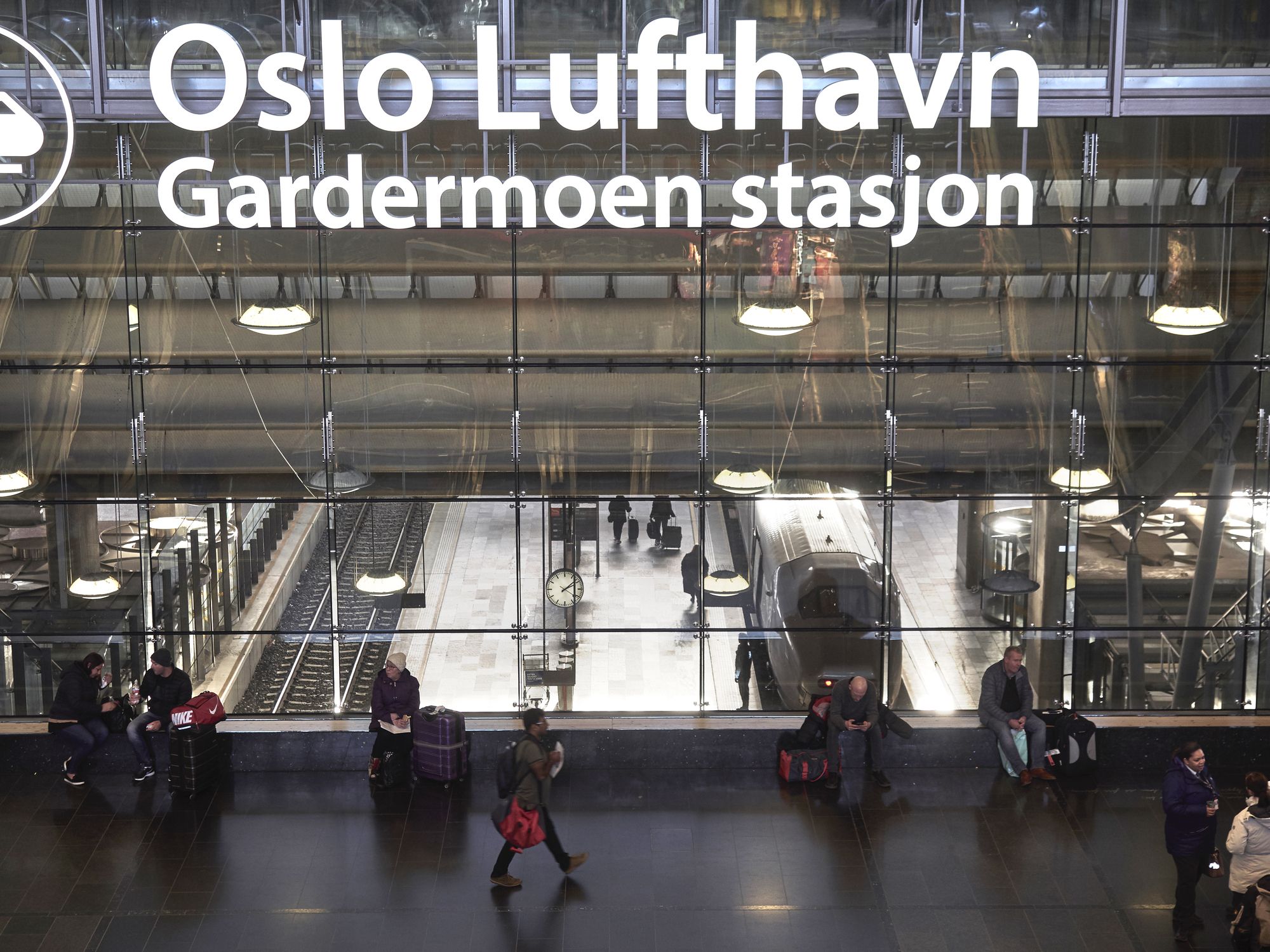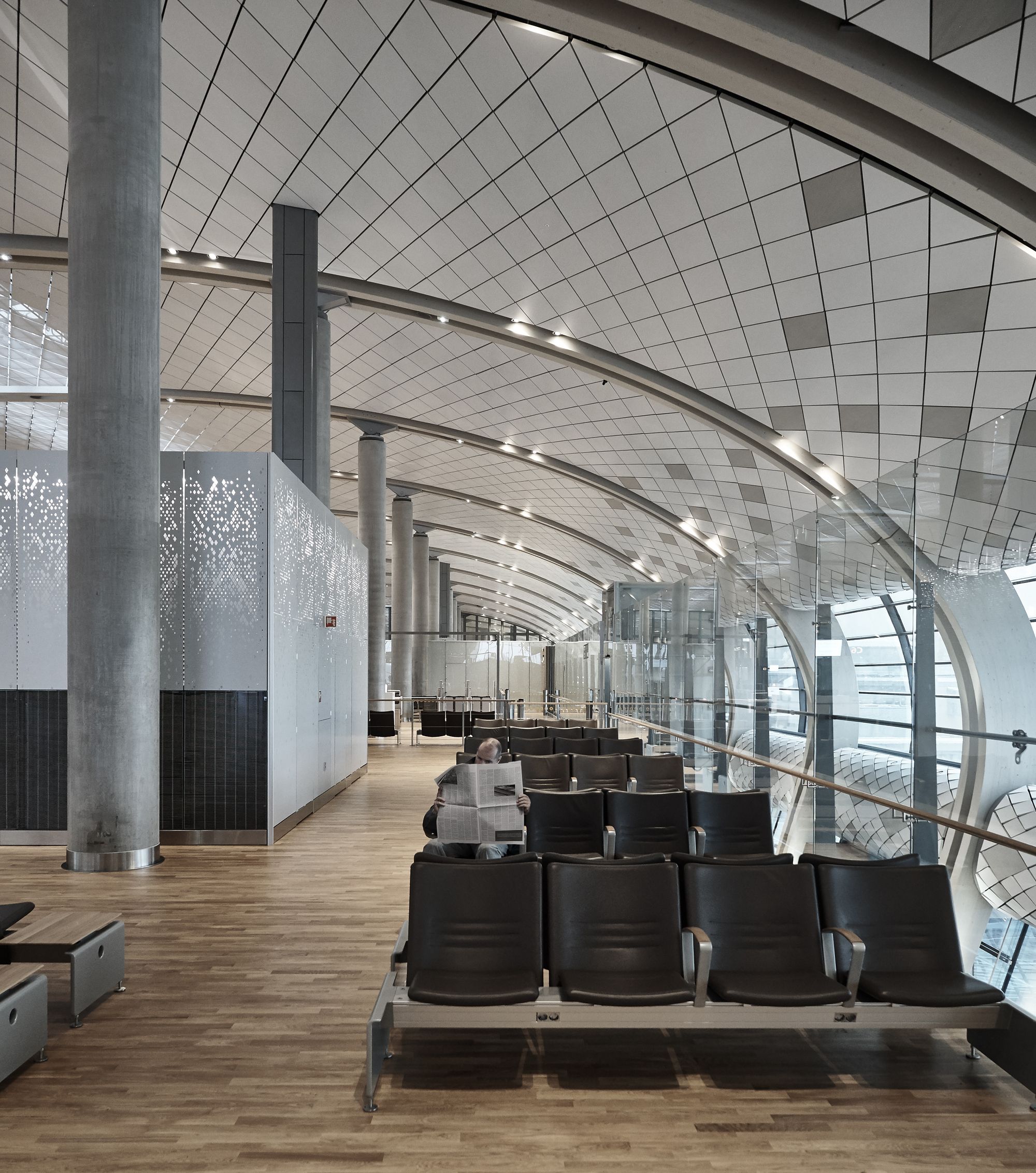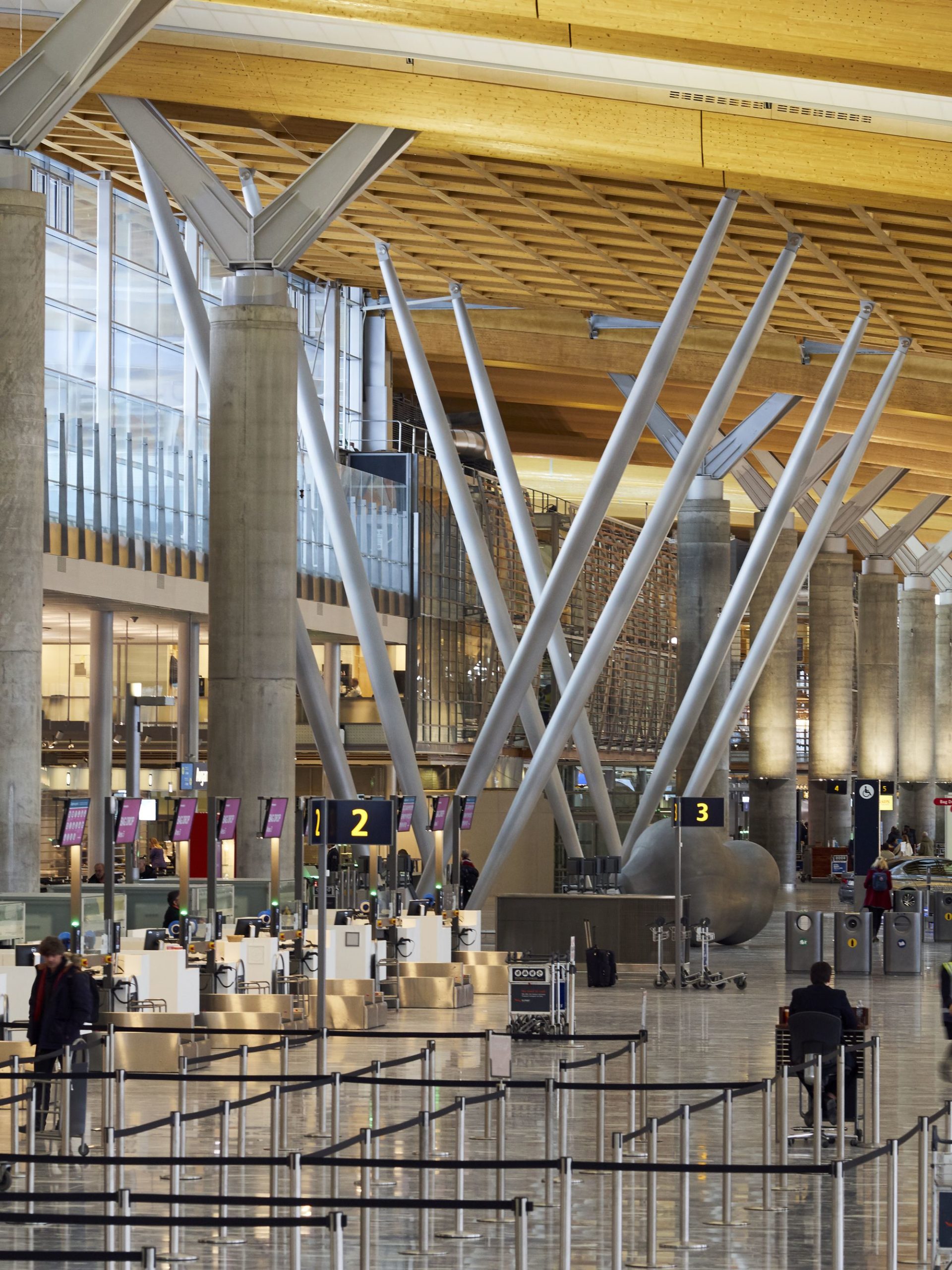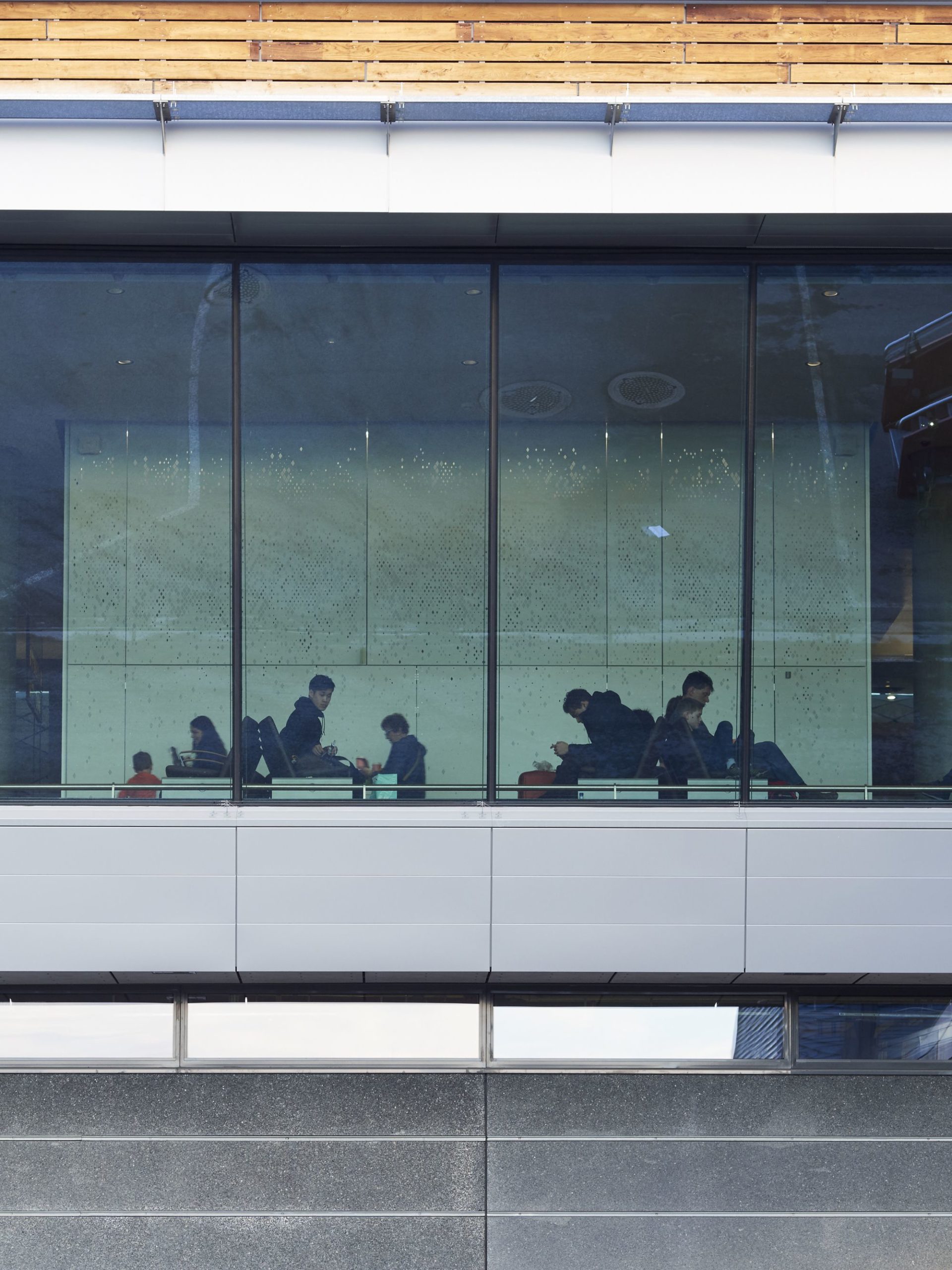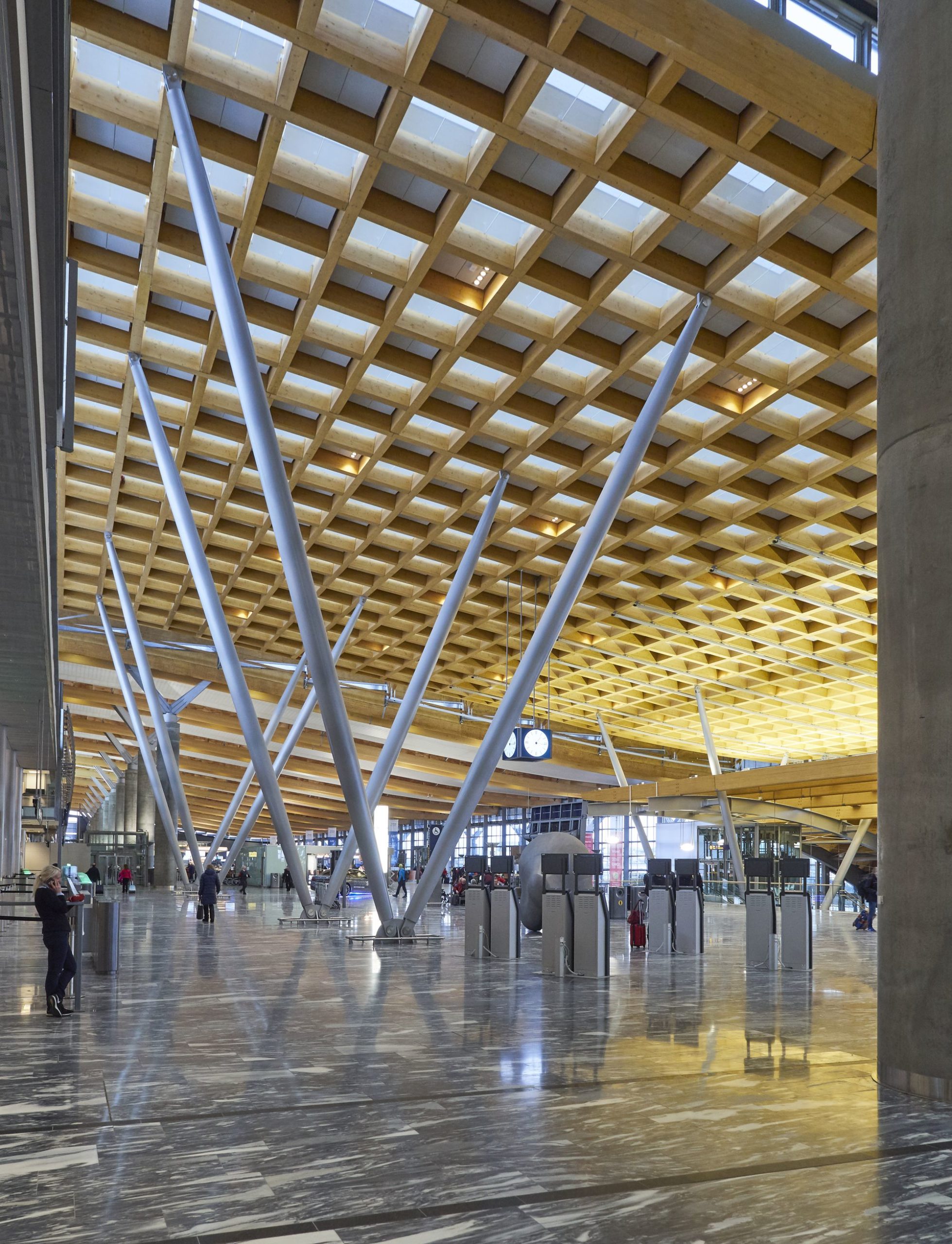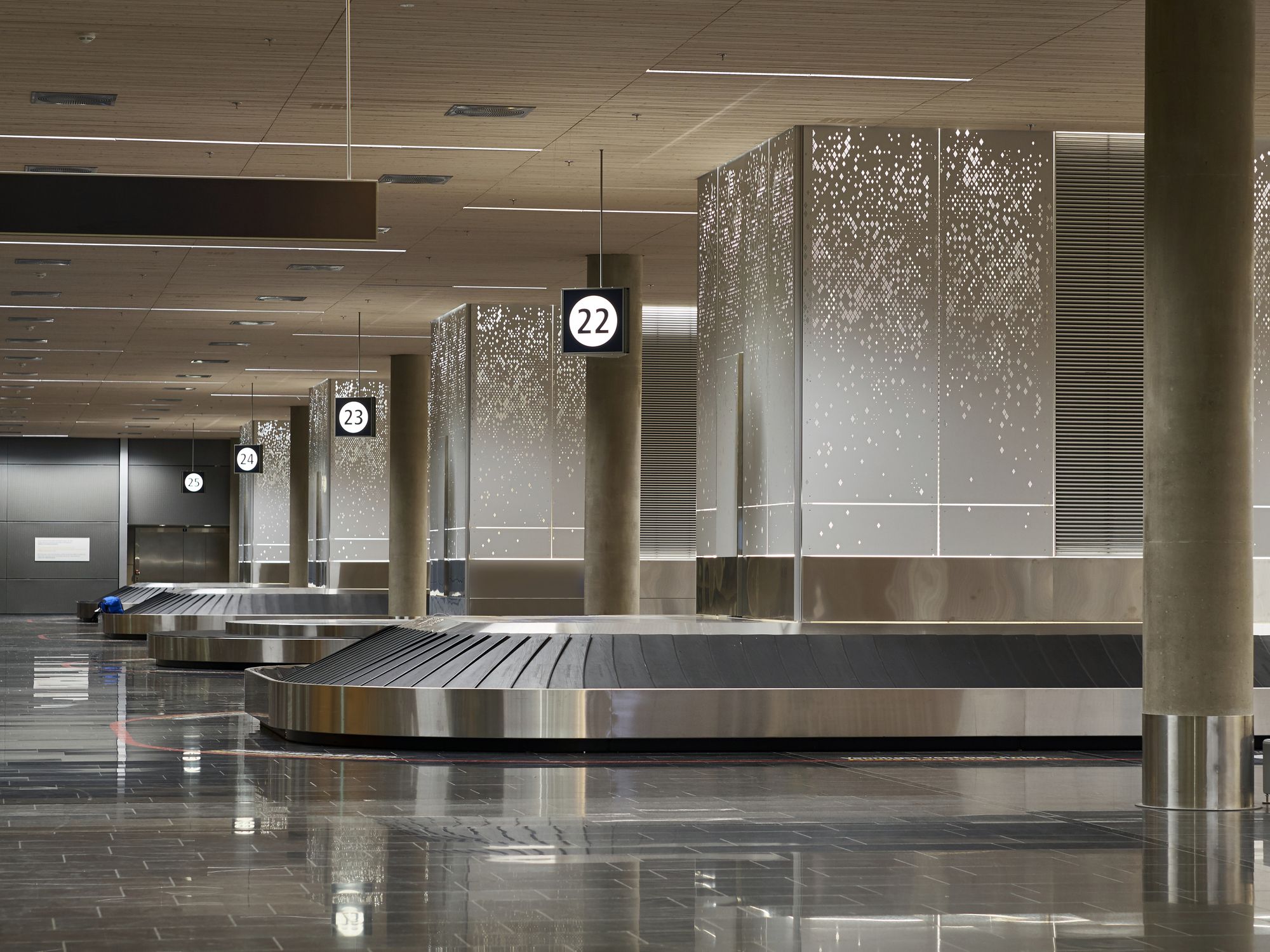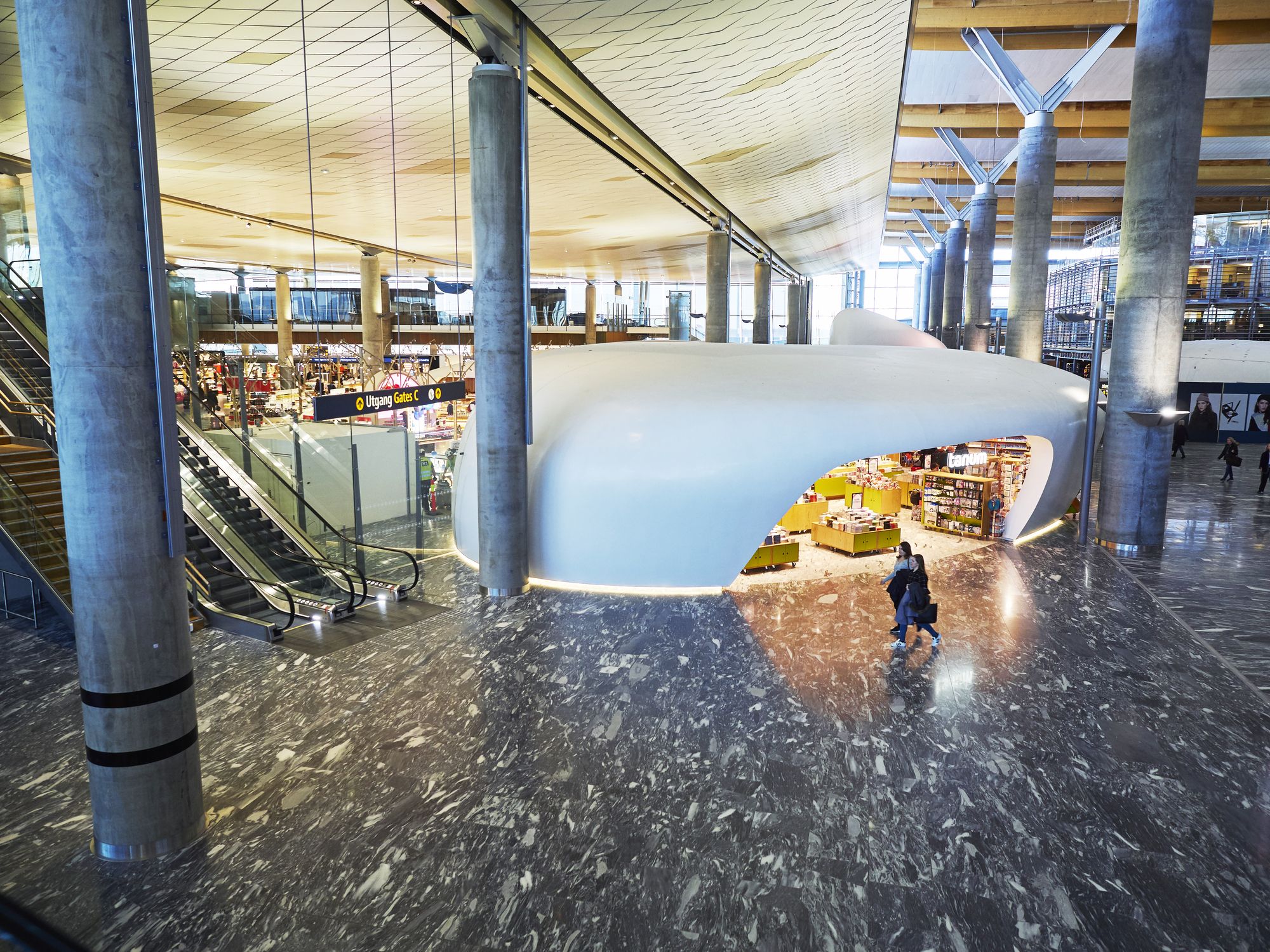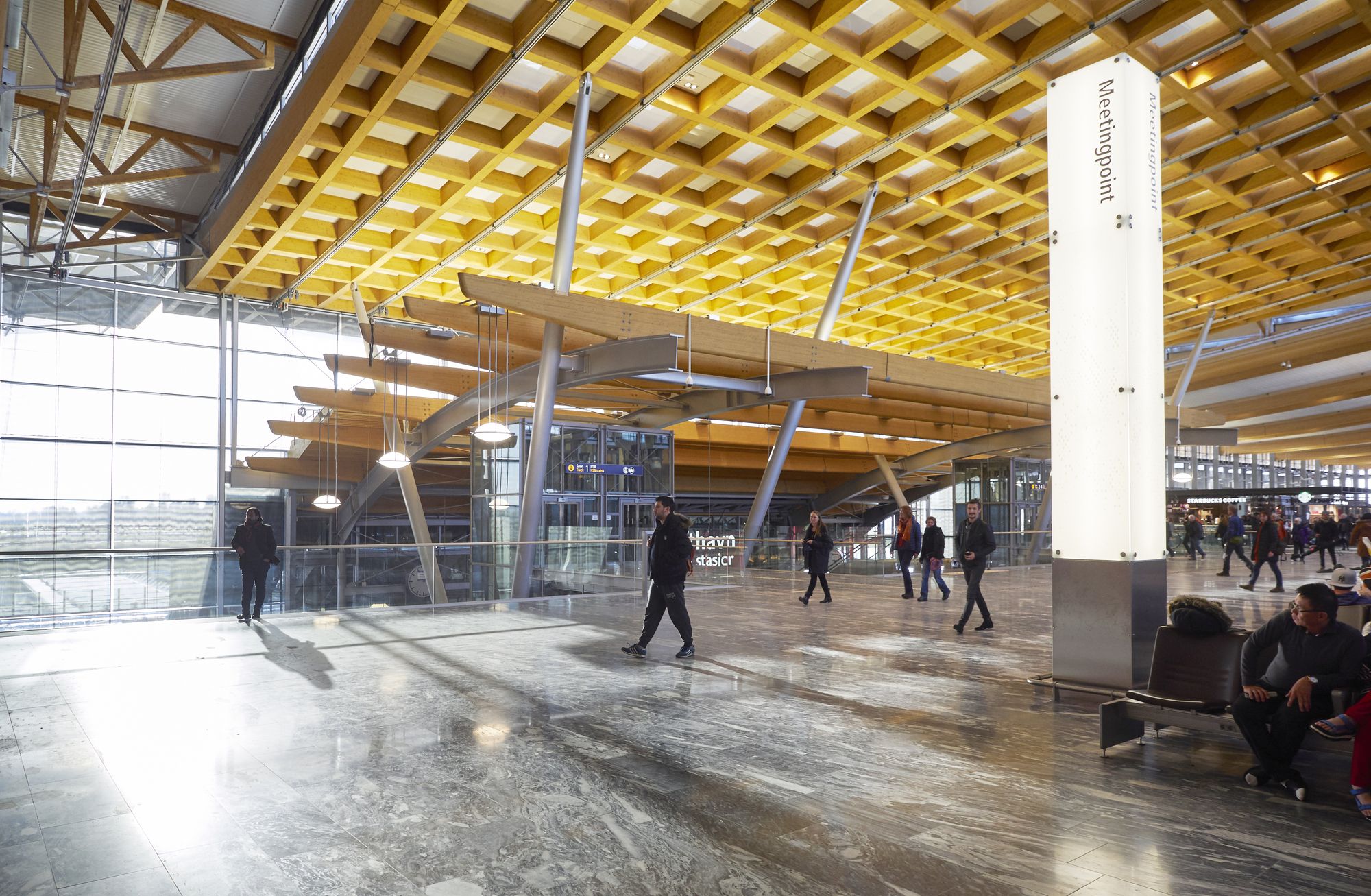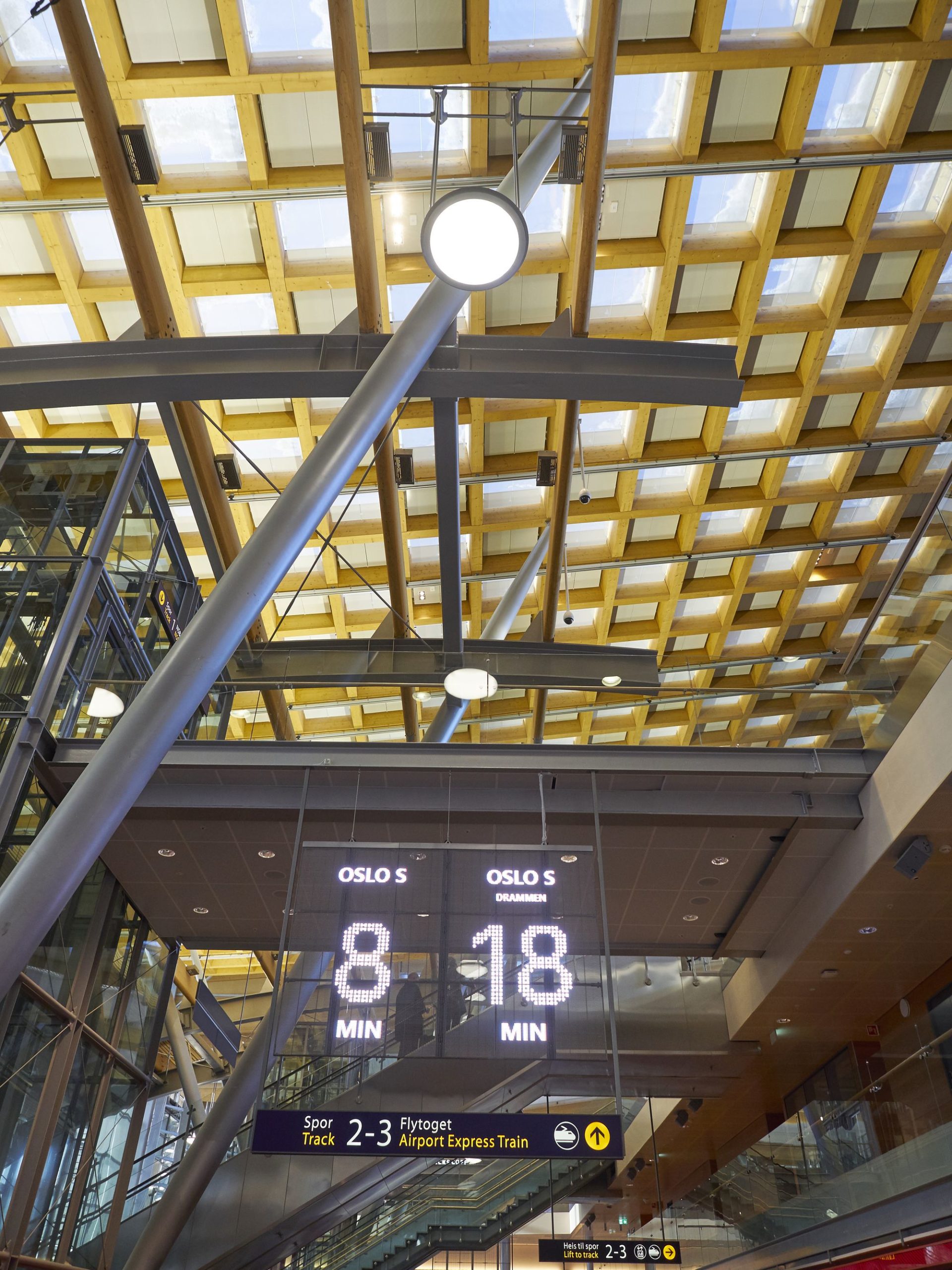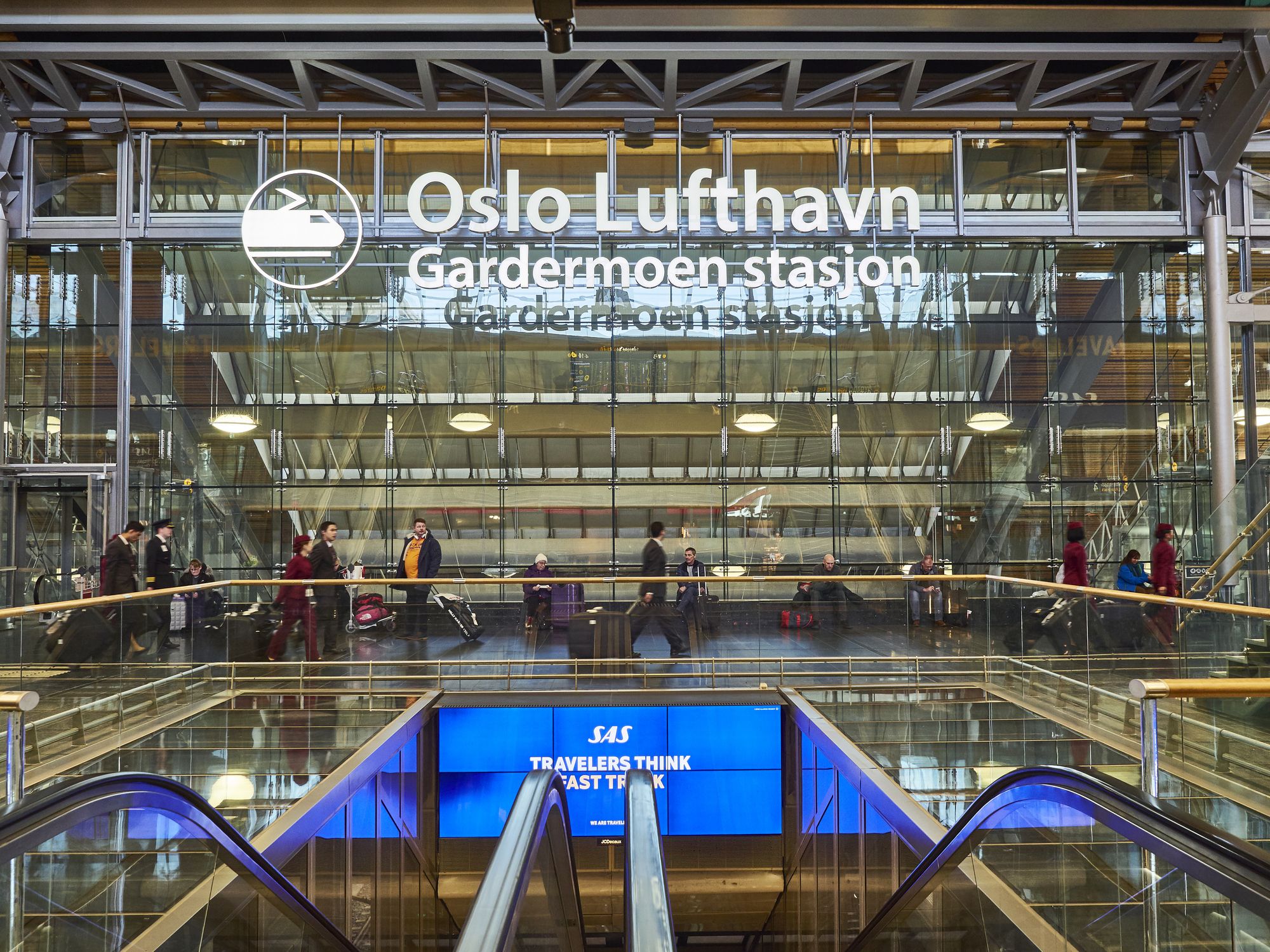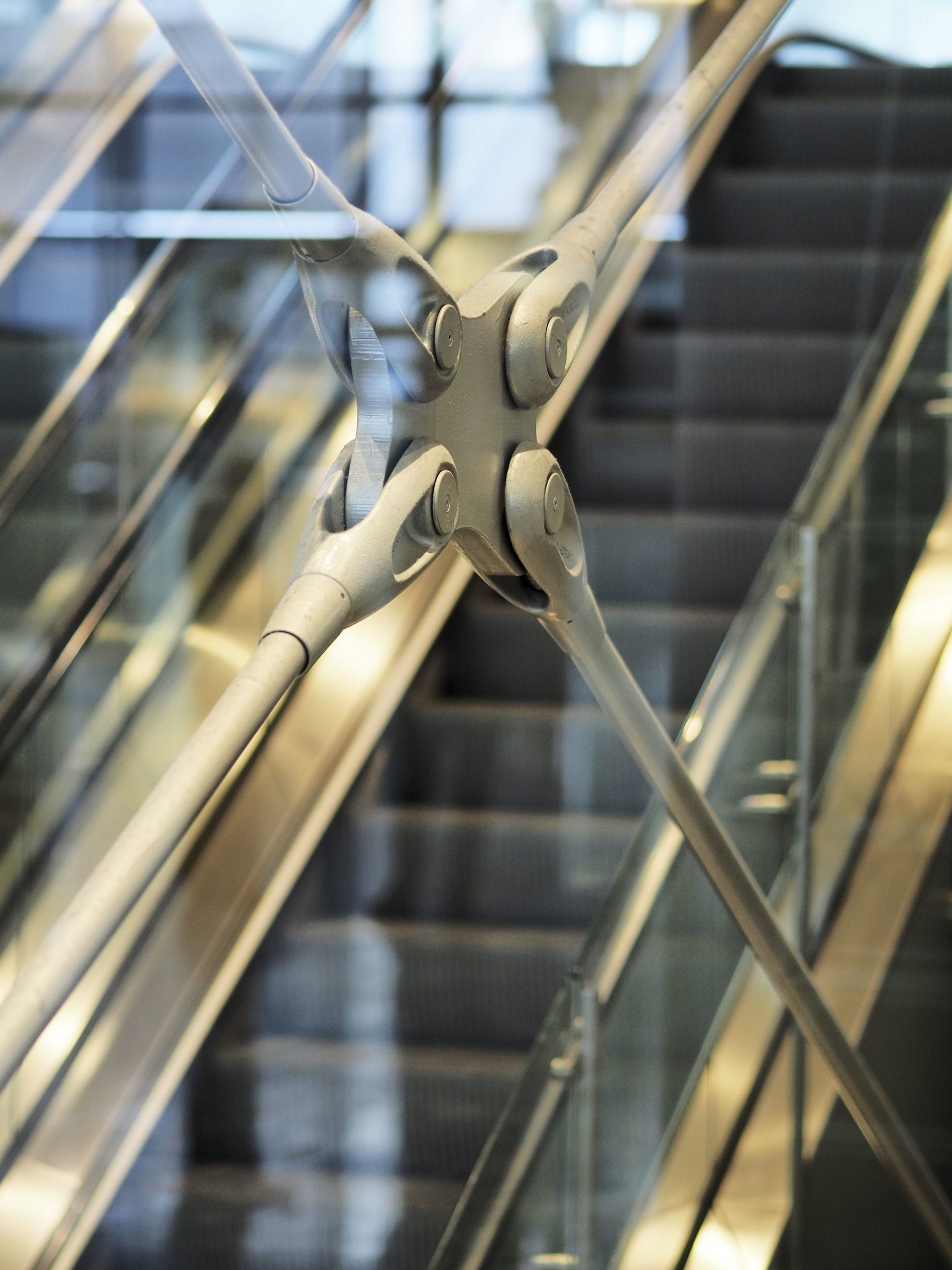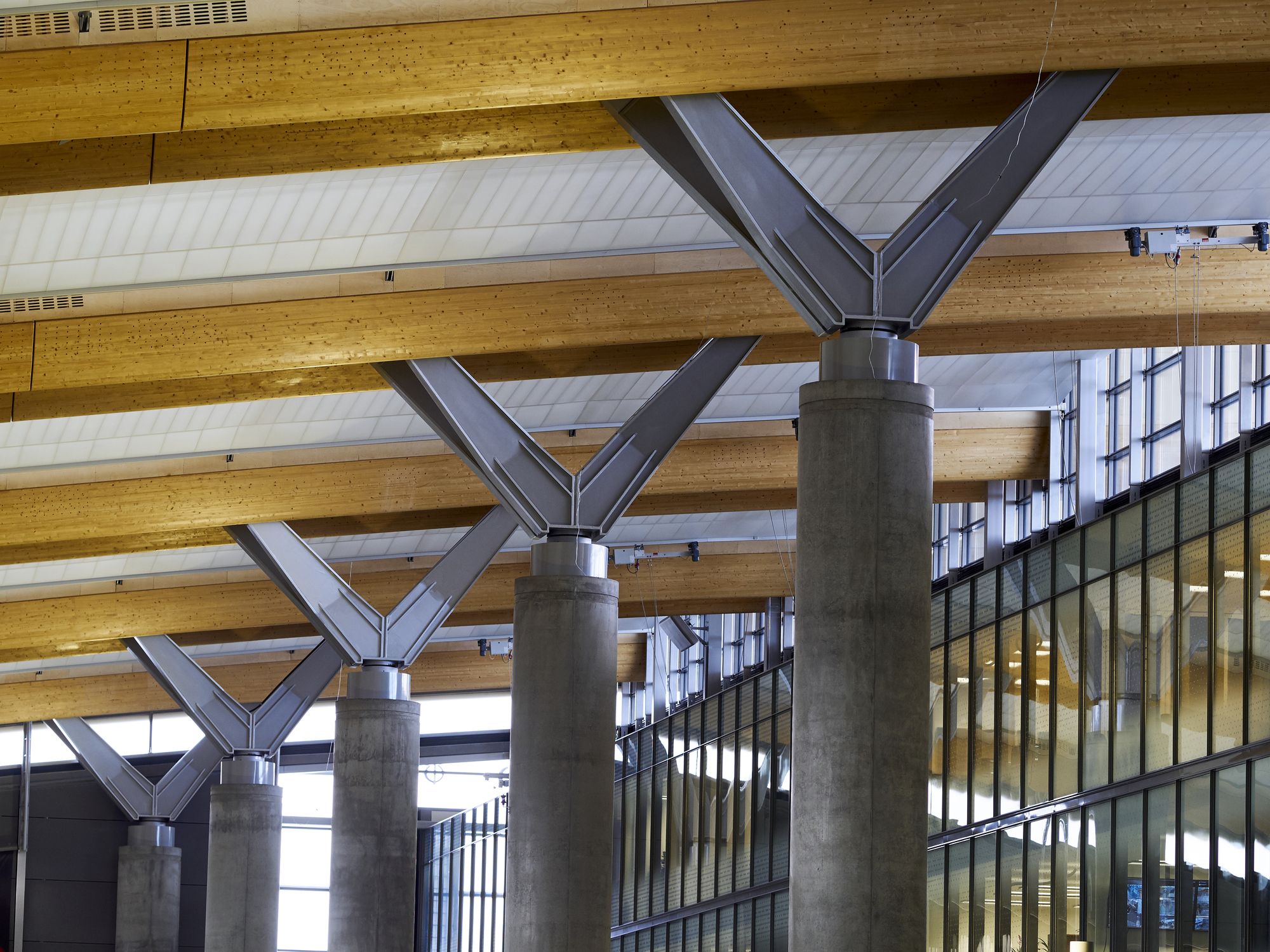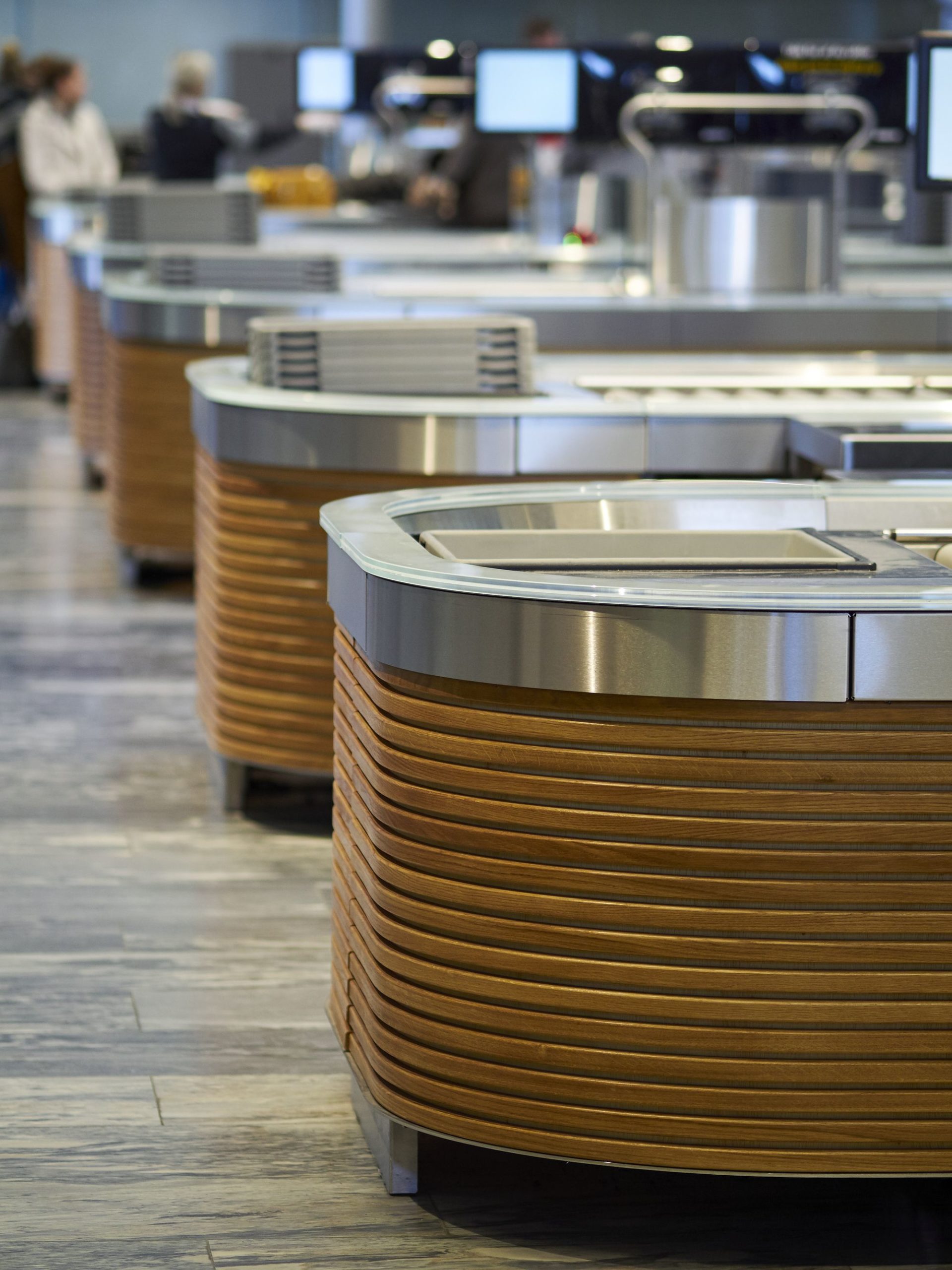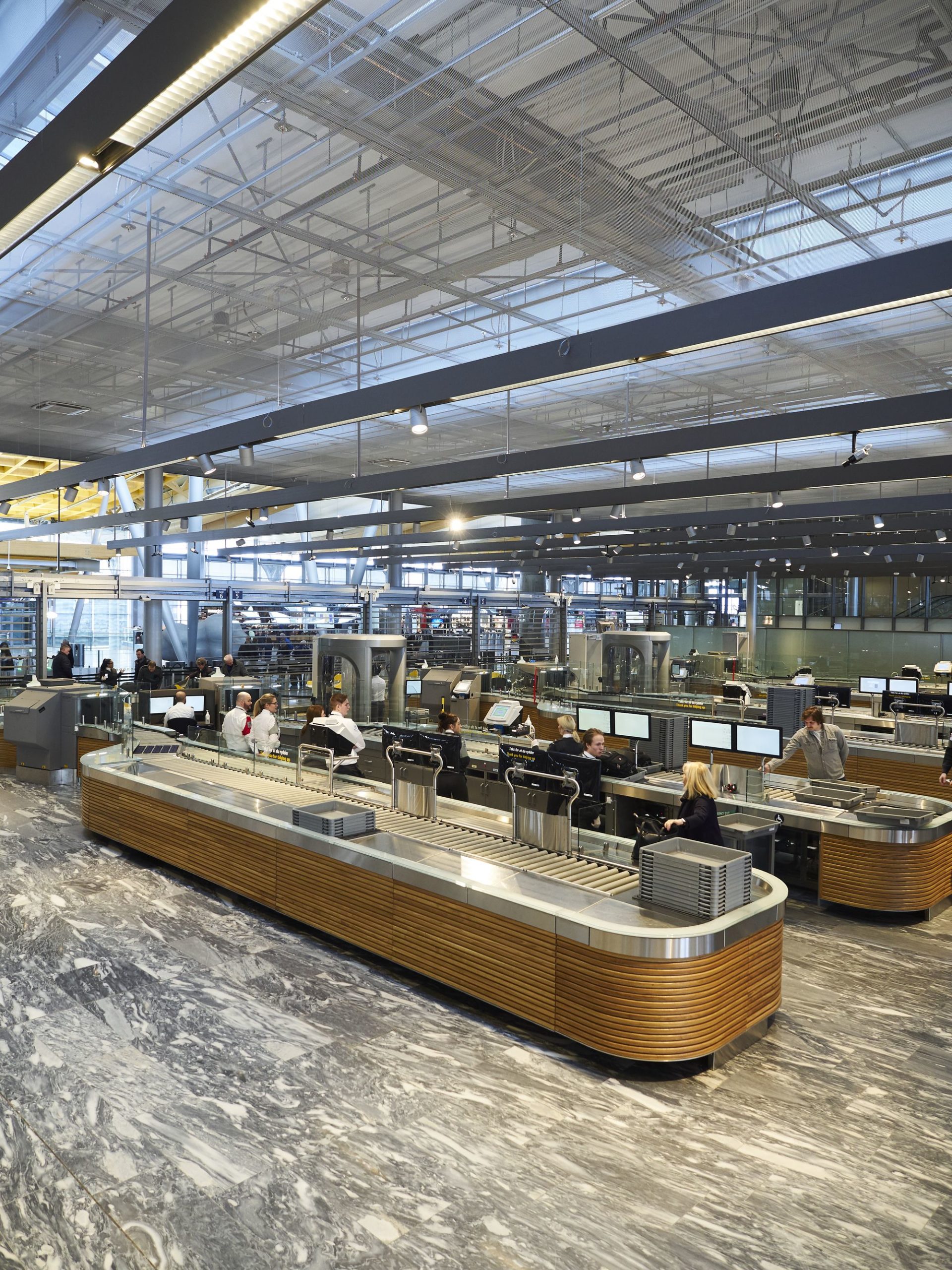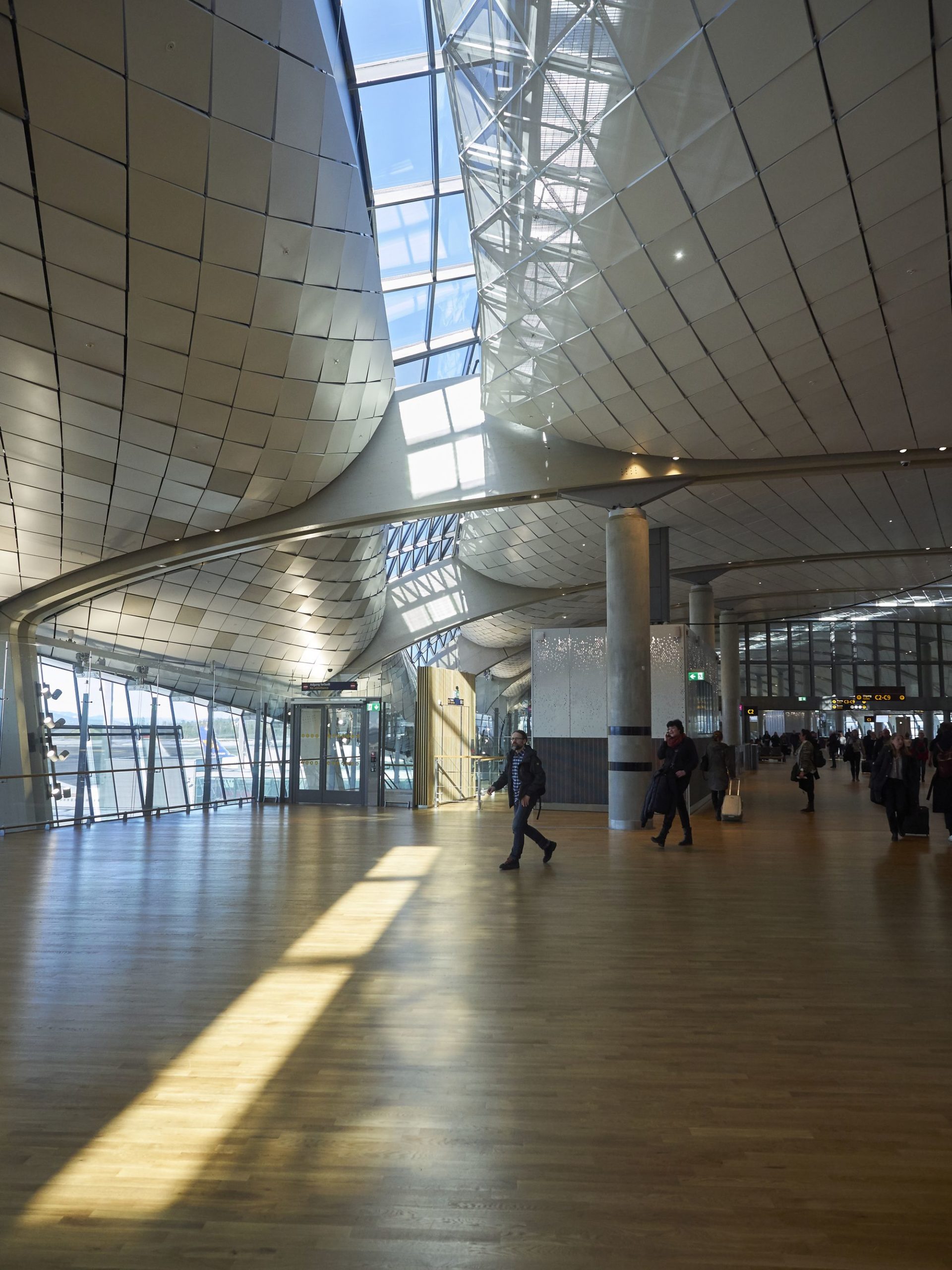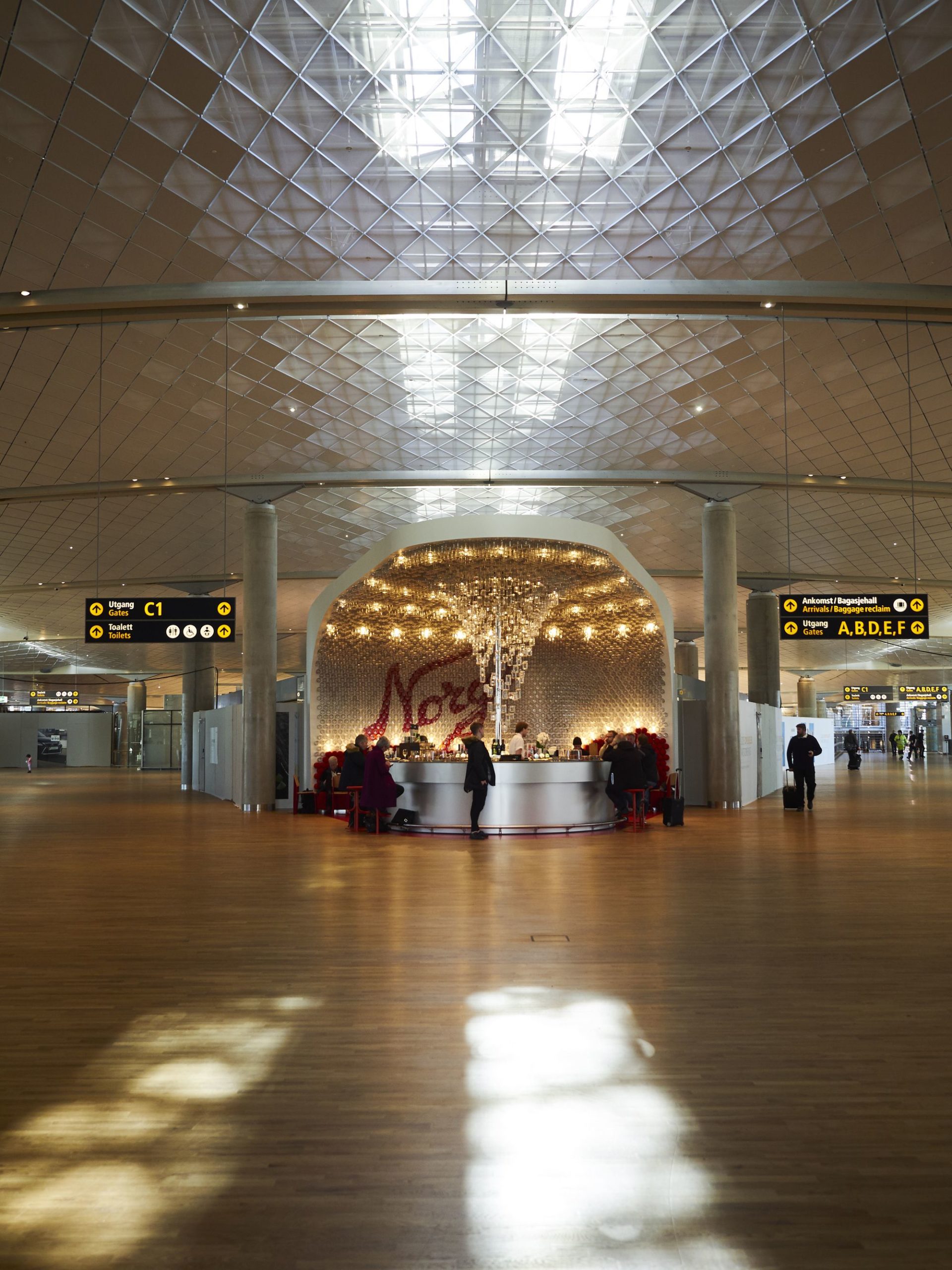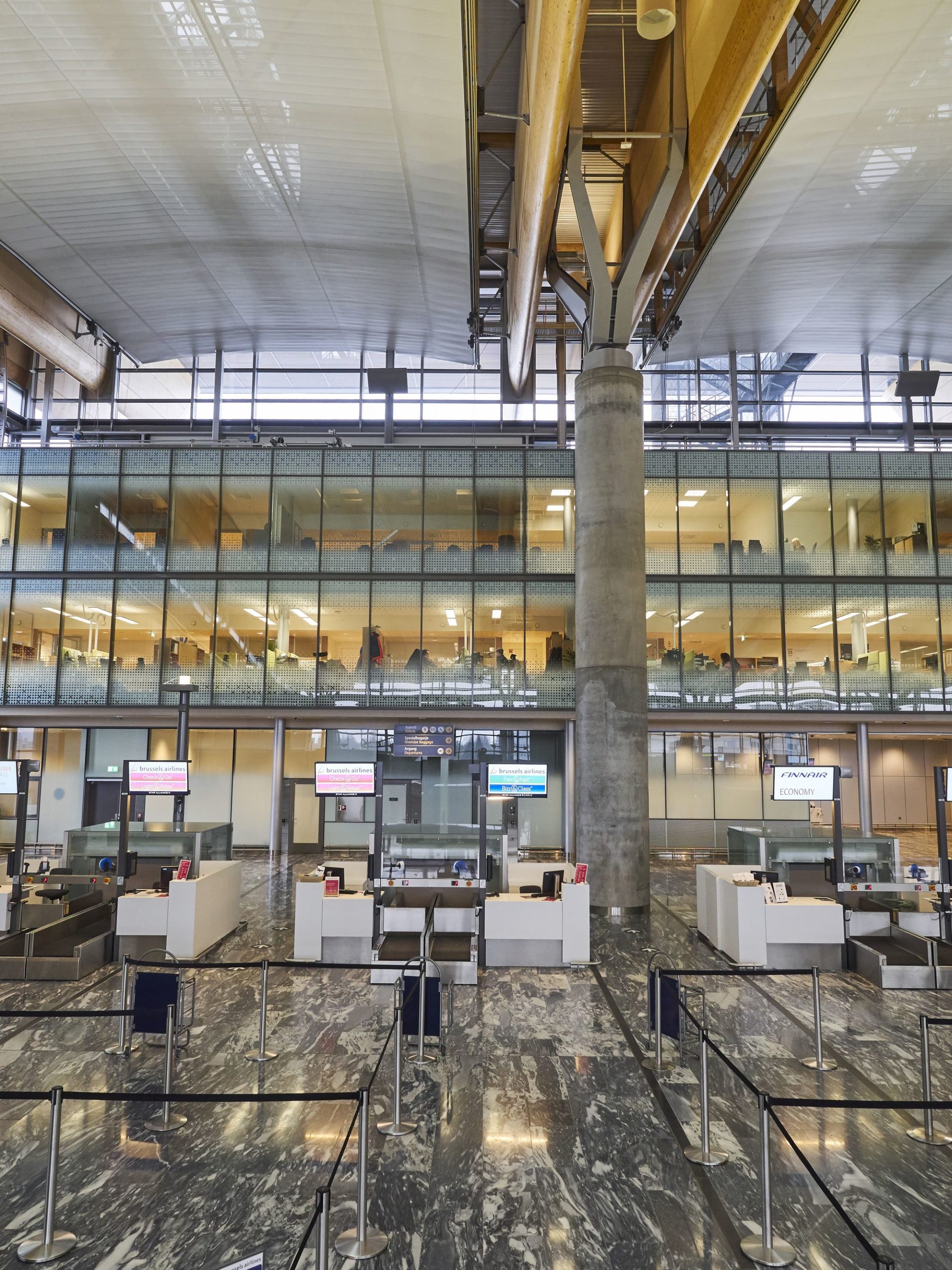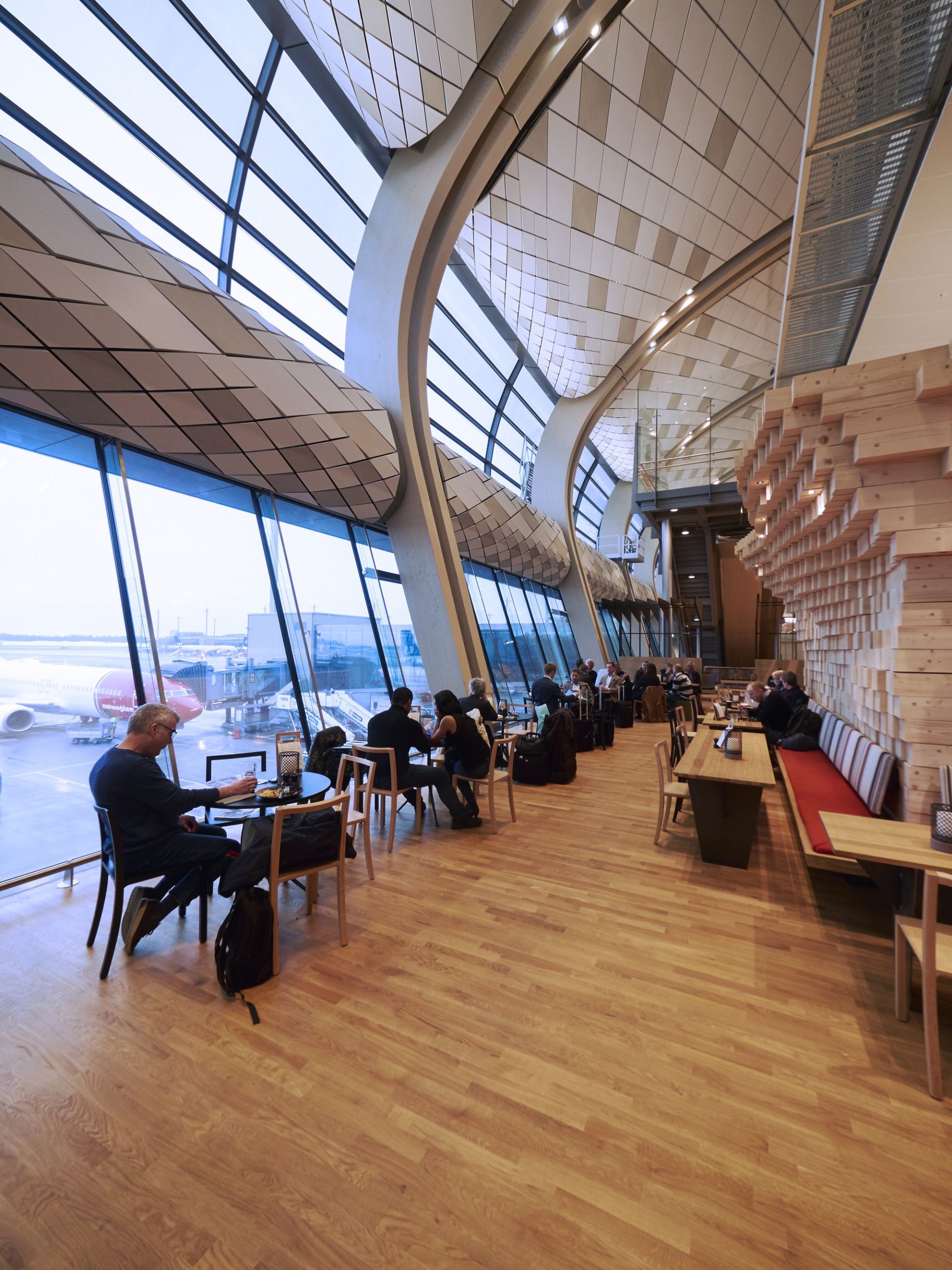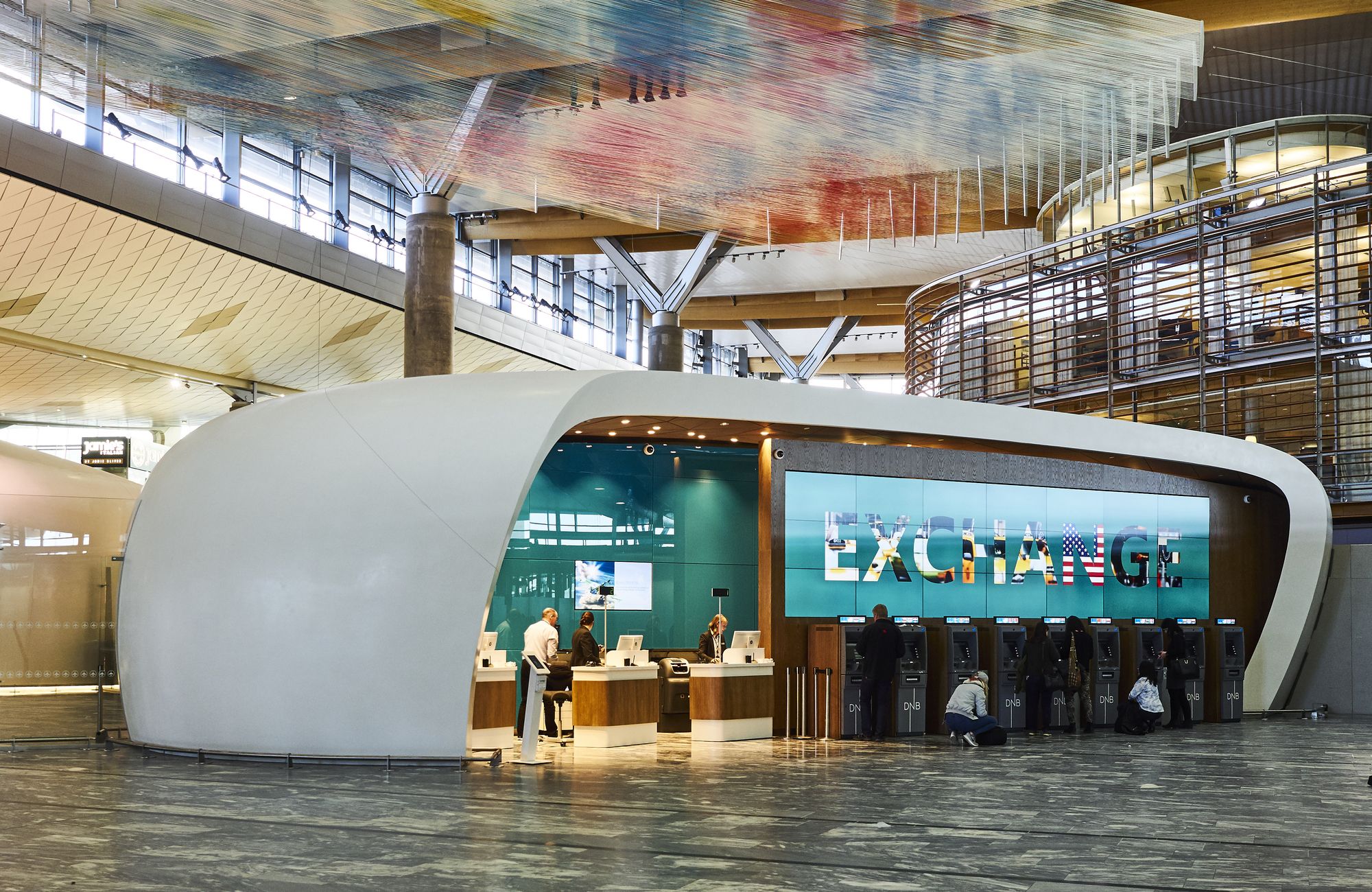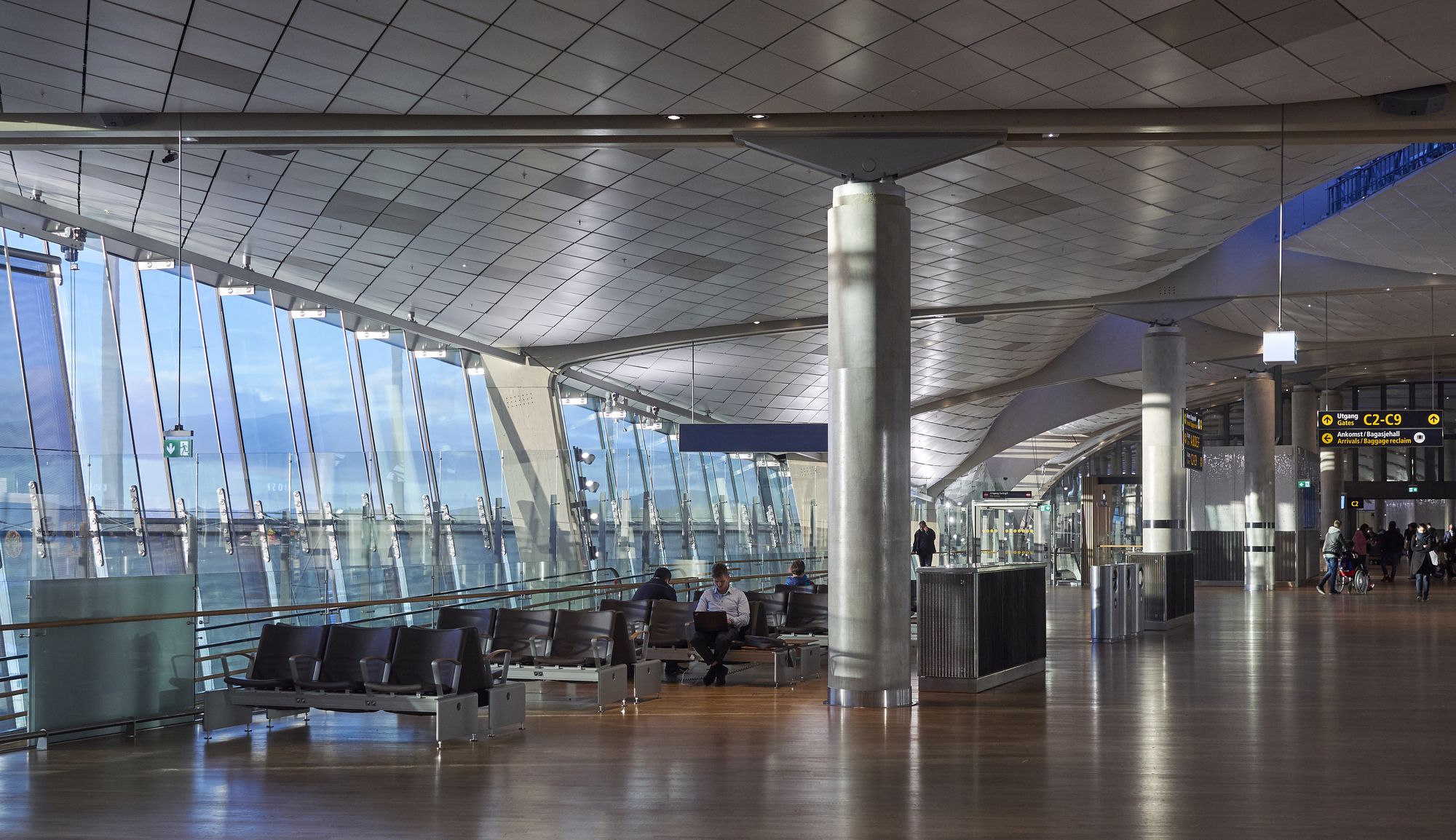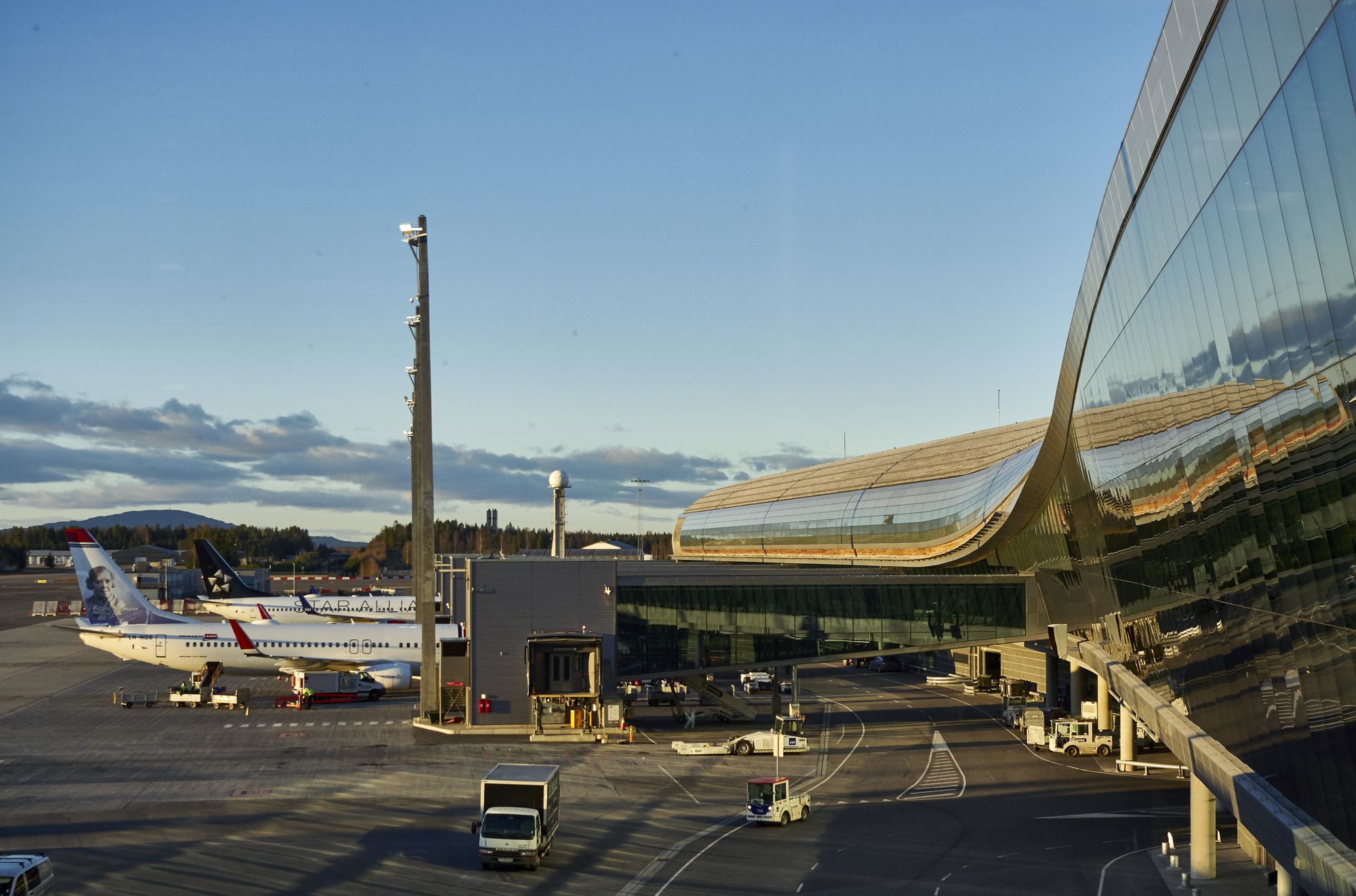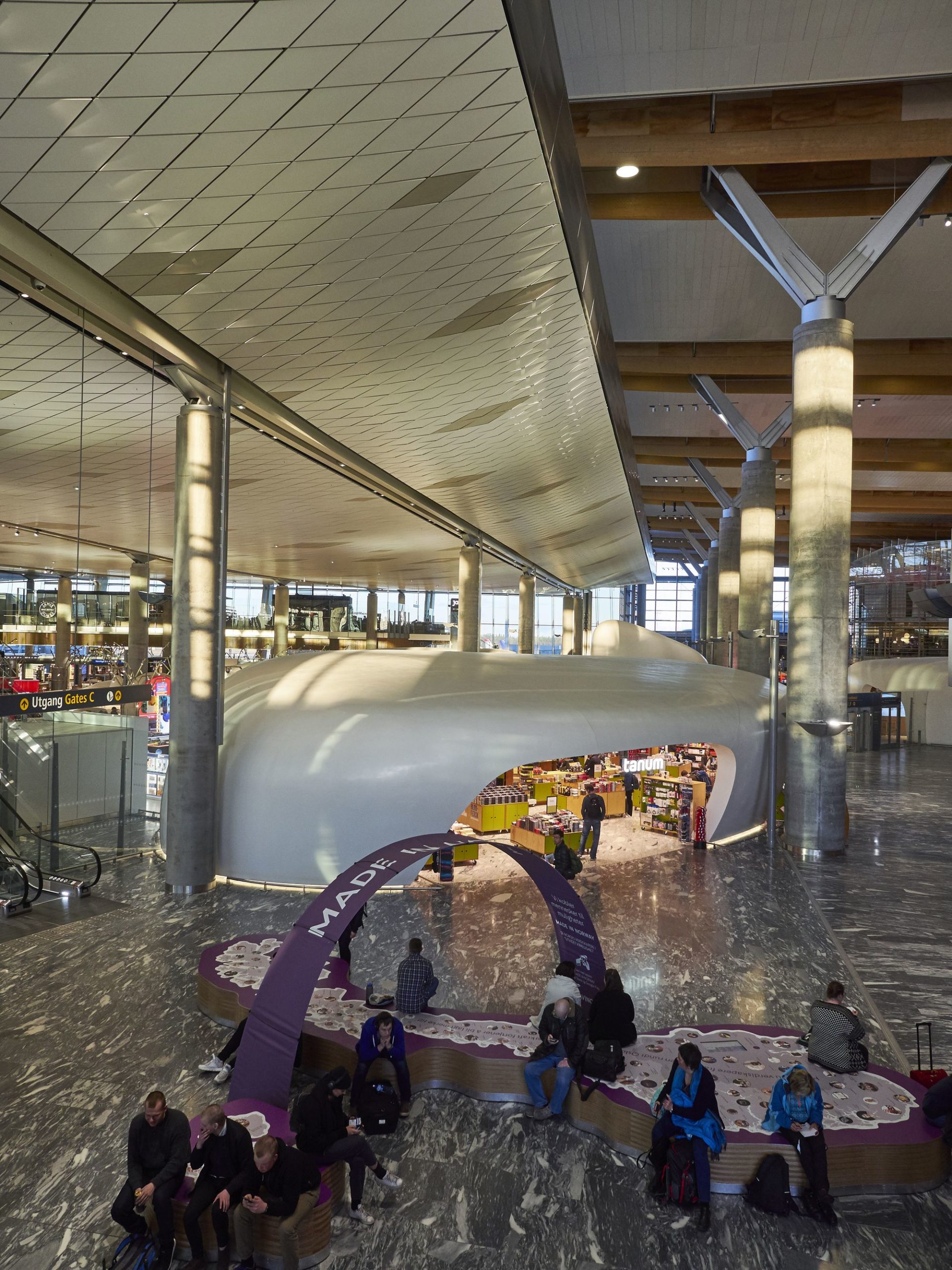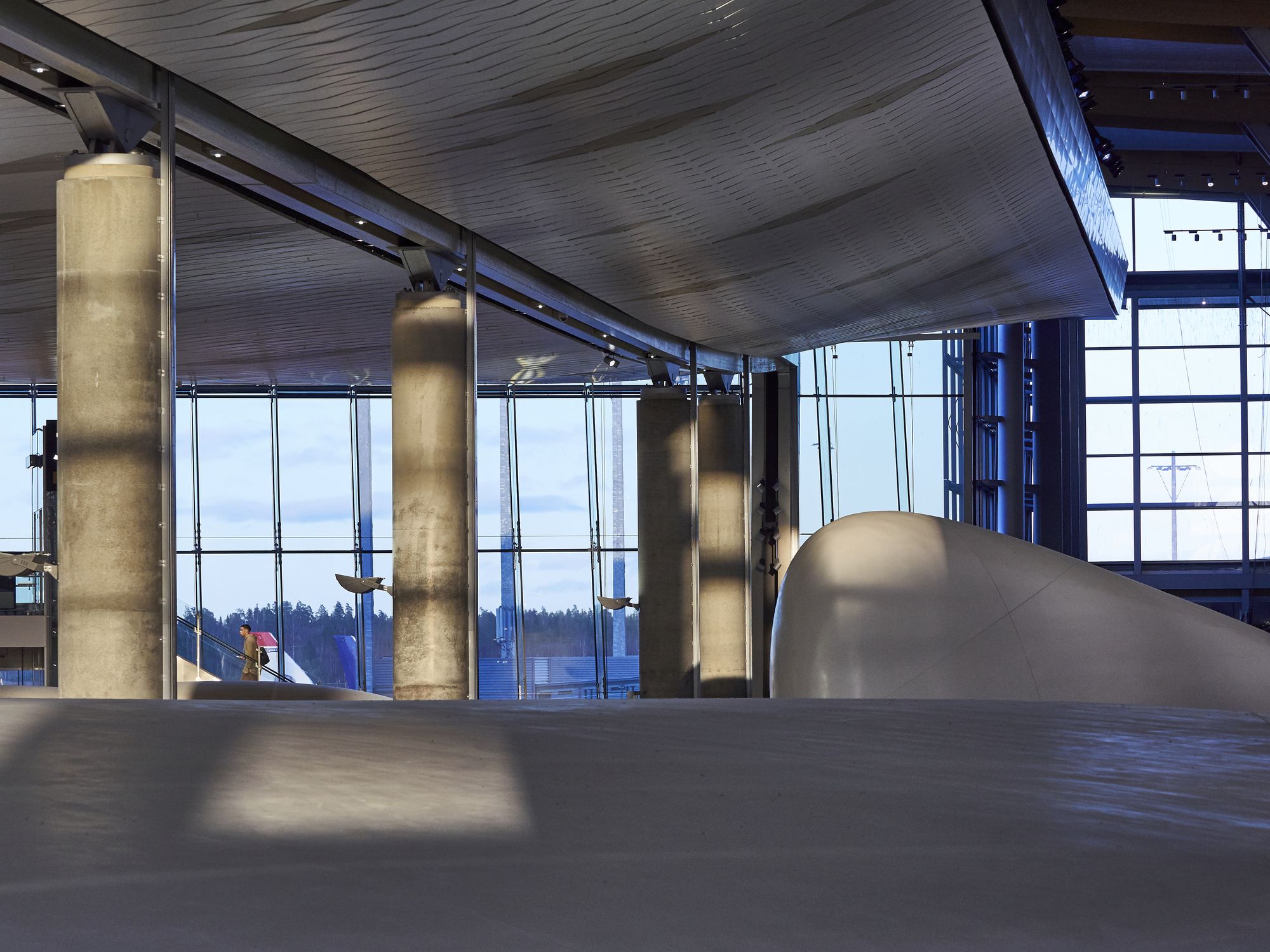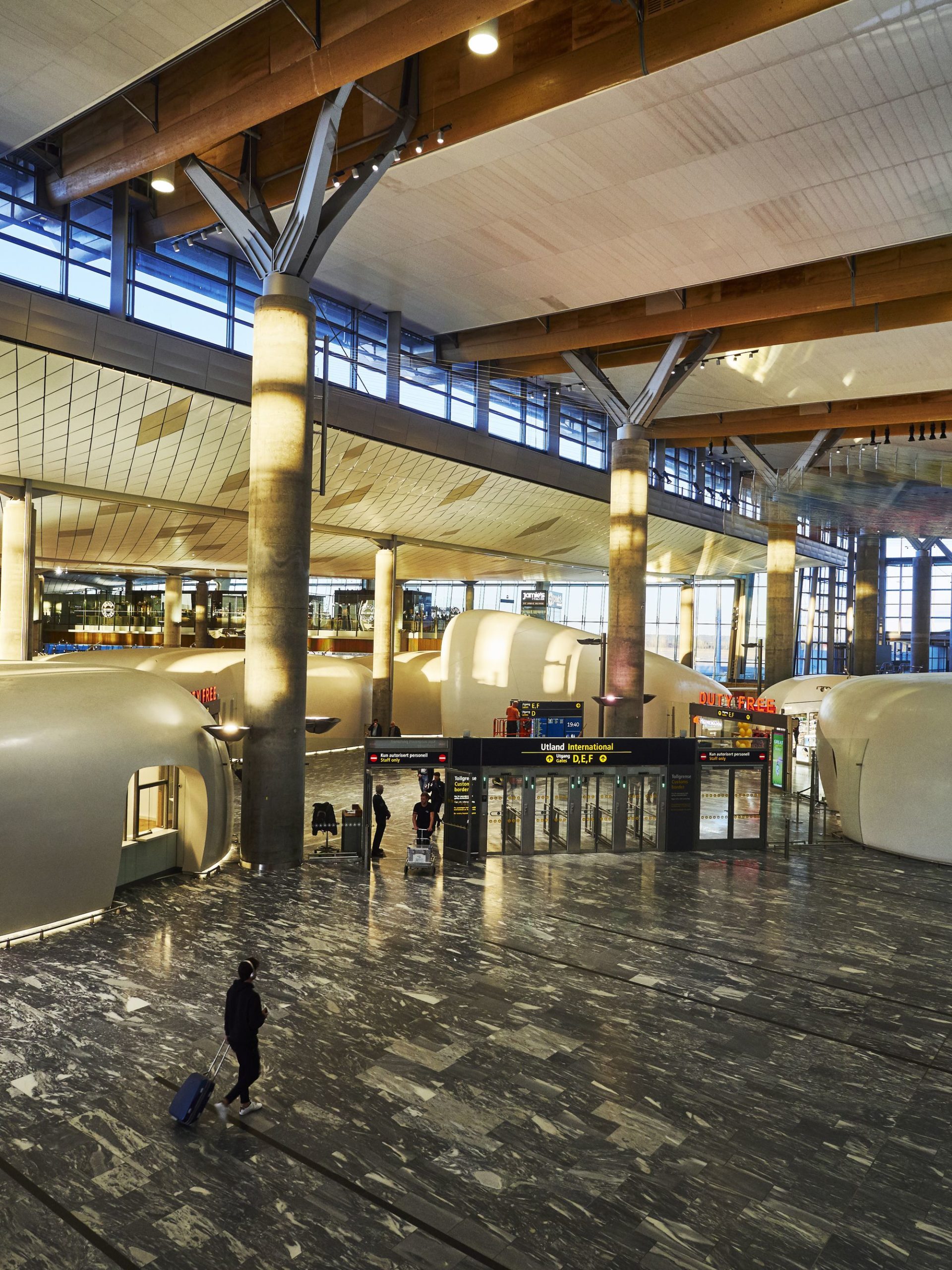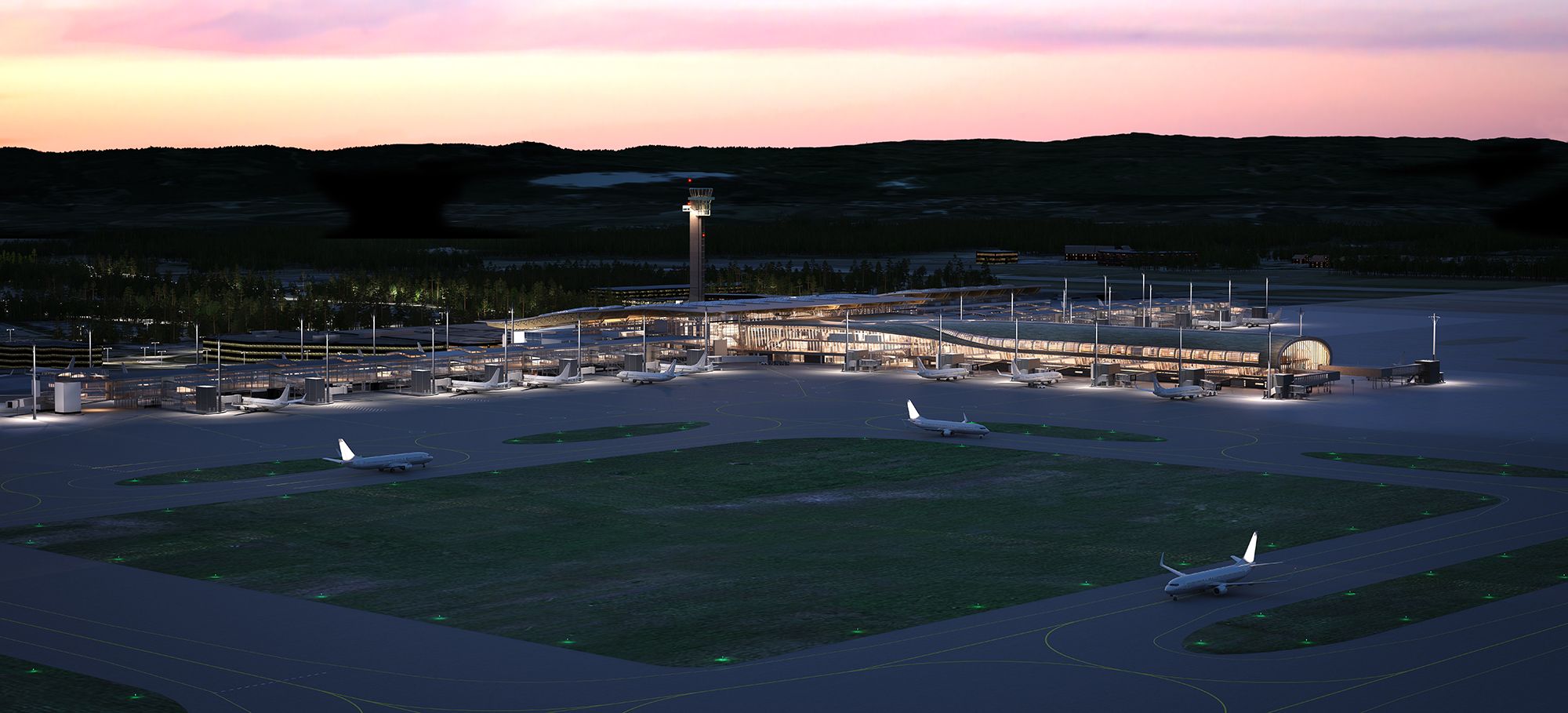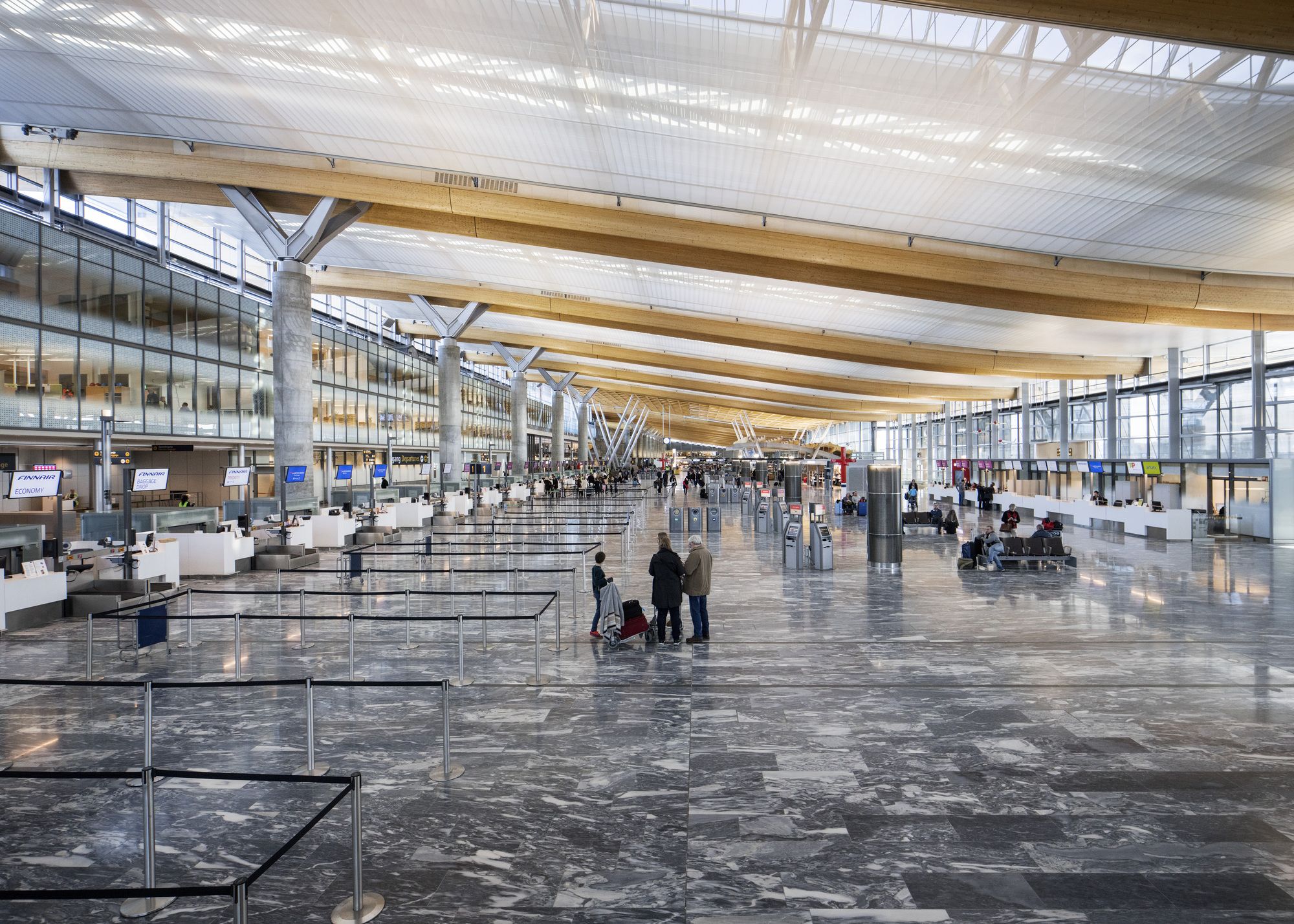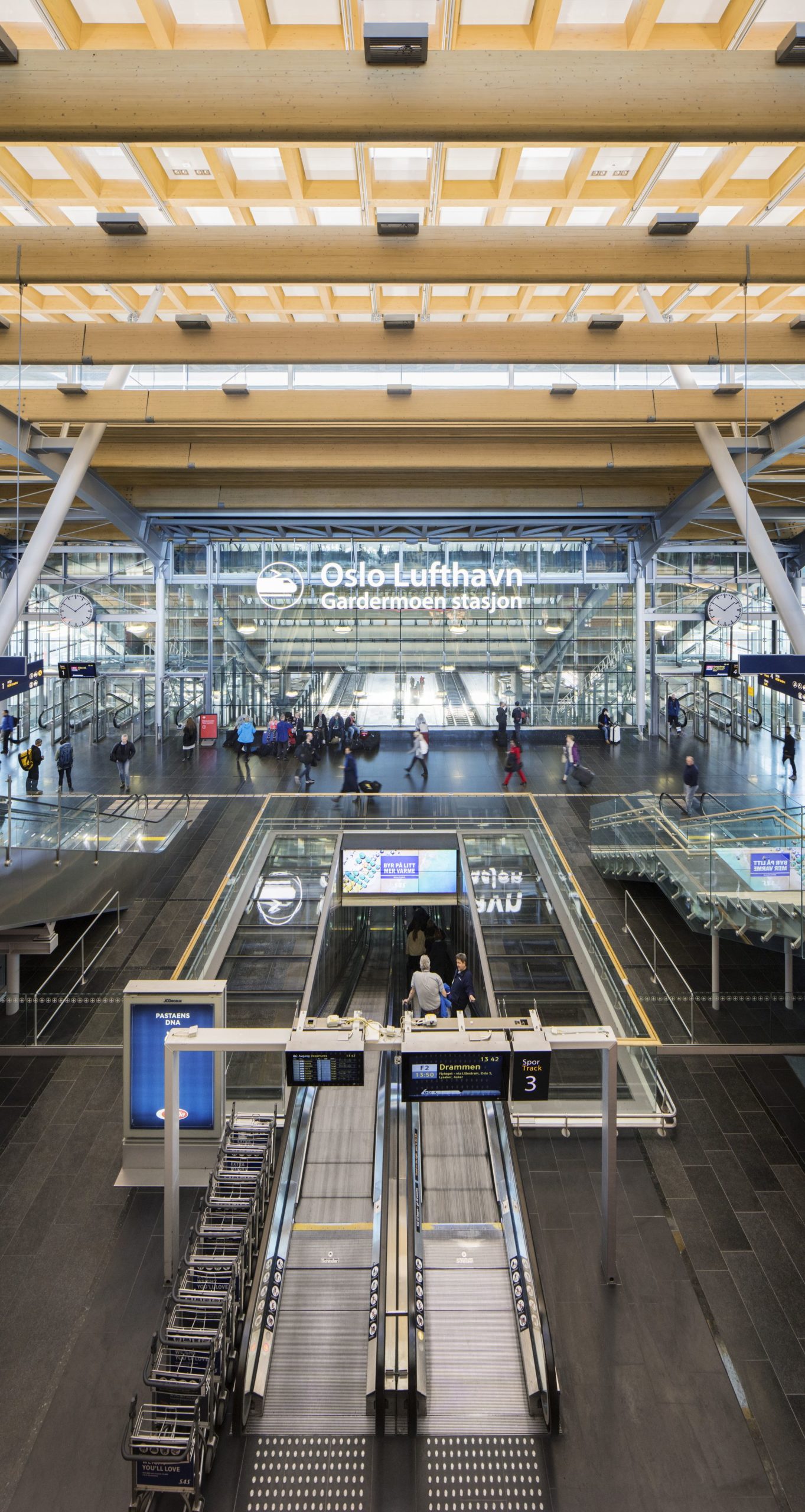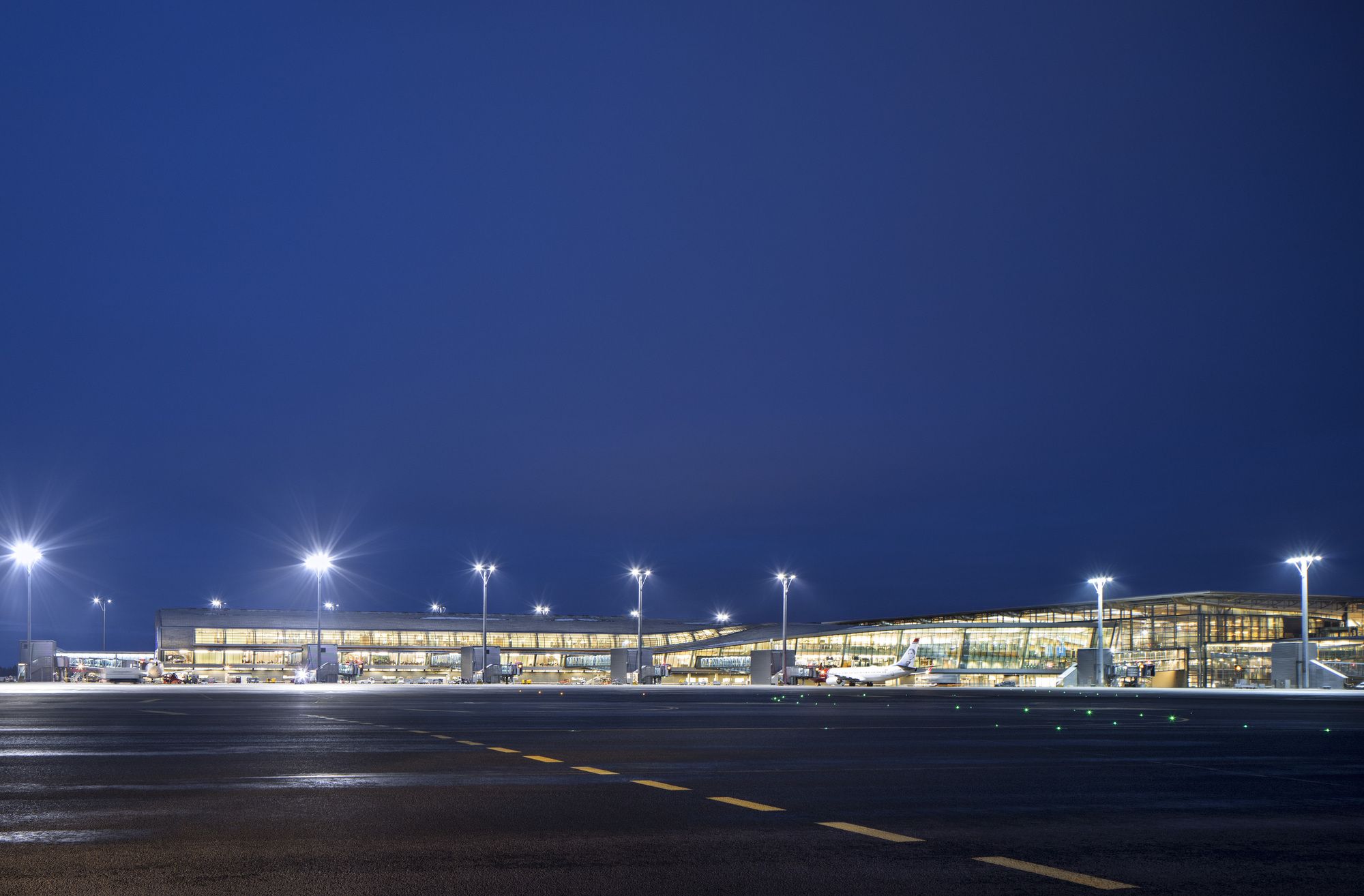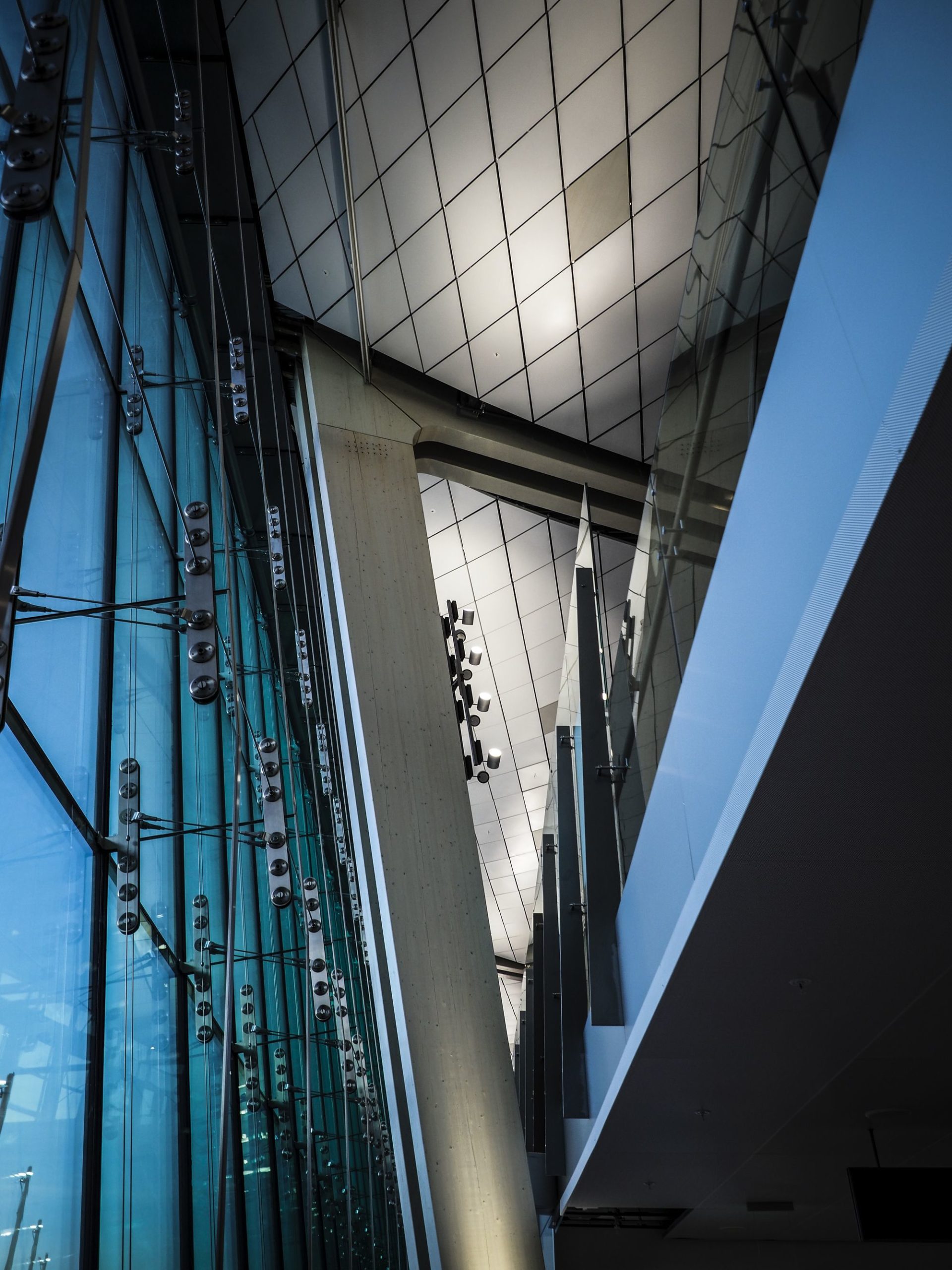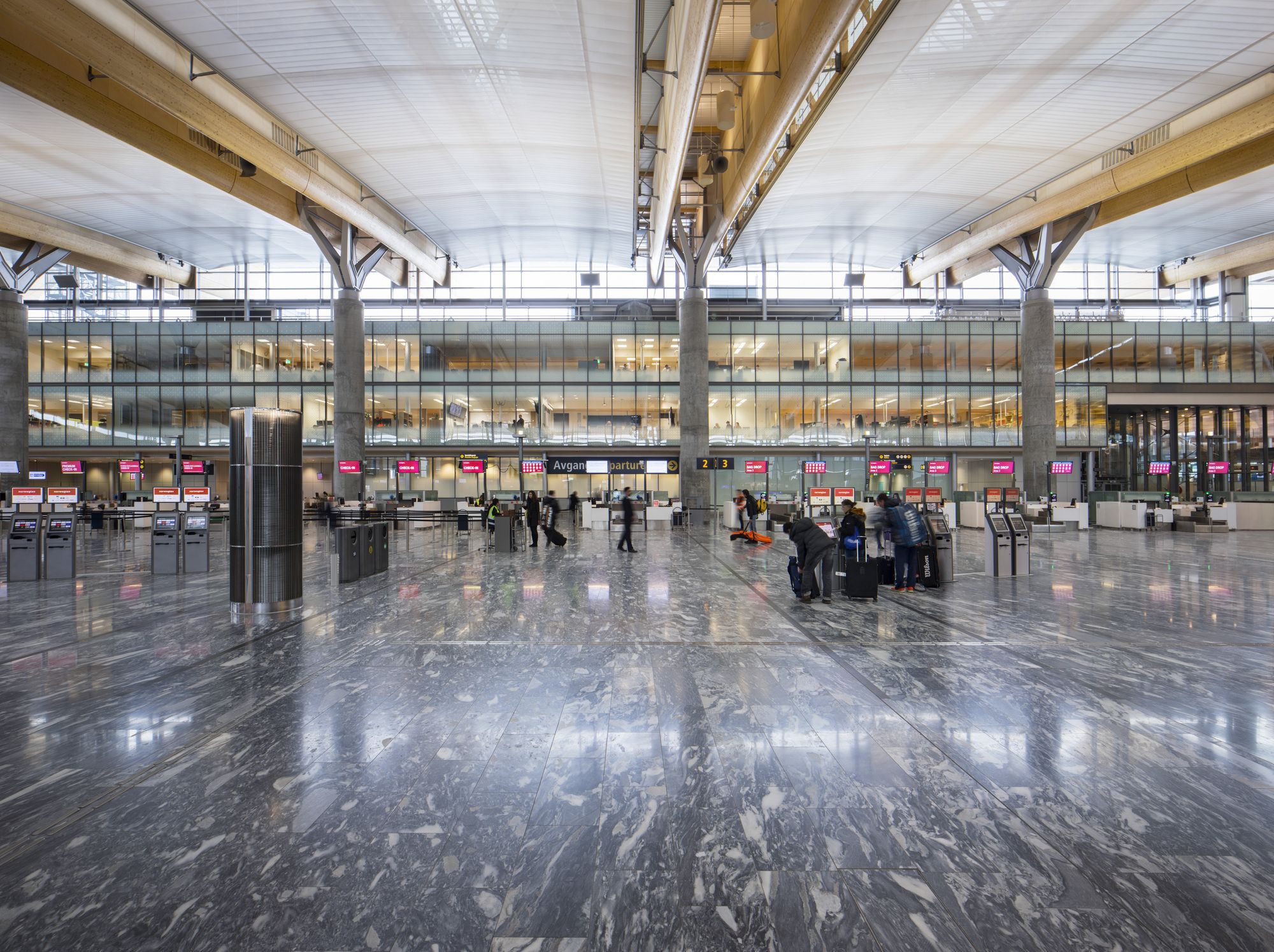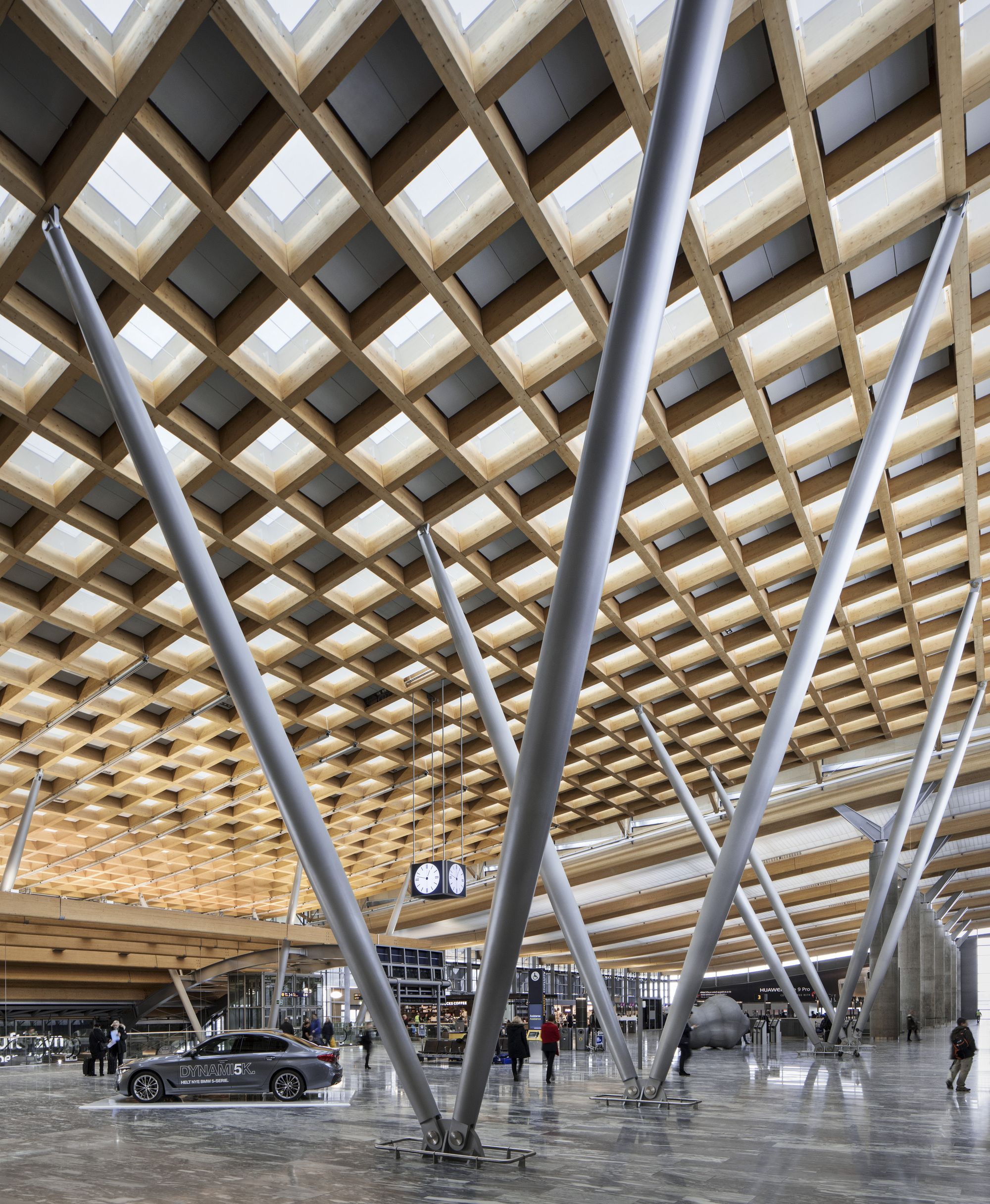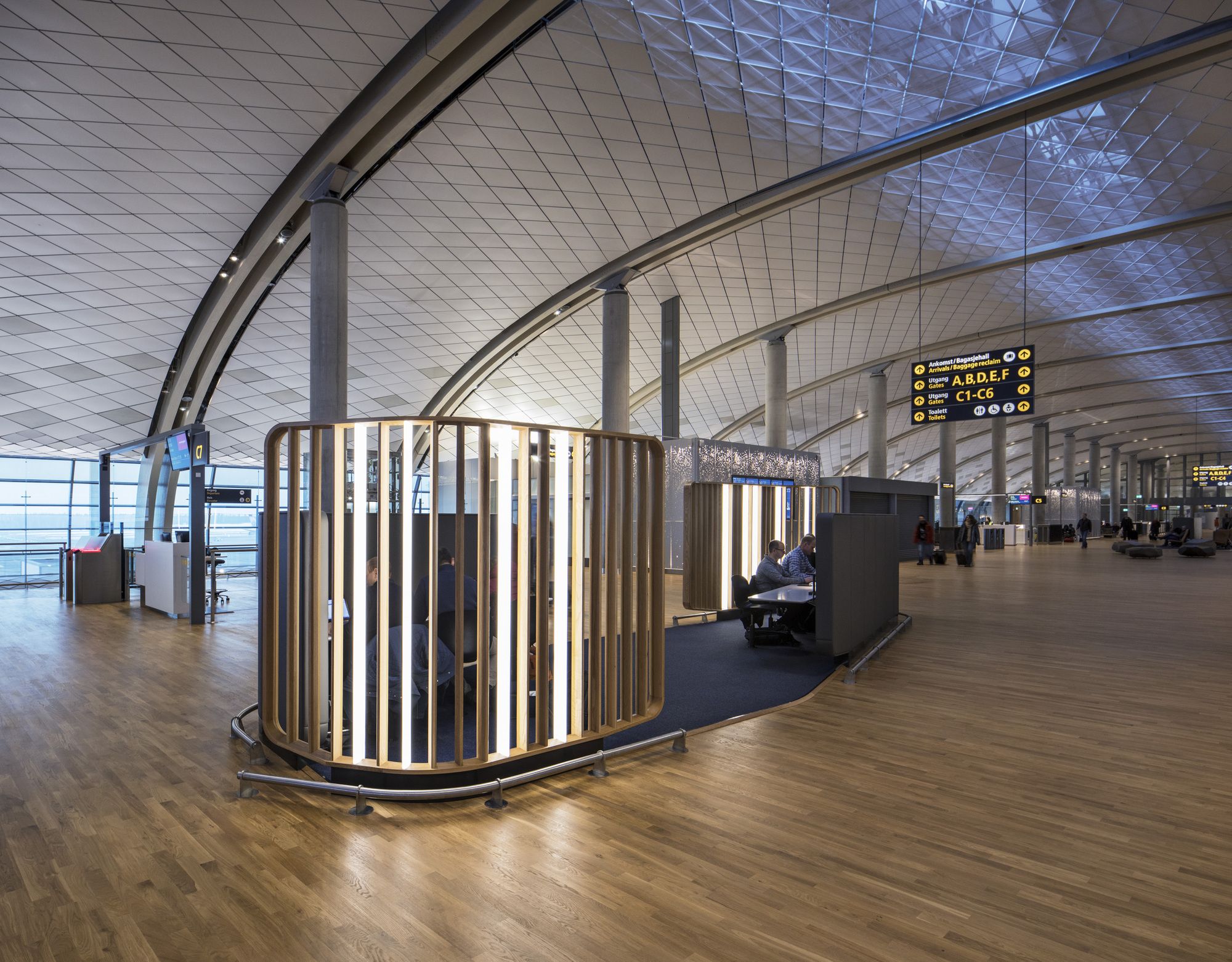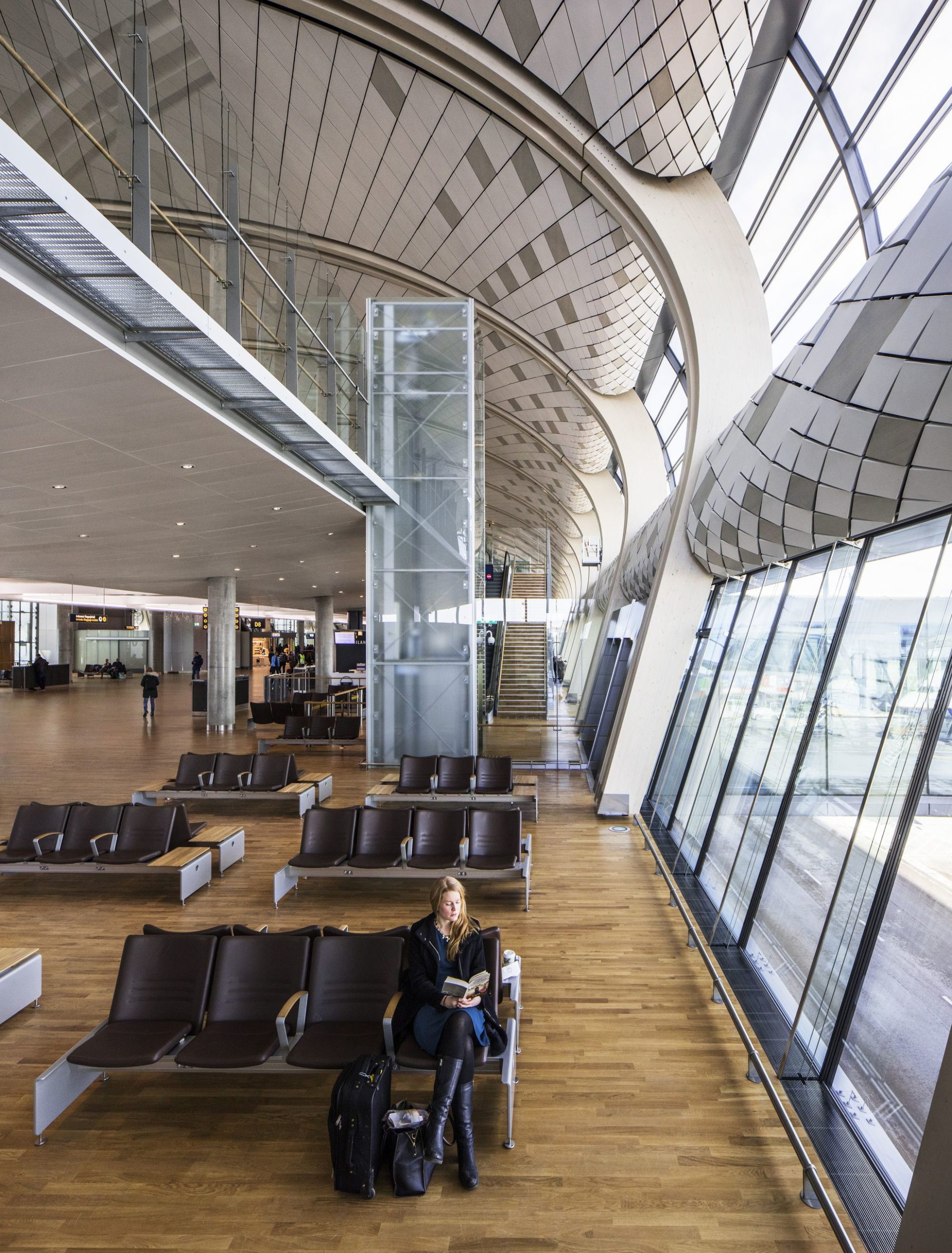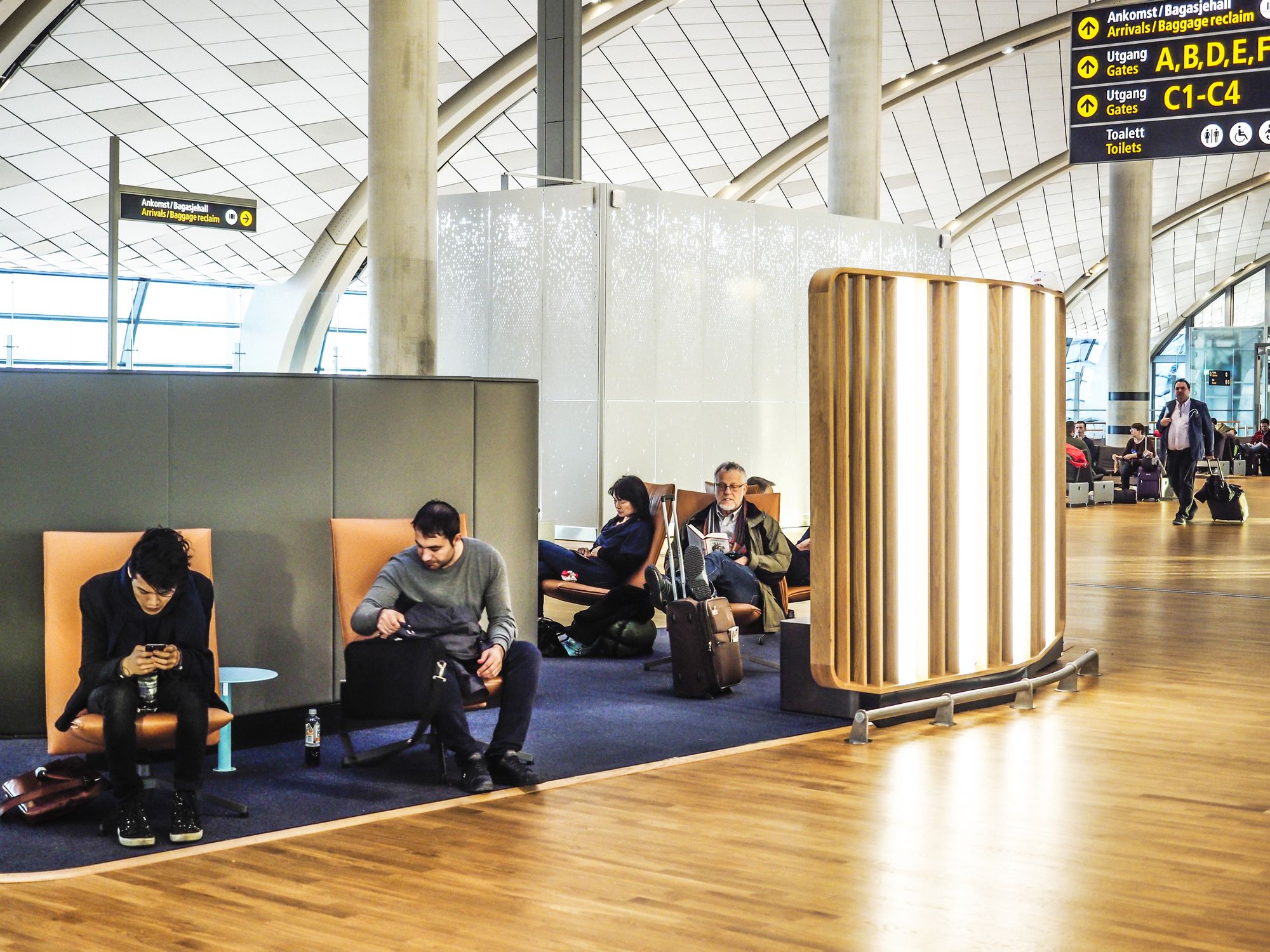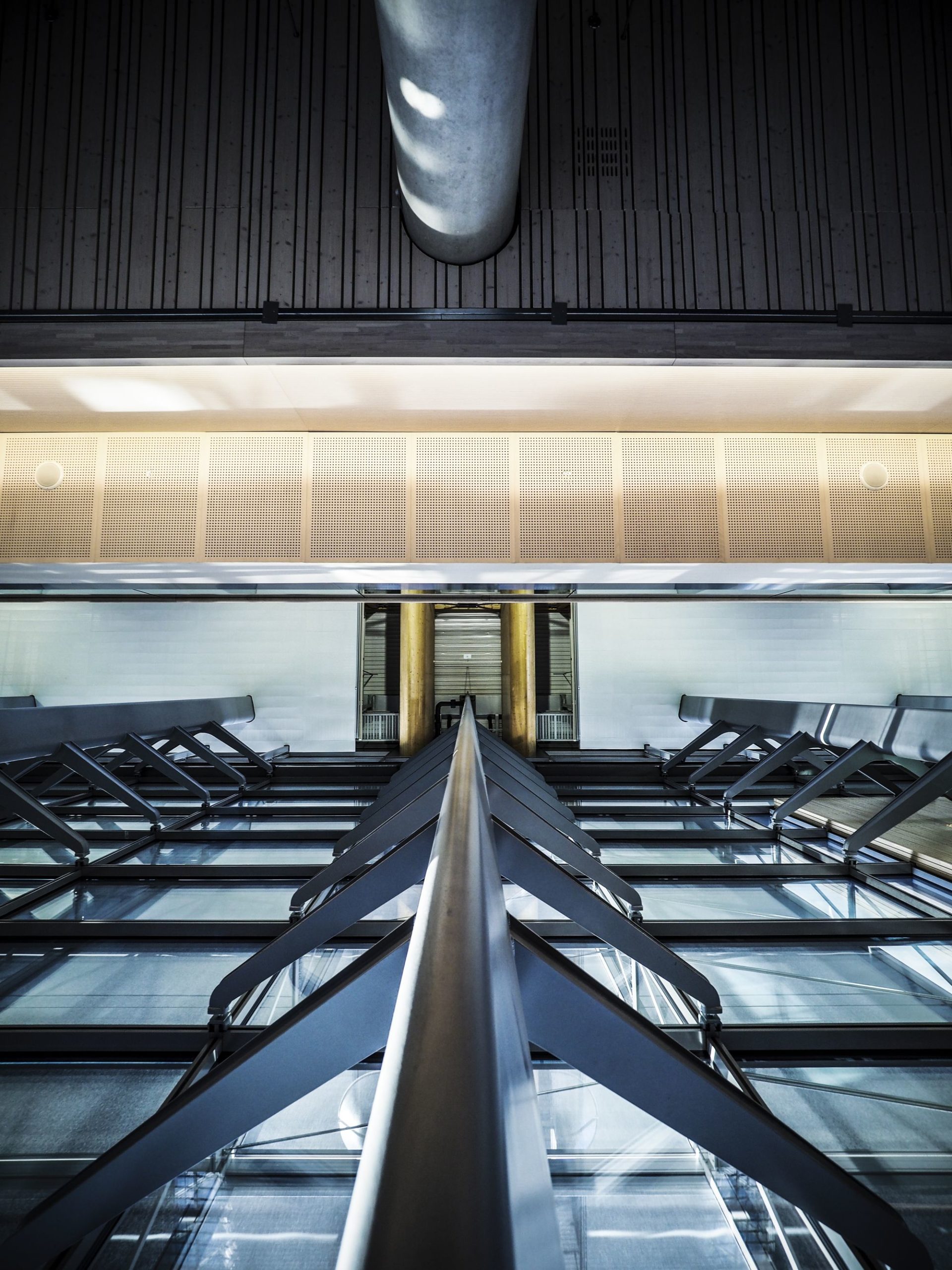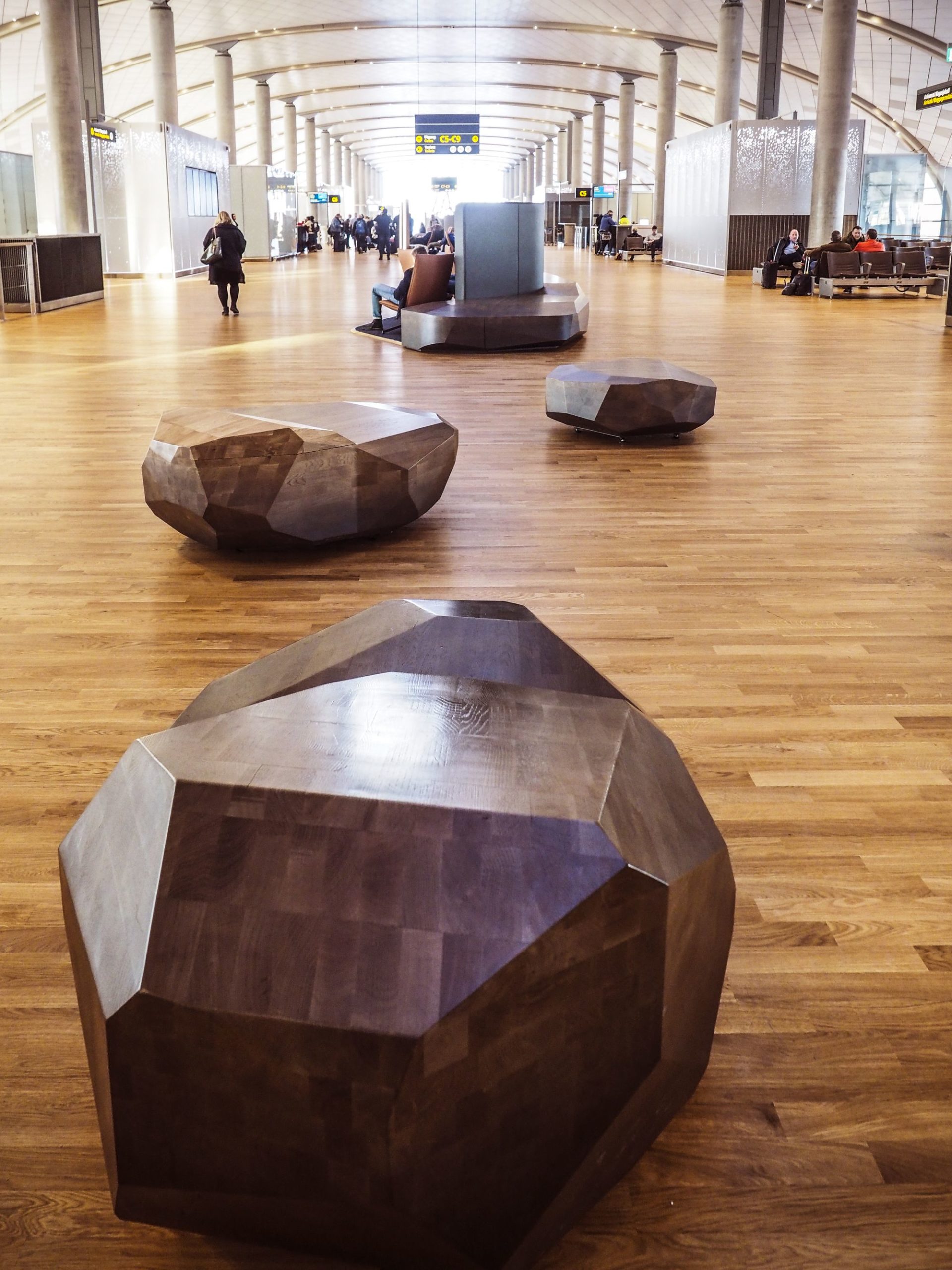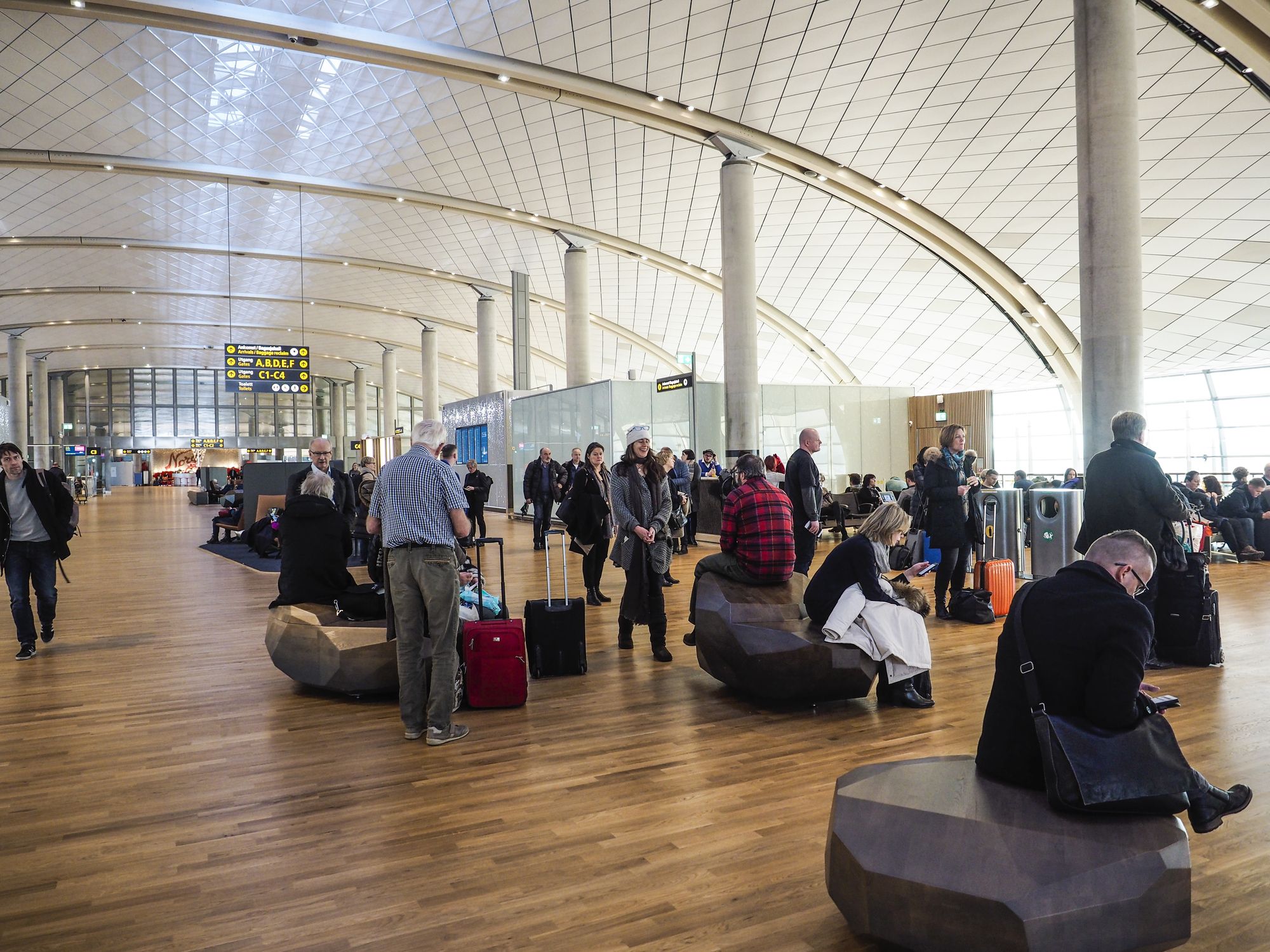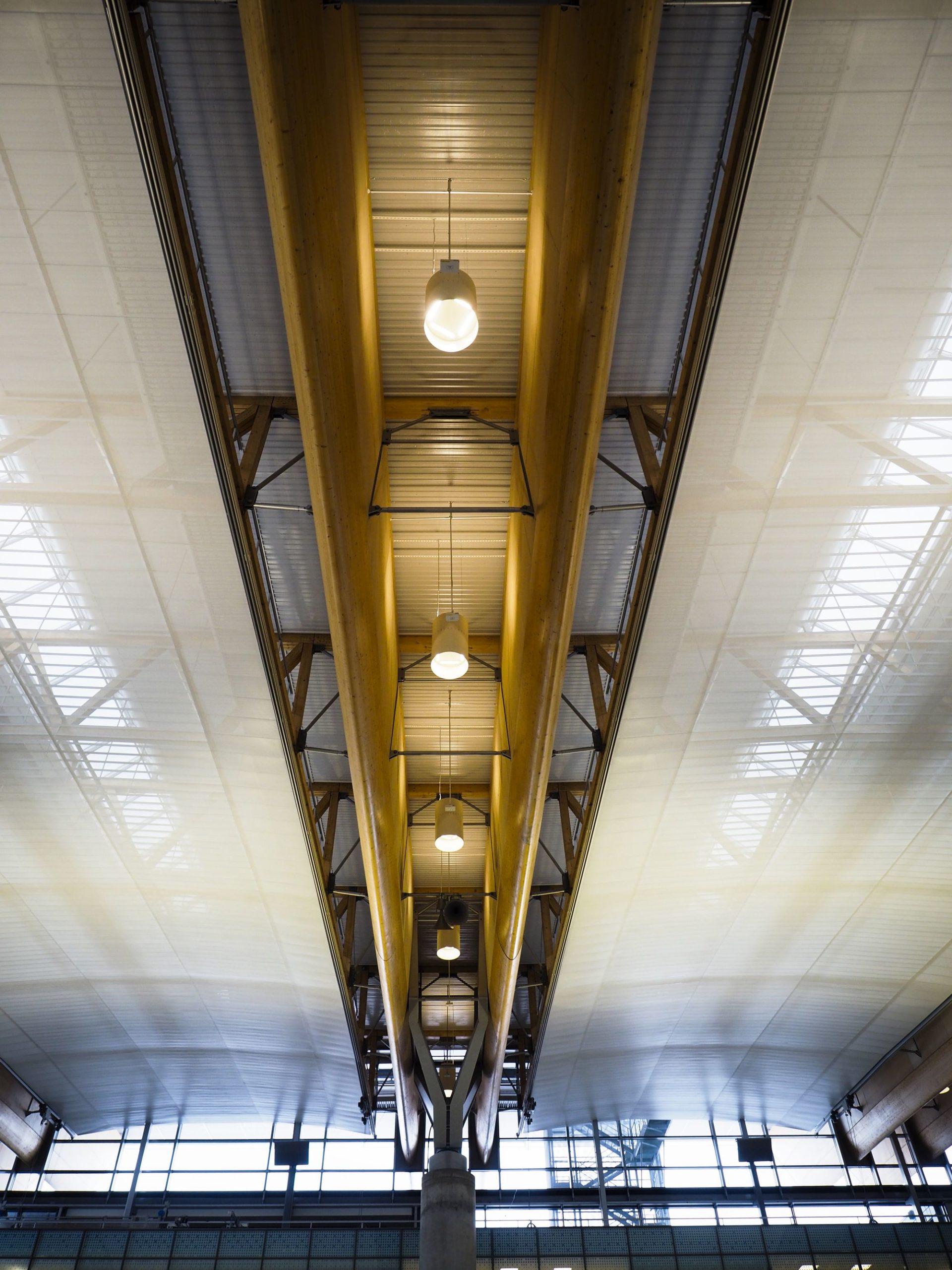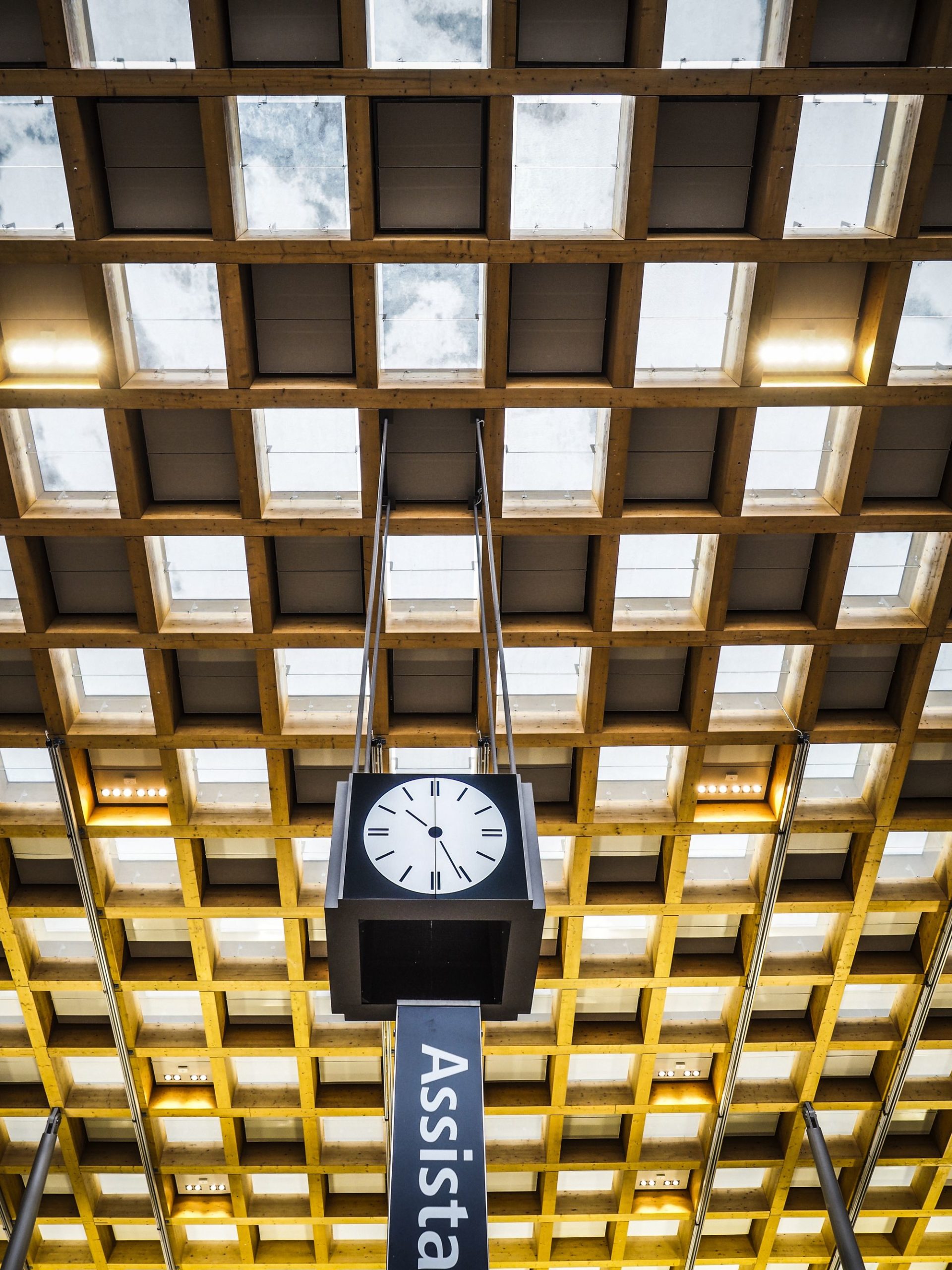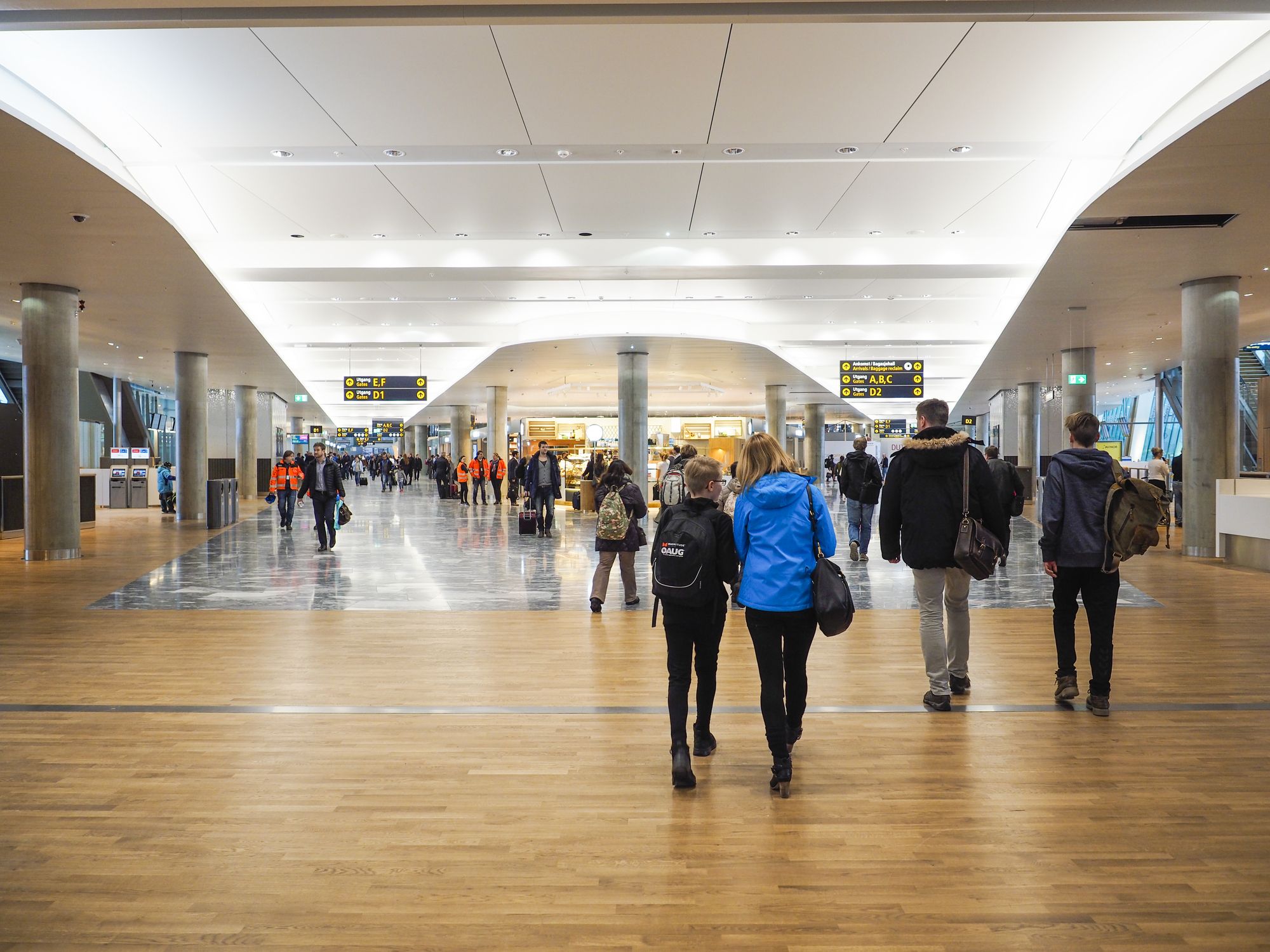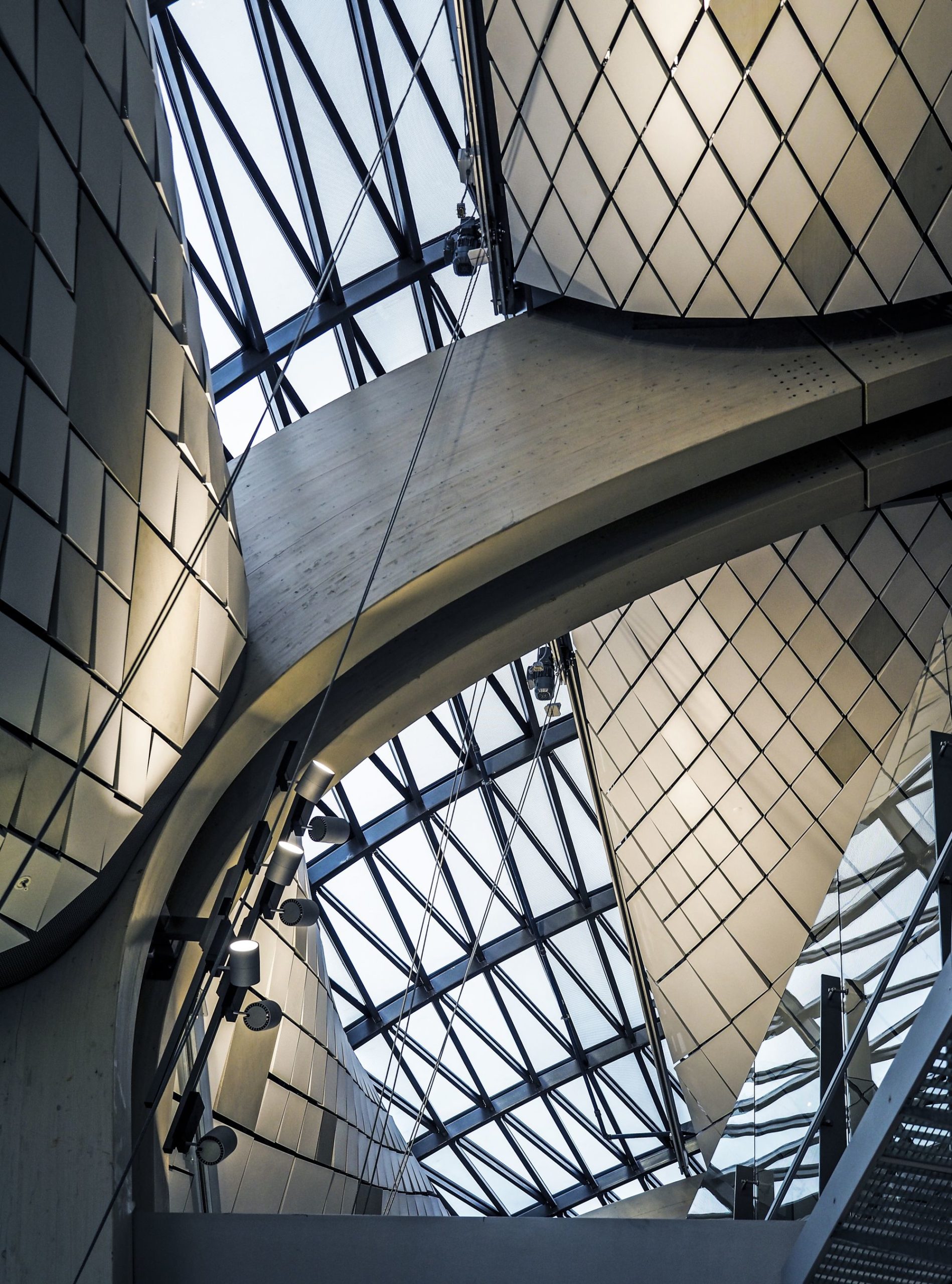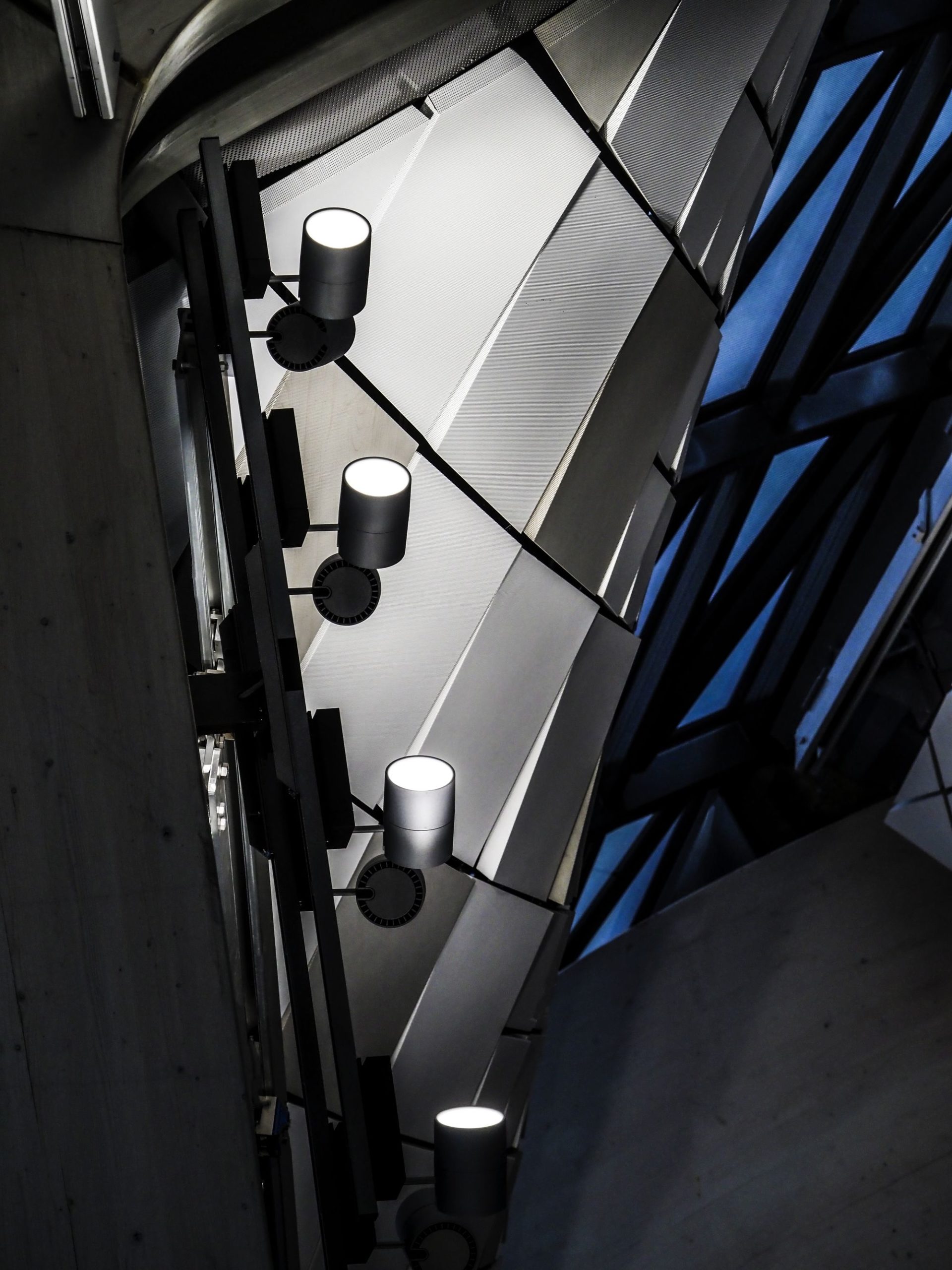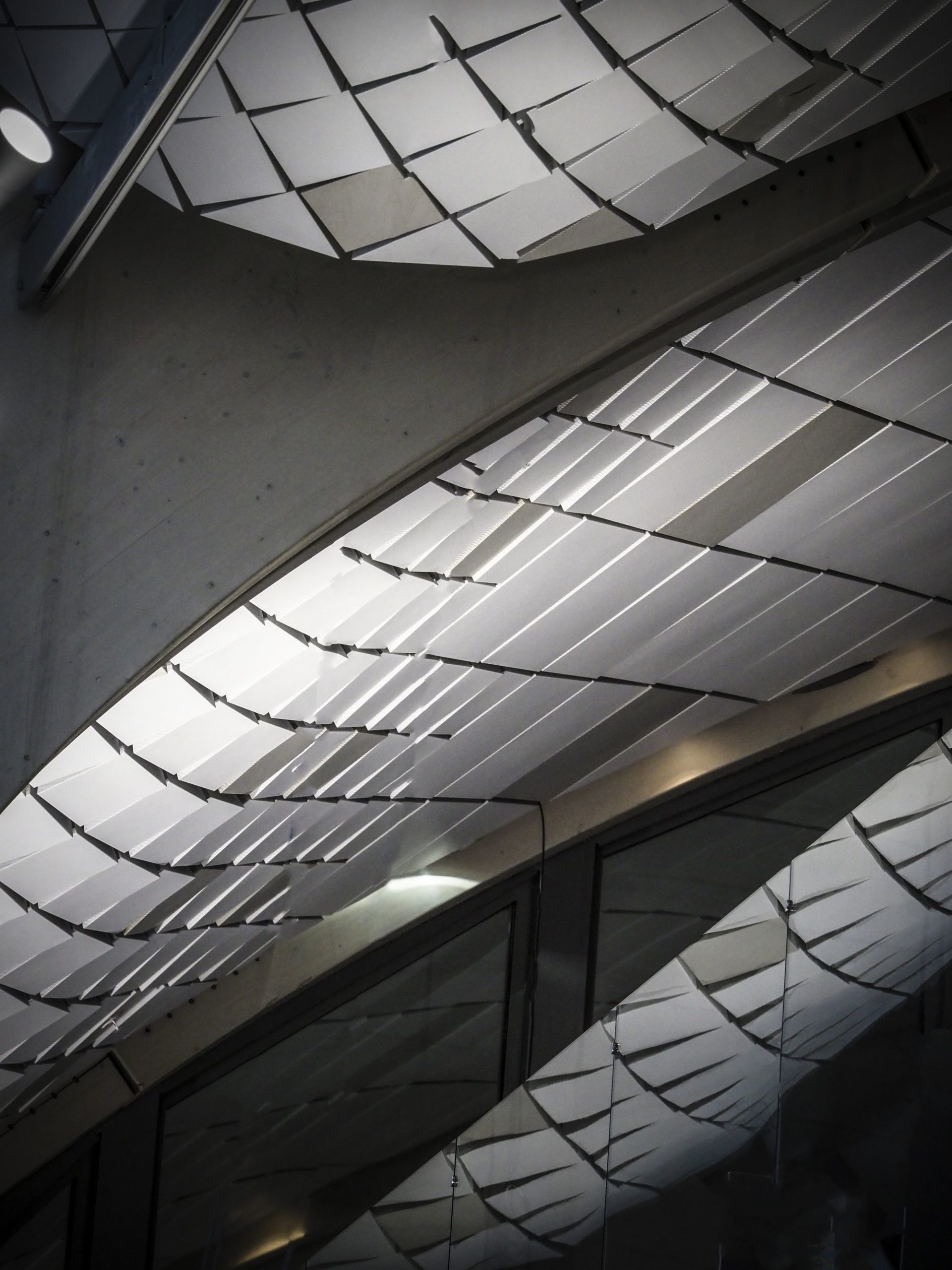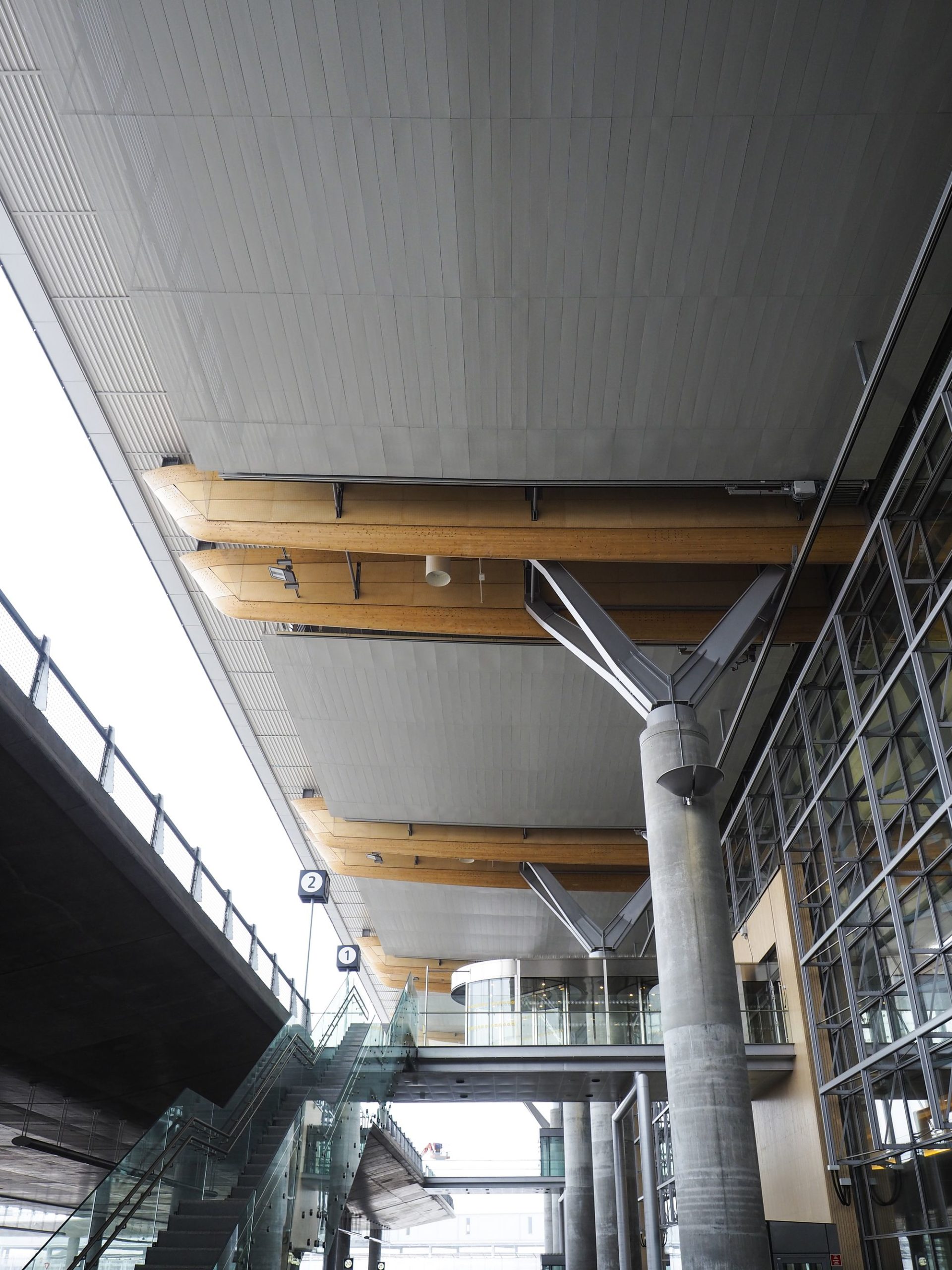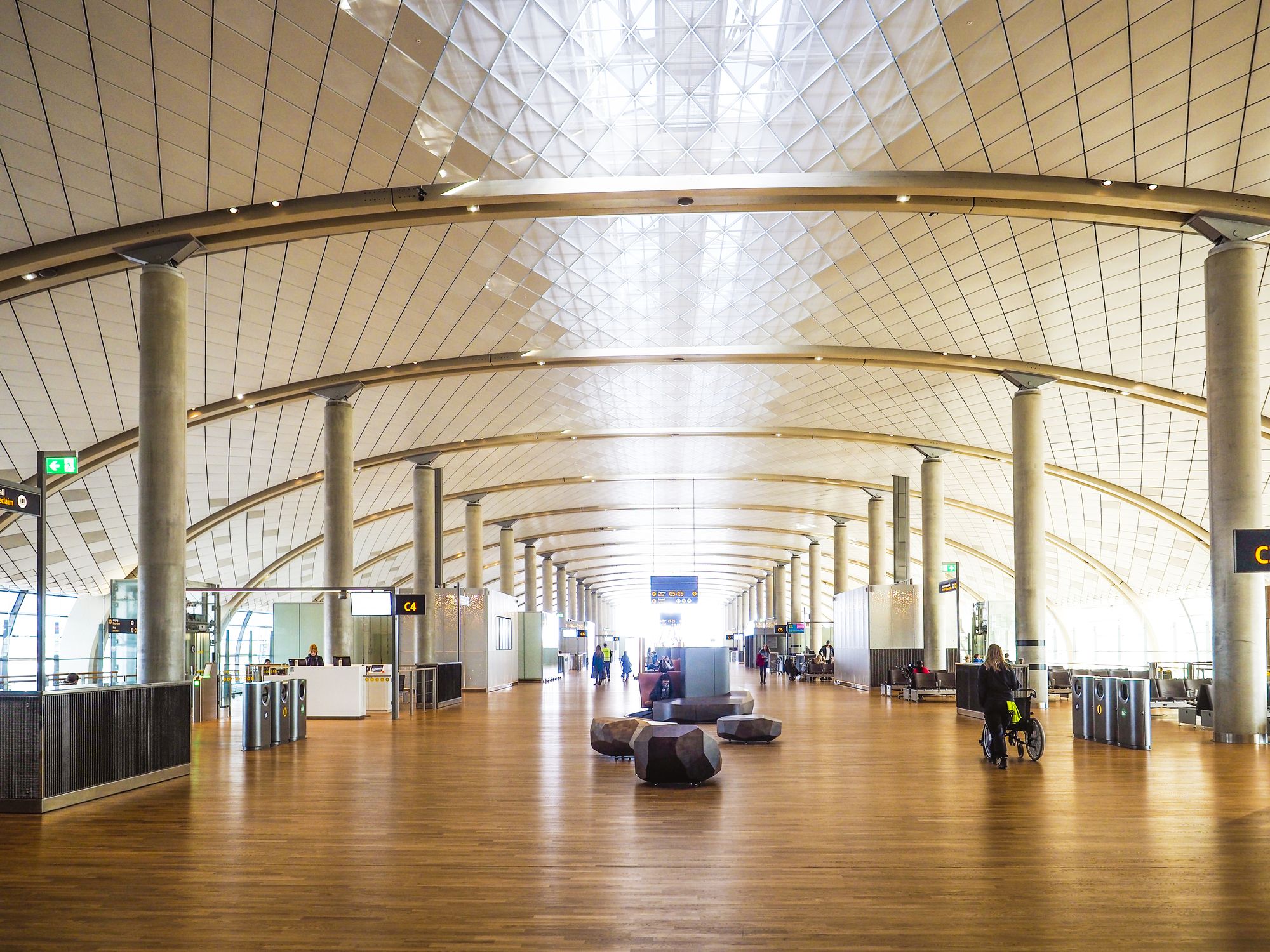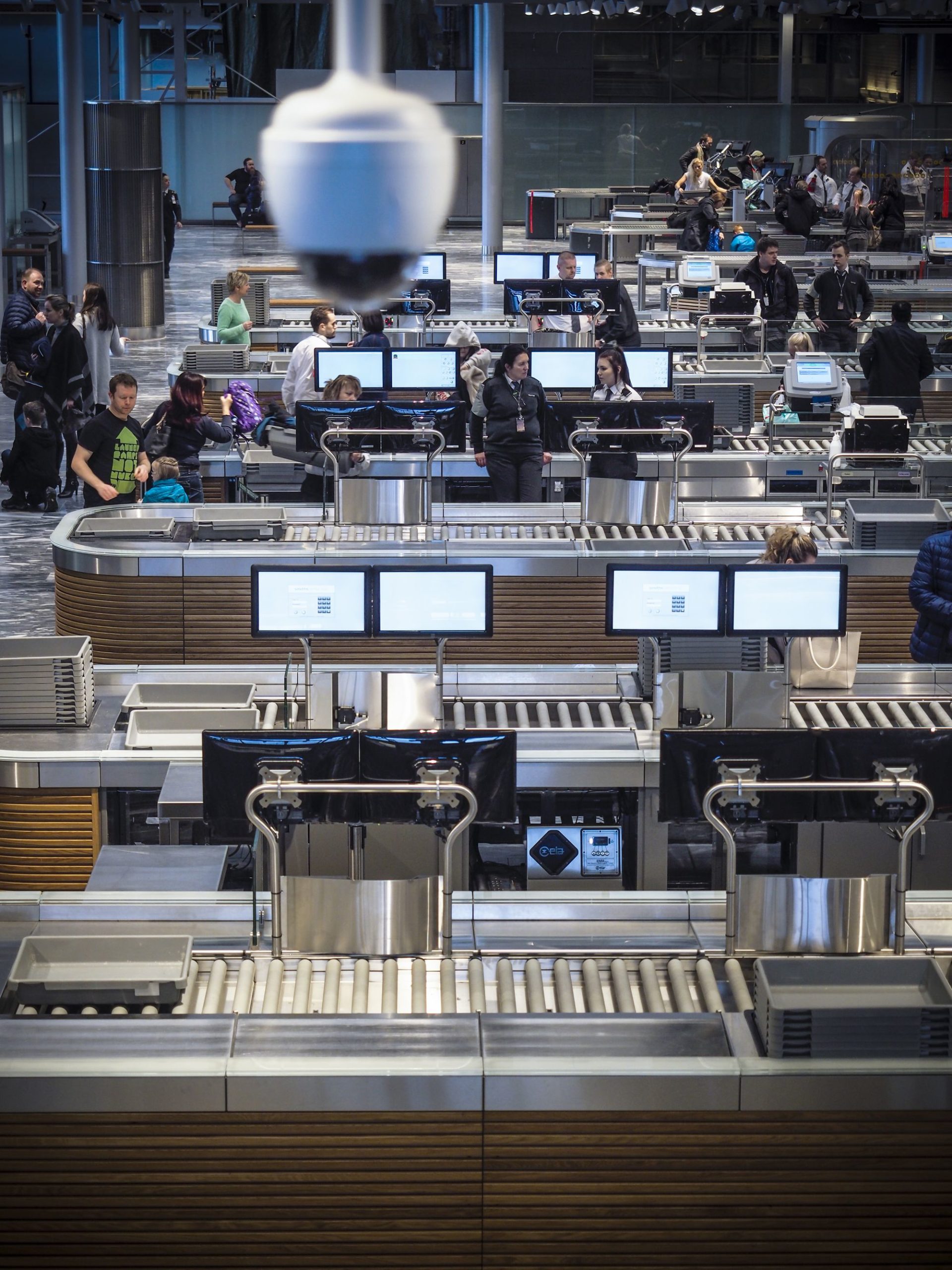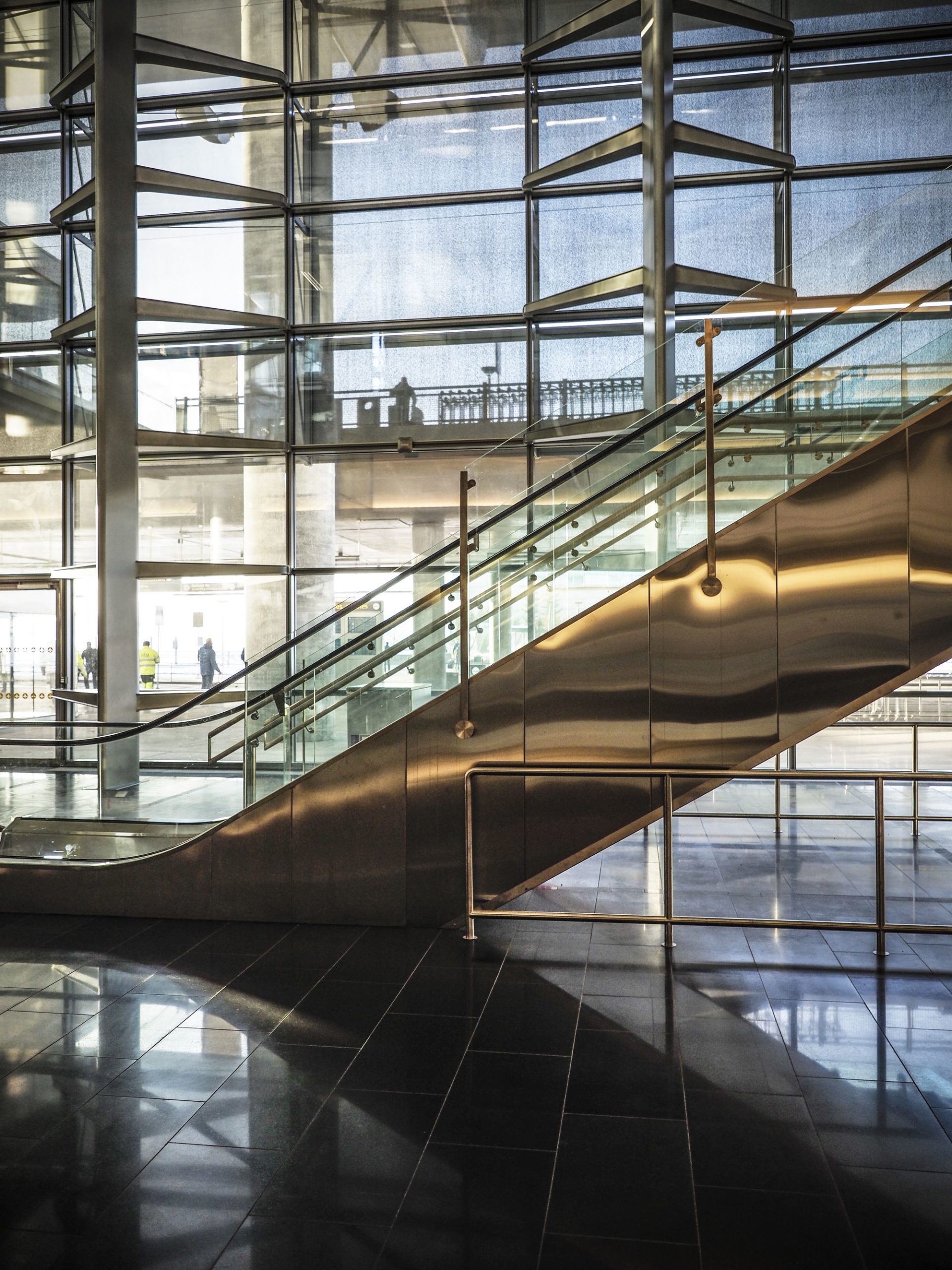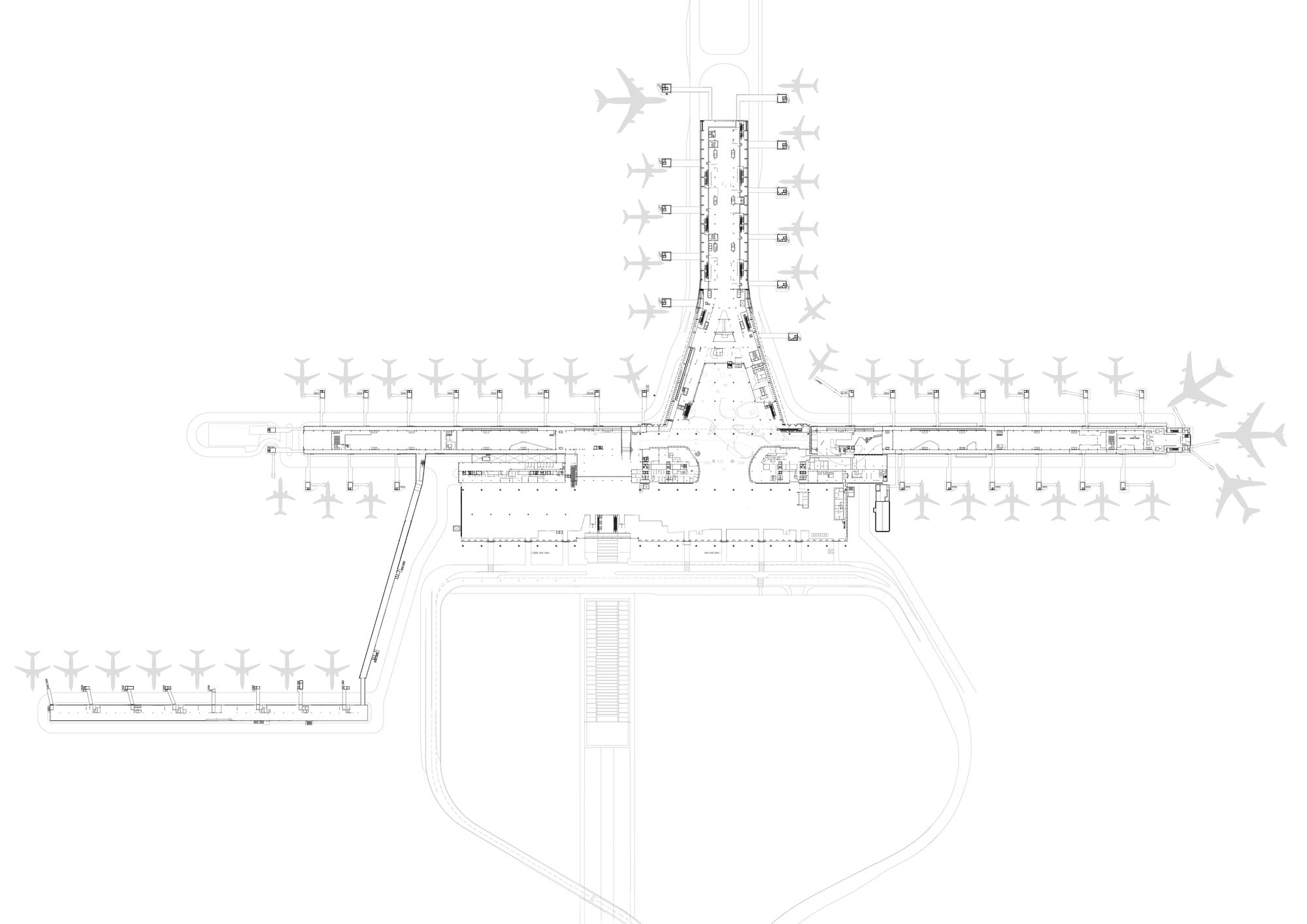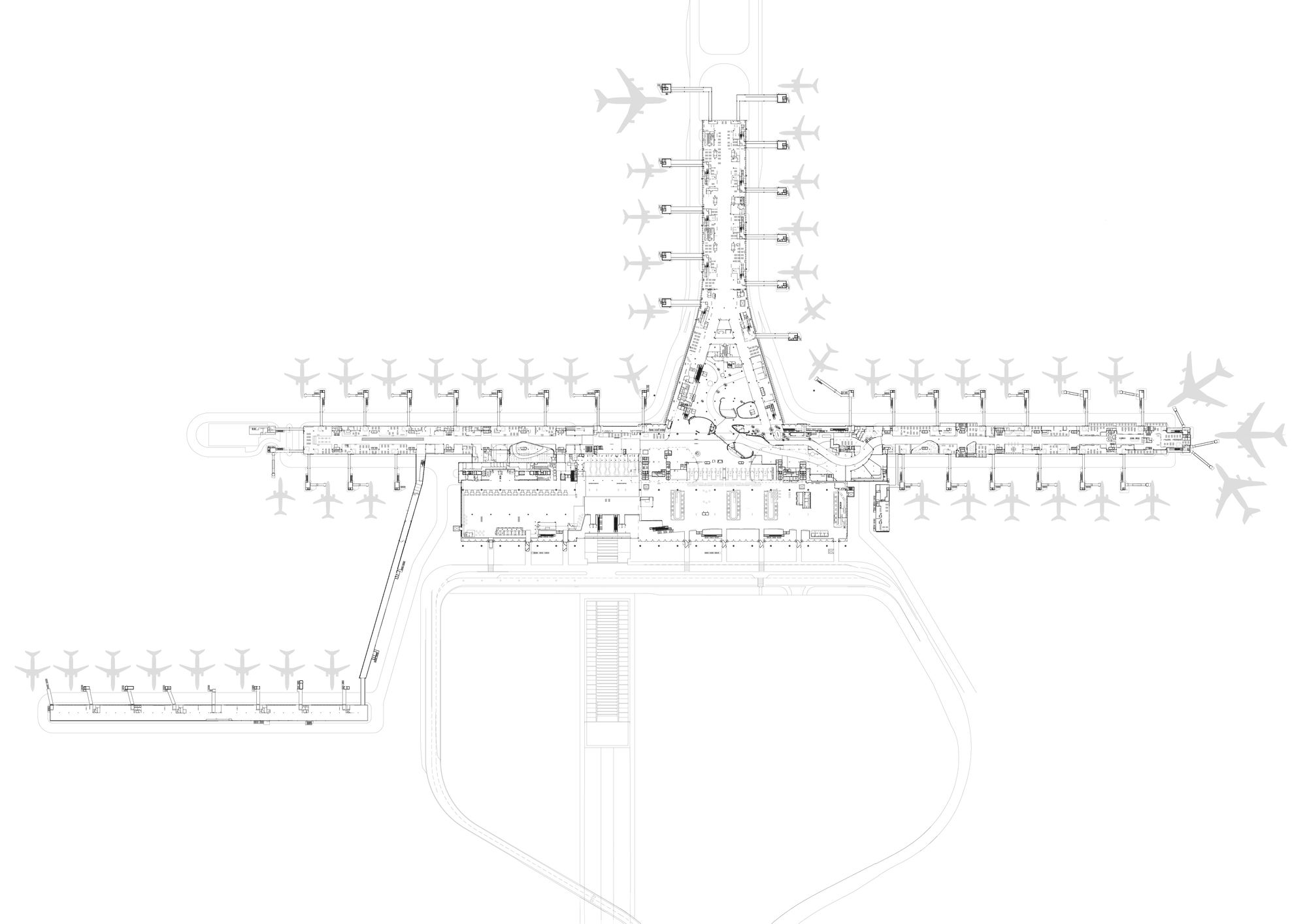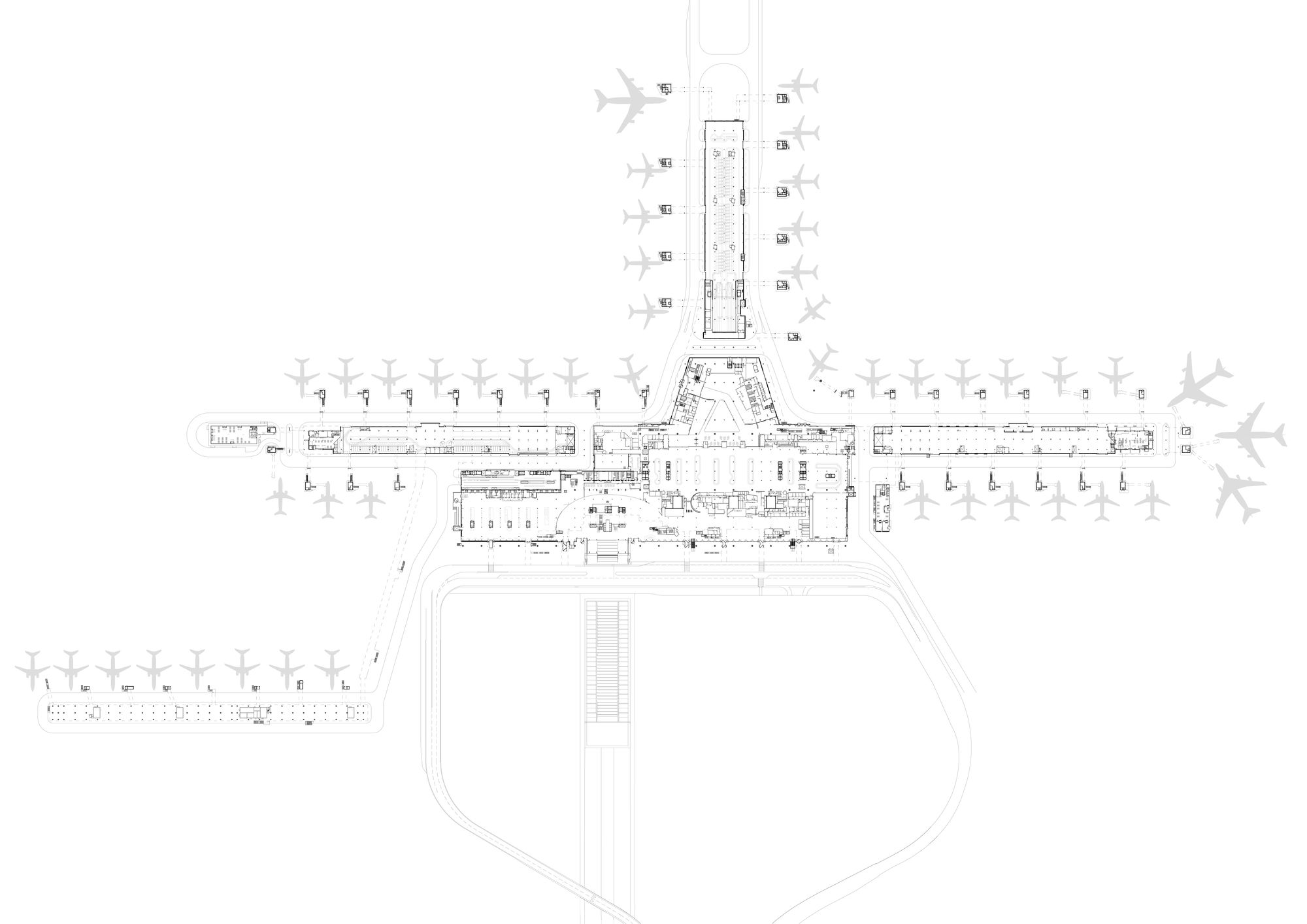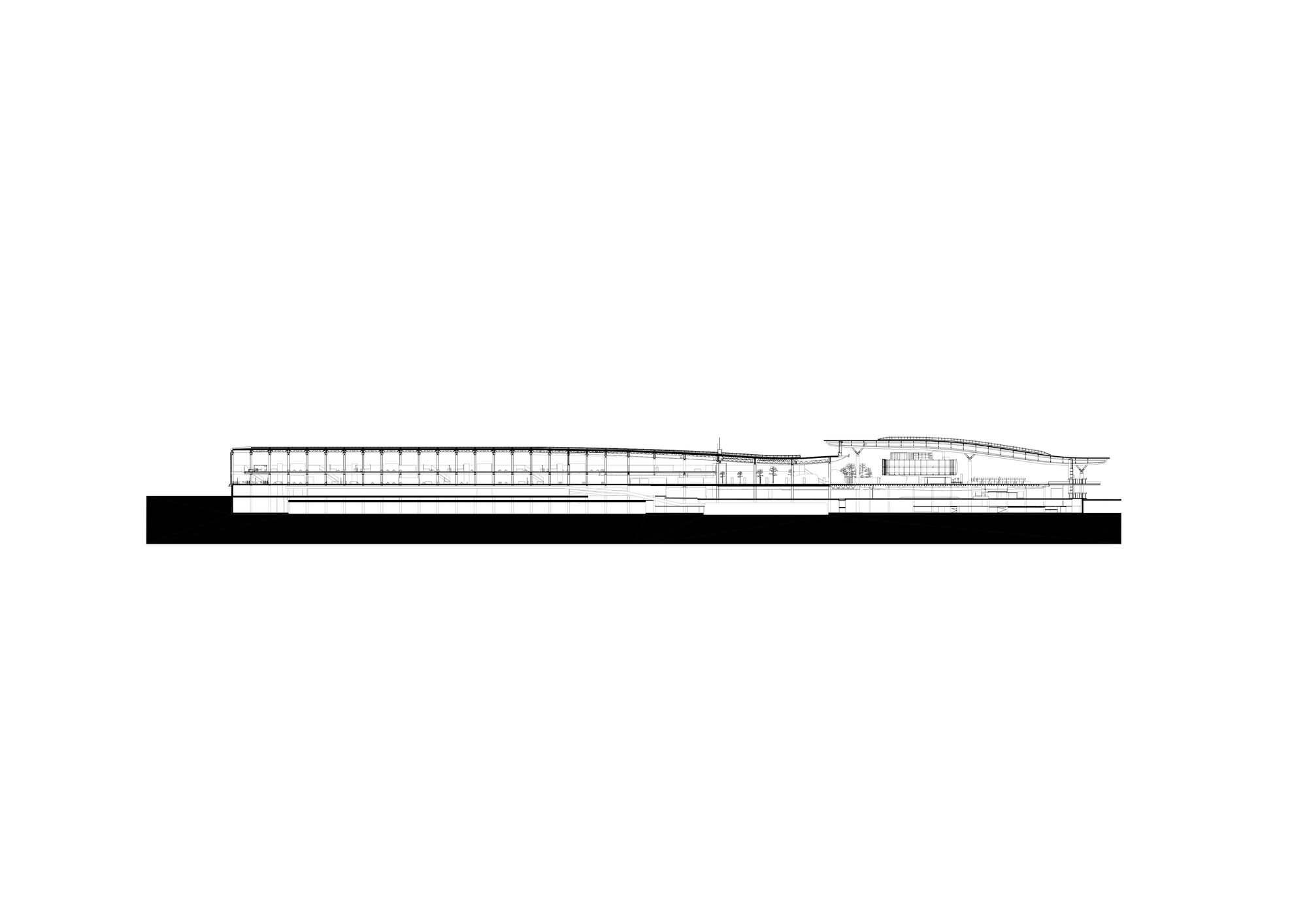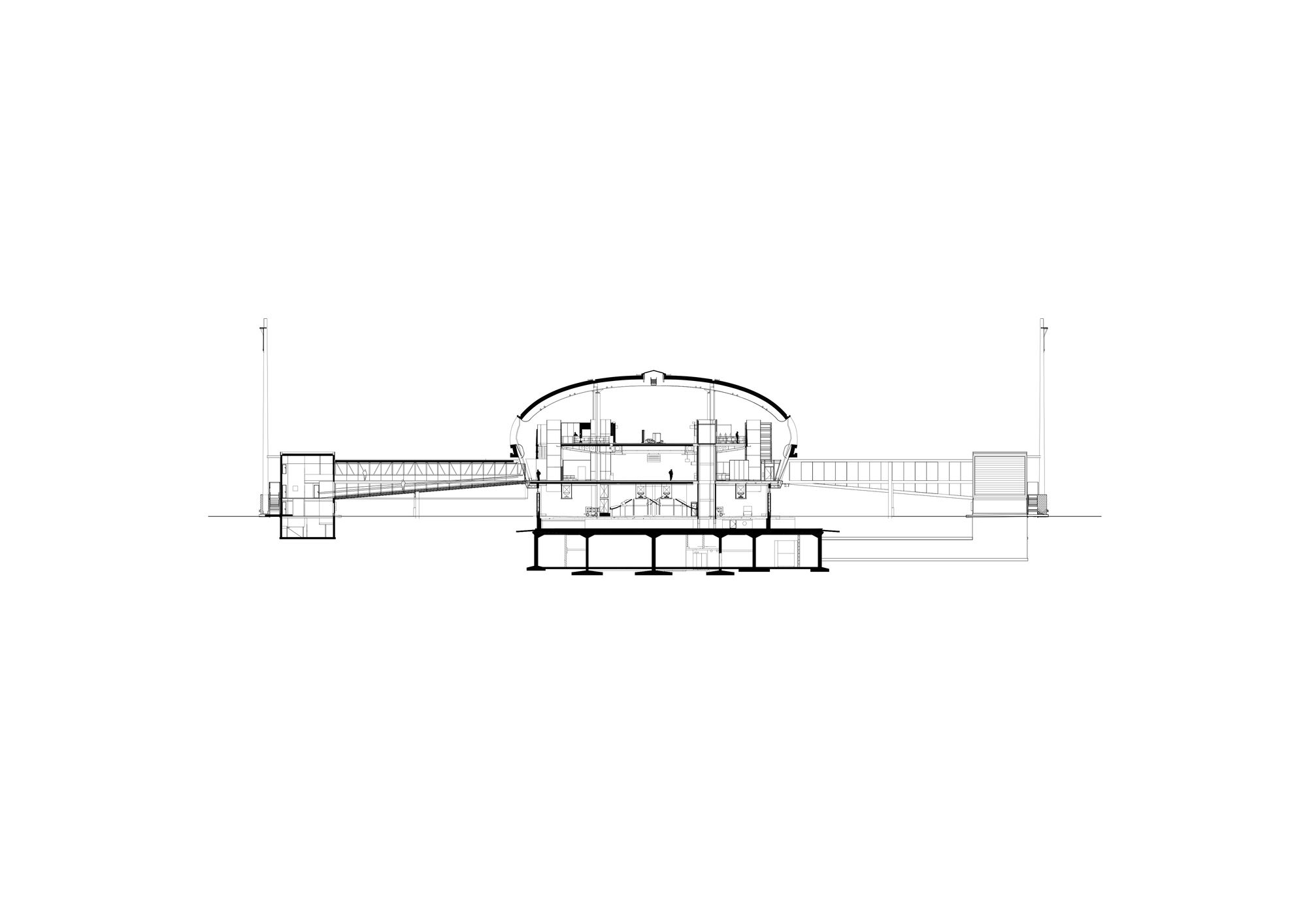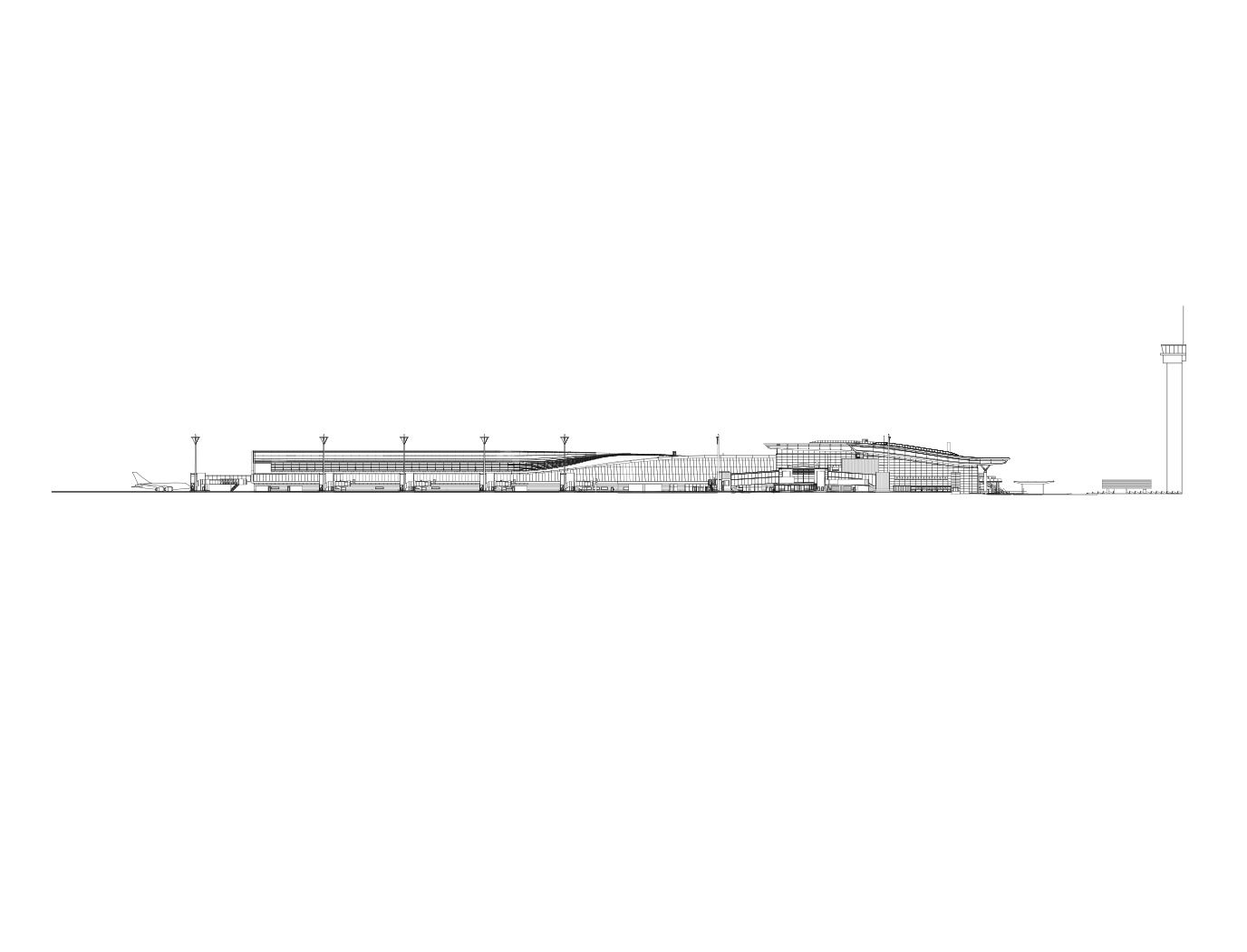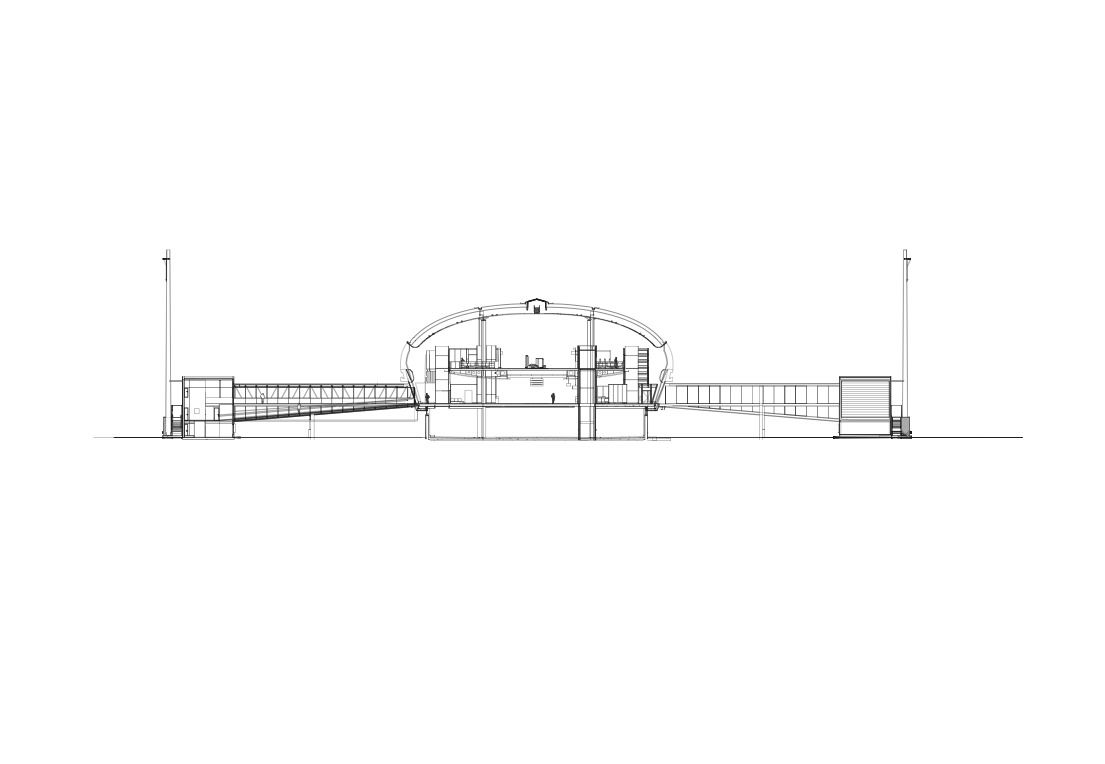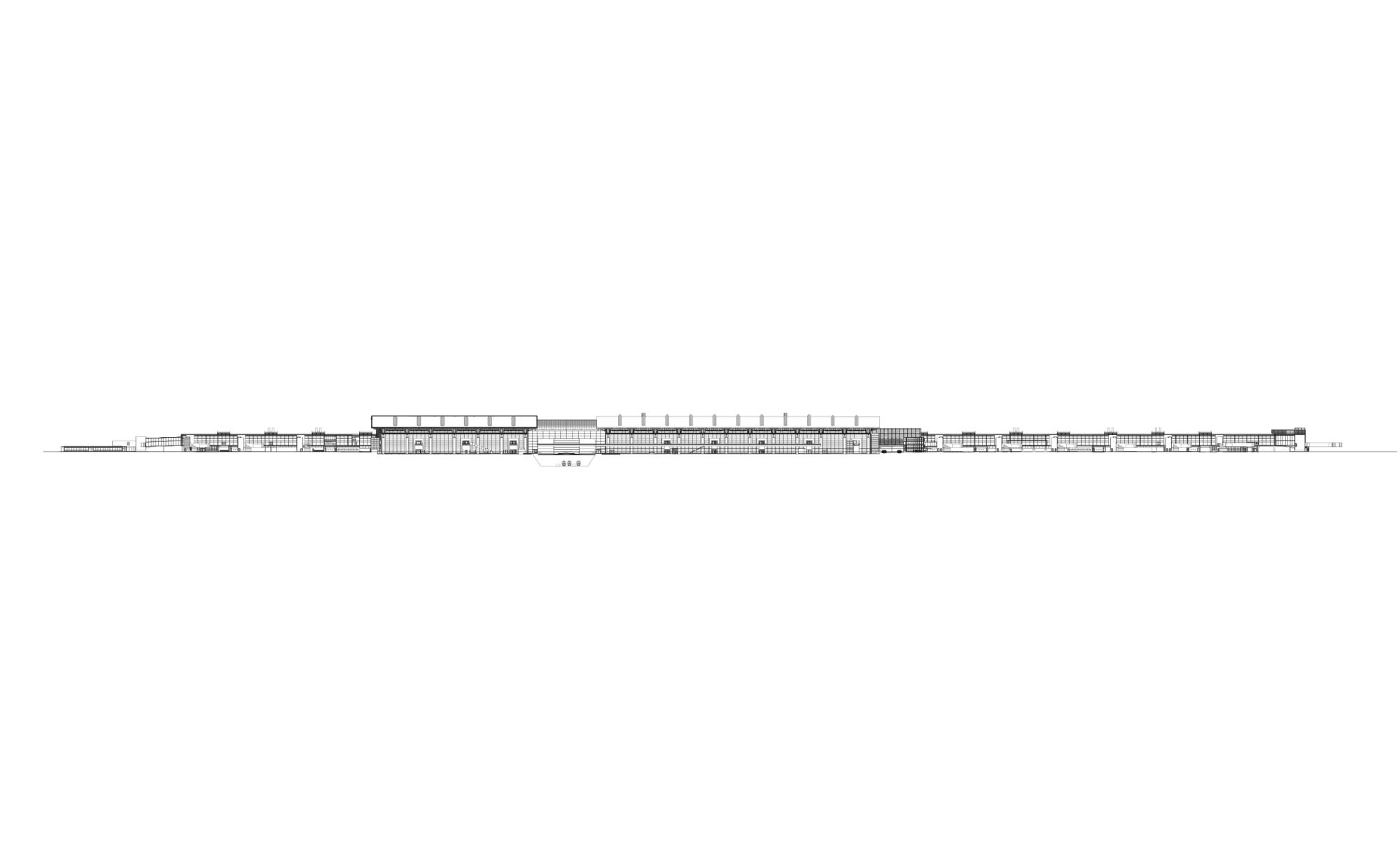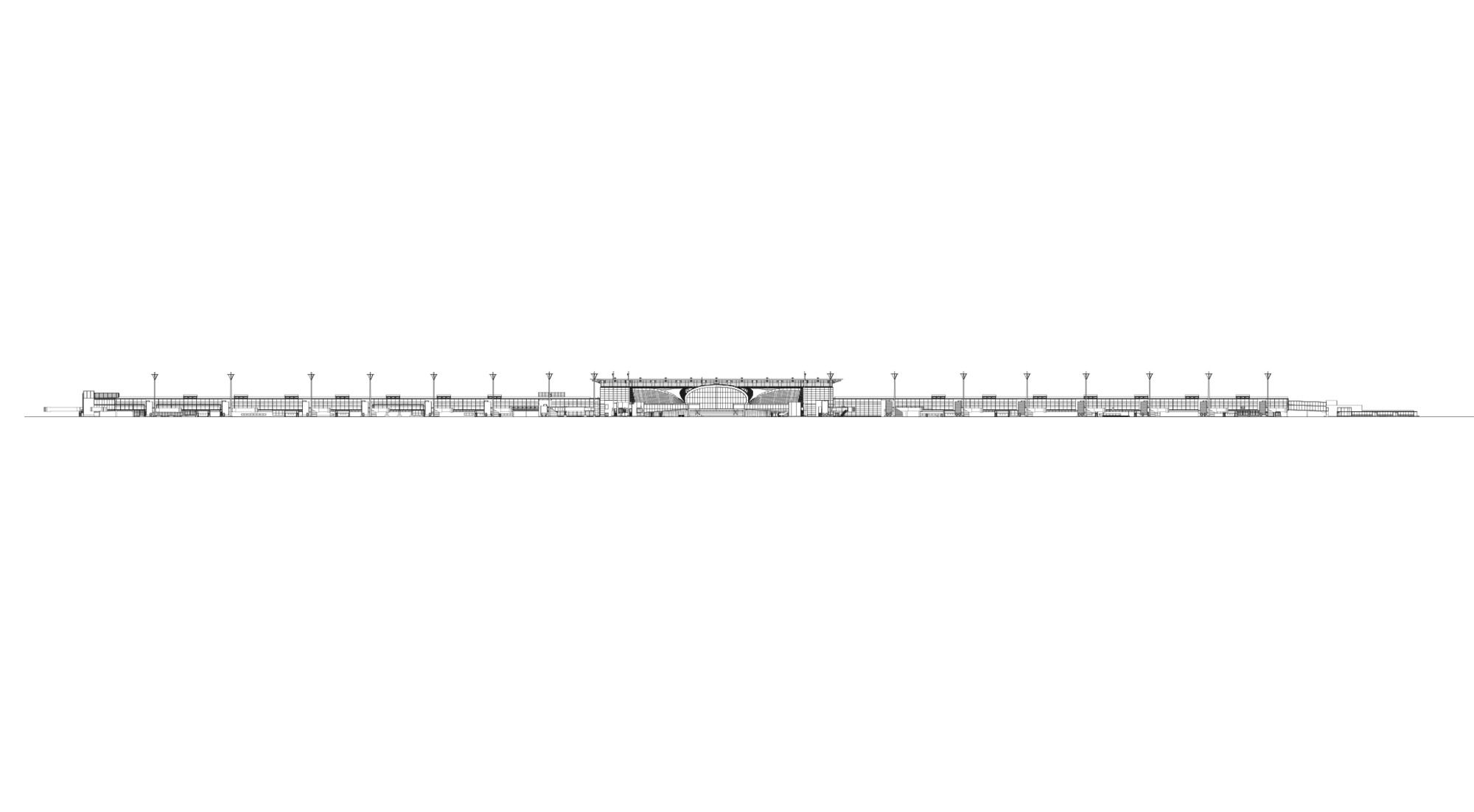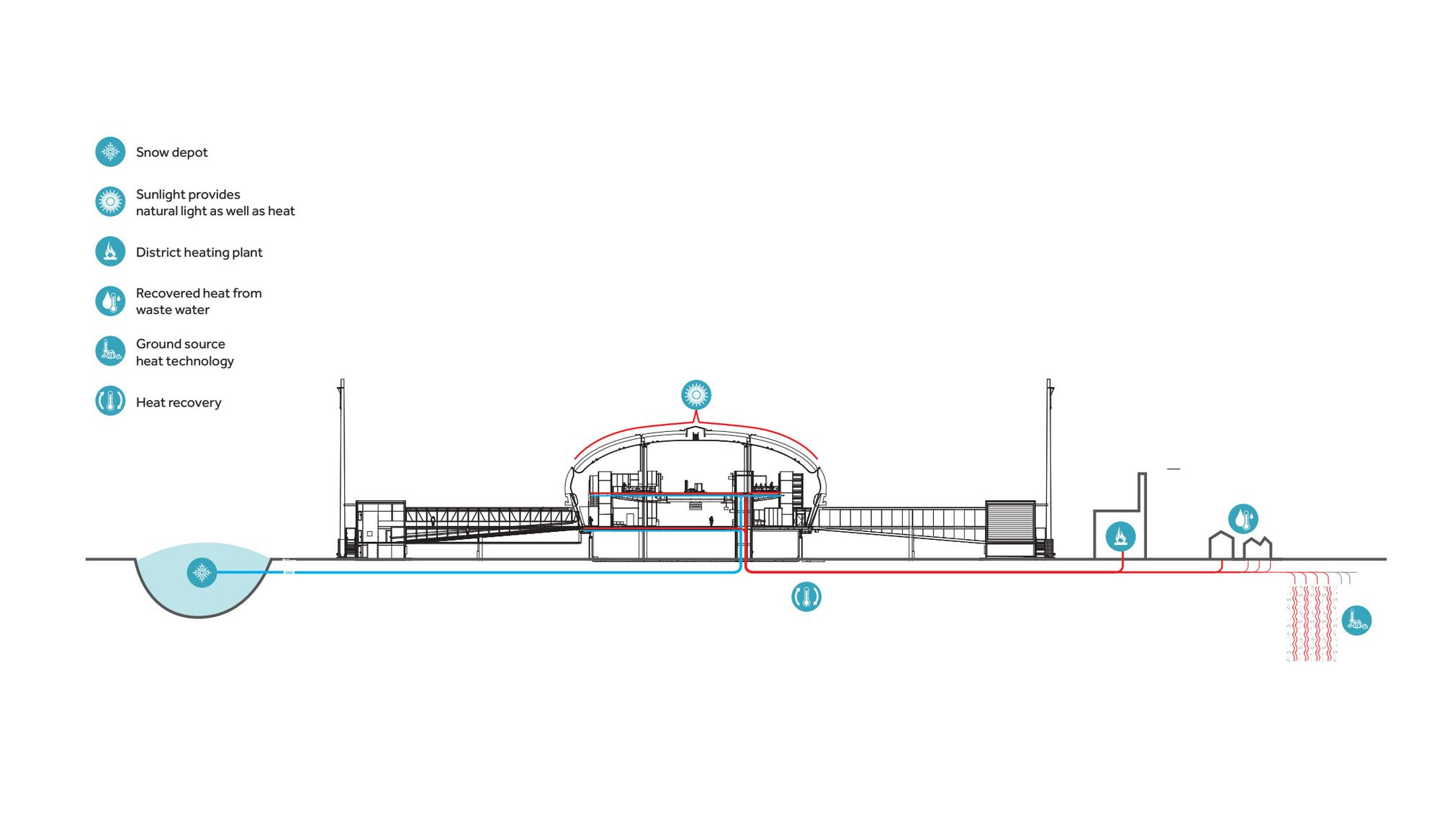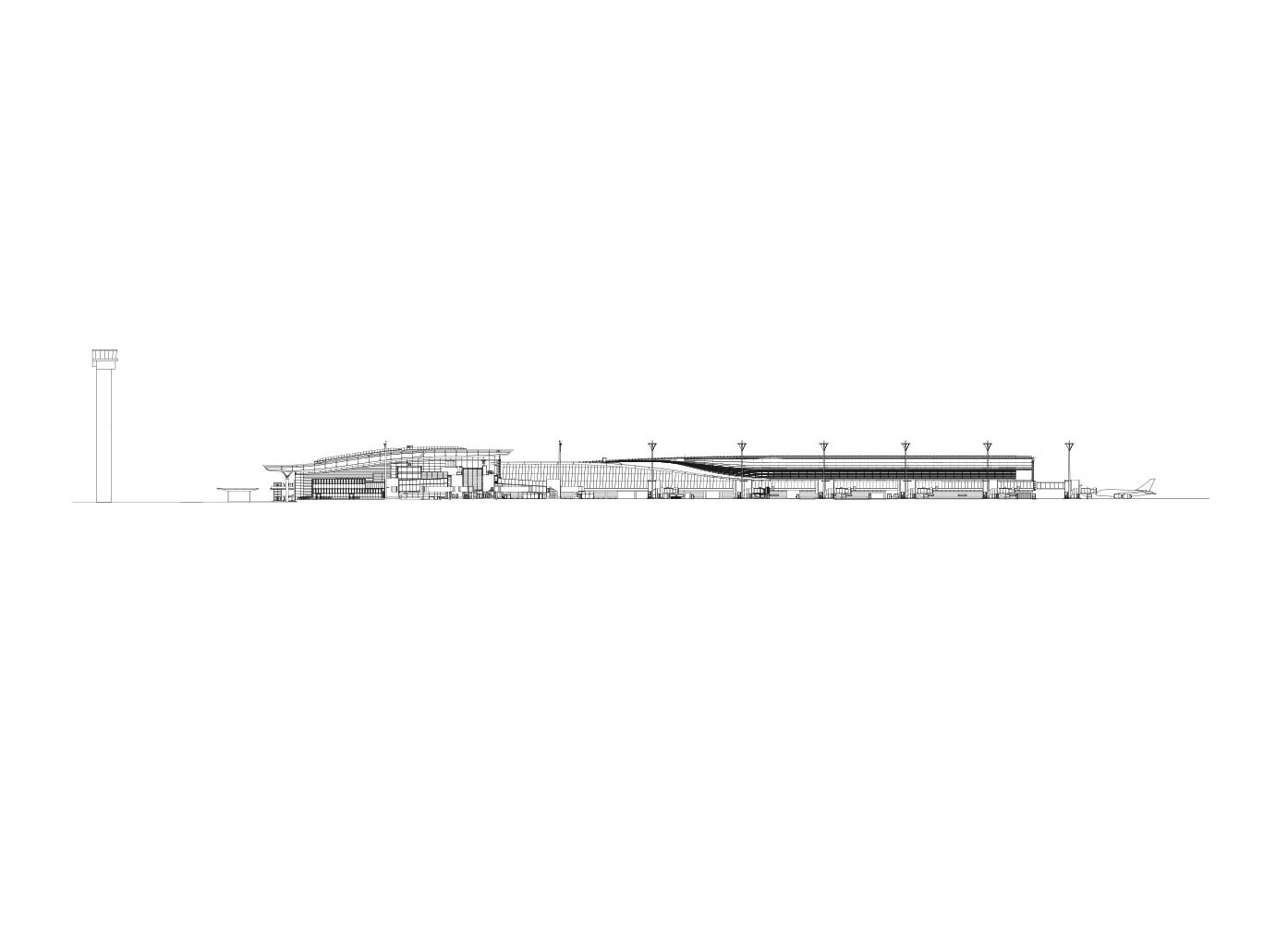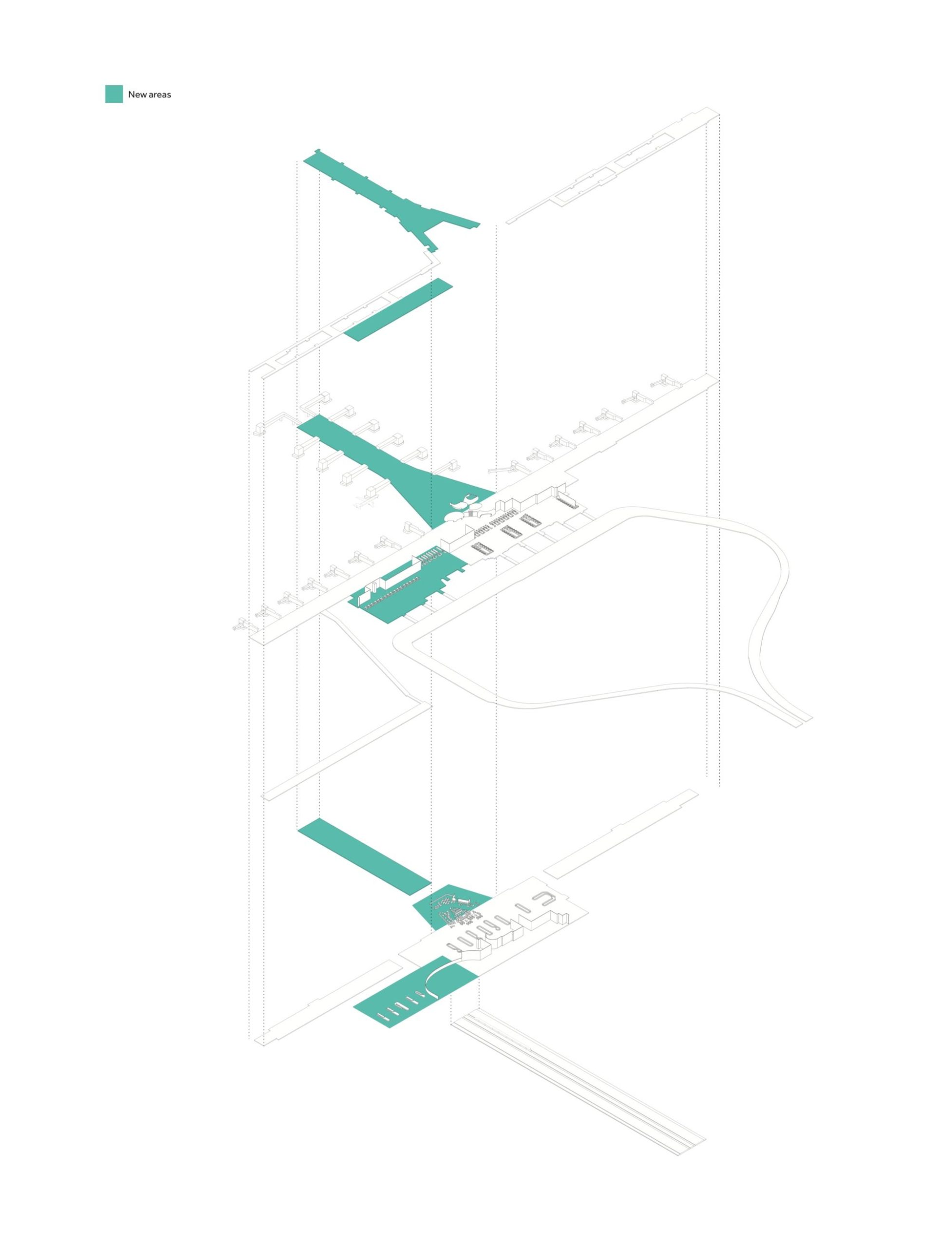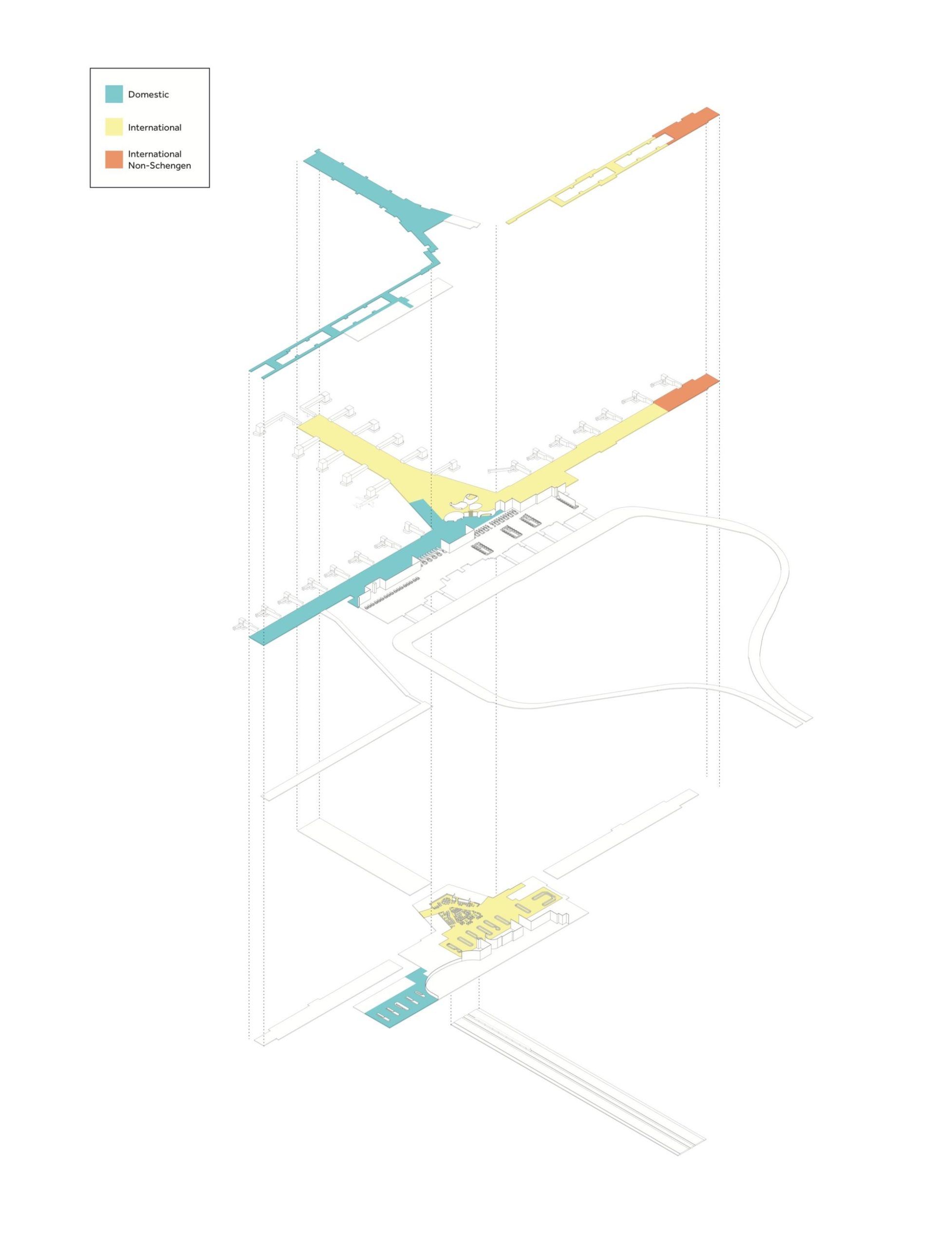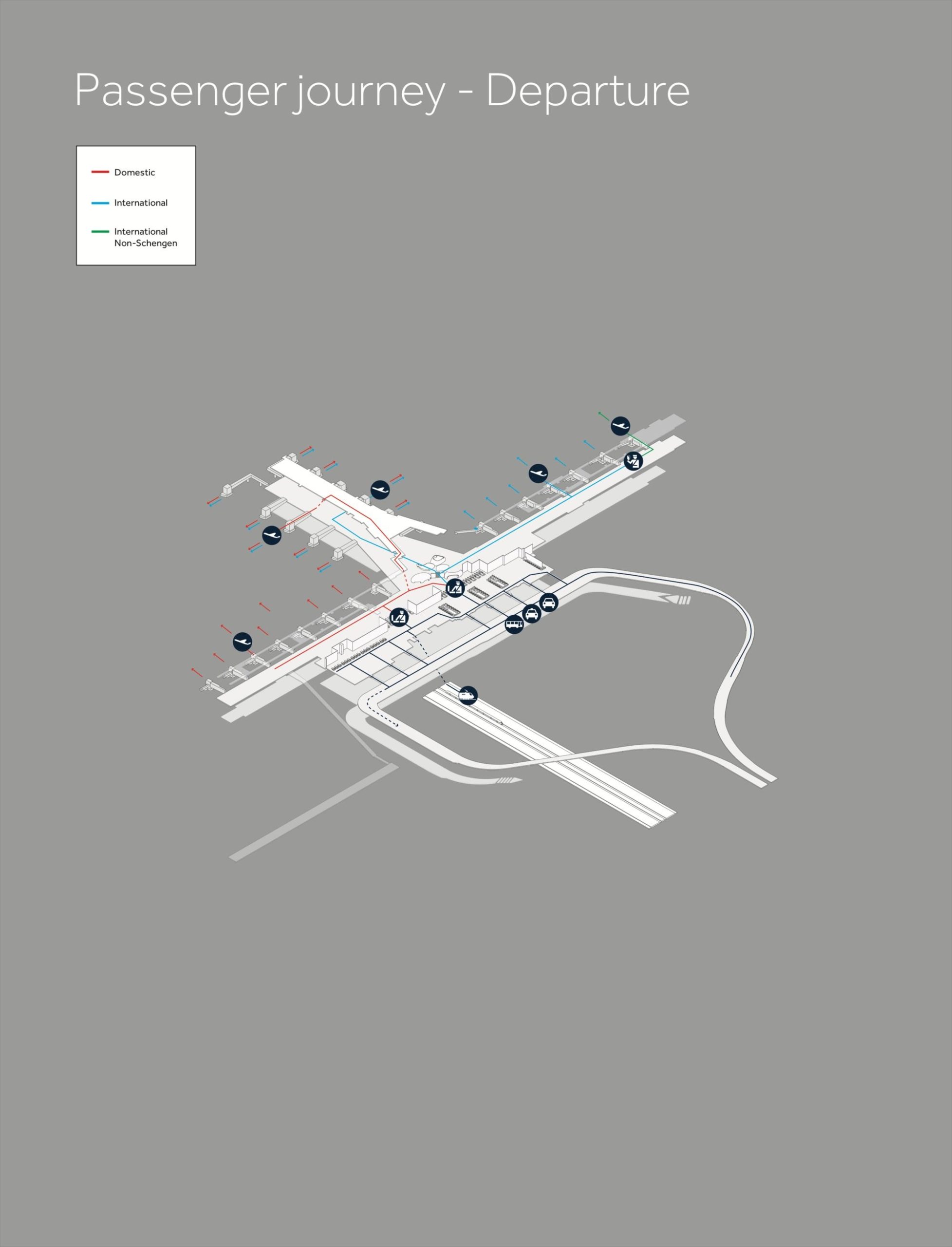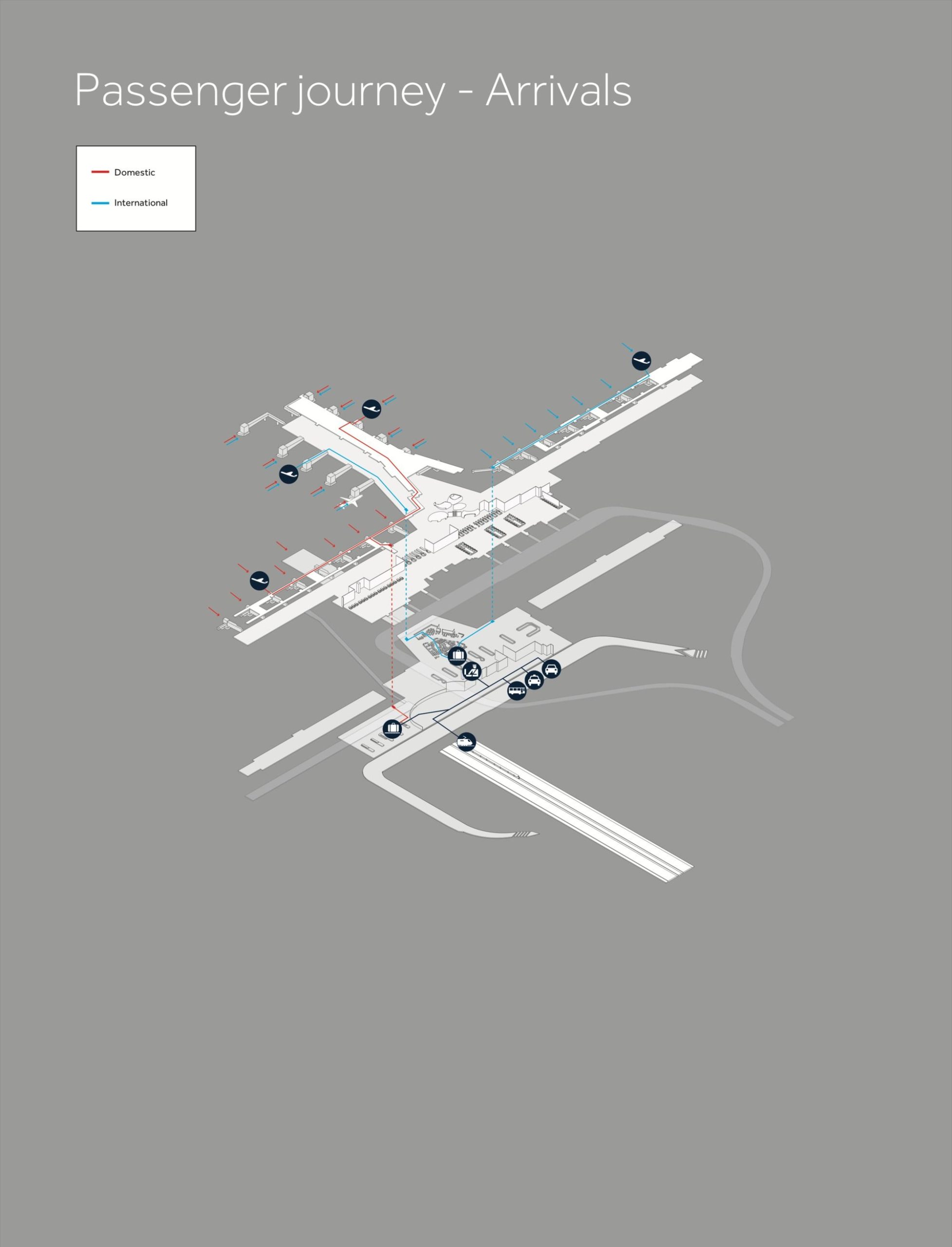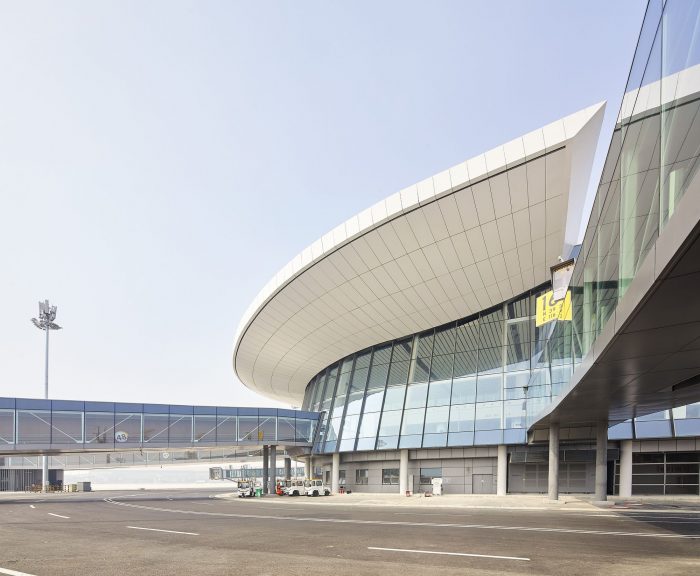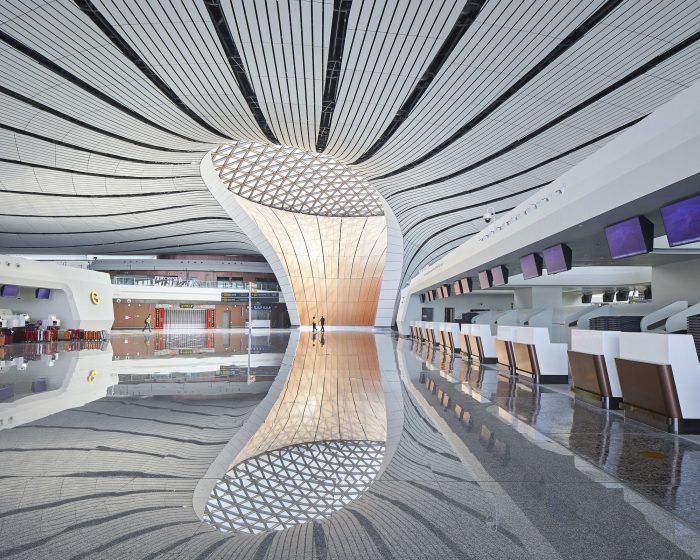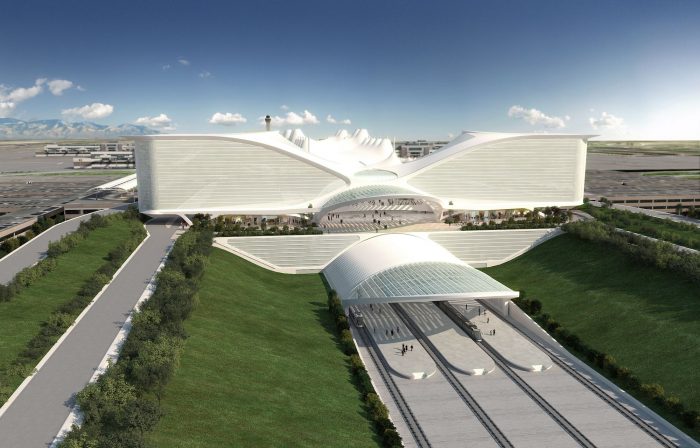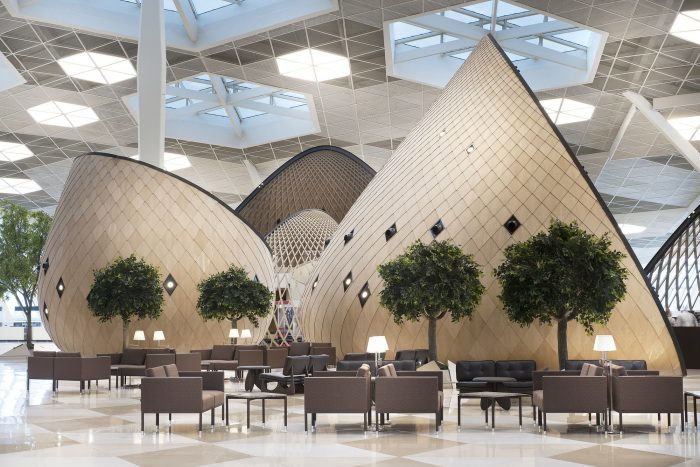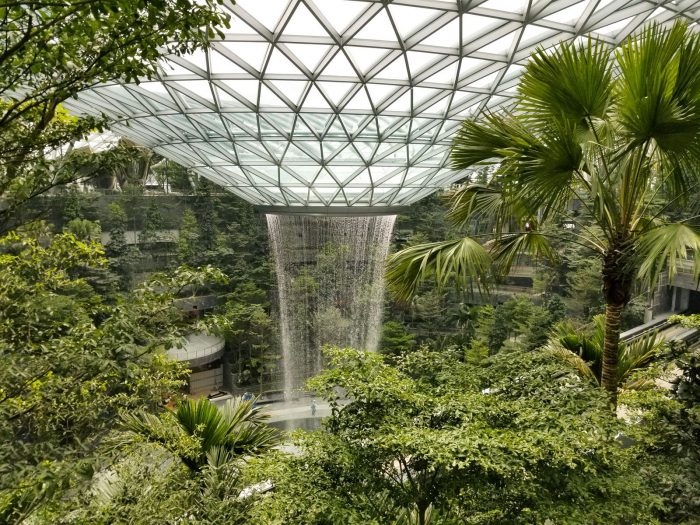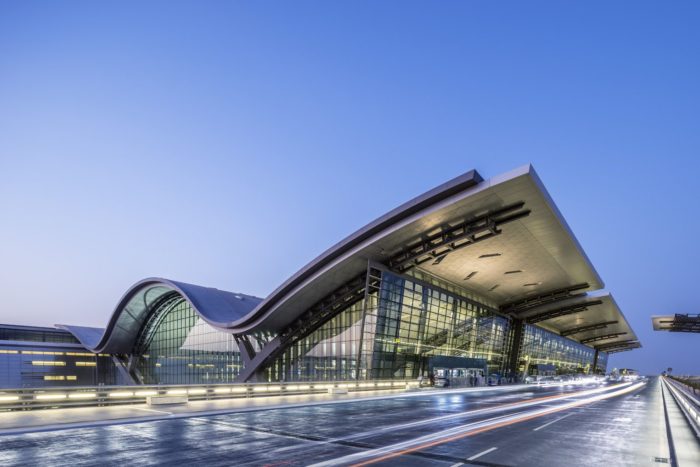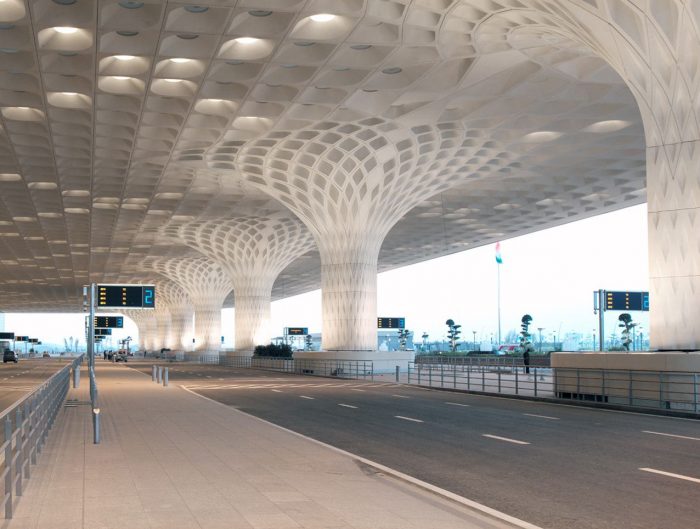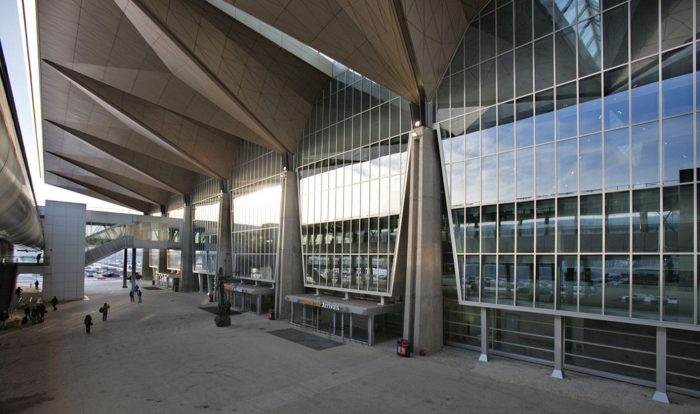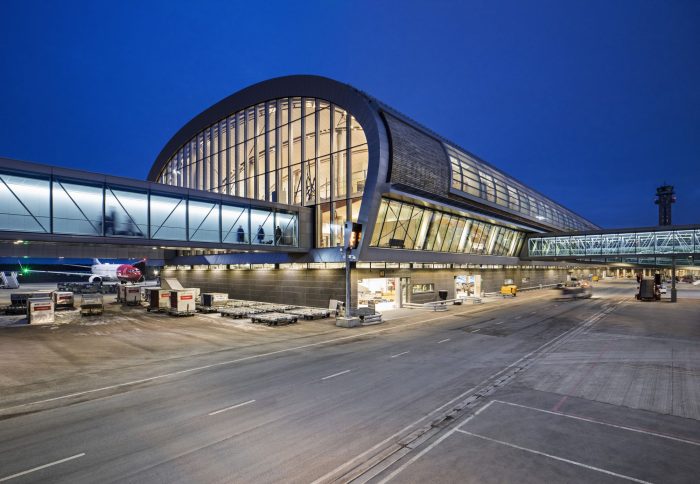The airports we are going to cover in this article are all united by a faithfulness to the culture it serves. All of them are modern, yet traditional, in the sense that they neither sacrifice the flavour of their culture, nor the compact efficiency that modern-day airports aim for.
Beijing Daxing International Airport was designed to accommodate the city’s need for expanding their transport network and, in turn, to ignite economic development in Tianjin and Hebei provinces. The design of the airport is compact, efficient, and adaptable to growth. It adheres to the principles of the traditional Chinese architecture, and it shows the interconnectedness that Beijing resembles as its heart pulsates with the liveliness of the Chinese city. The design of the airport itself reflects the interconnectedness that it aims for; its extensions reach out around it since it is the heart of the country’s transport network, and these extensions resemble the ever-growing nature of the country itself. There is a duality of meaning behind the design of the Beijing Daxing Airport as it connects between the past and the future. In a sense, it echoes the principles of traditional Chinese architecture as it resembles a grand courtyard that connects all of its extensions. At the same time, it resembles the growth and vitality of not only the city it is based in, but the whole country.
The airport is well-prepped for any future alteration since its design is quite flexible. It relies mainly on natural light, which is concentrated the most within the heart of the terminal. This dependence on natural light guides the passengers to and fro from their departure gates. Echoing the imagery of the sun, the airport is designed in a radial fashion which ends up minimizing the distance that the passengers have to take from the piers to the central hall itself, and in turn, saving time and effort. This design reflects the efficiency of the airport since it can accommodate up to 5 thousand passengers at once. Five different piers extend from the terminal’s center. The farthest exit that can be reached from the terminal’s center can be reached within 8 minutes, which ensures that the passengers’ time would be saved. At the same time, the aircraft piers are prepped with different services and amenities to make the passengers’ trip an amusing one at that. The modern approach to use clean sources of energy is clearly manifested in the fact that the airport relies on photovoltaic power to completely supply it. It also uses a rainwater collection system and water management that collects and purifies up to 2.8 million cubic meters of water a year. This is used to protect the area and its surroundings of floods as well as droughts during summertime. Beijing Airport indeed encapsulates the modernist approach of the Chinese; it is self-contained and self-dependent as it generates its own power and supplies its own water. It presents a futuristic model of airports that ought to be followed elsewhere.
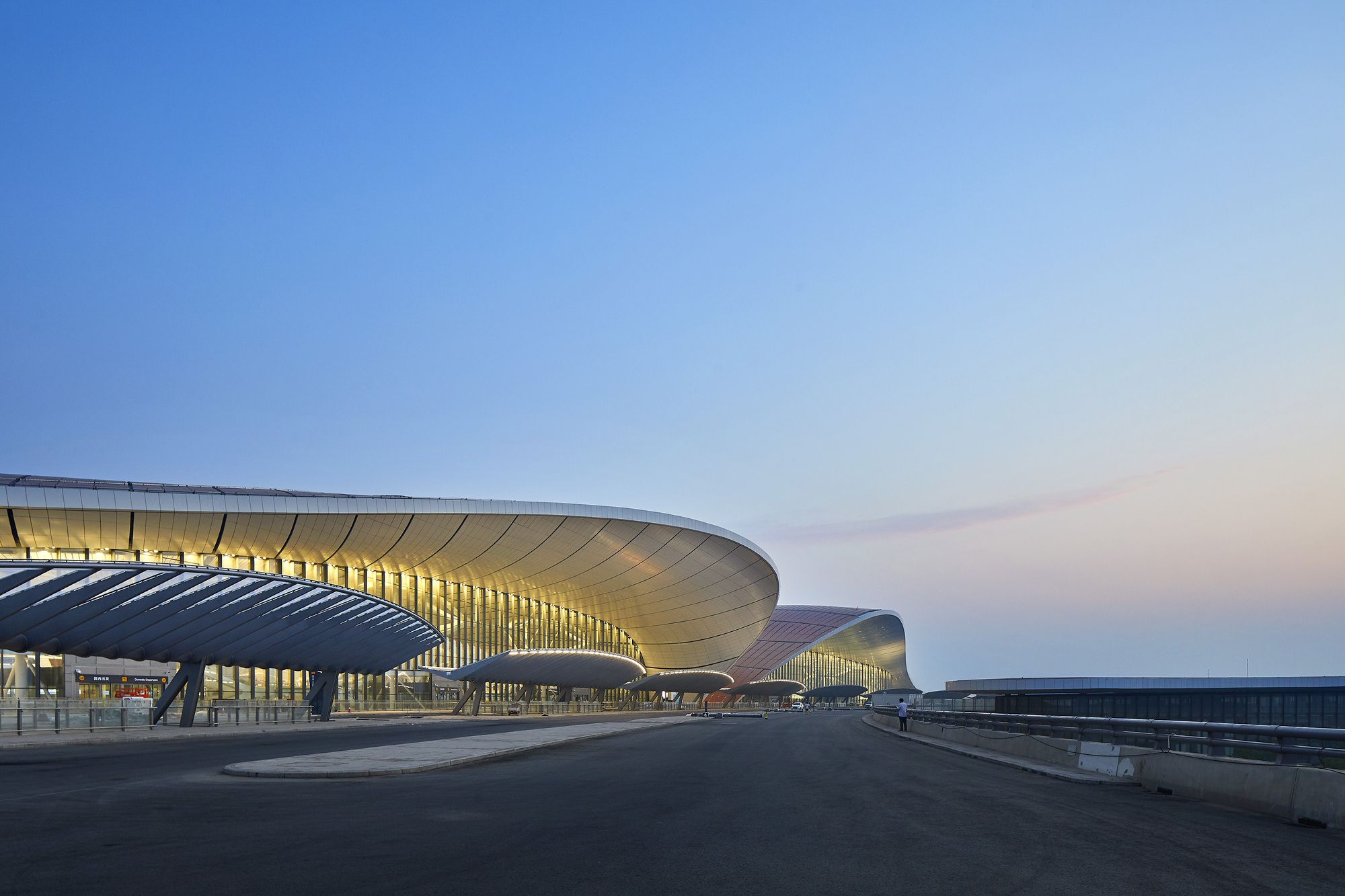
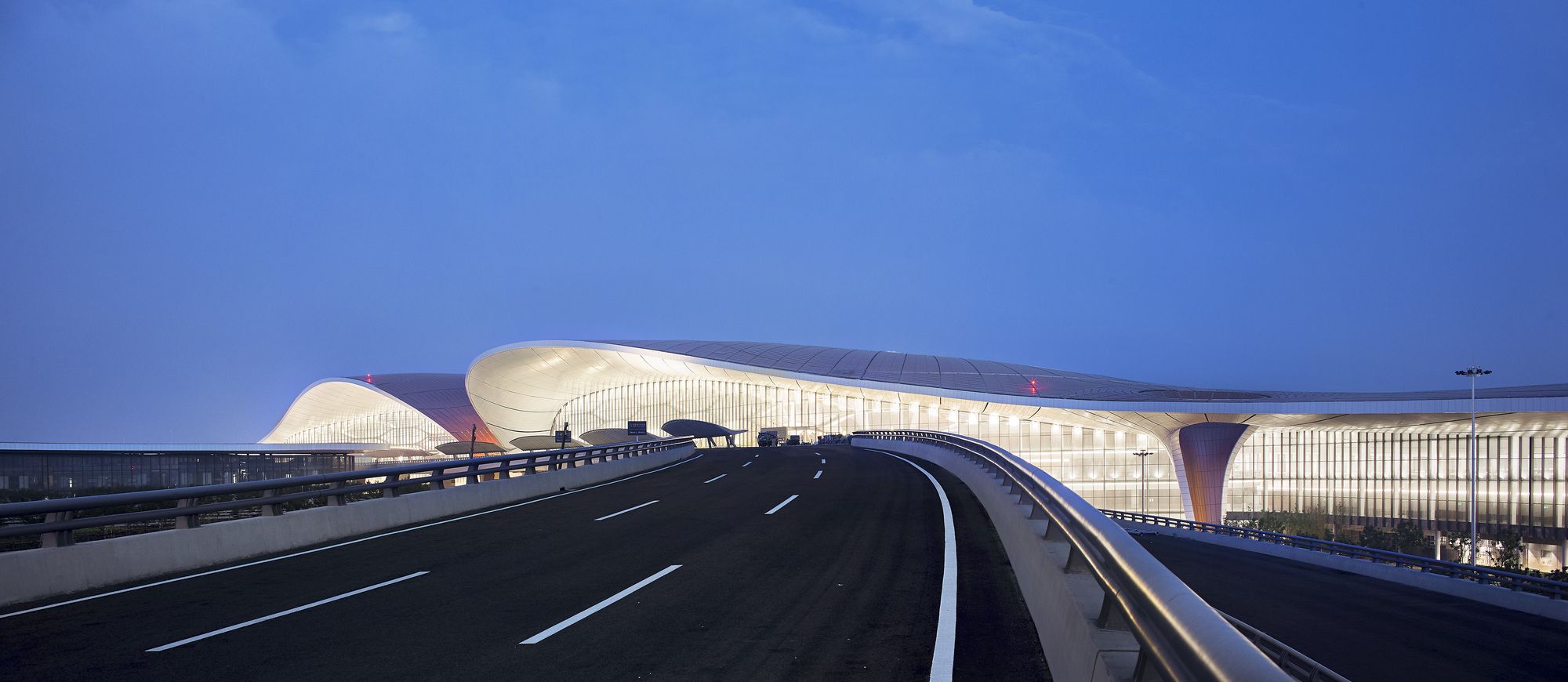
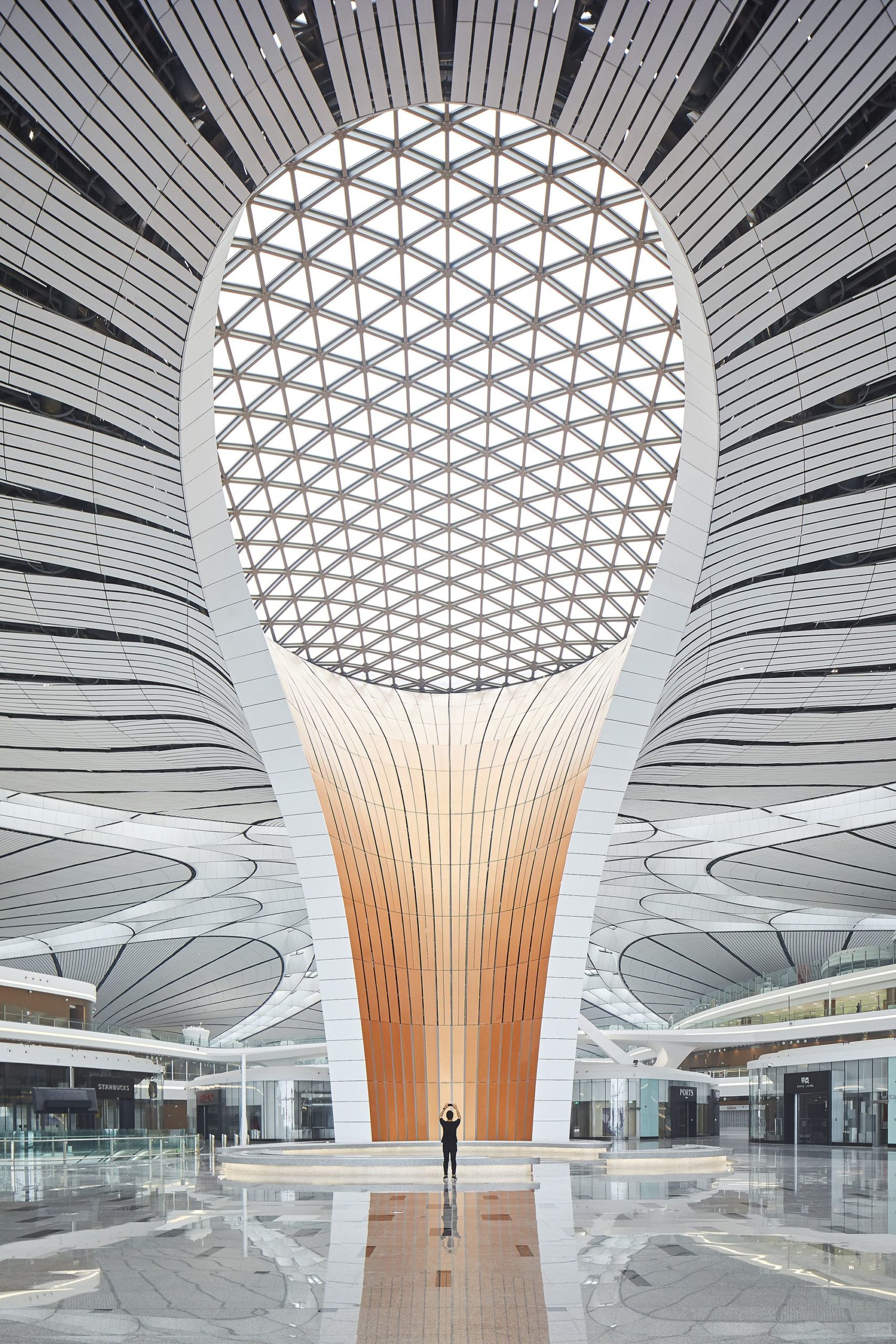
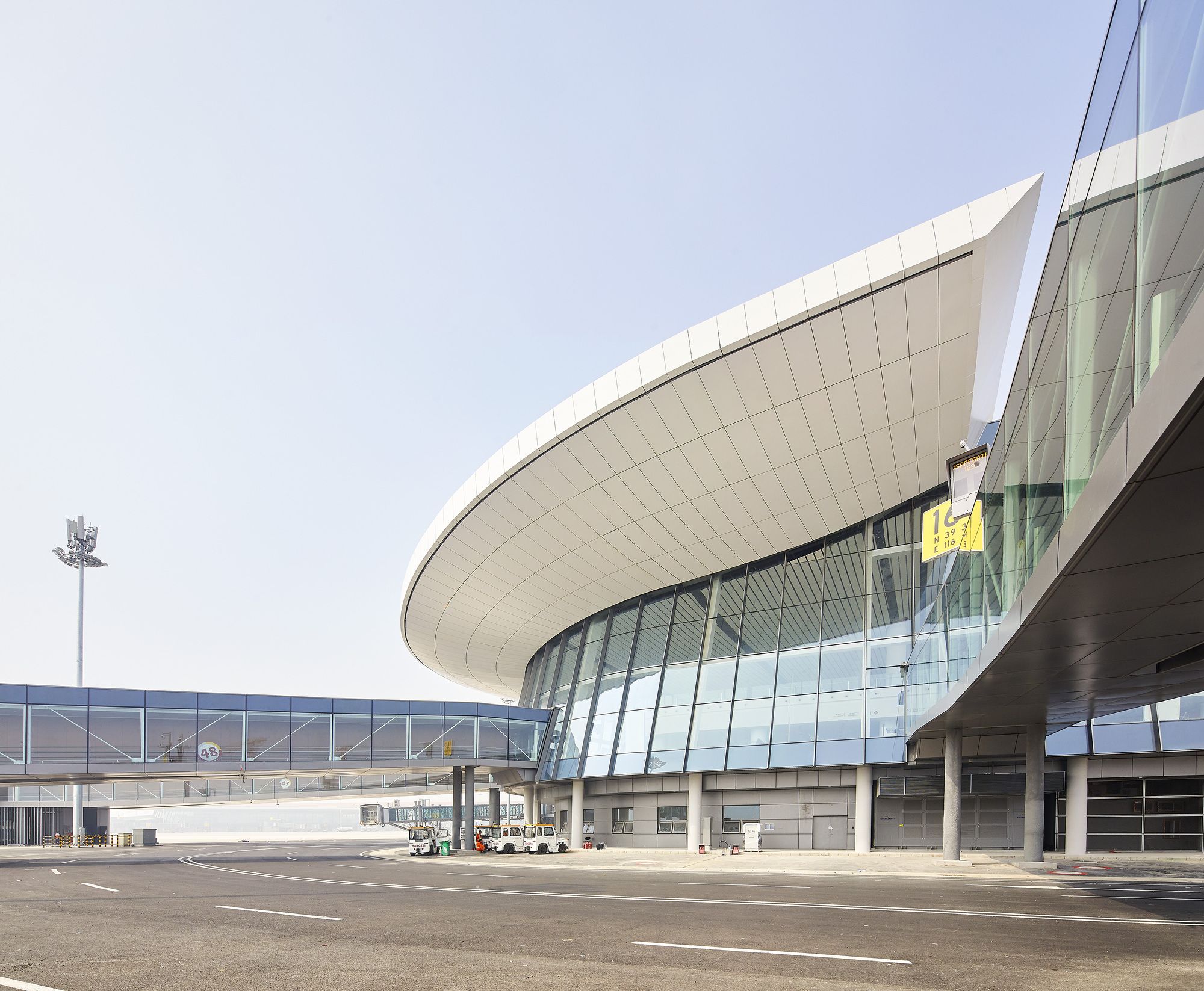
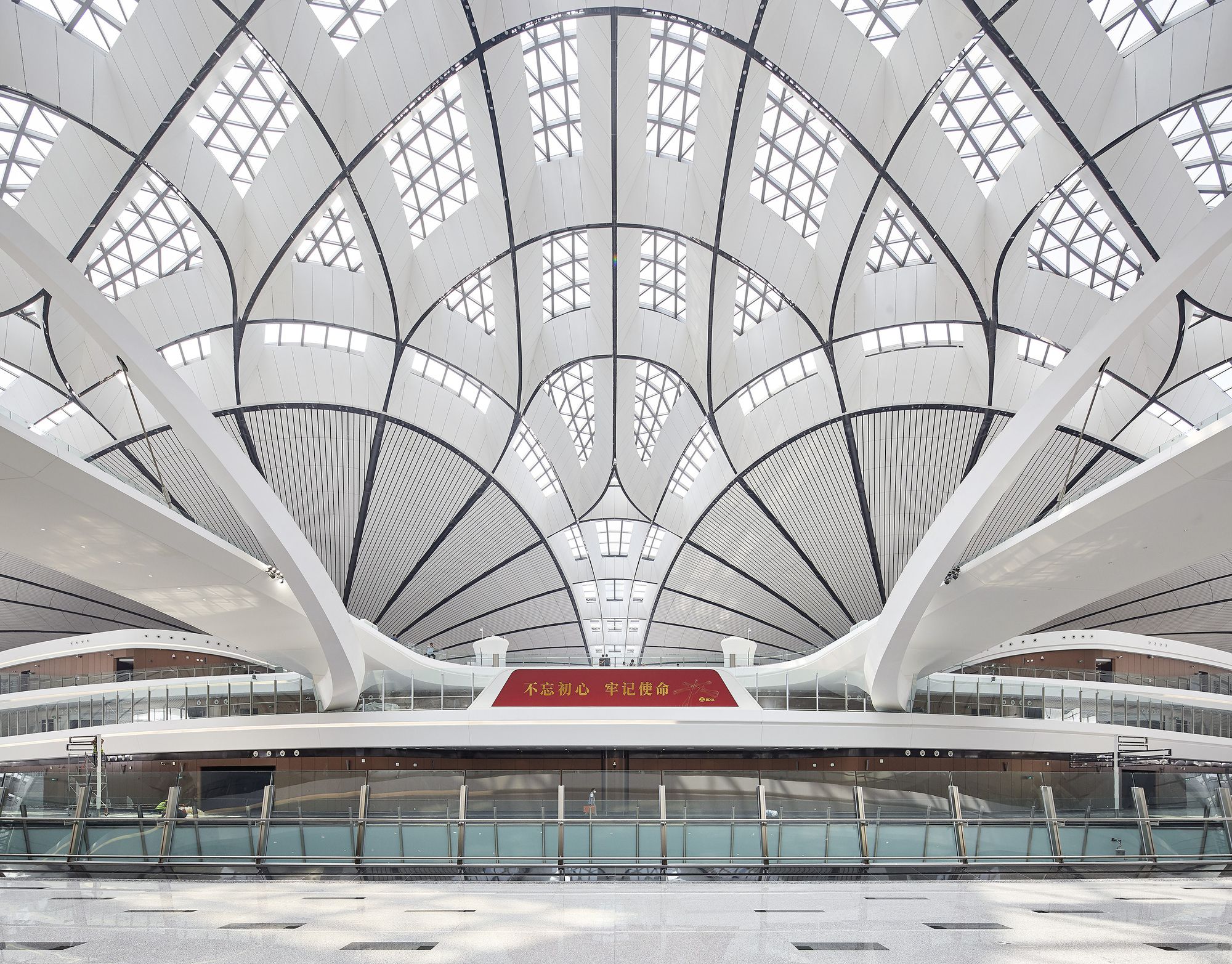
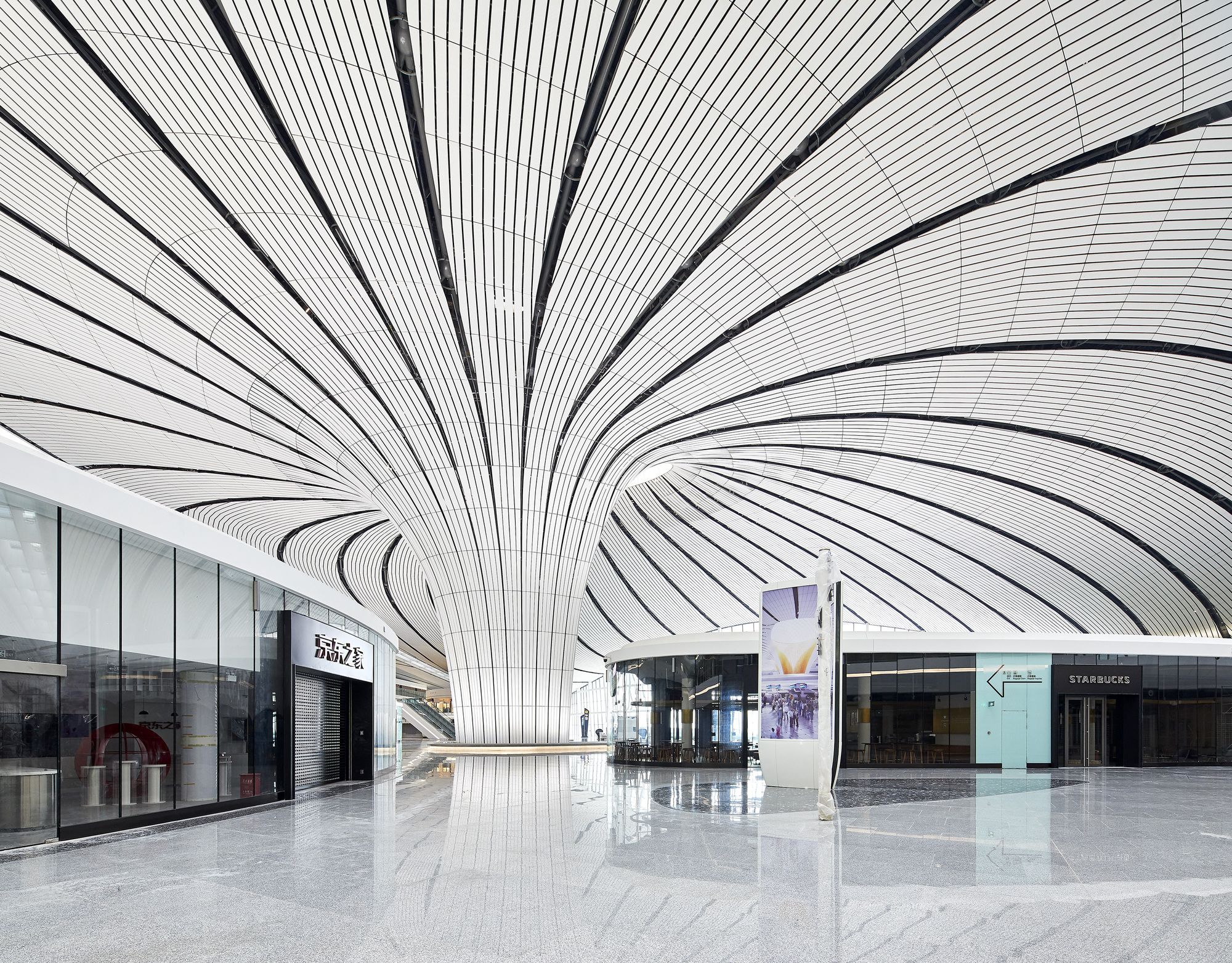
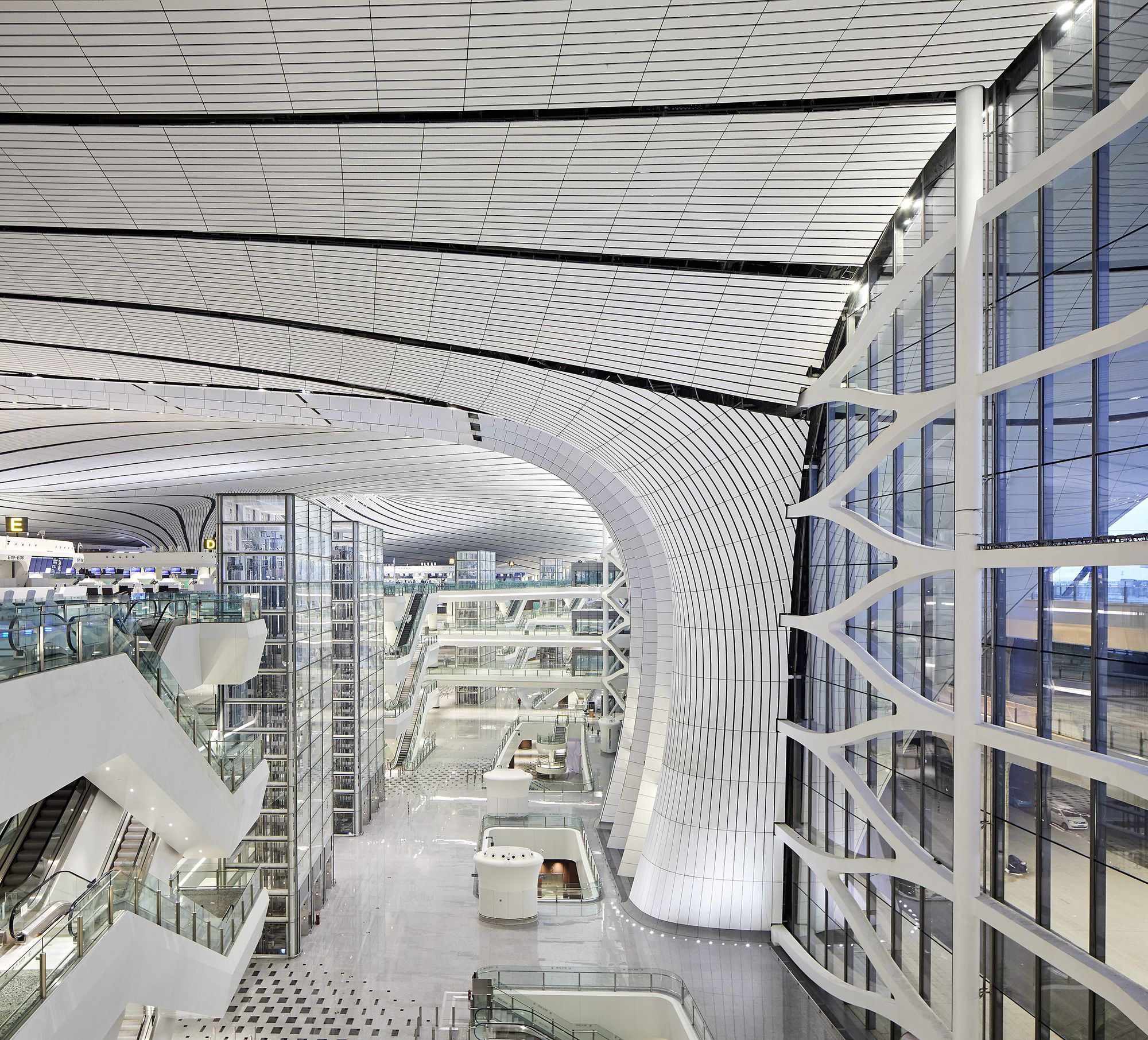
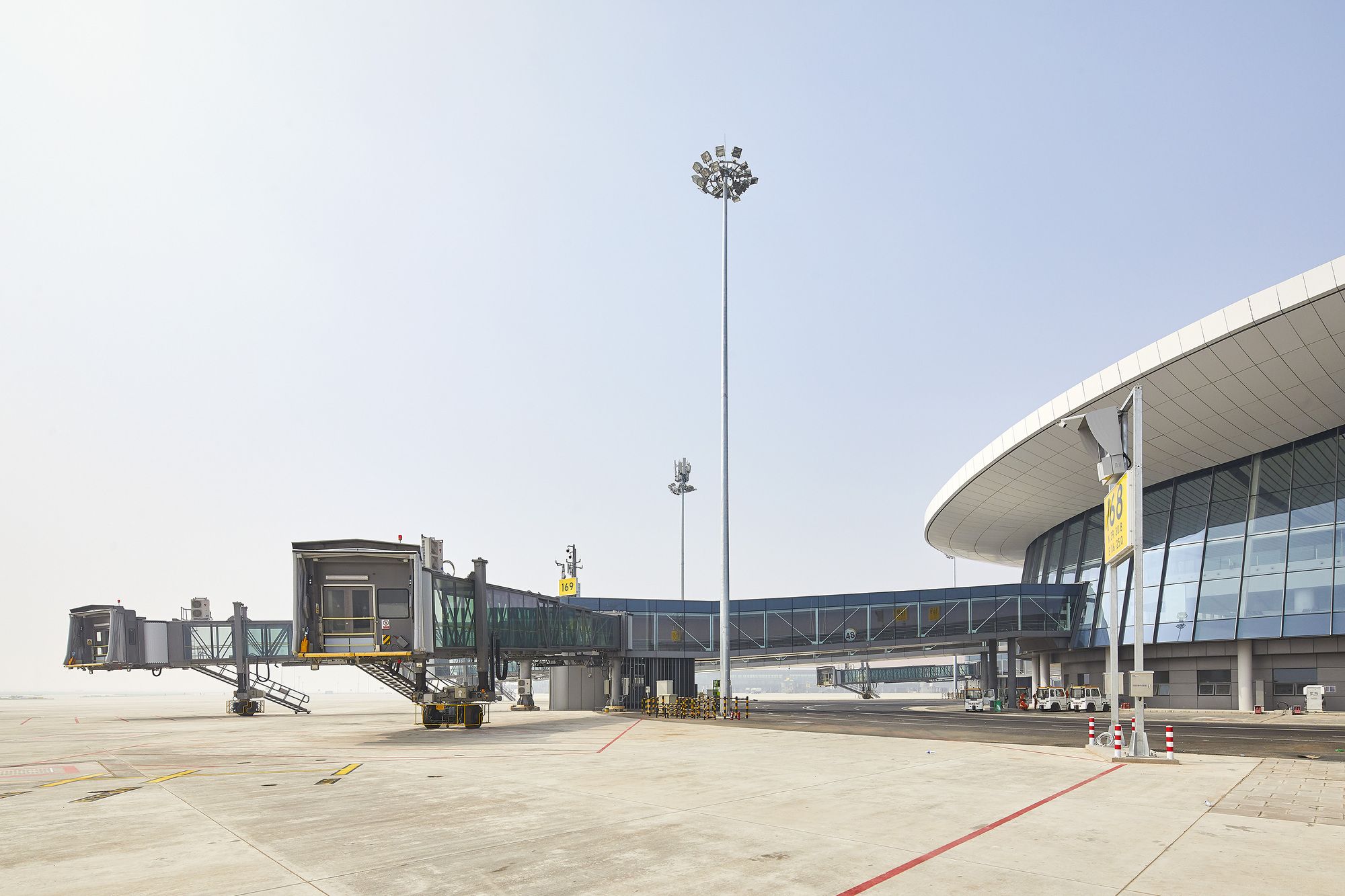
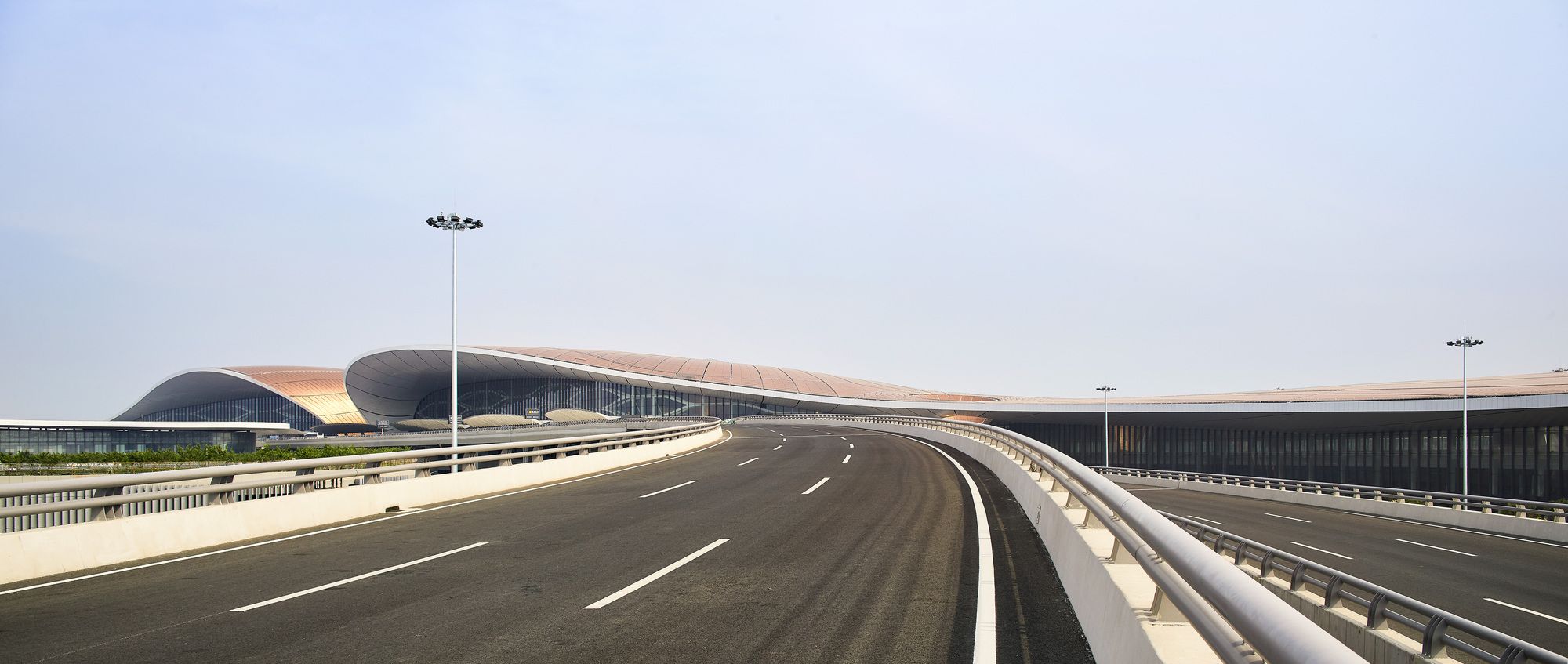
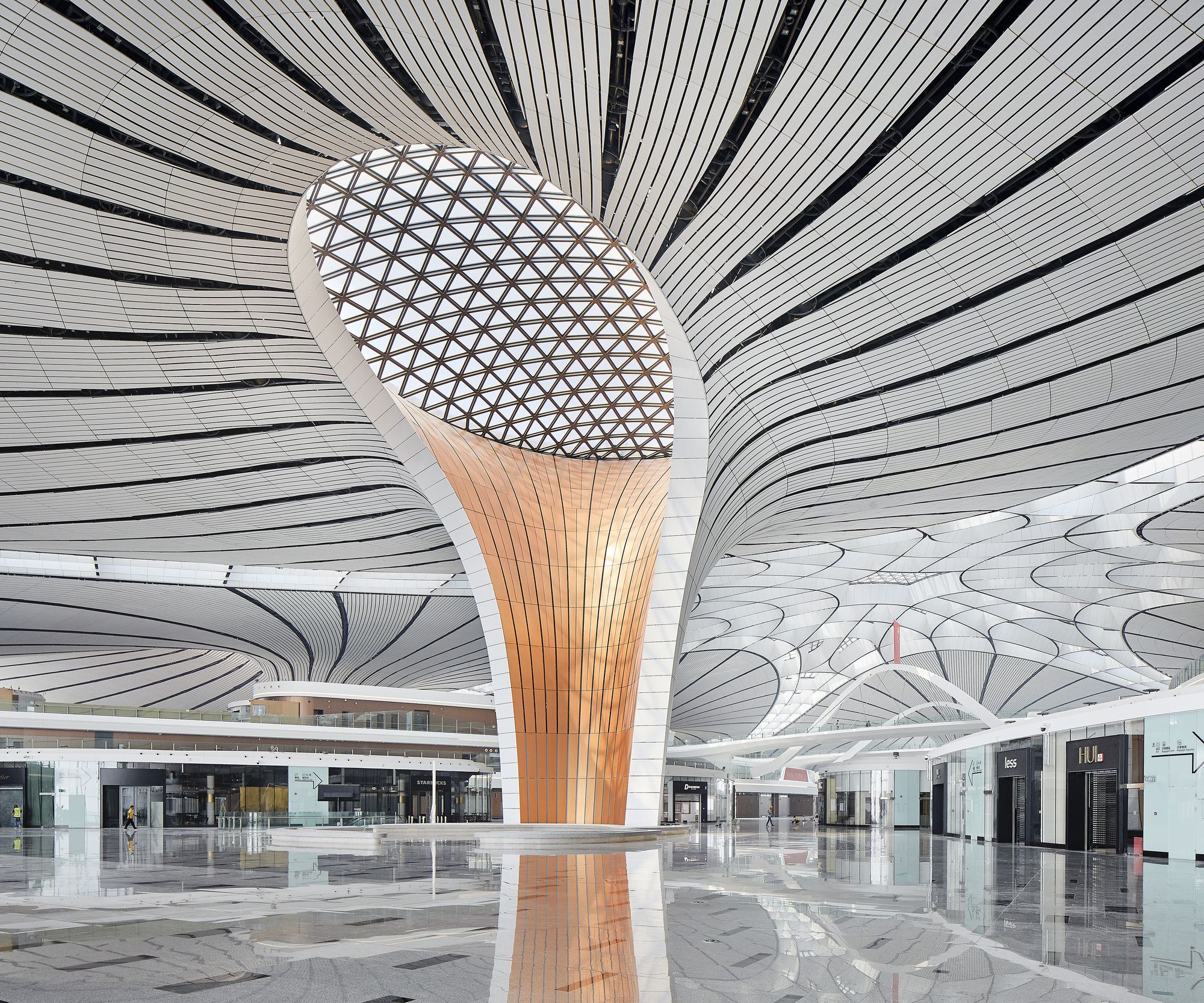
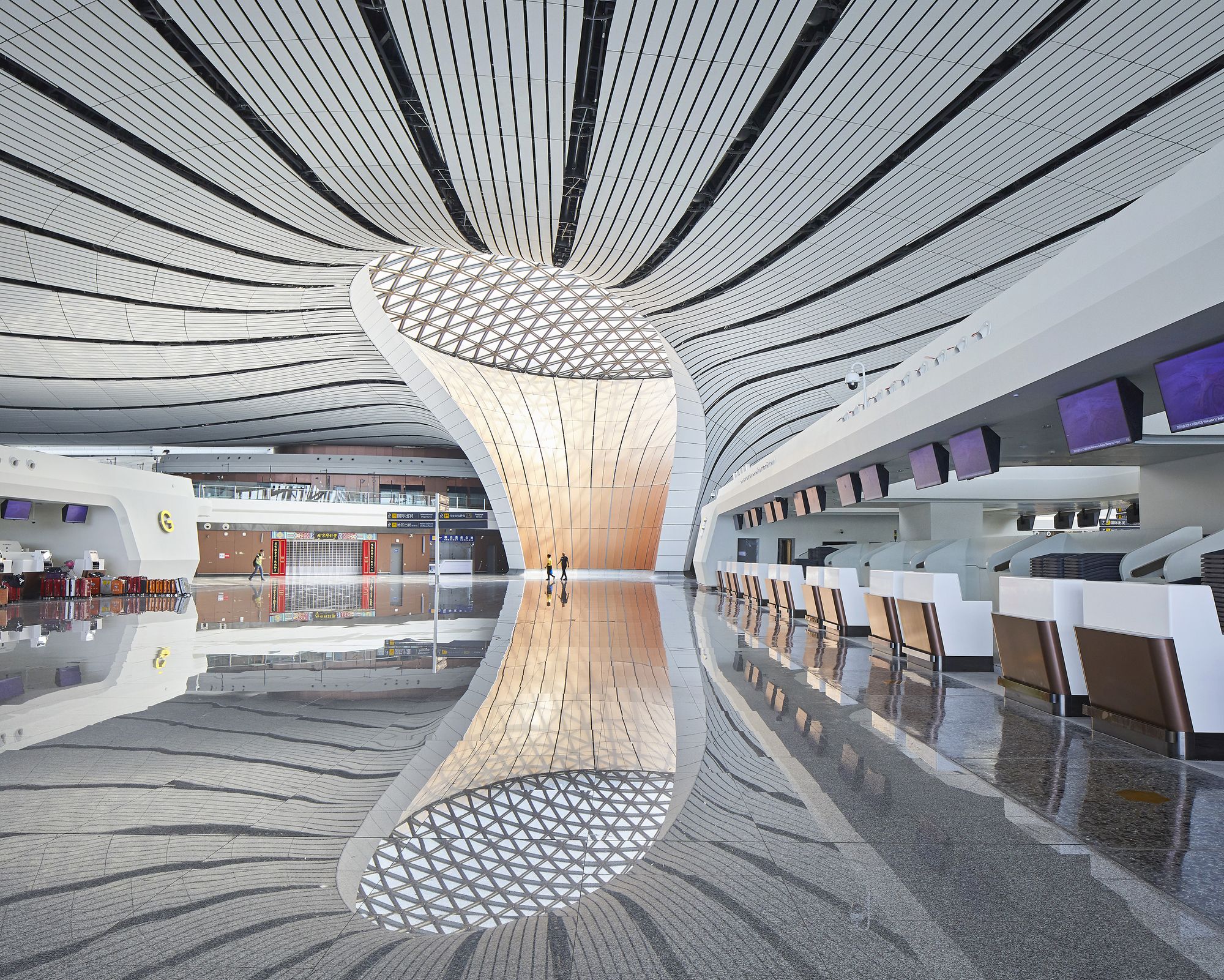
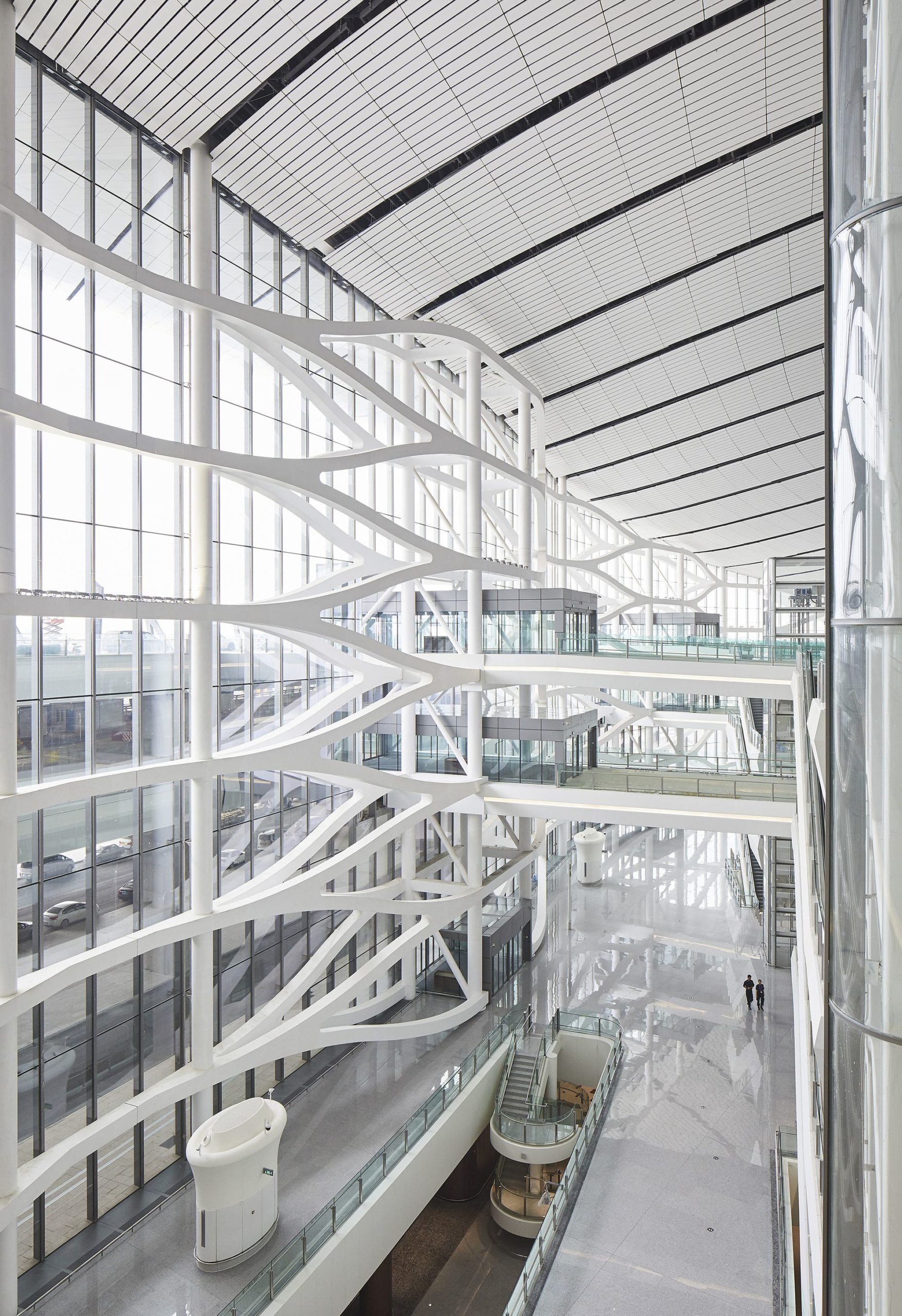
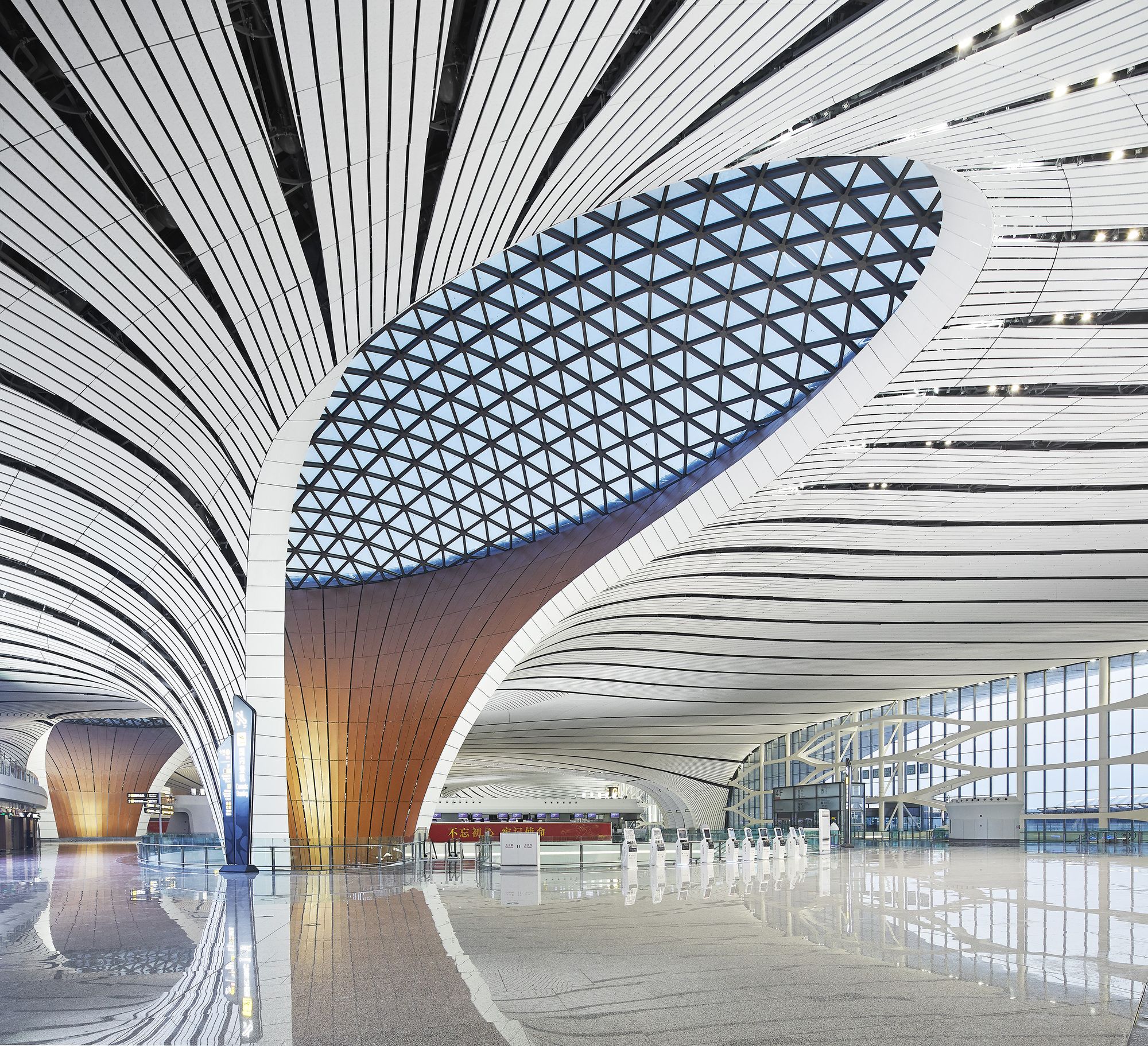
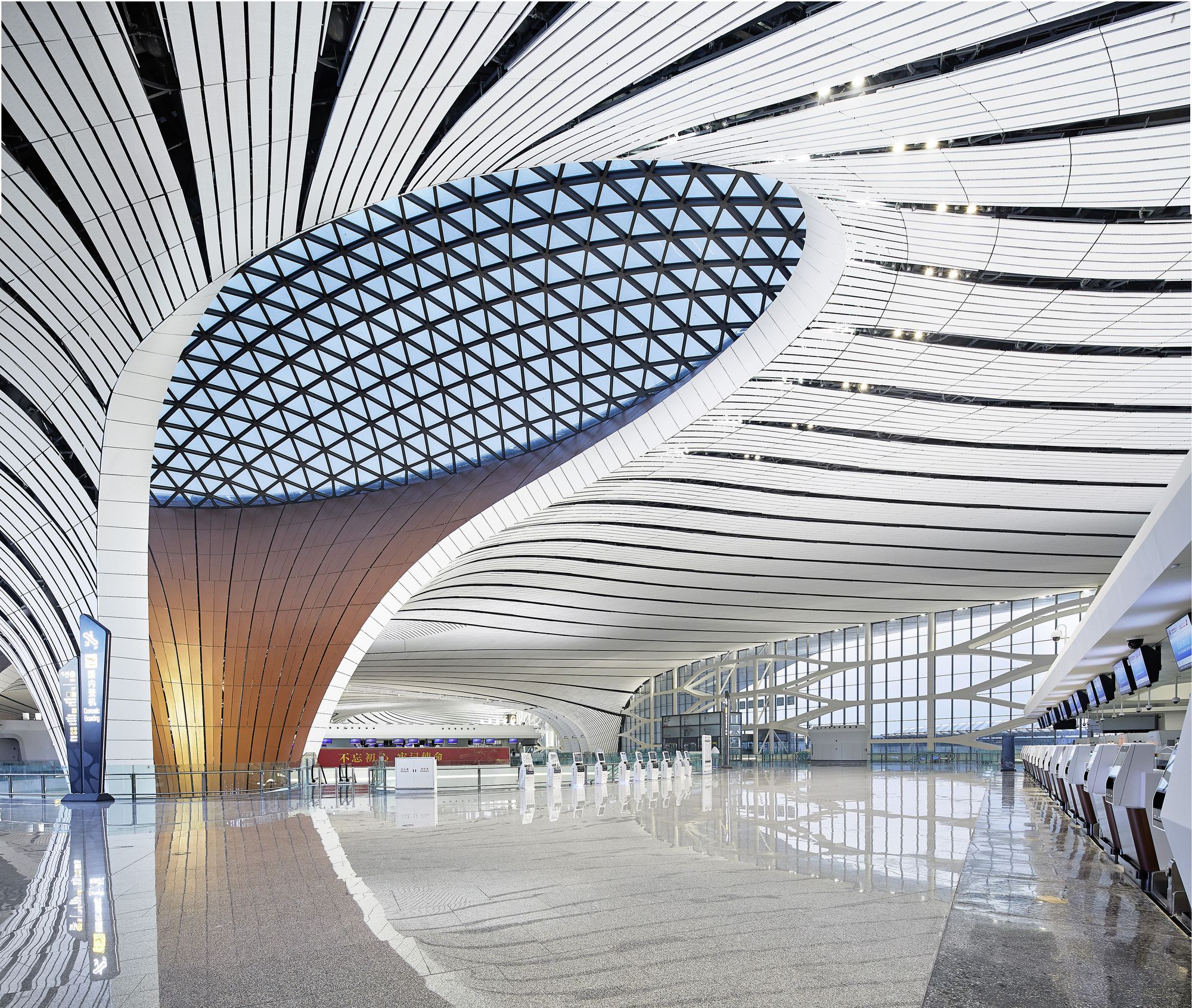
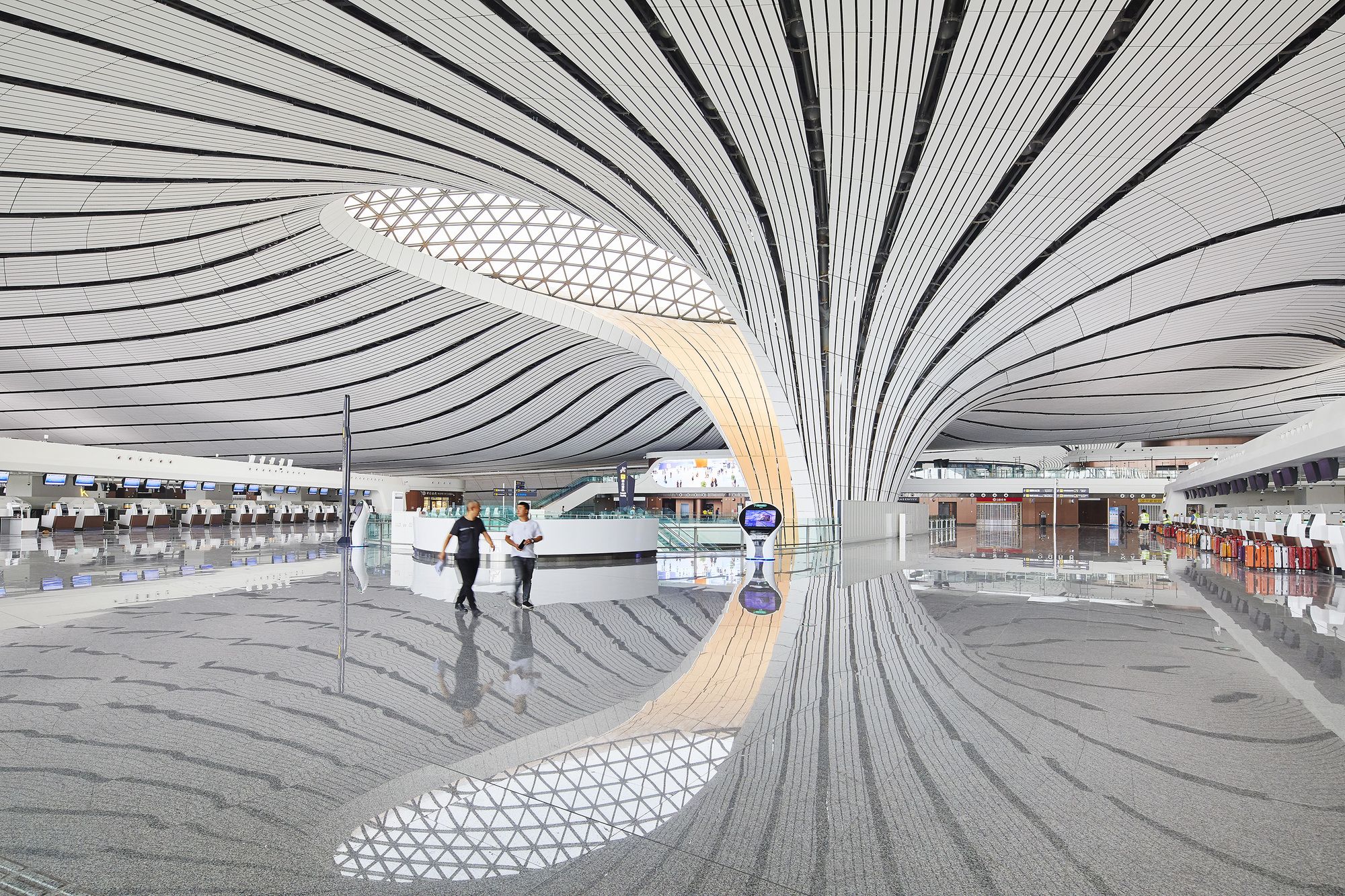
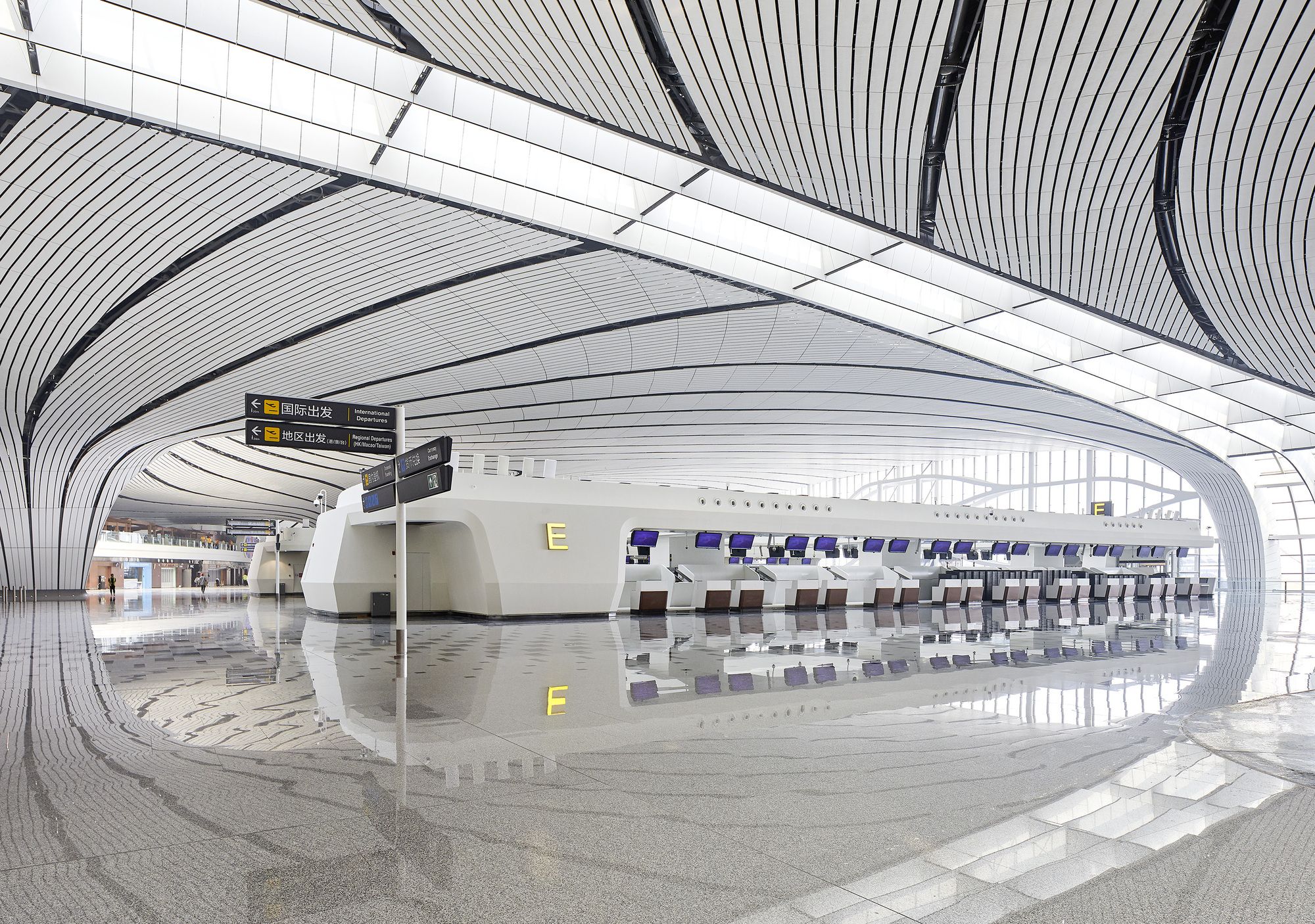
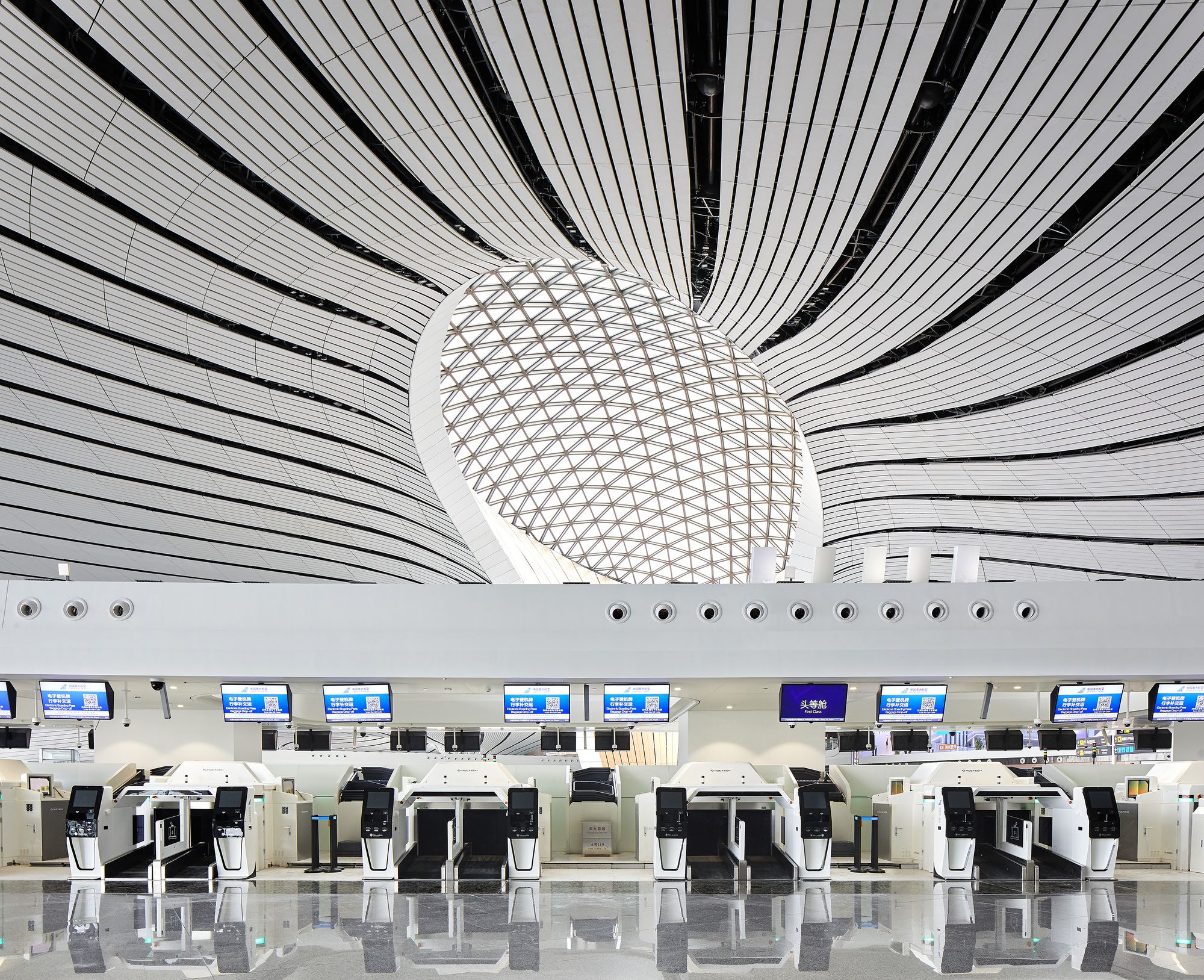
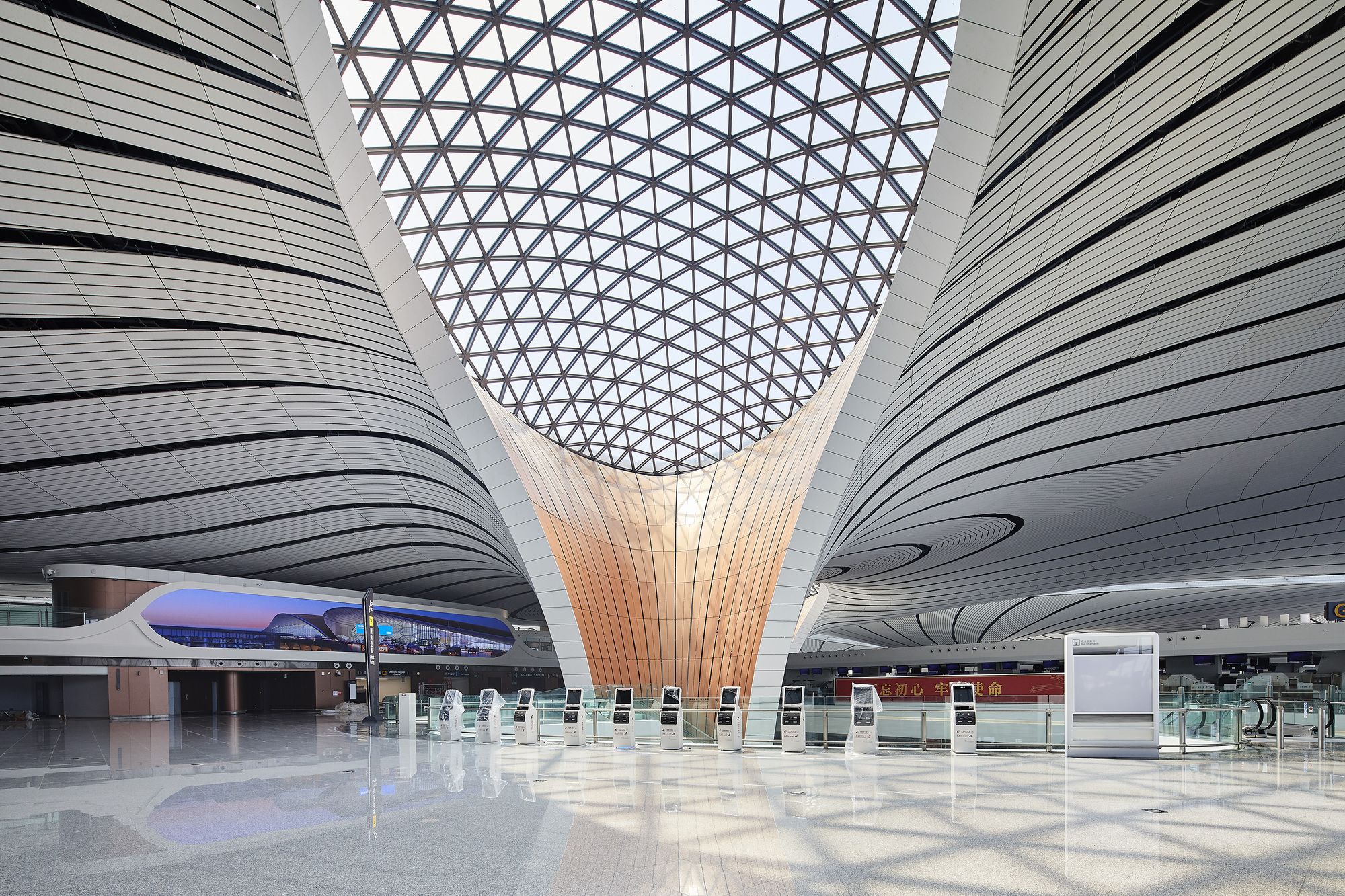
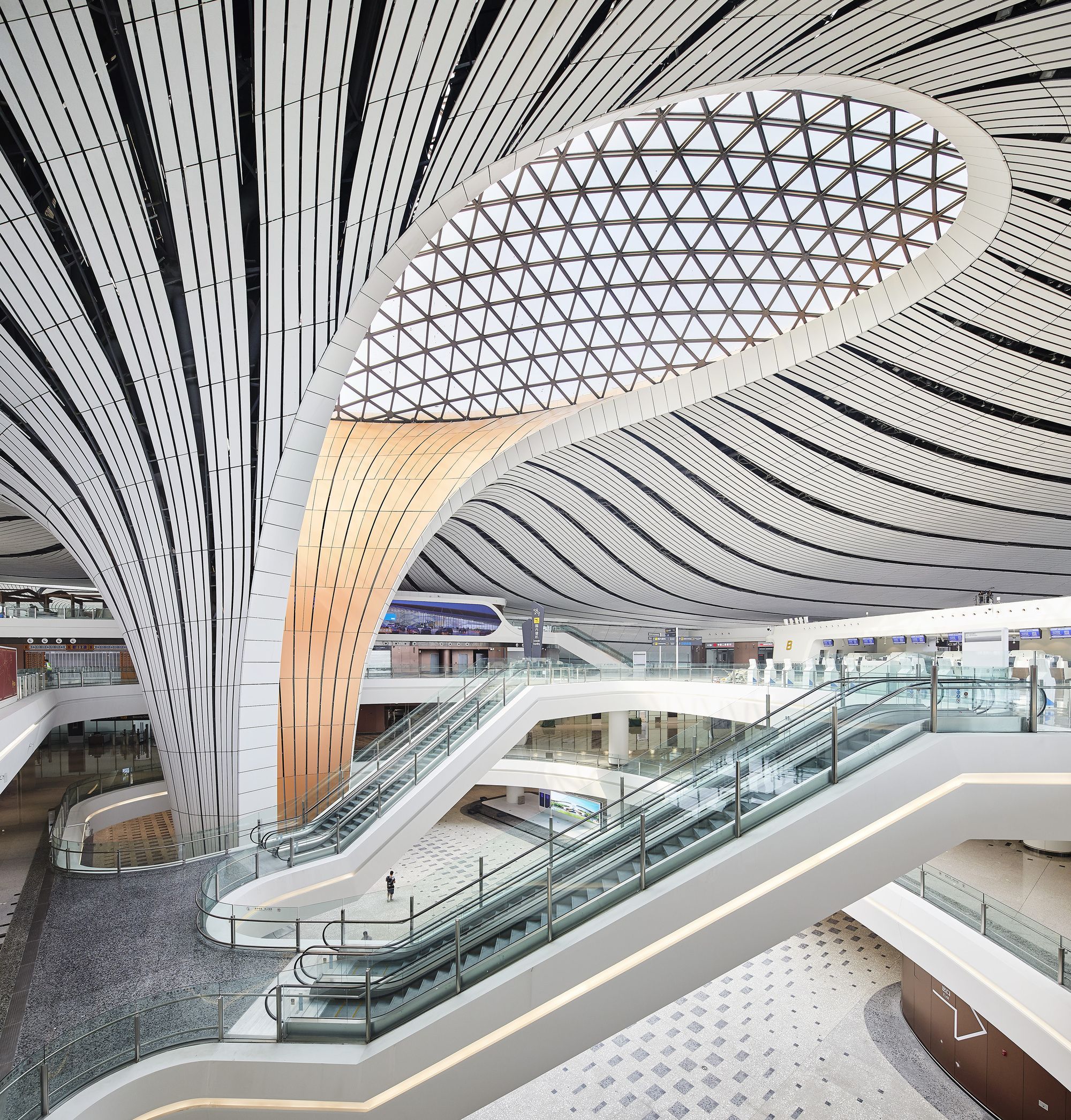
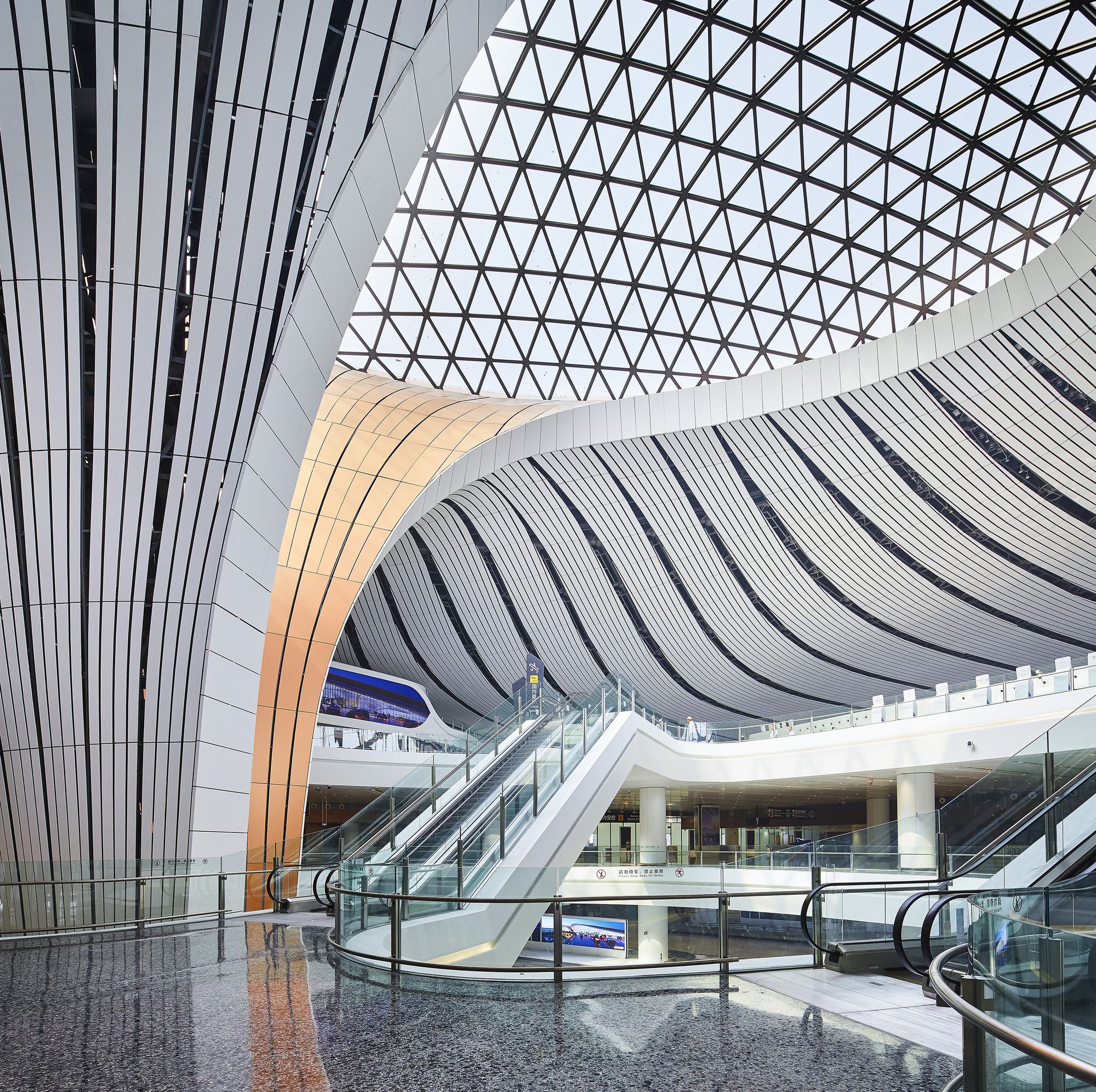
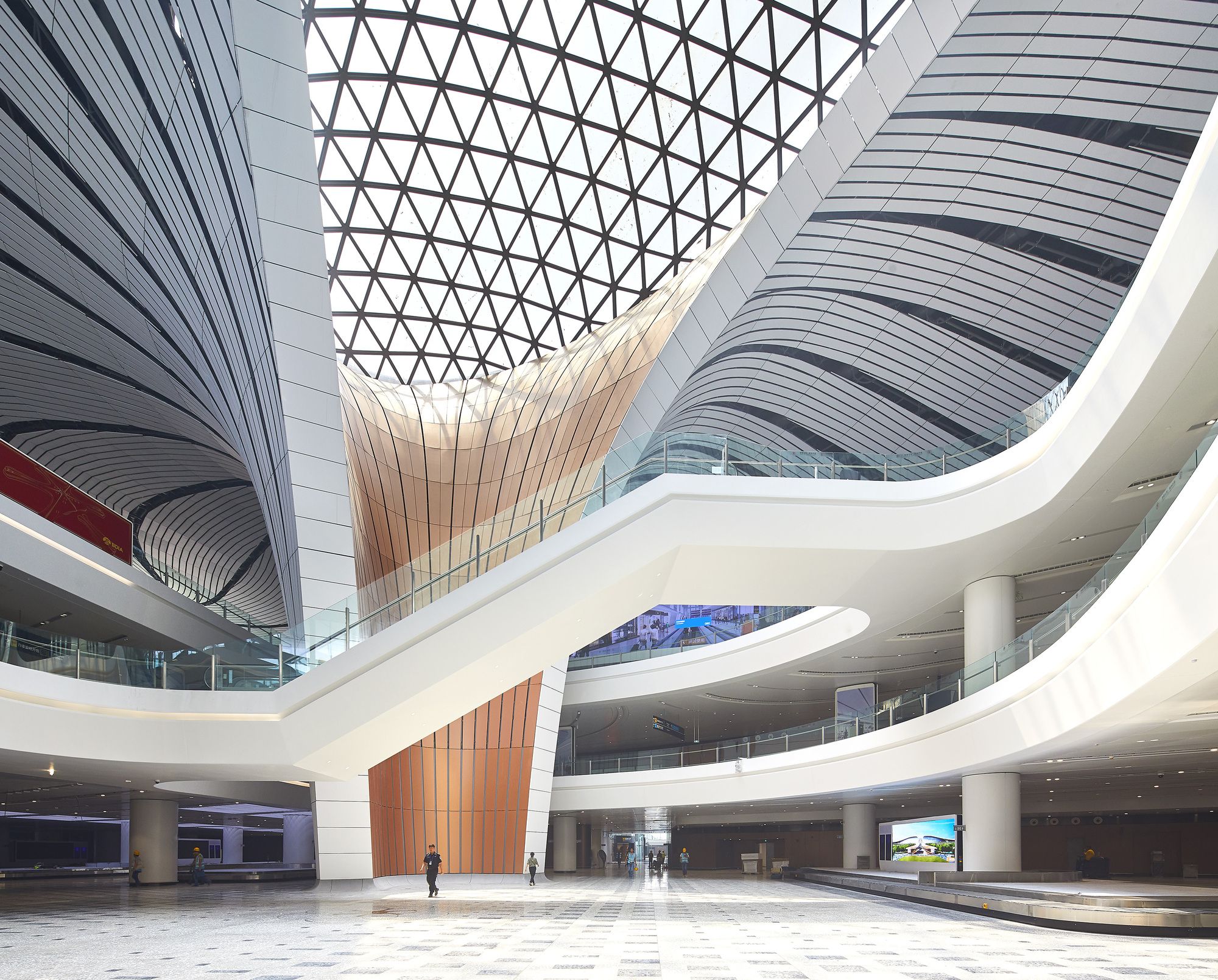
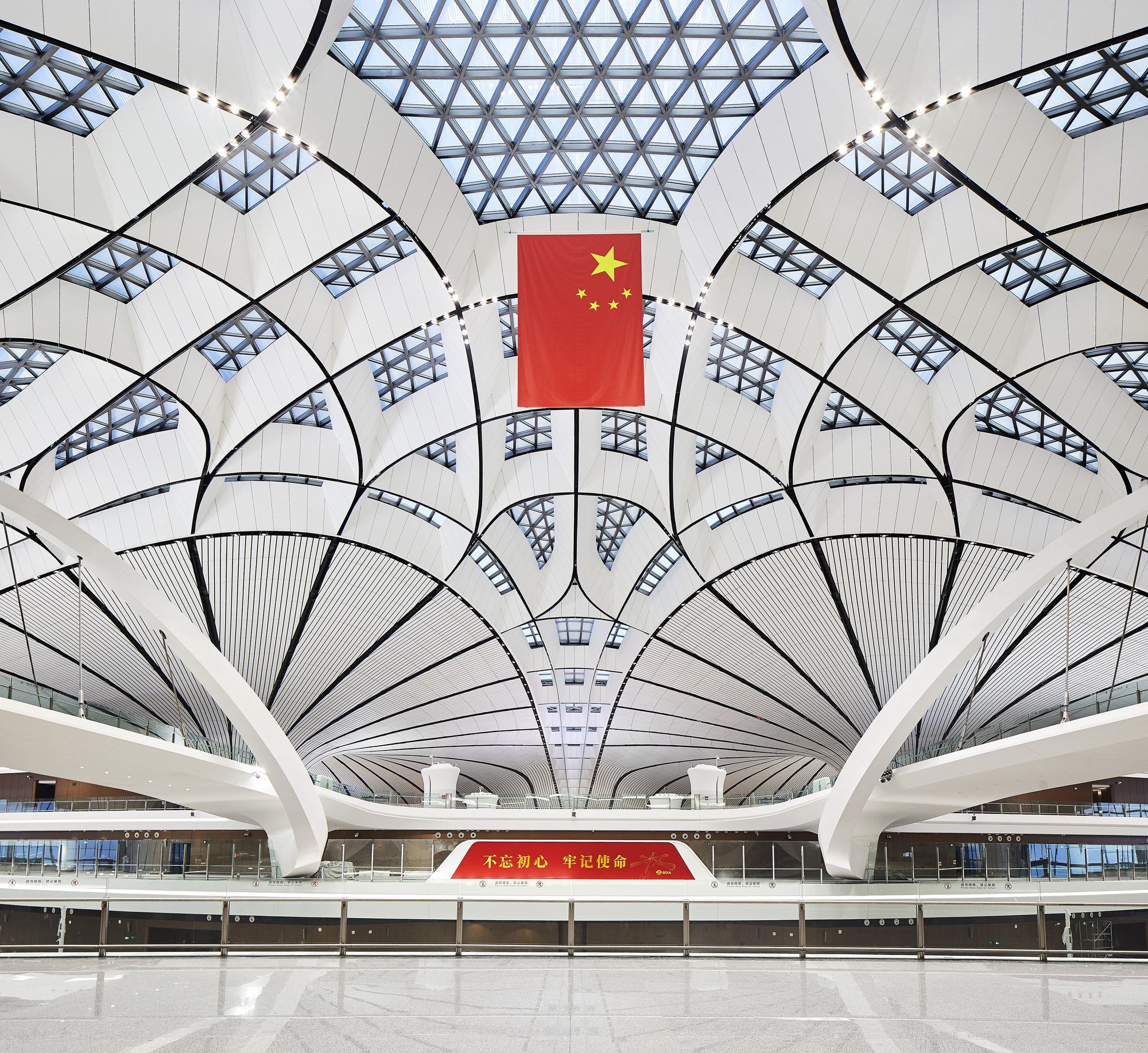
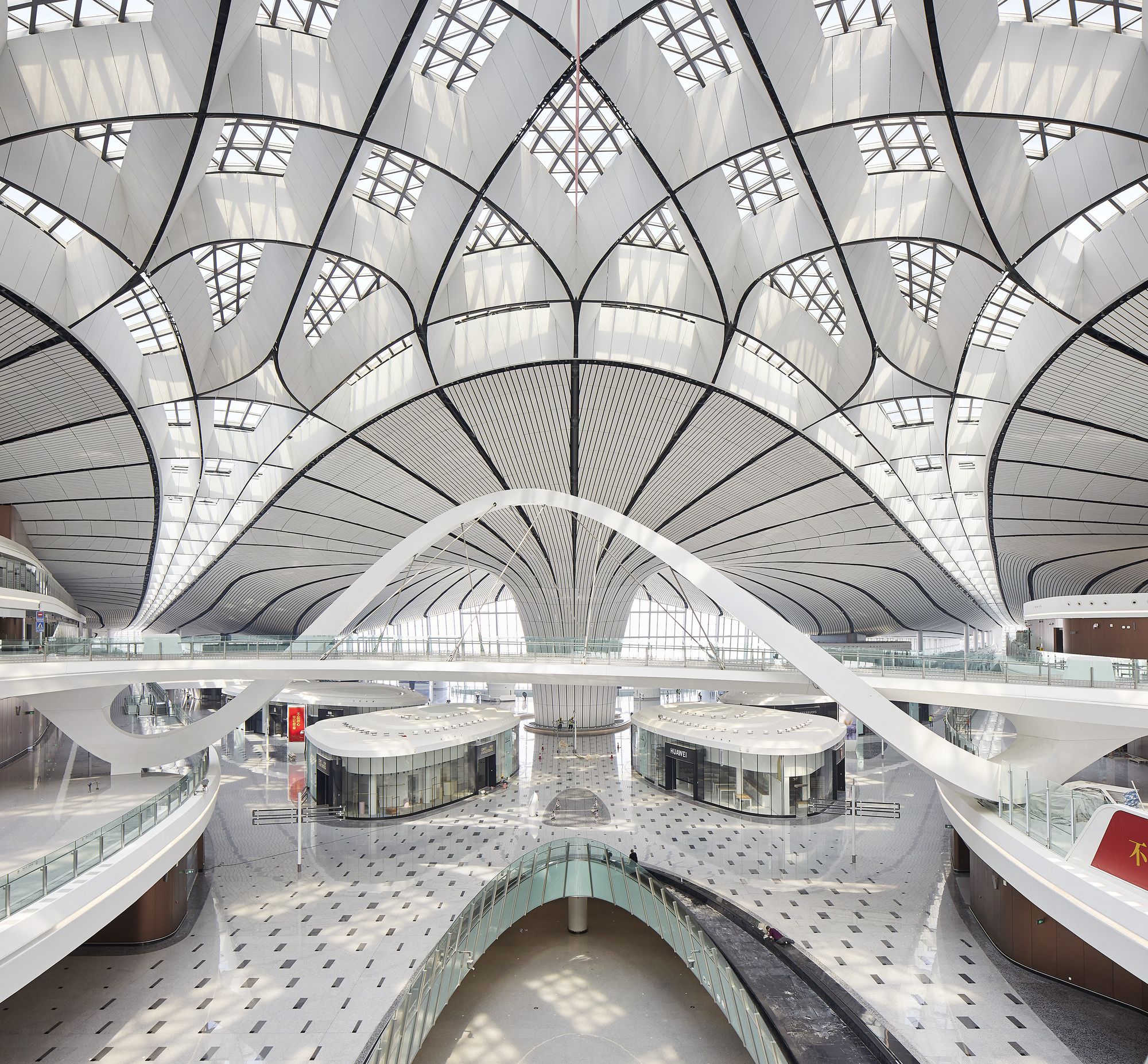
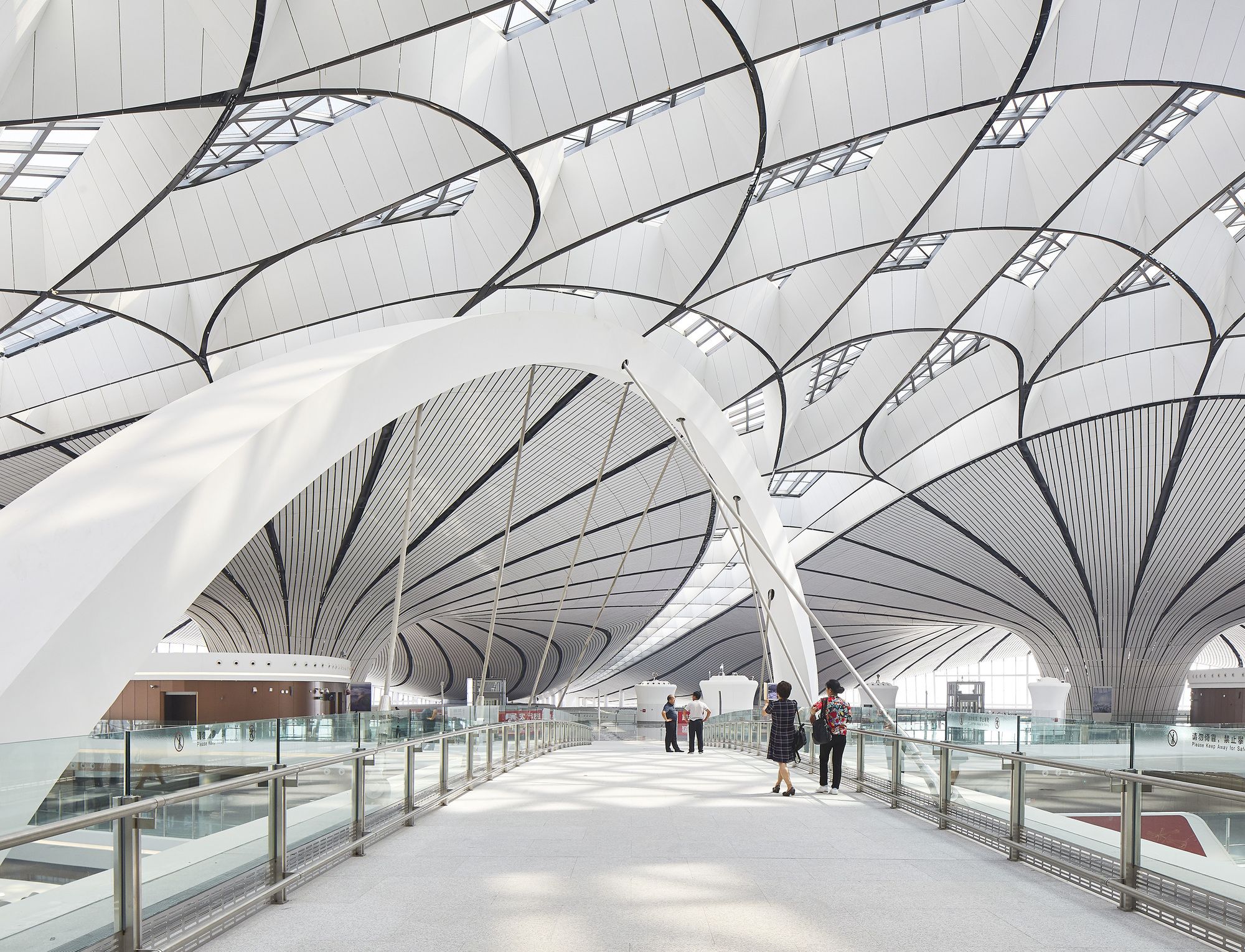
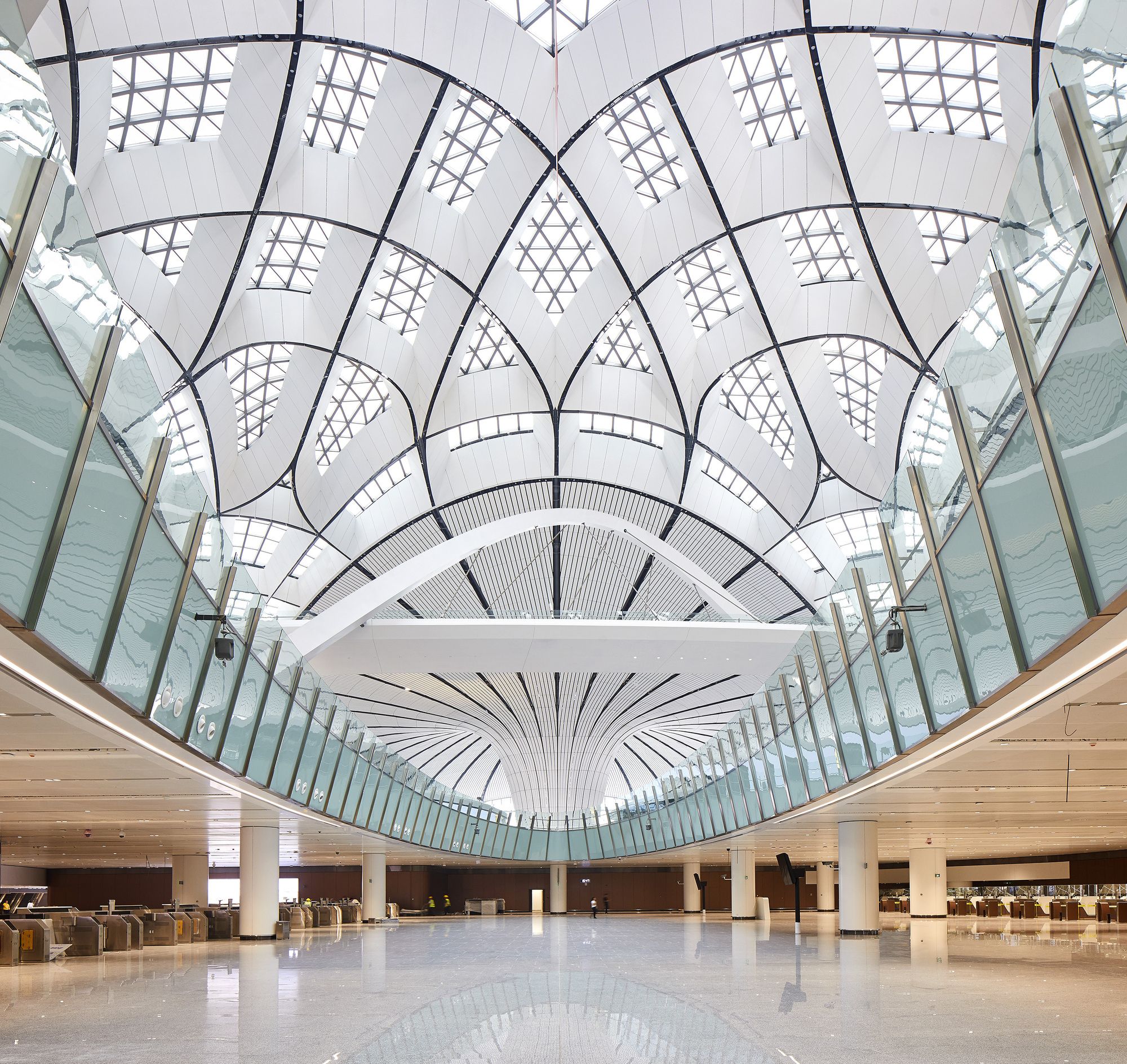
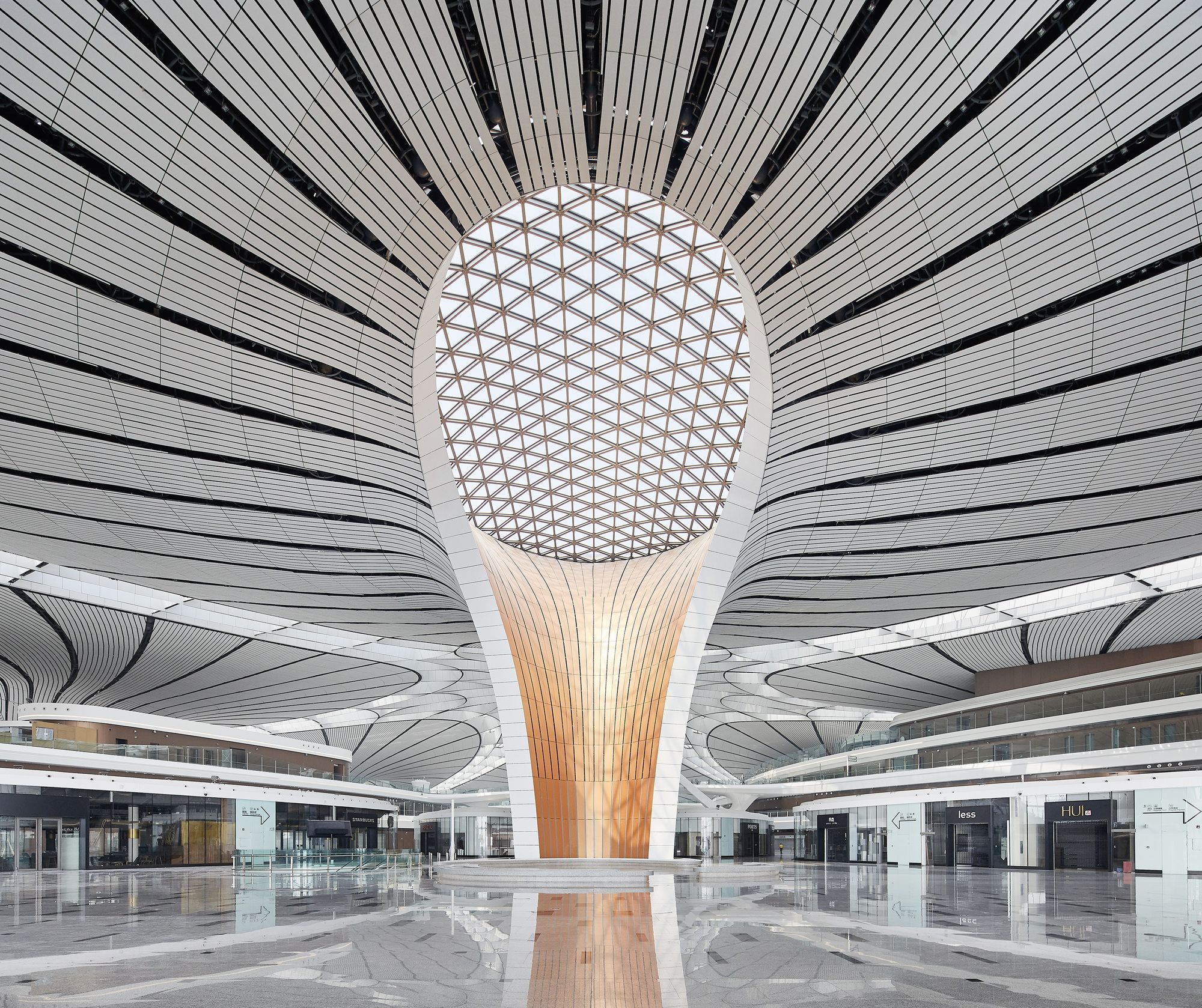
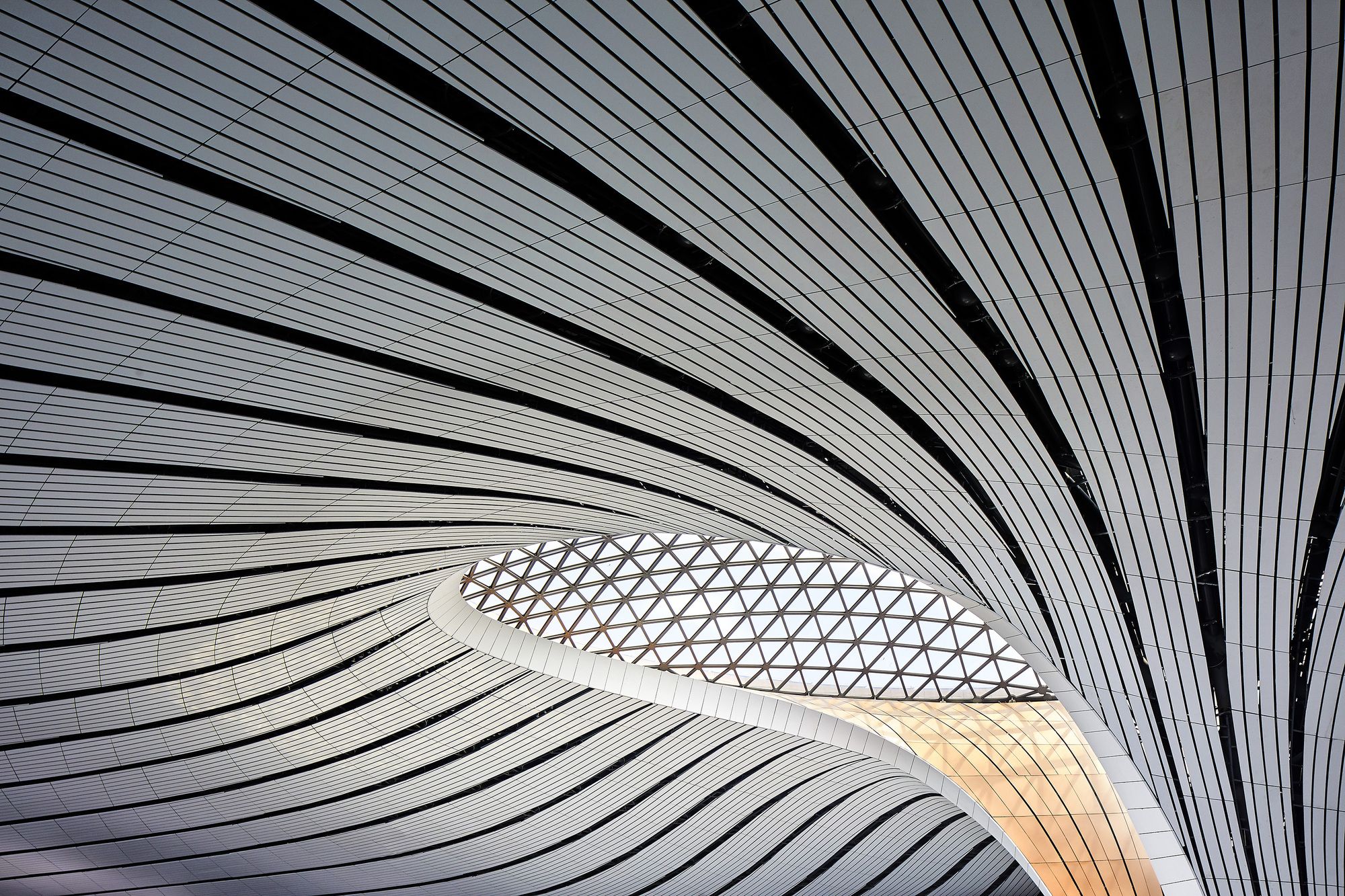
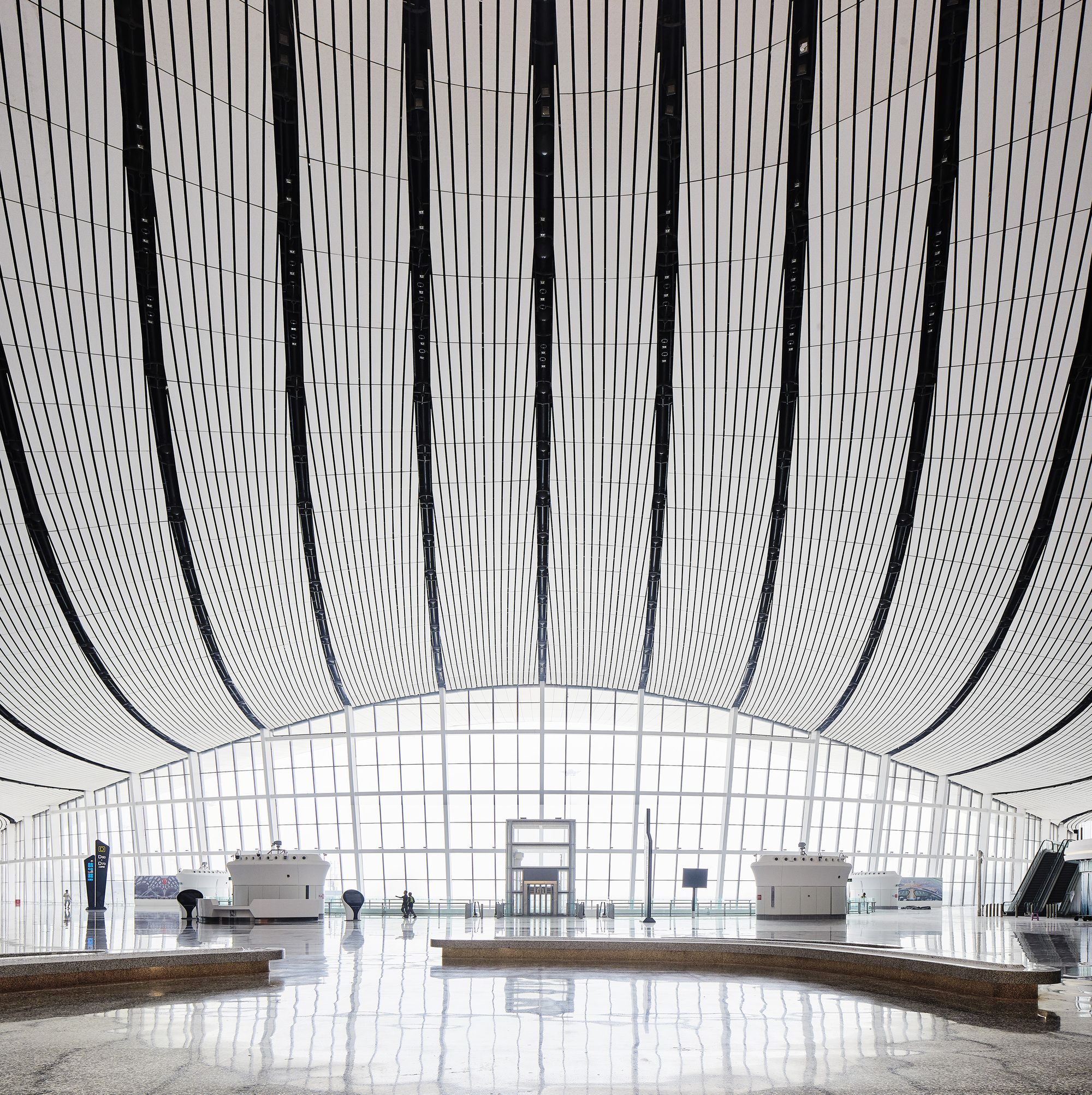
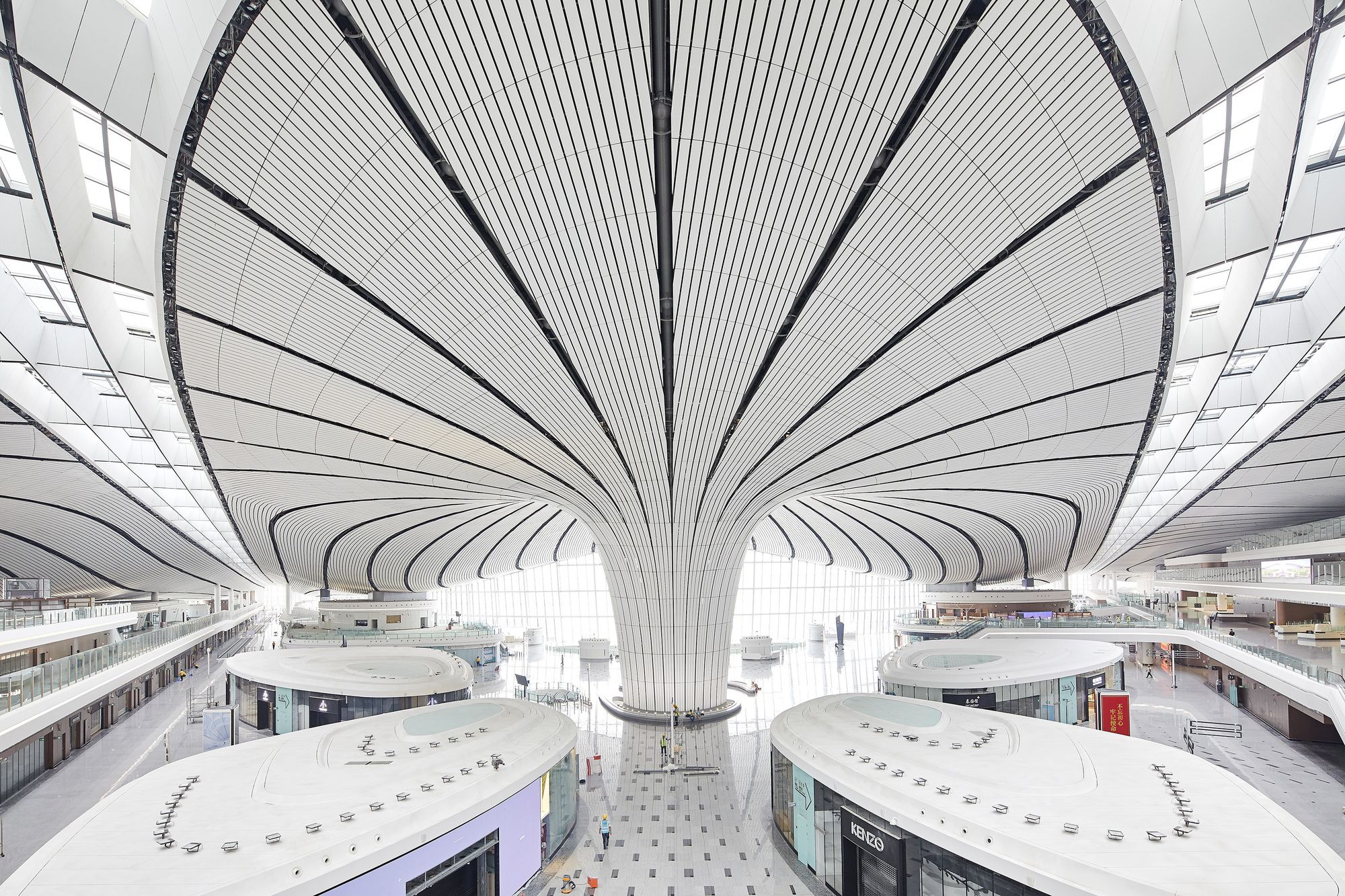
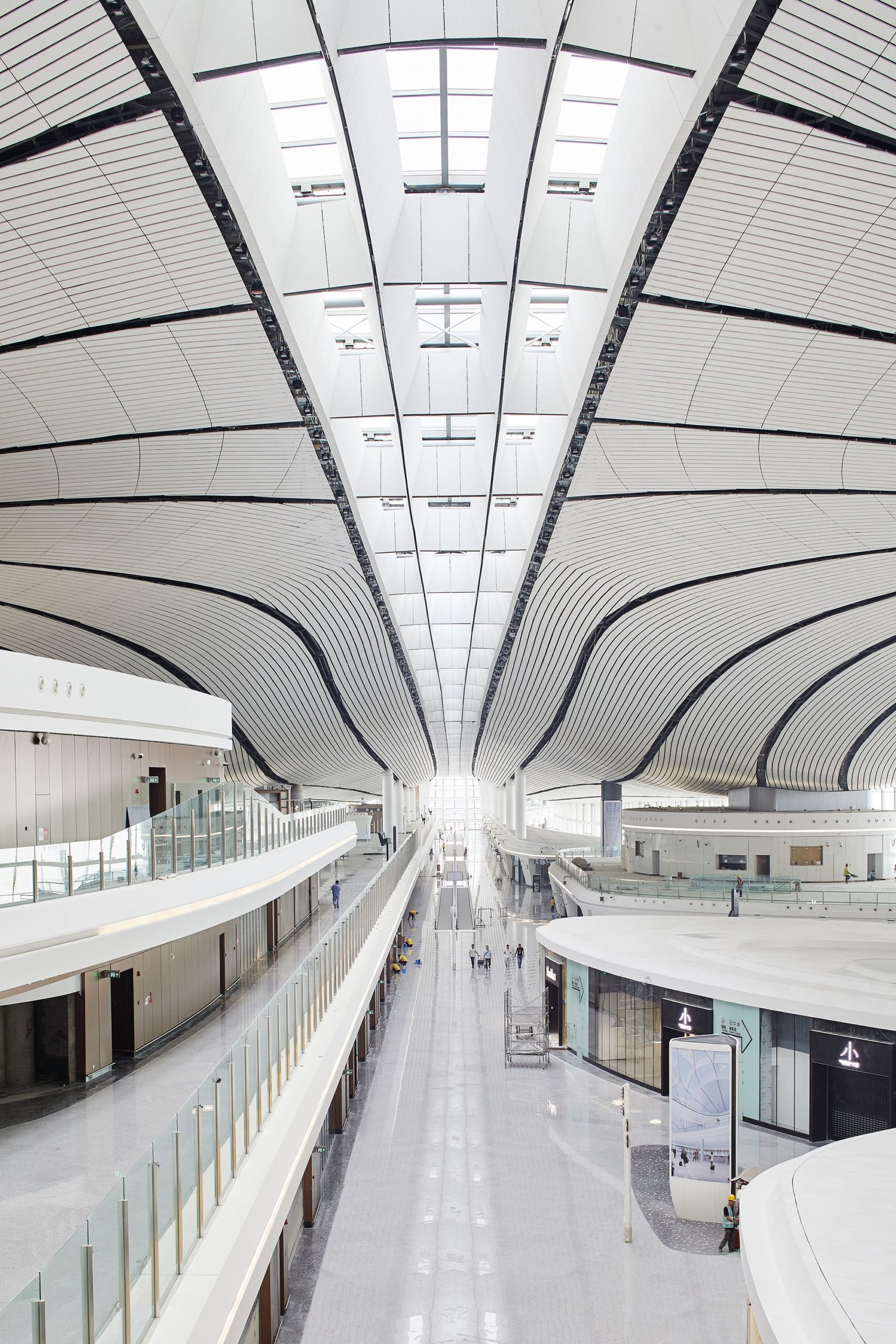
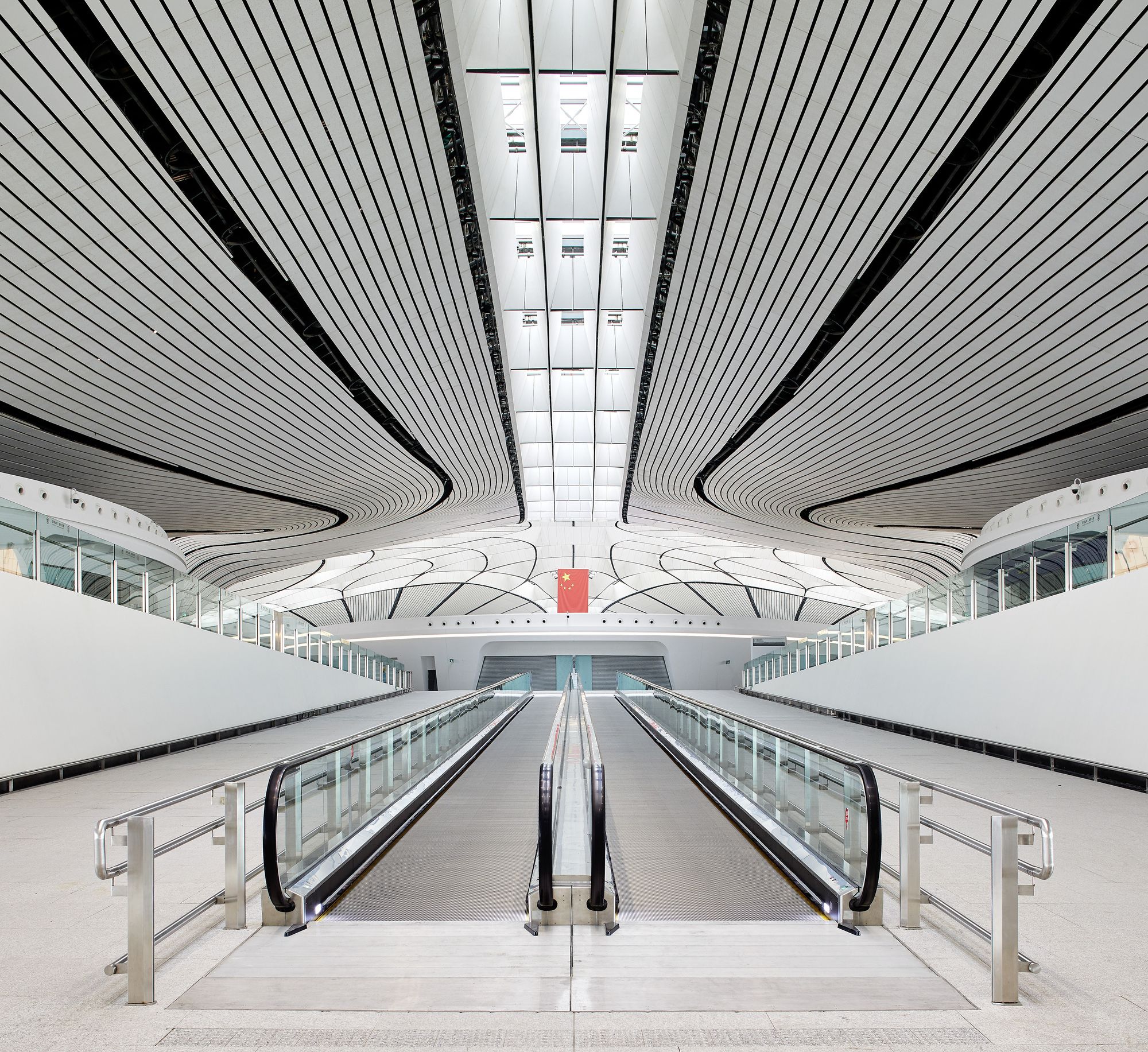
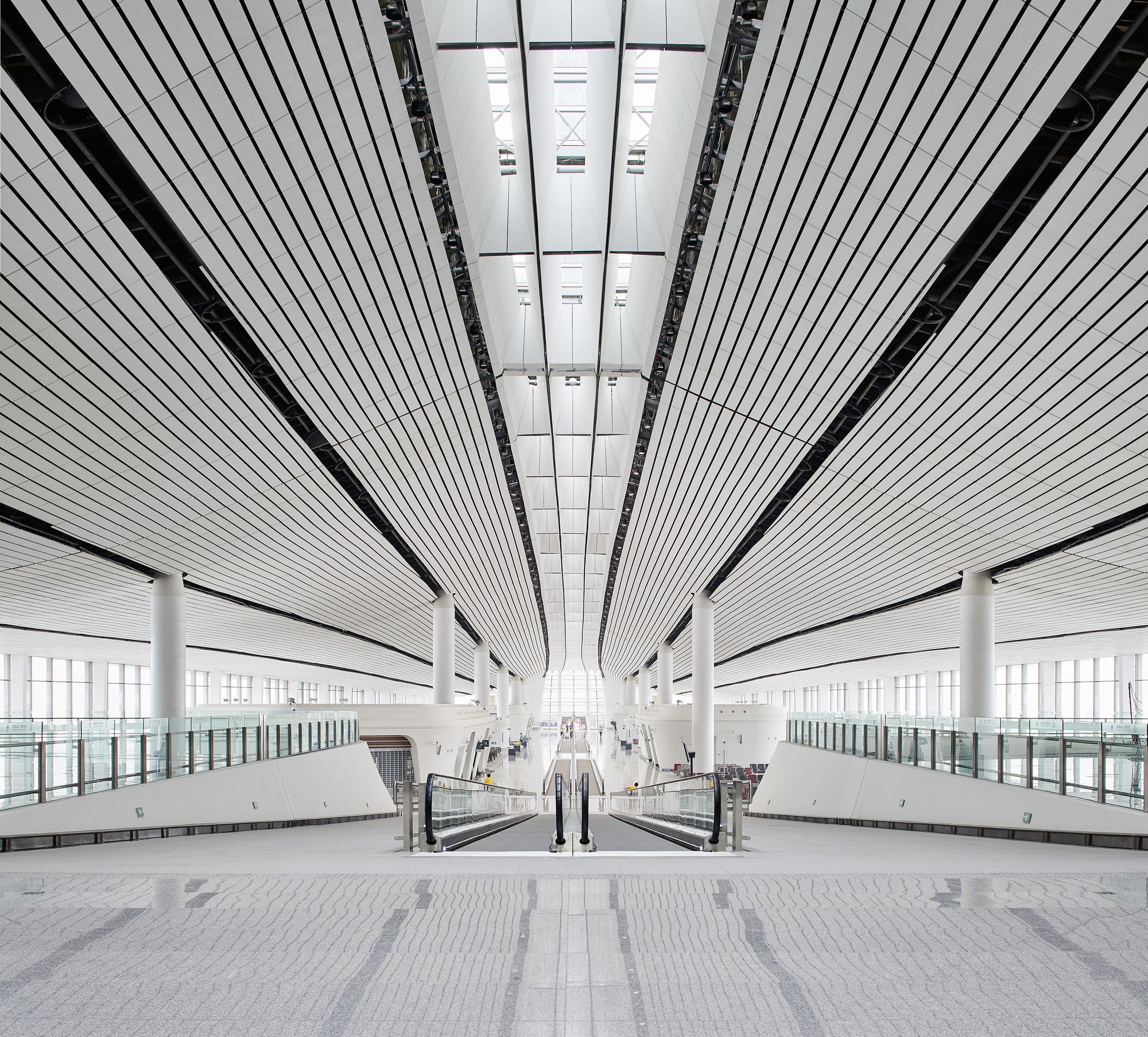
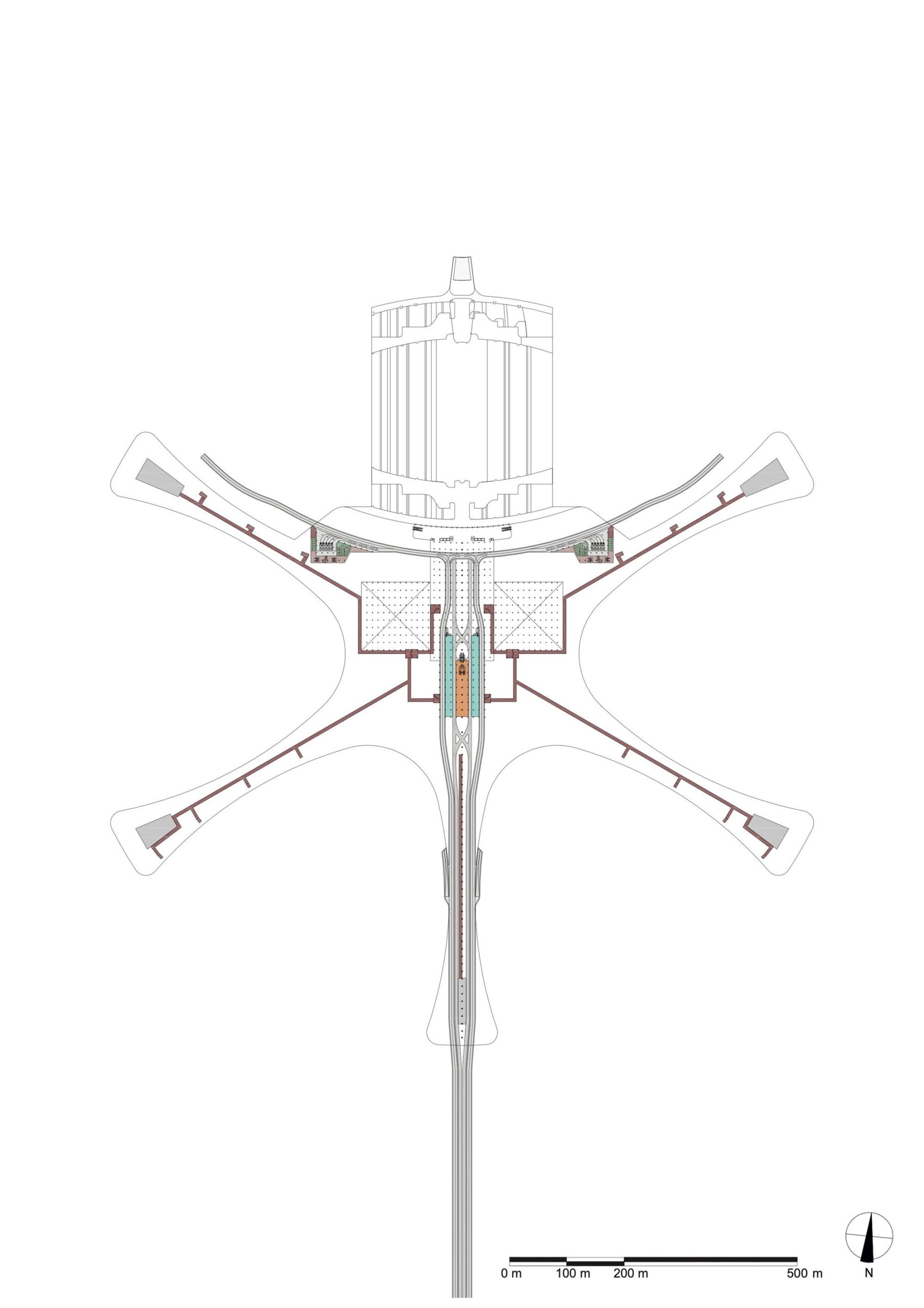
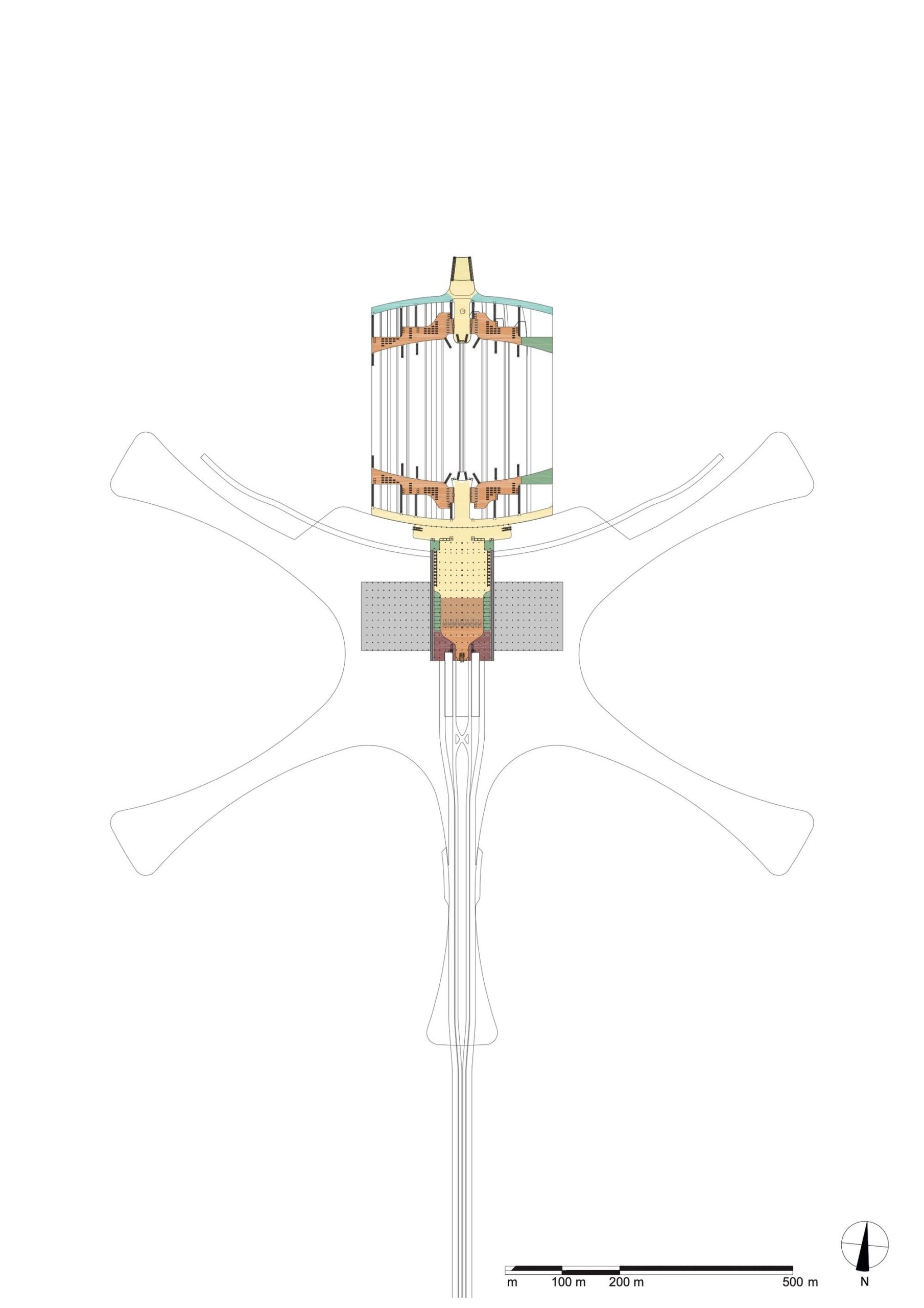
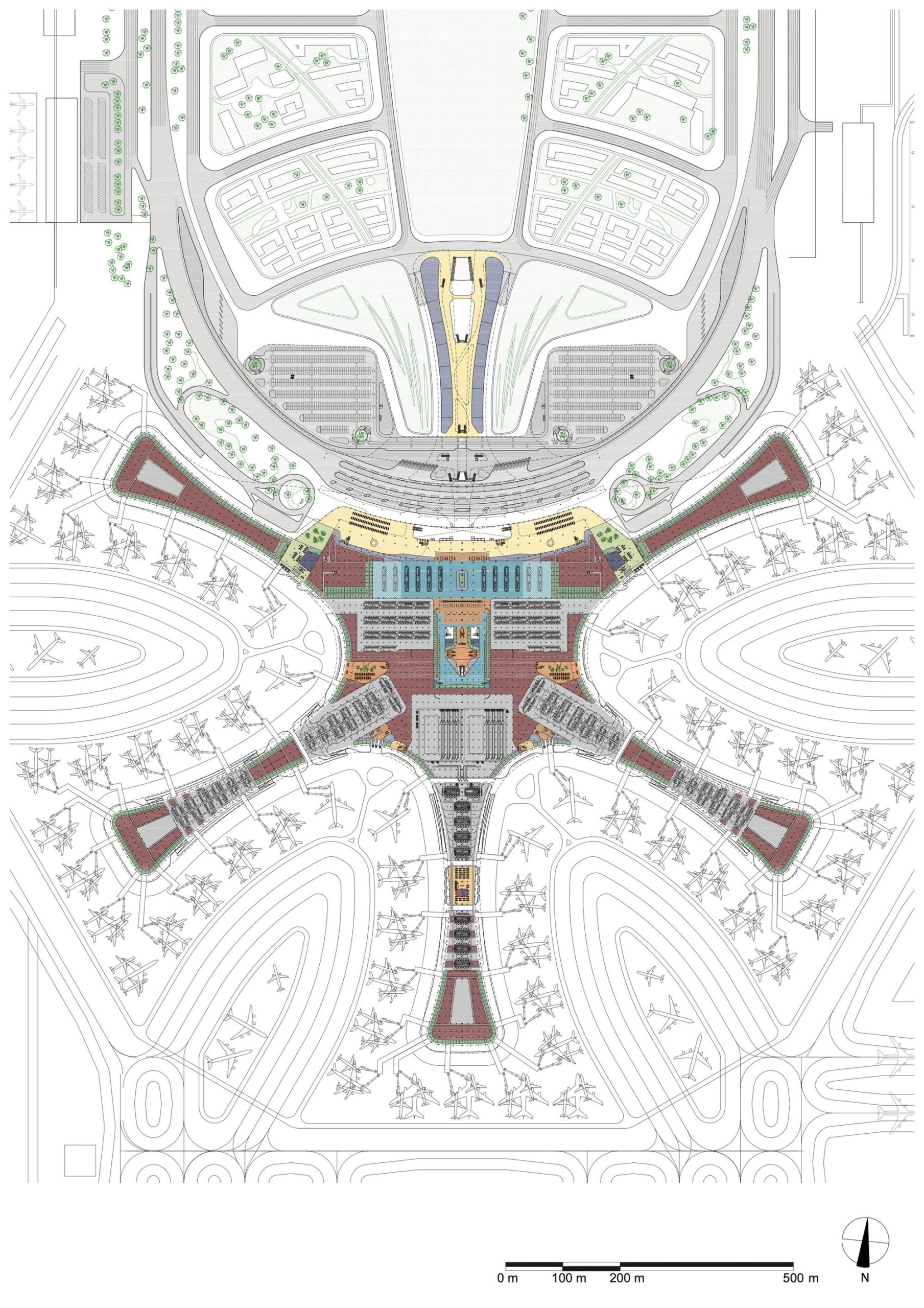
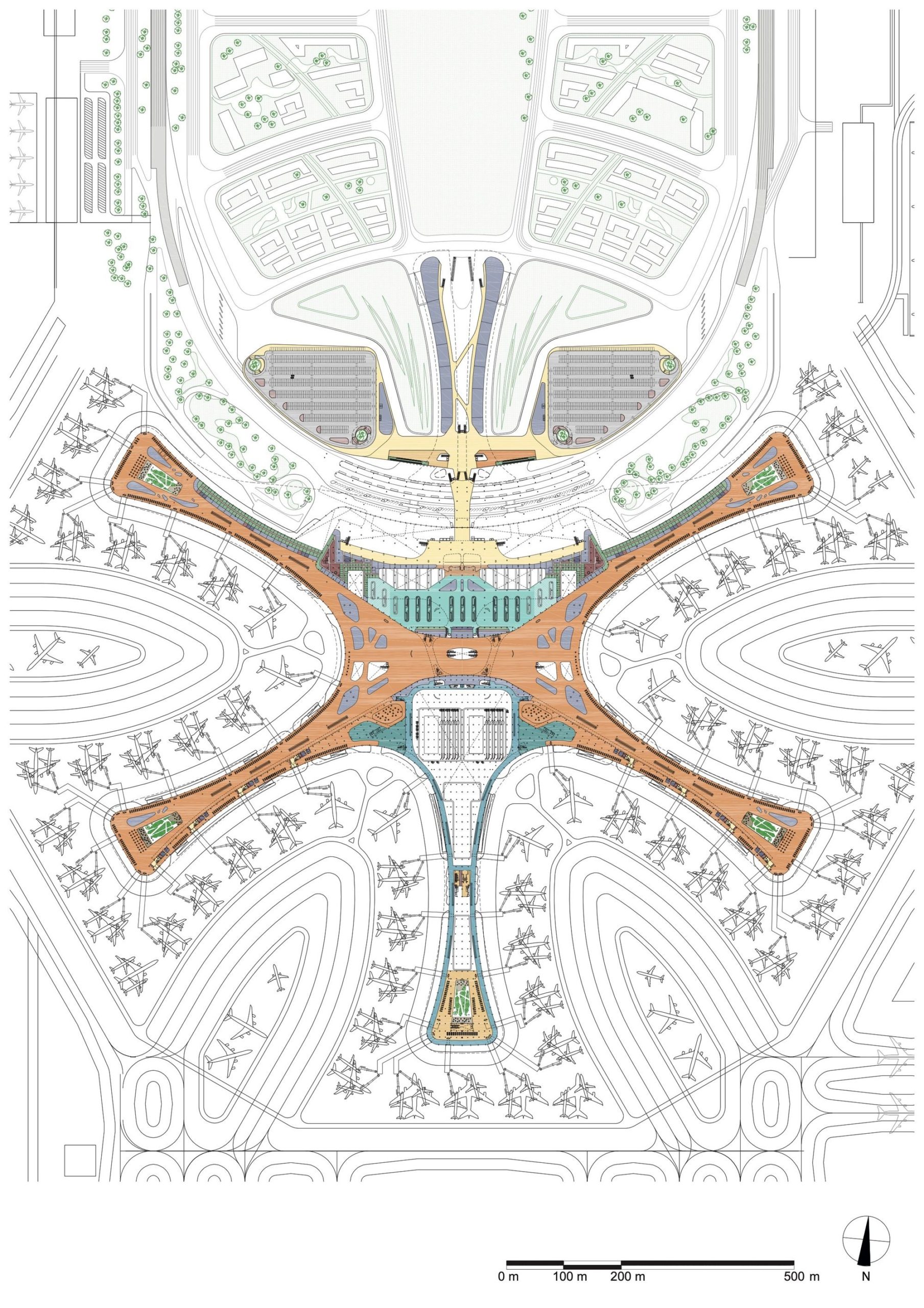
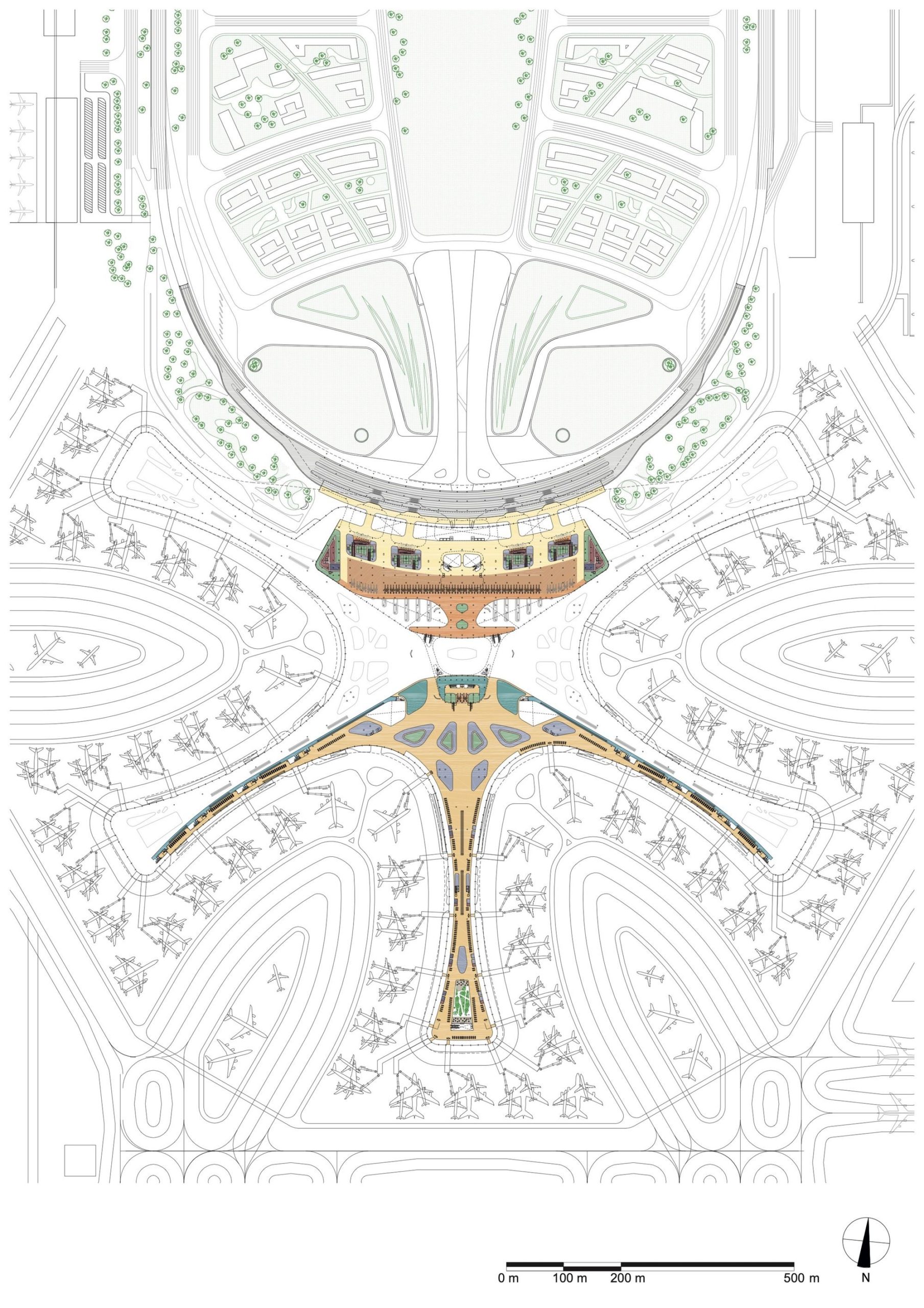
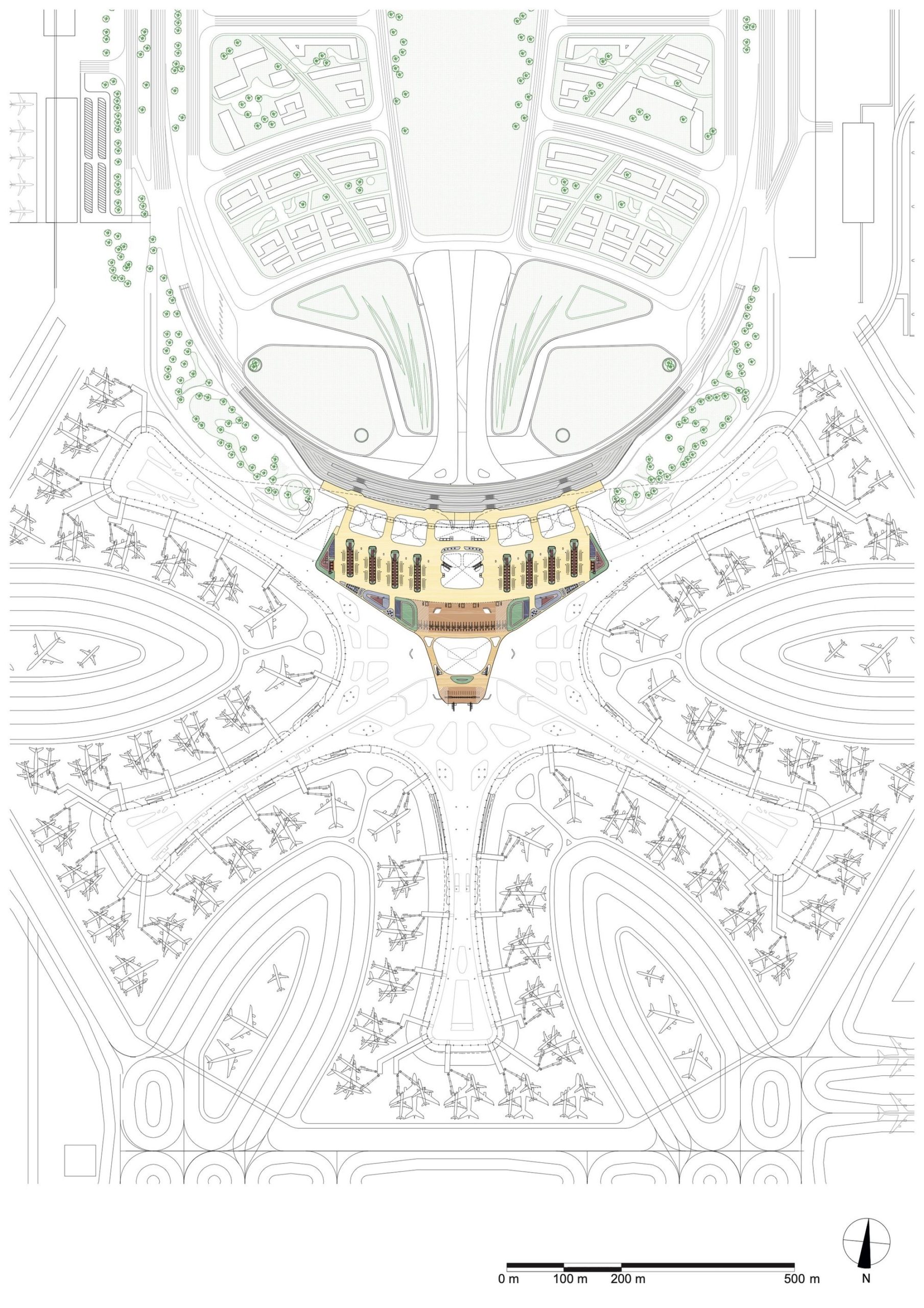
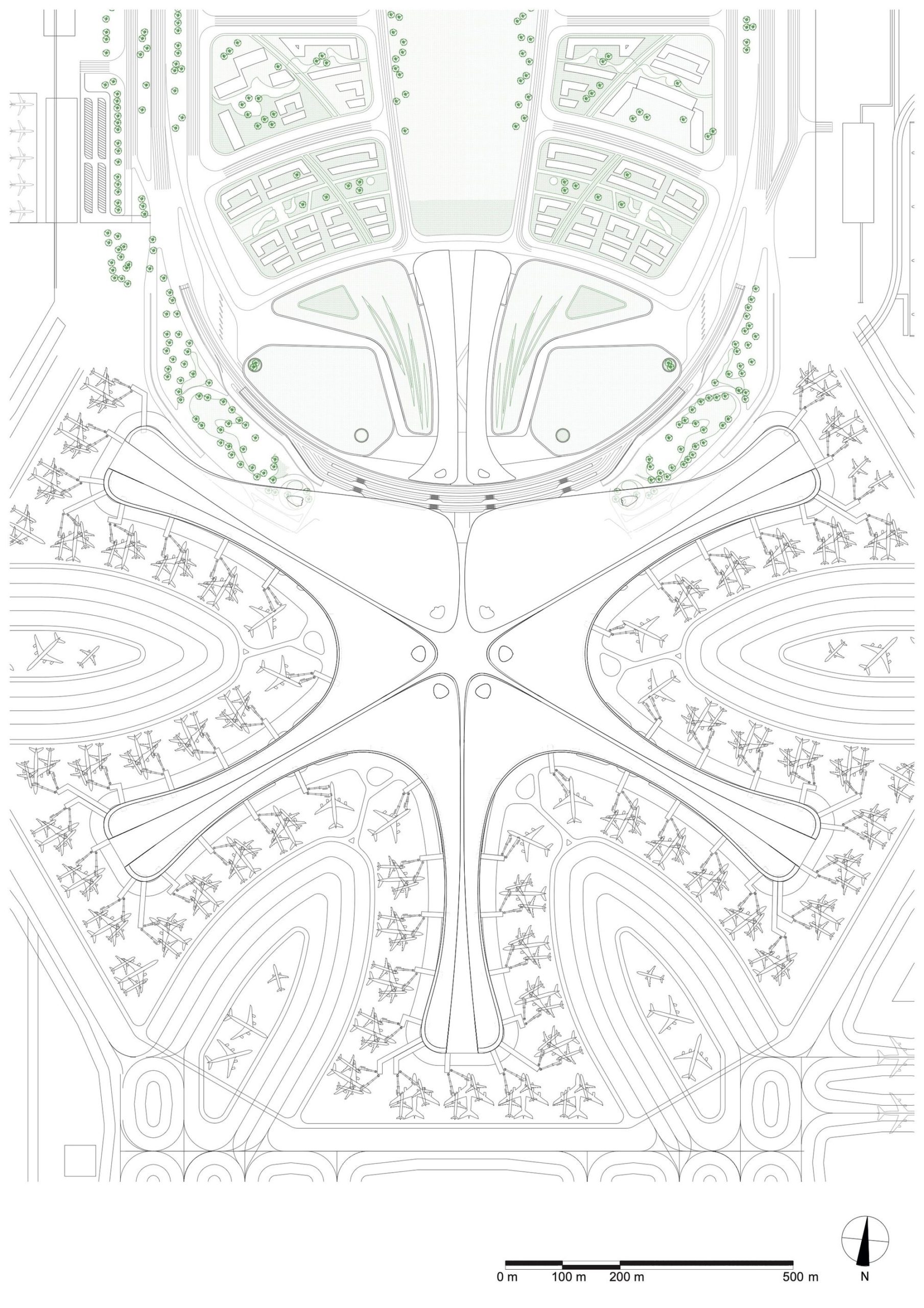
Denver International Airport is already known for being one of the boldest airports designed all over the world. The combination of sculptures, murals, and the bold design of the airport itself turned it into a cultural icon, not only for the county of Denver, but in the state of Colorado in general. Therefore, it is quite bold of the Spanish architect Santiago Calatrava and Denver officials to take it upon themselves to handle the remake of the “Denver International Airport’s South Terminal.” The design they envisioned is supposed to compliment Denver International Airport’s status as a cultural icon of the American west. Designing the expansion aims to enhance the efficiency of the airport and resemble interconnectedness as one of the most important transportation hubs in the west. Since DIA is already known for combining the bizarre, bold, and beautiful, DIA’s South Expansion combines the artistic and the efficient. It shows that all that is efficient needs not to be dull, but rather intriguing. It is a magnificent white structure that blends in gracefully with the snowy mountains of Colorado. The design is not only flexible when it comes to its surroundings, but also it will accommodate 35% more passengers through the airport every year.
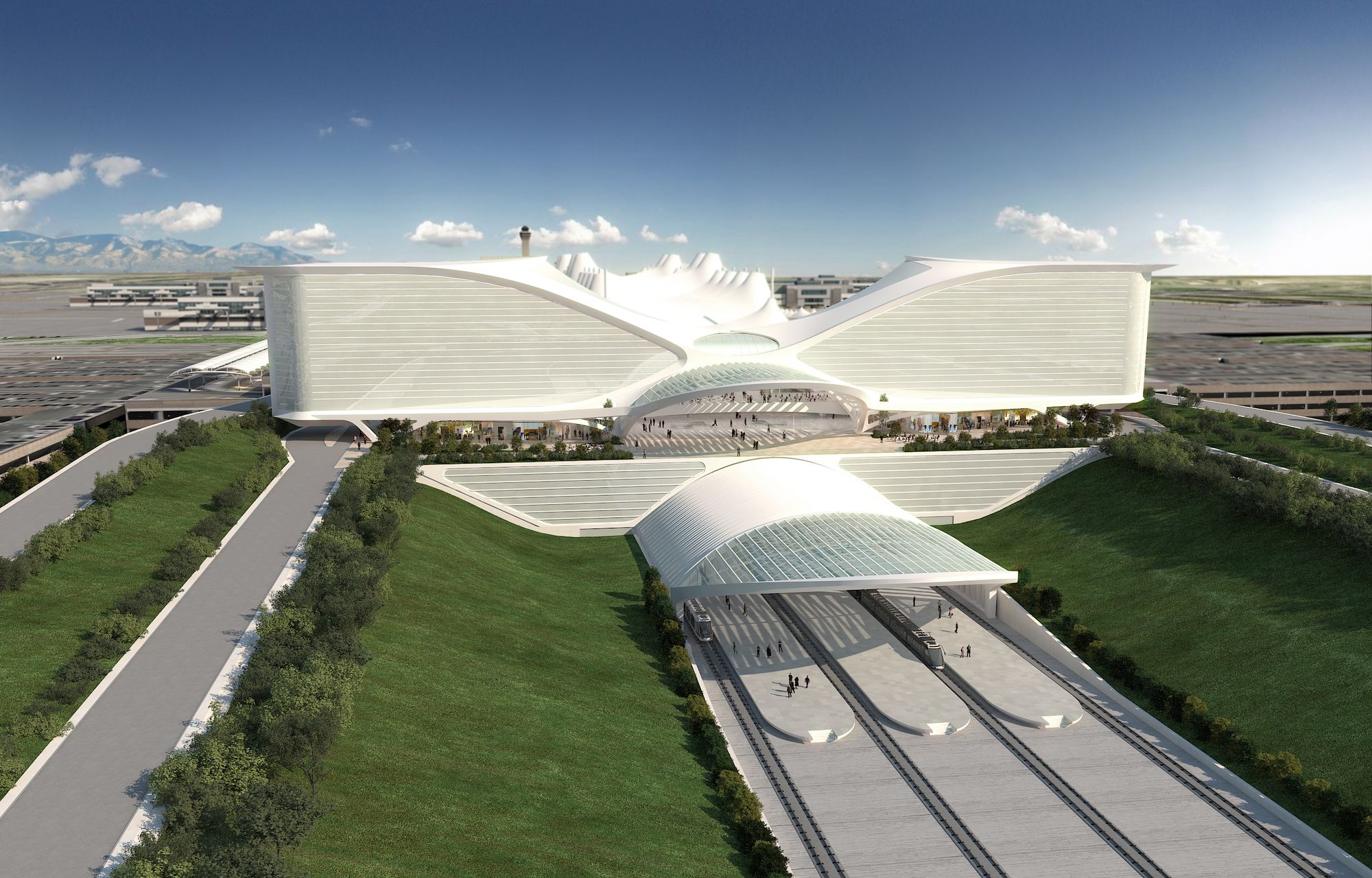
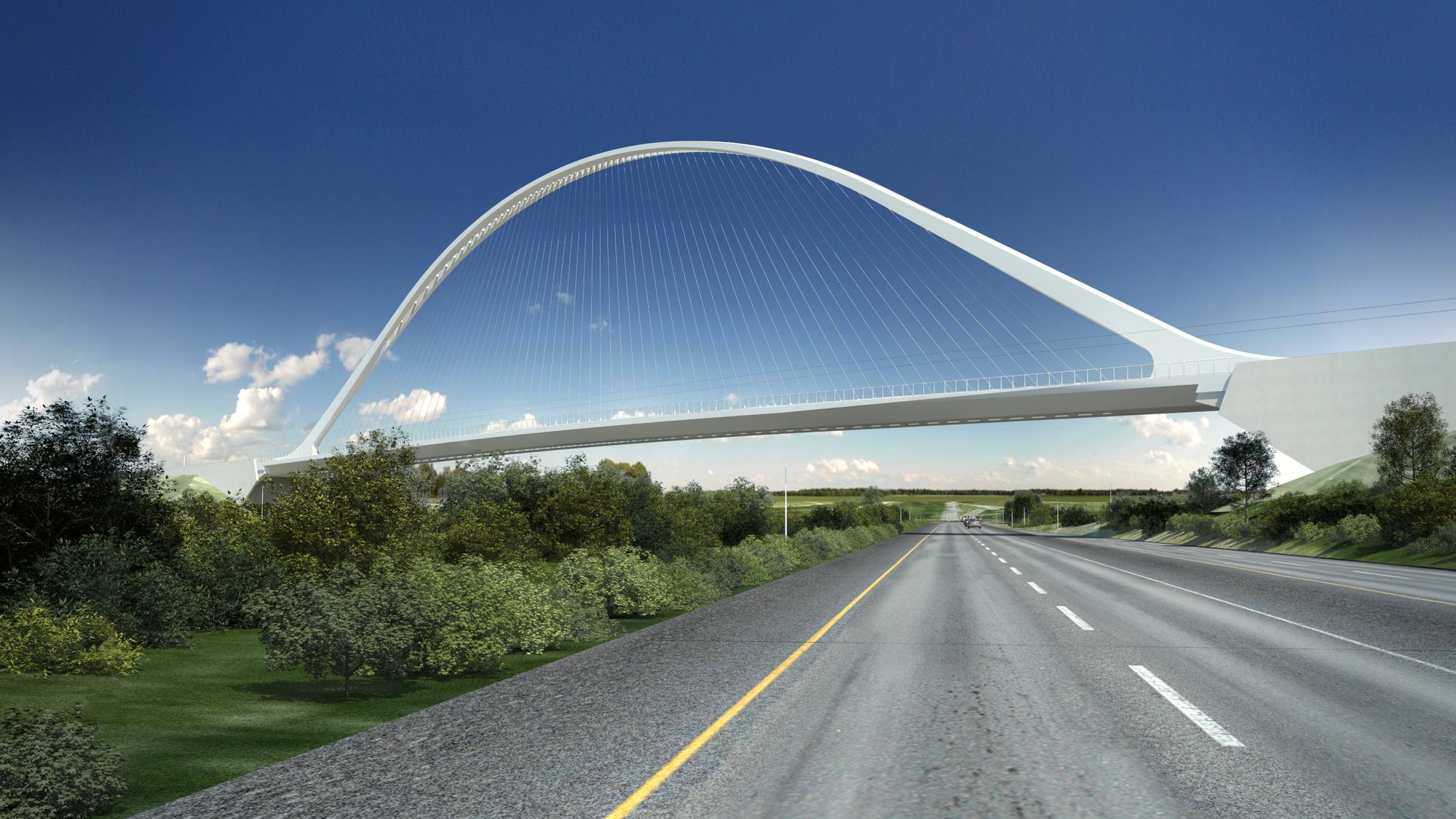
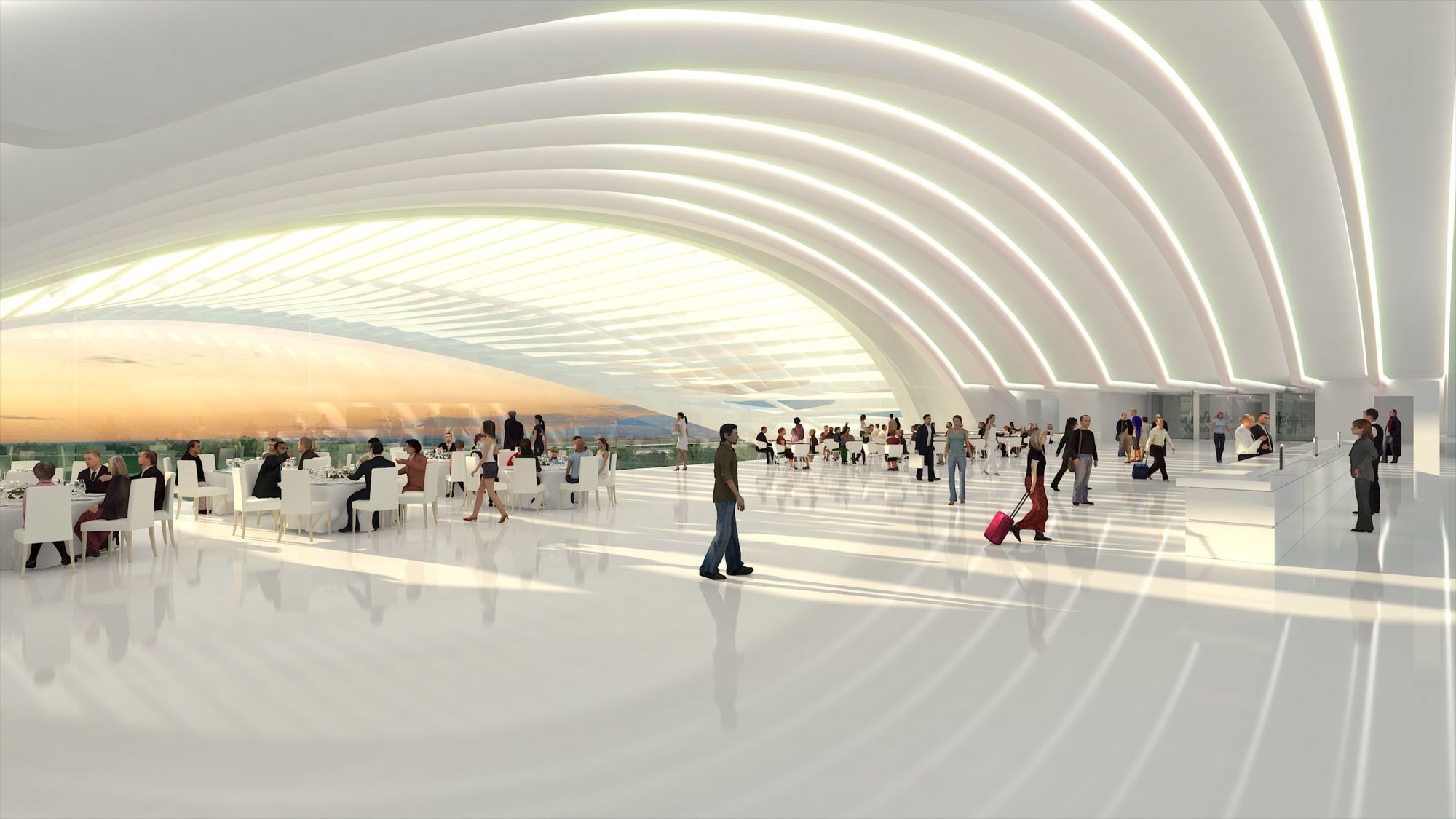
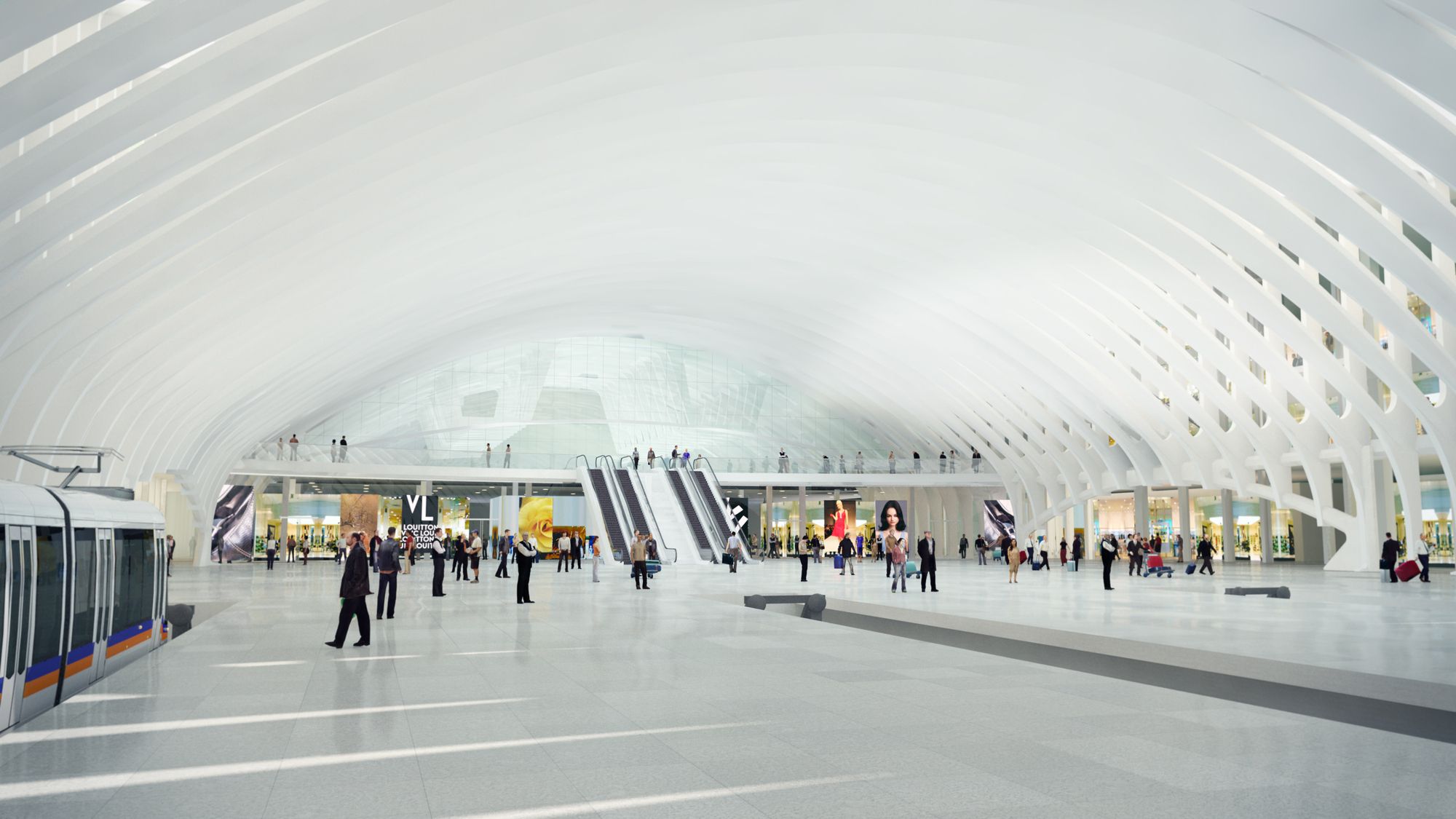
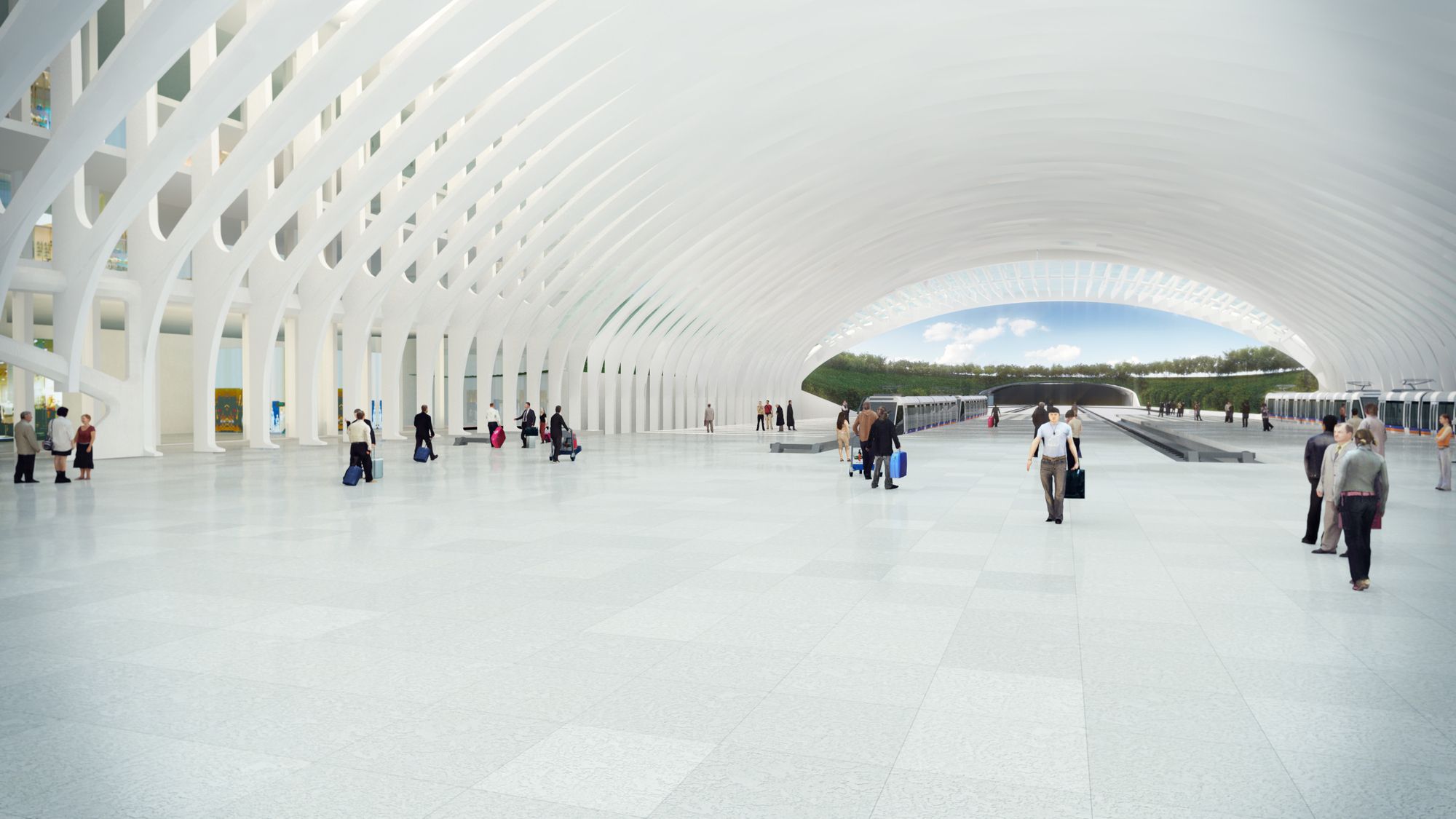
Autoban, the Istanbul-based studio, was able to deliver an Azerbaijani-flavoured airport that is quite efficient and modern at the same time. The design they opted for is flexible and hospitable, making it characteristic of the Azerbaijaini culture. The studio’s focus was to turn the impersonal nature of airports into something that echoes the Azerbaijaini hospitality. The vast main hall was divided into smaller halls that host several amenities such as cafes and restaurants where people can meet and interact and feel comfortable at that. While envisioning the design of Heydar Aliyev, Autoban sought the most flexible material that could be twisted and employed to deliver the slick, triangular design. This led them to the use of Dekton to supply the material for the project as they were the hardest, yet most flexible material. Autoban managed to merge between this futuristic design and the warmth of the Azerbaijaini culture. The final product is the warm, welcoming atmosphere that is far from the frigid, mechanical nature of most modern airports.
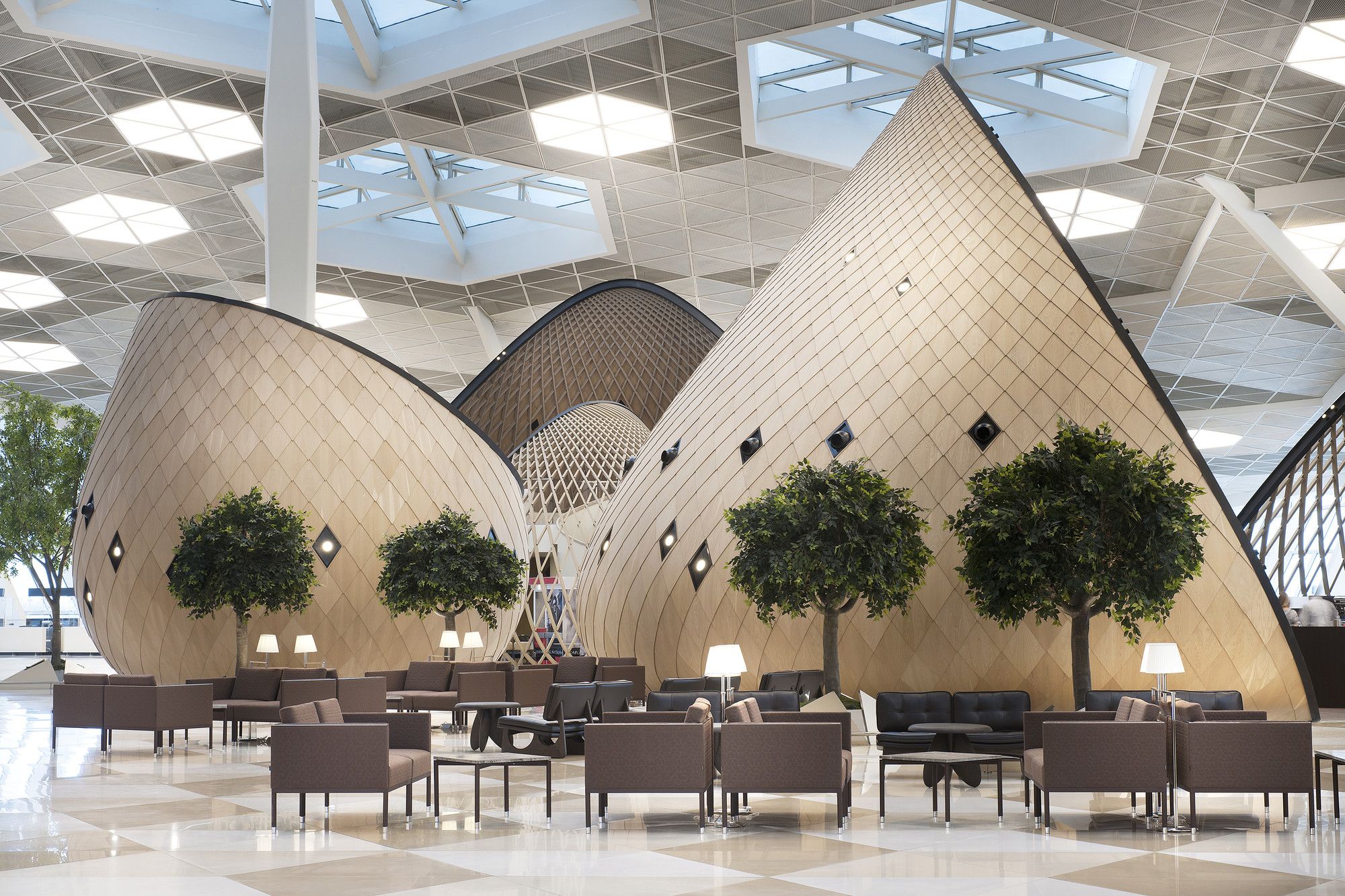
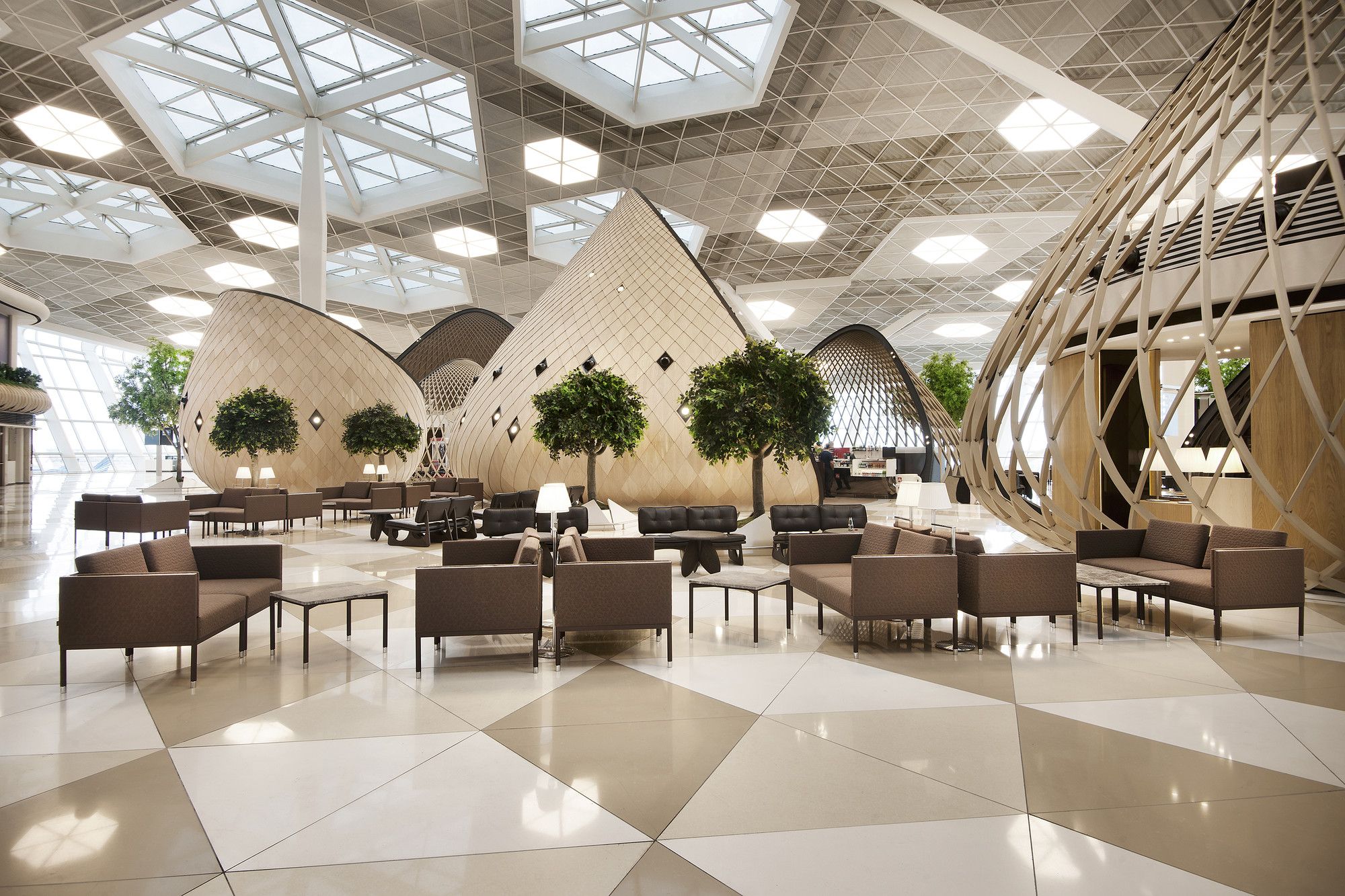
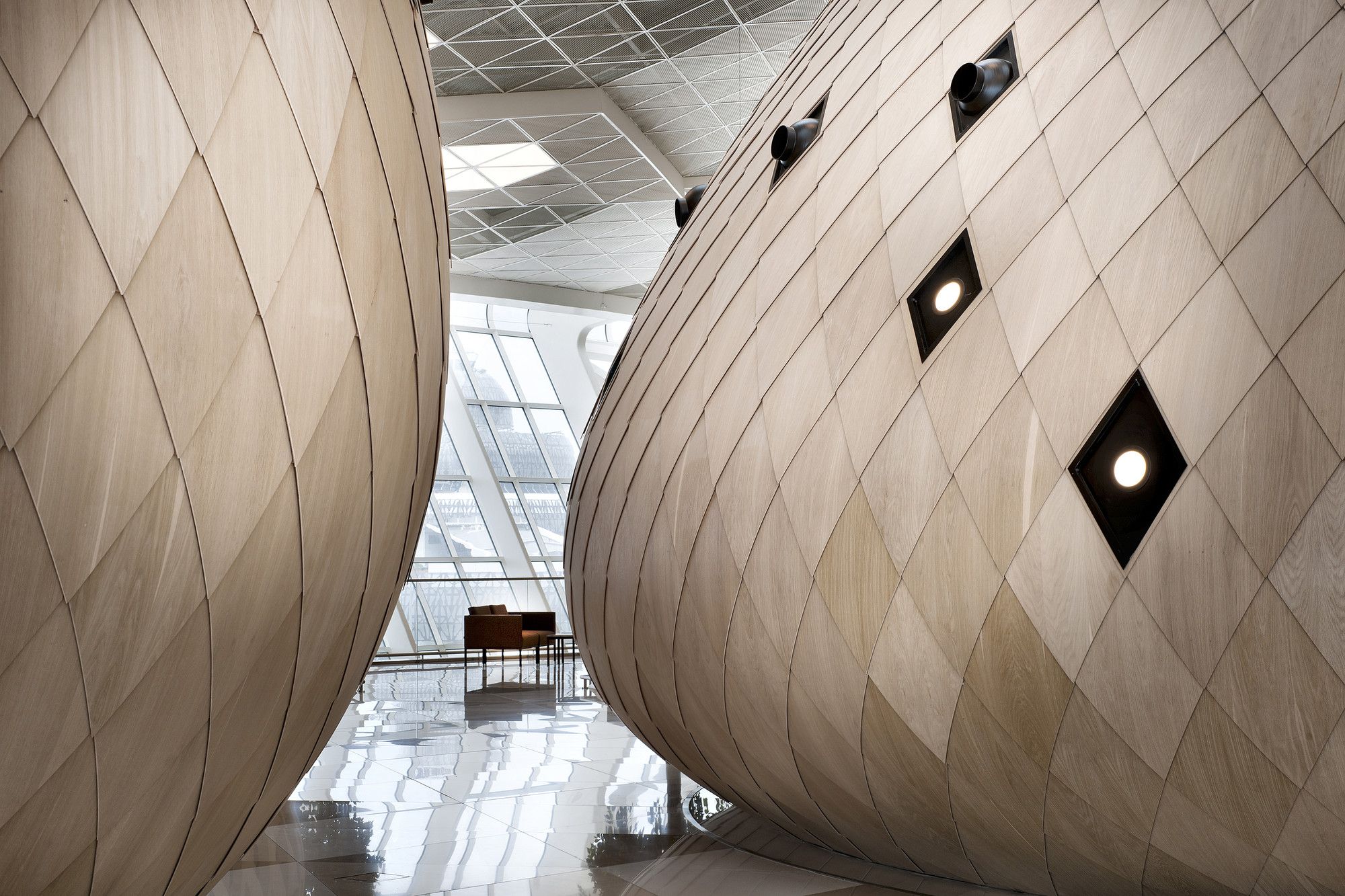
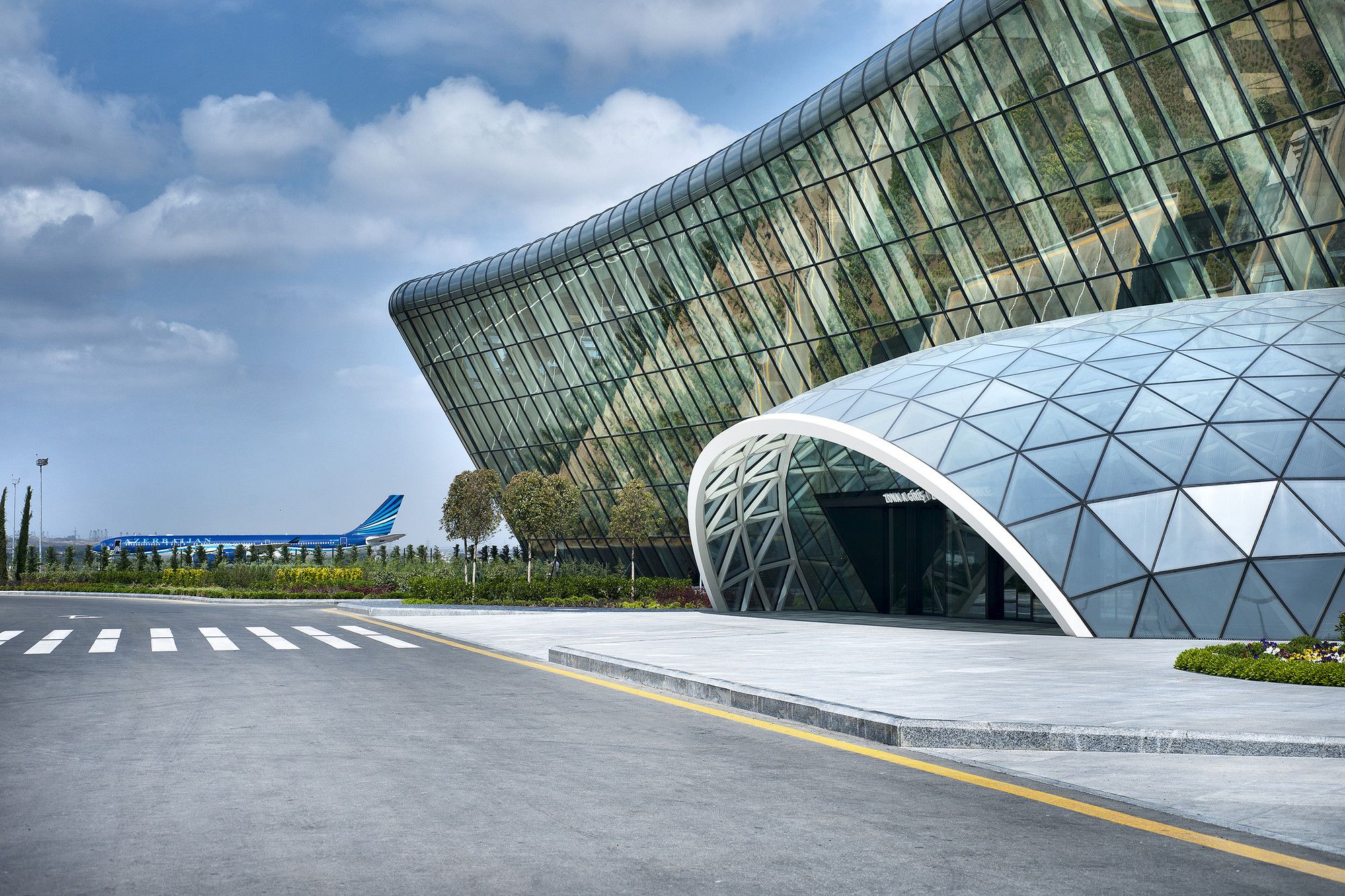

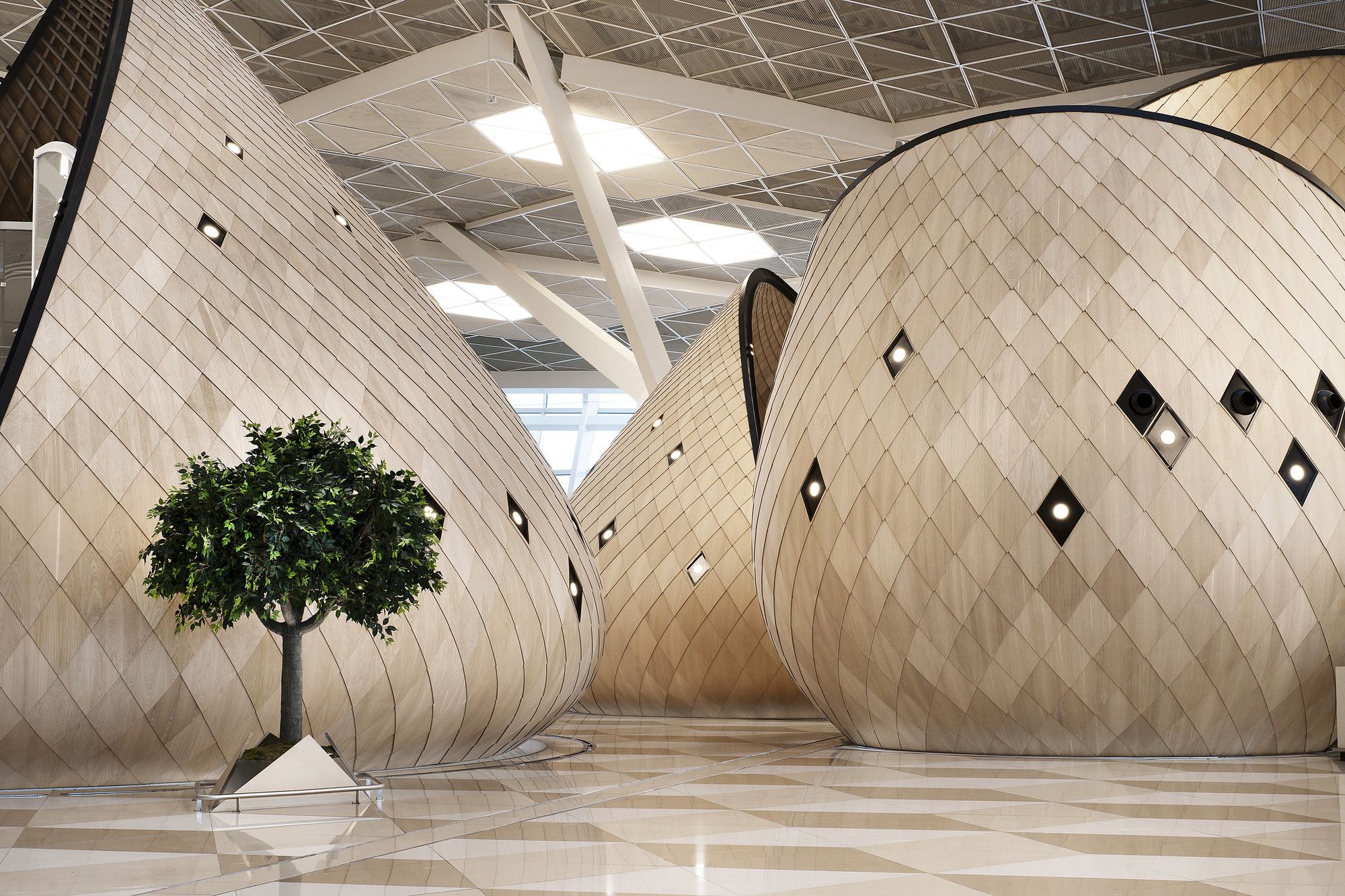
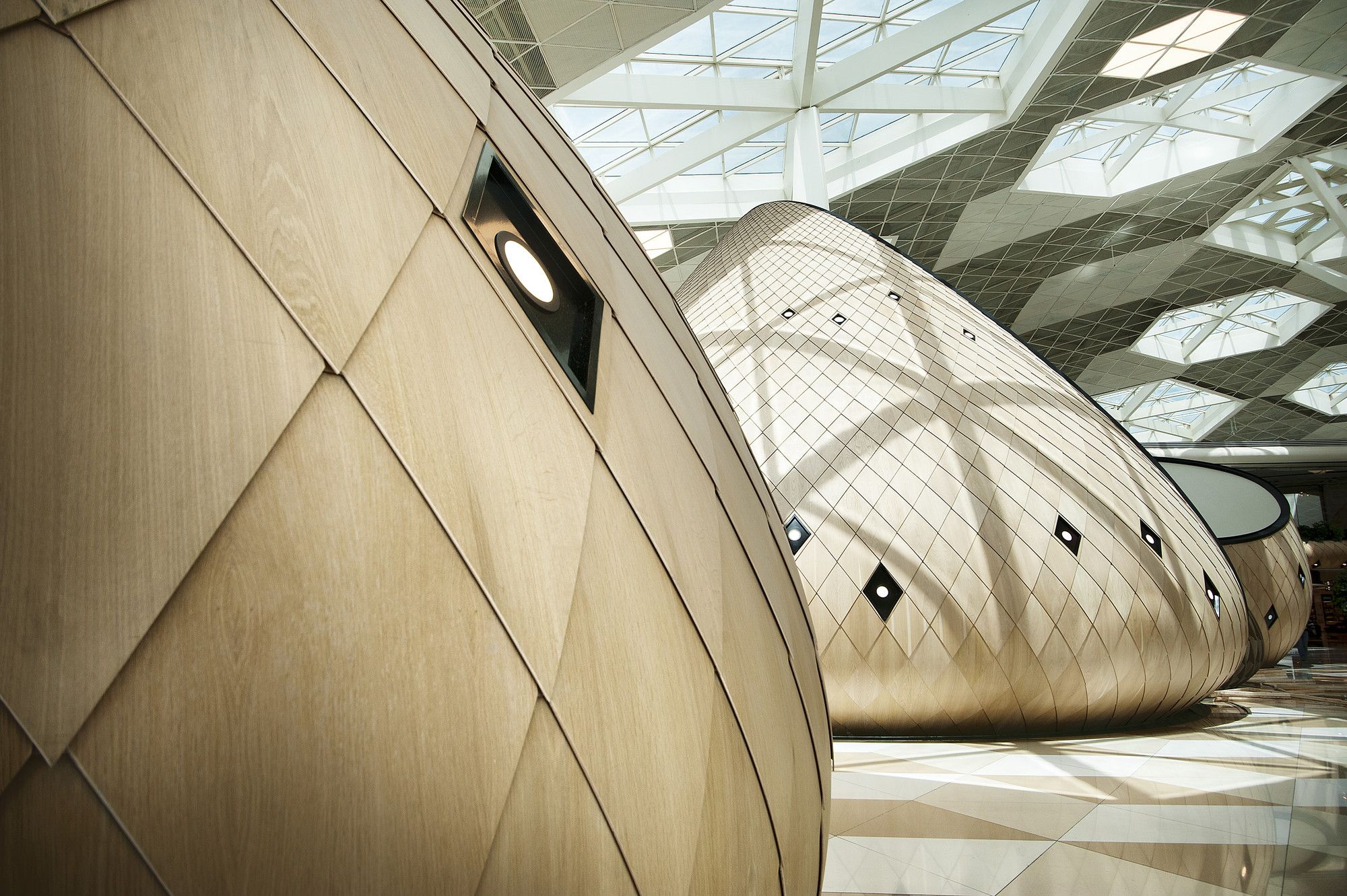
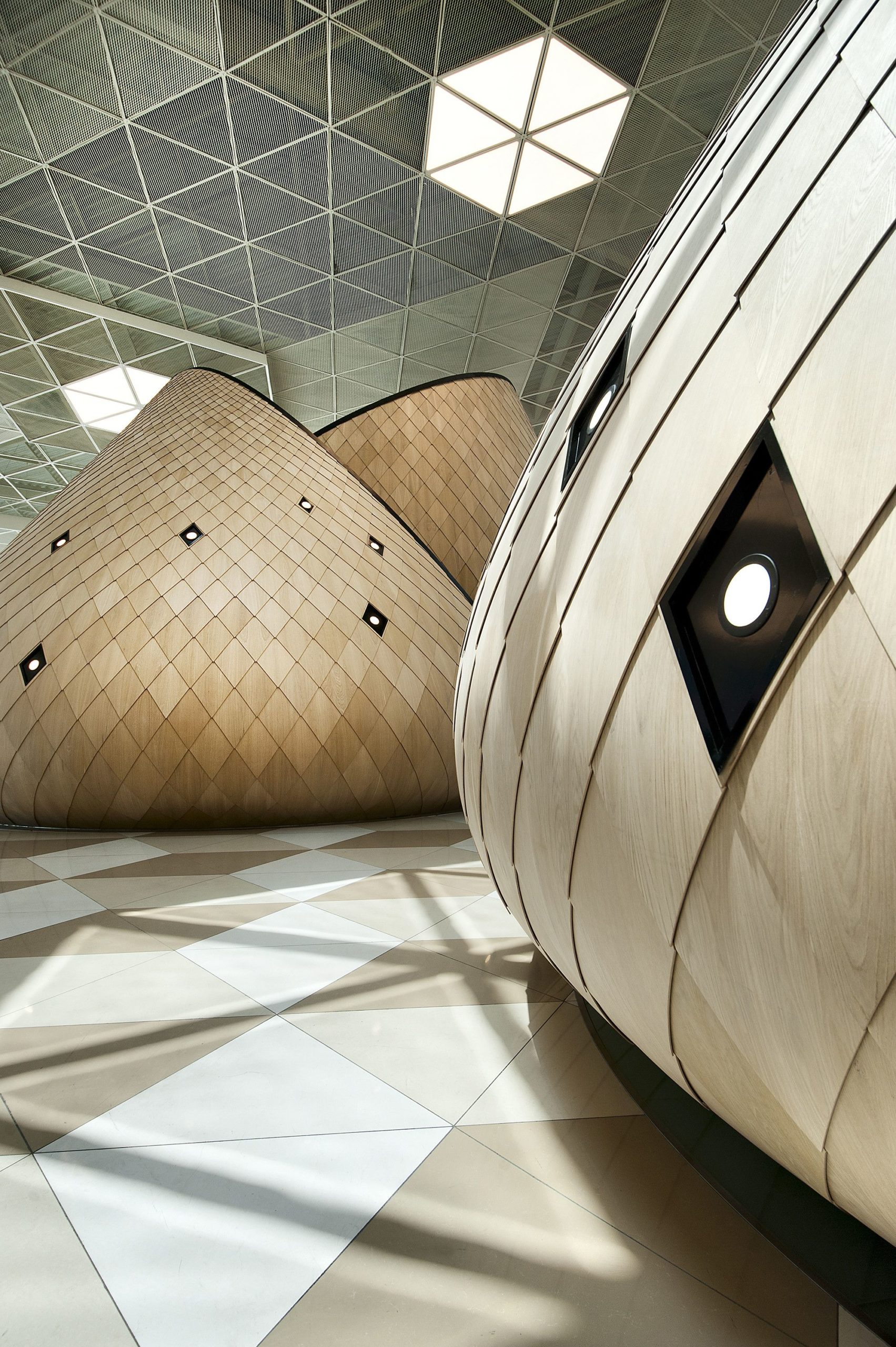
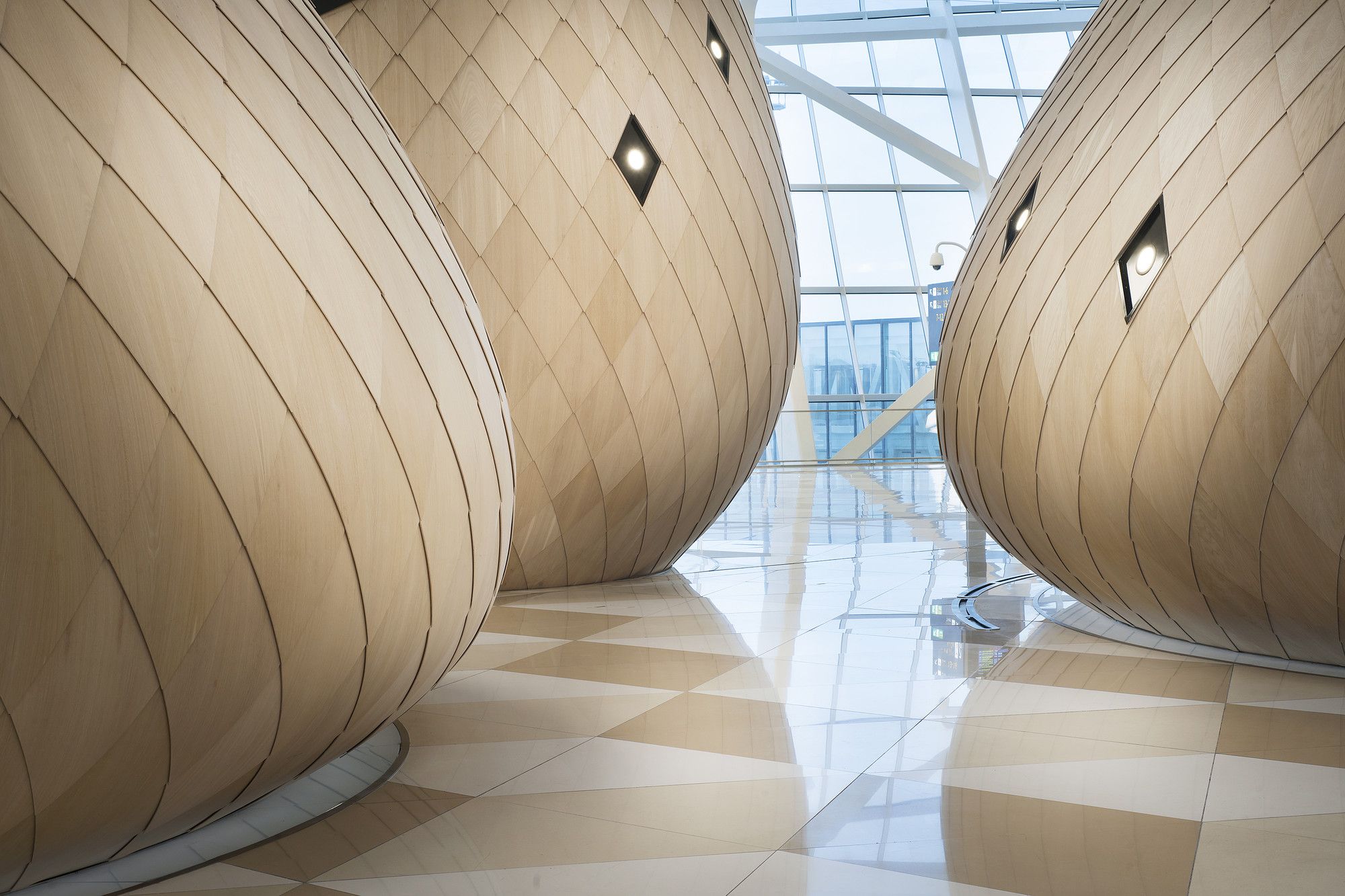
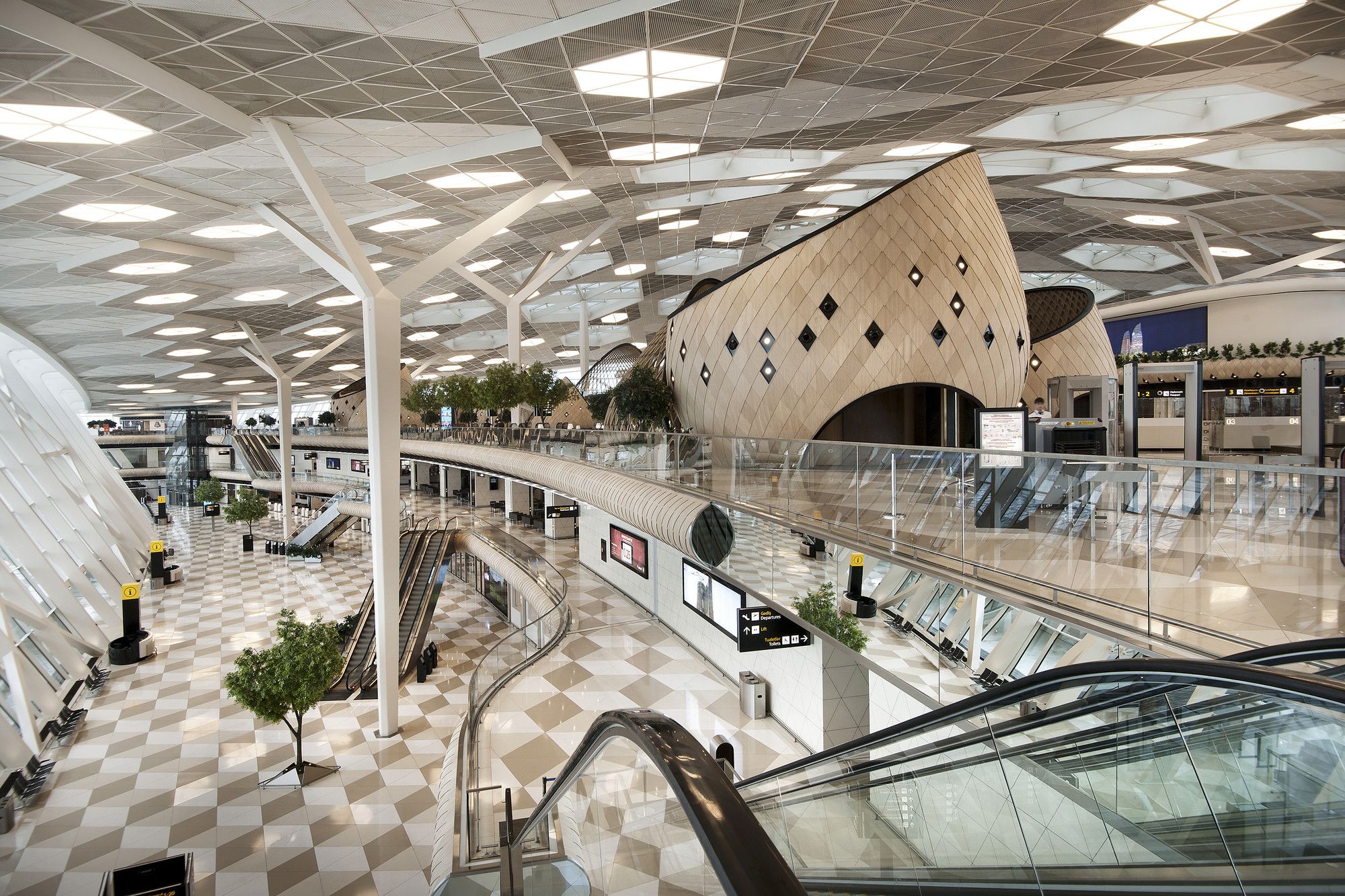
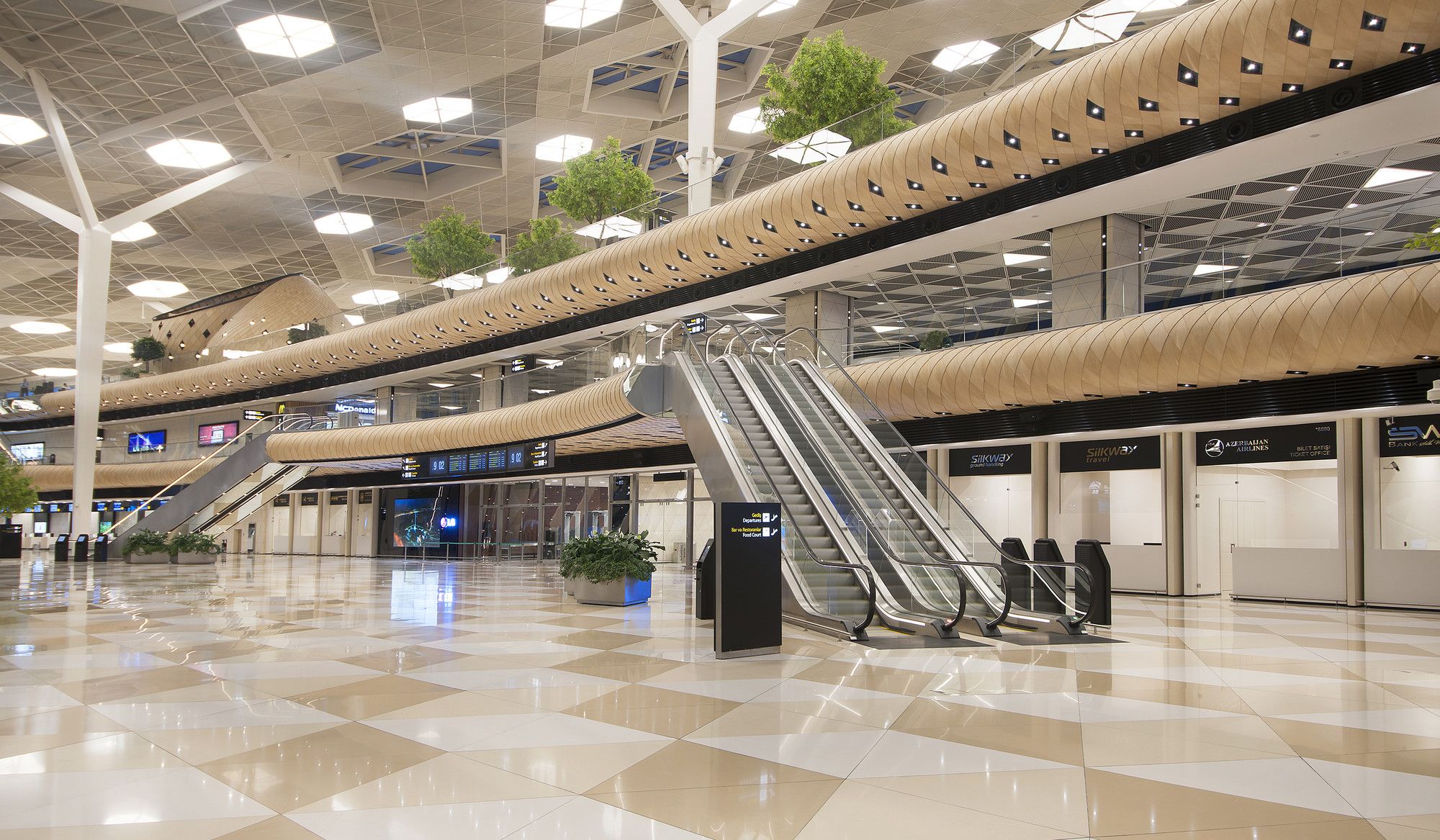
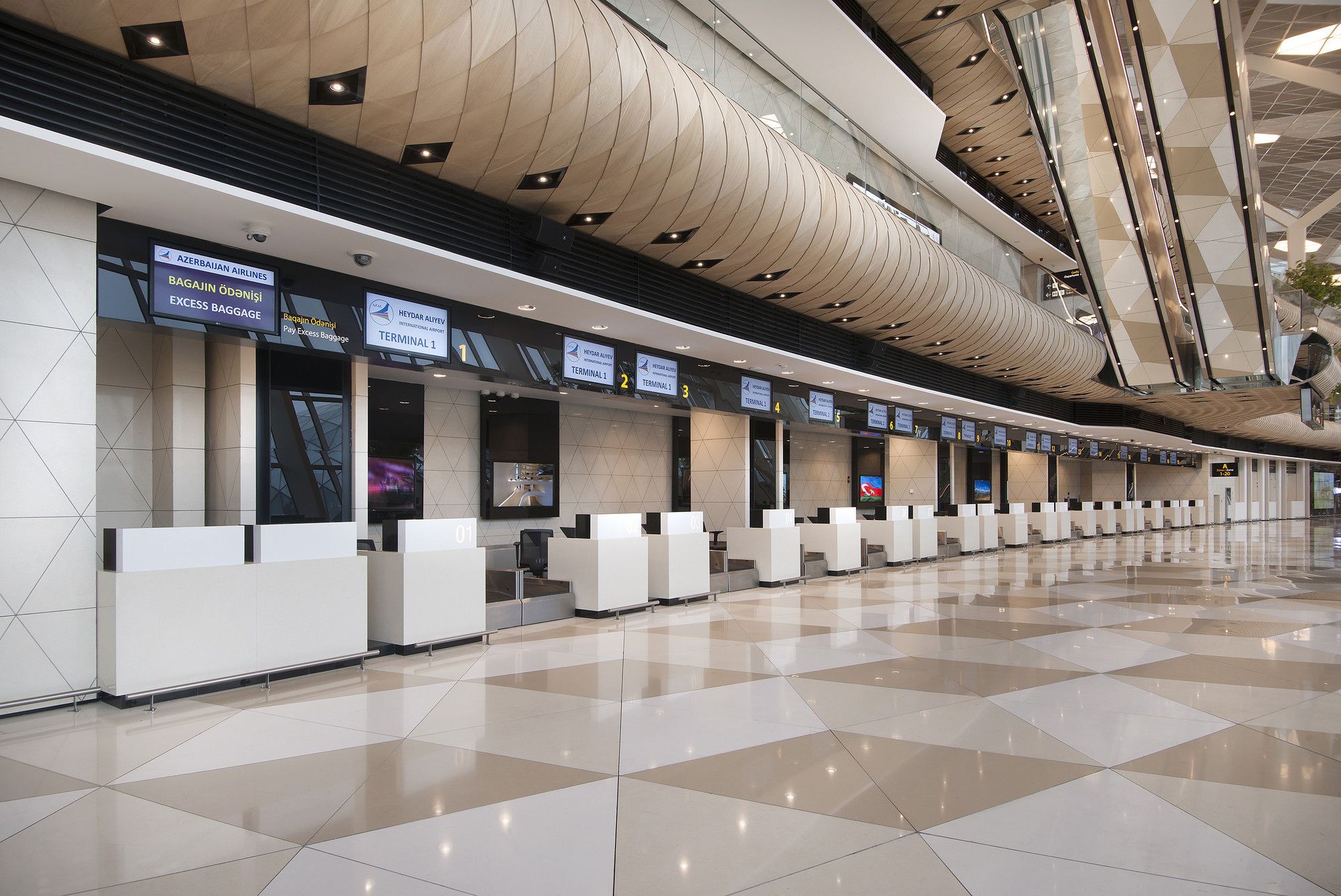
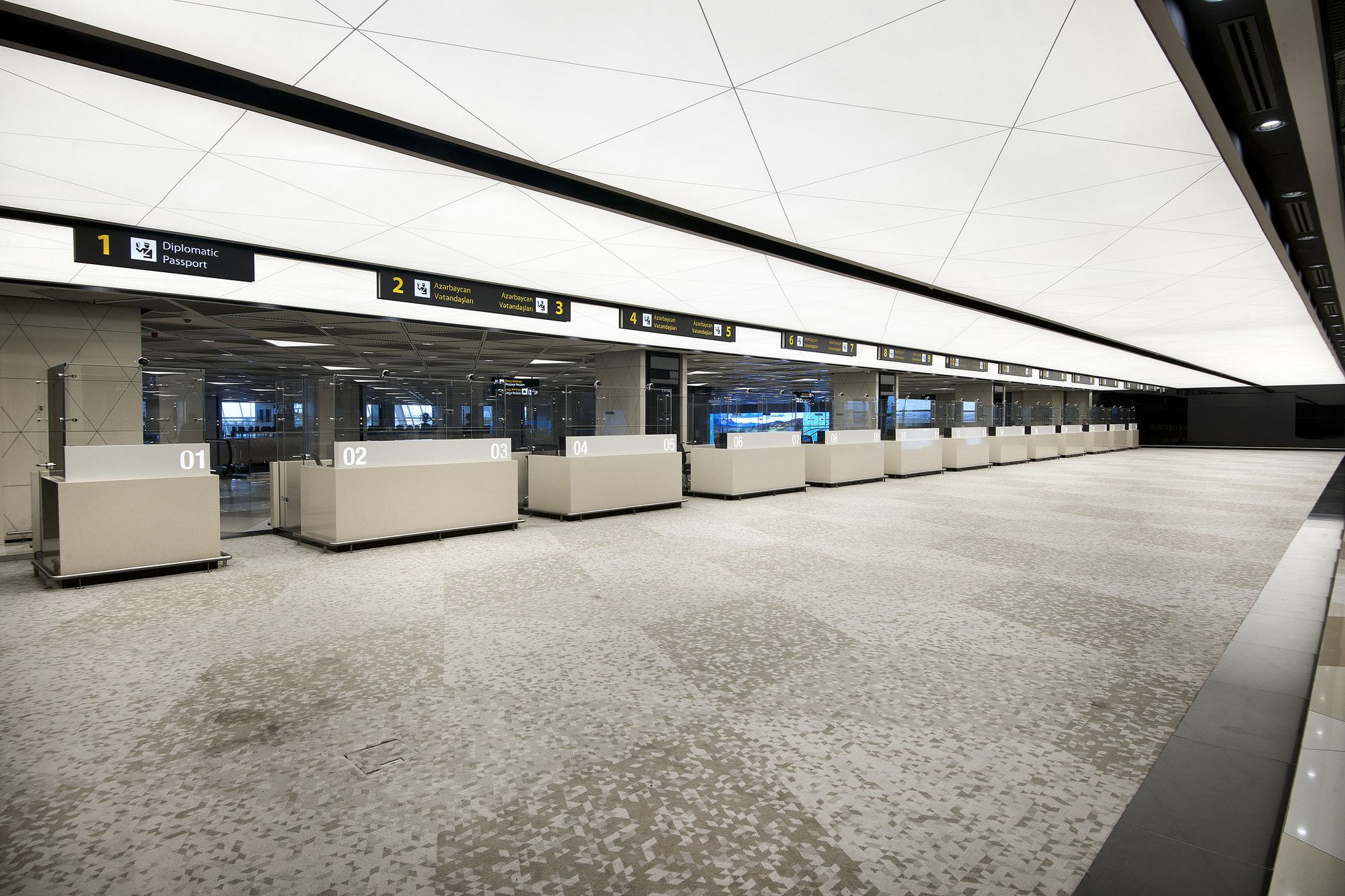
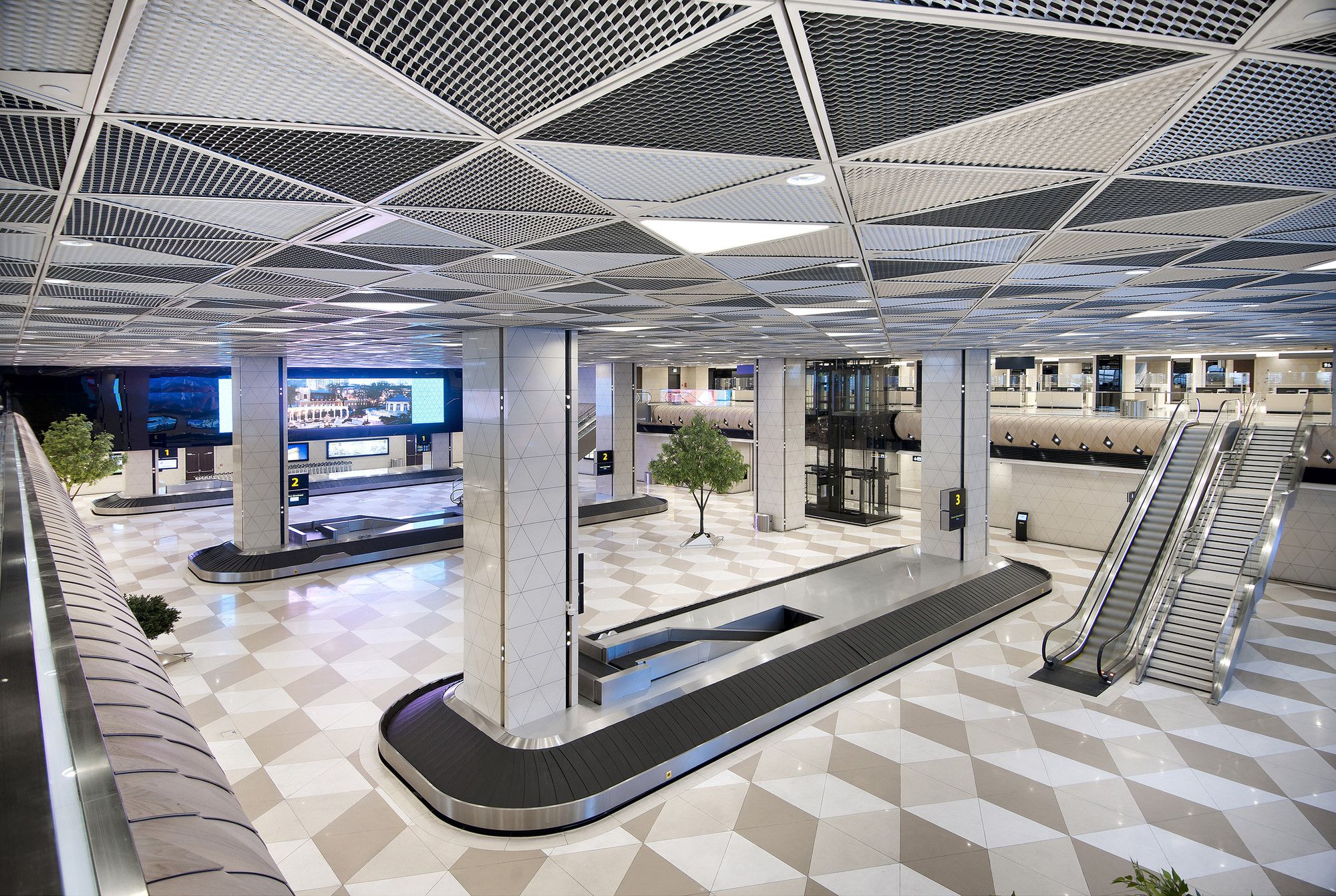
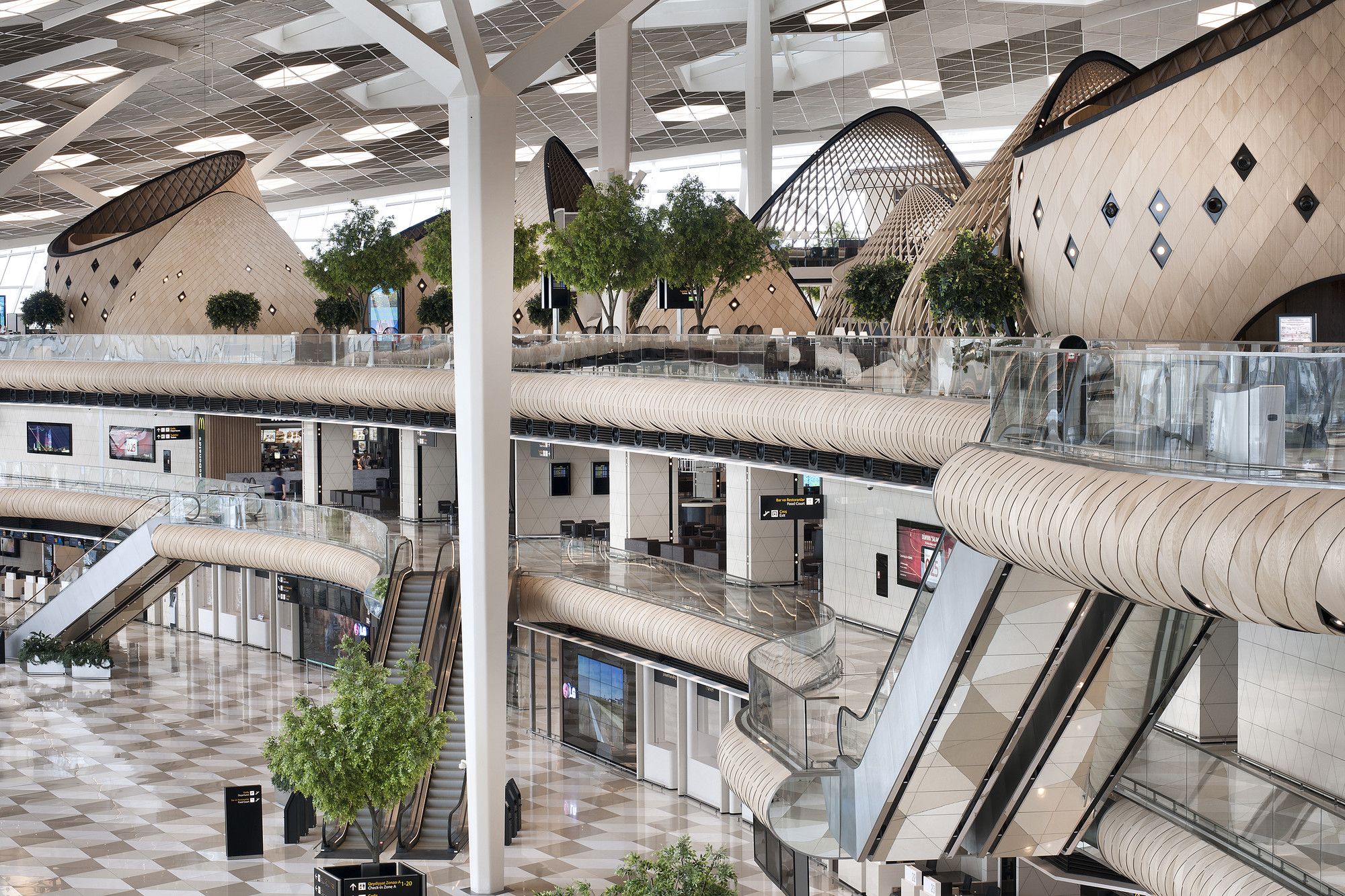
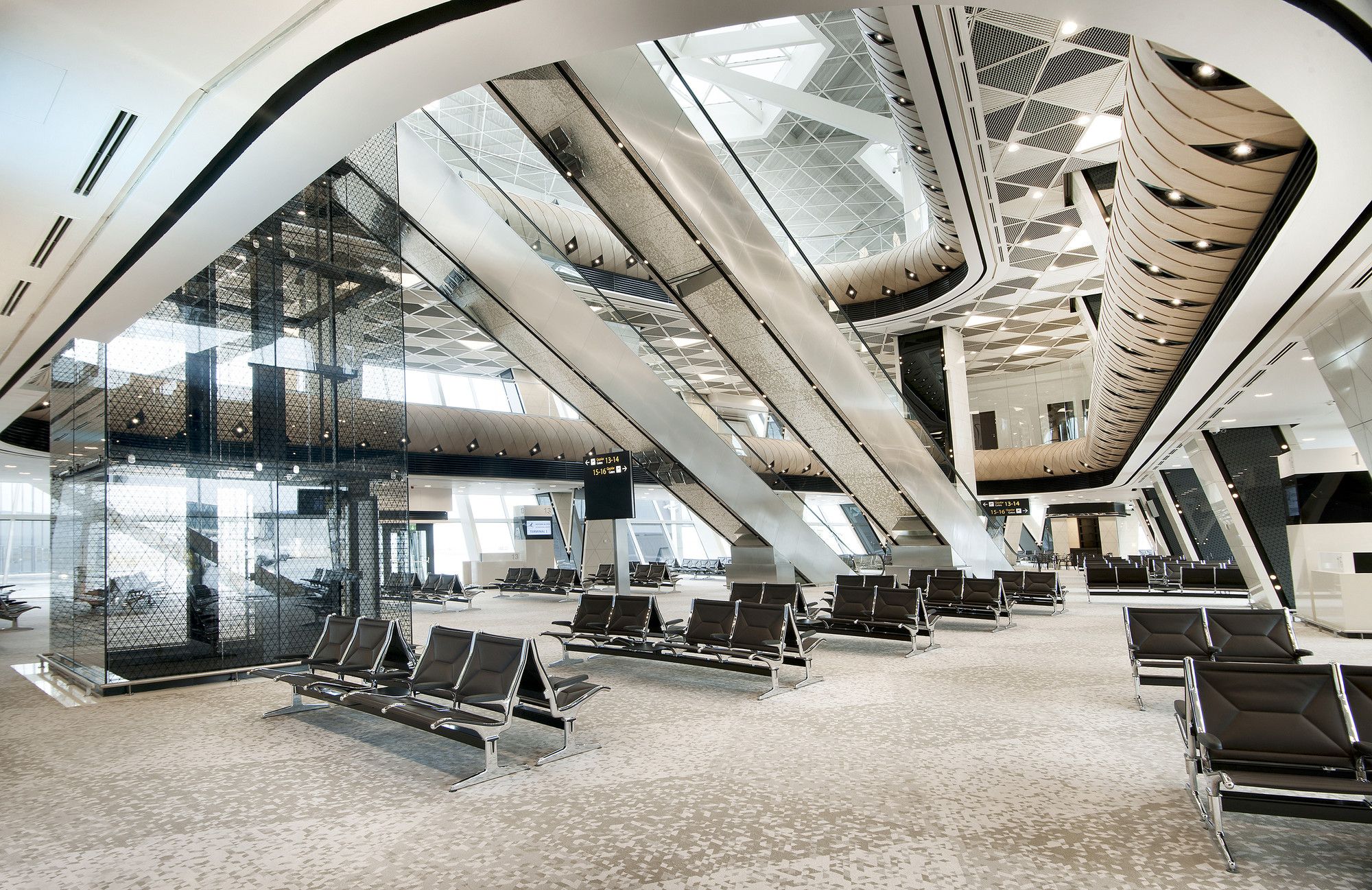
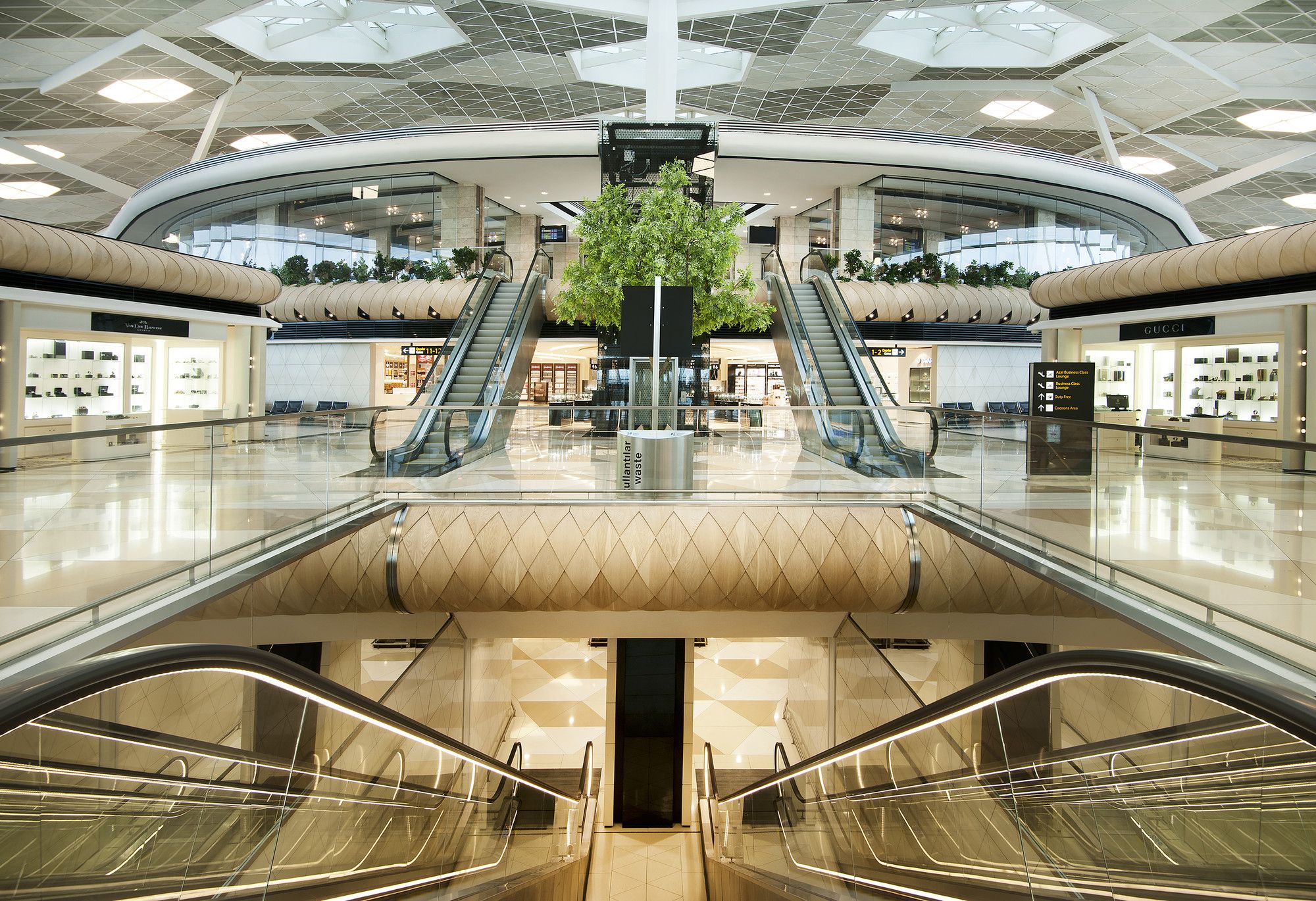
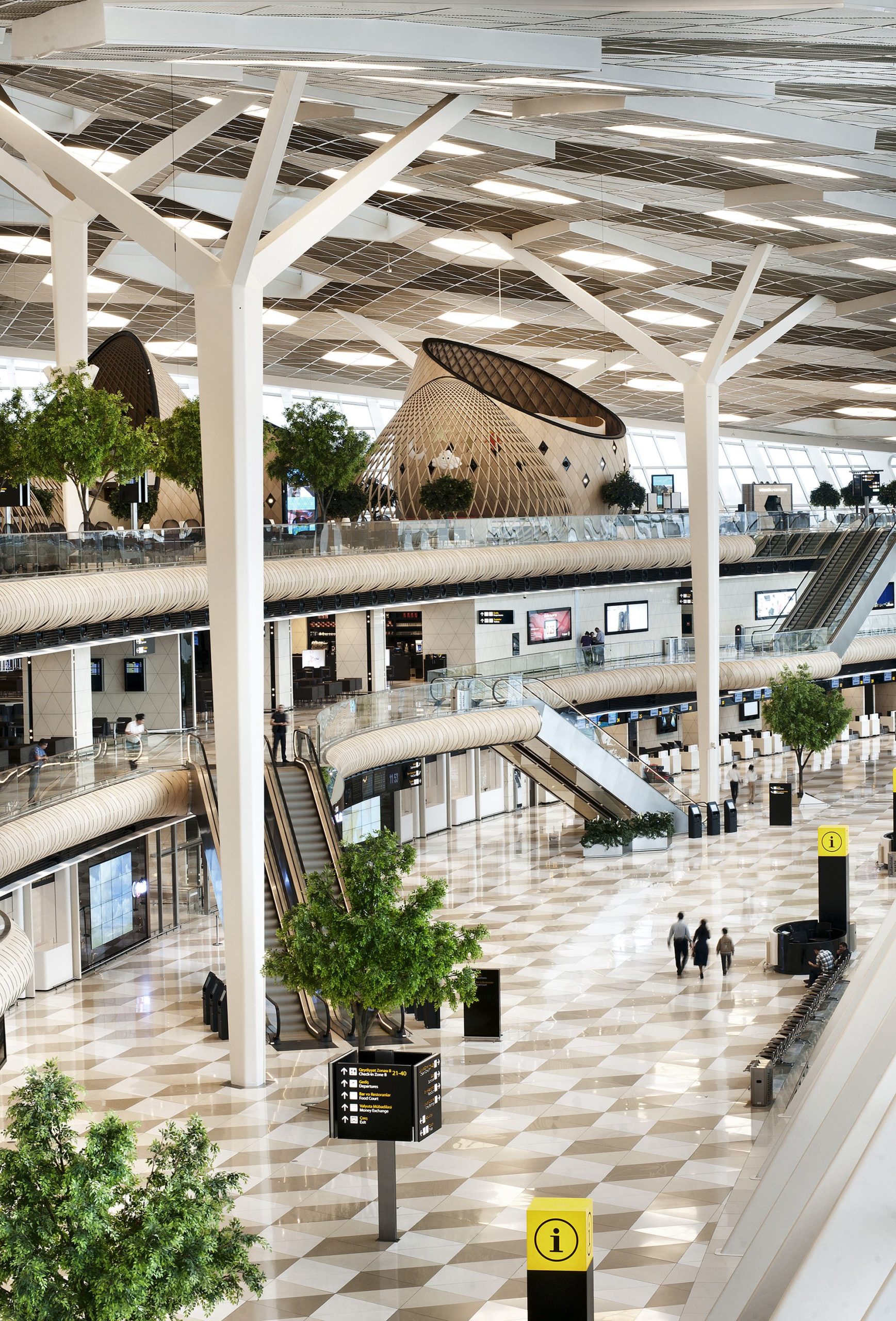
Passengers usually view airports as stepping stones or mere phases one goes through to reach one’s final destination. When it comes to Jewel Changi Airport, however, the airport becomes the destination itself as it proved to be an attraction not only for the passengers who visit it by necessity, but also for the locals. Located between three different terminals, and connected to them through pedestrian bridges, Jewel Changi does not only resemble the heart of the airport, but rather the spirit of the whole country. The airport shows the collision between the urban and the natural; it consists of a five-story shopping center as well as the Forest Valley that houses more than 200 different types of flora and trees. The Forest Valley also houses the world’s tallest indoor waterfall that does not only serve as a decorative waterfall, but also as a system that gathers rainwater to be used within the airport itself and as around it. The waterfall also works as a cooling system for the micro ecosystem that exists in the Forest Valley. This lends the airport the quality of being self-sufficient. While constructing such a great indoors garden, the designers bore in mind the need for sunlight for all the plant life within the airport. This resulted in an airport that feels quite far from artificial and changes the ordinary passenger’s trip into a life-altering experience.
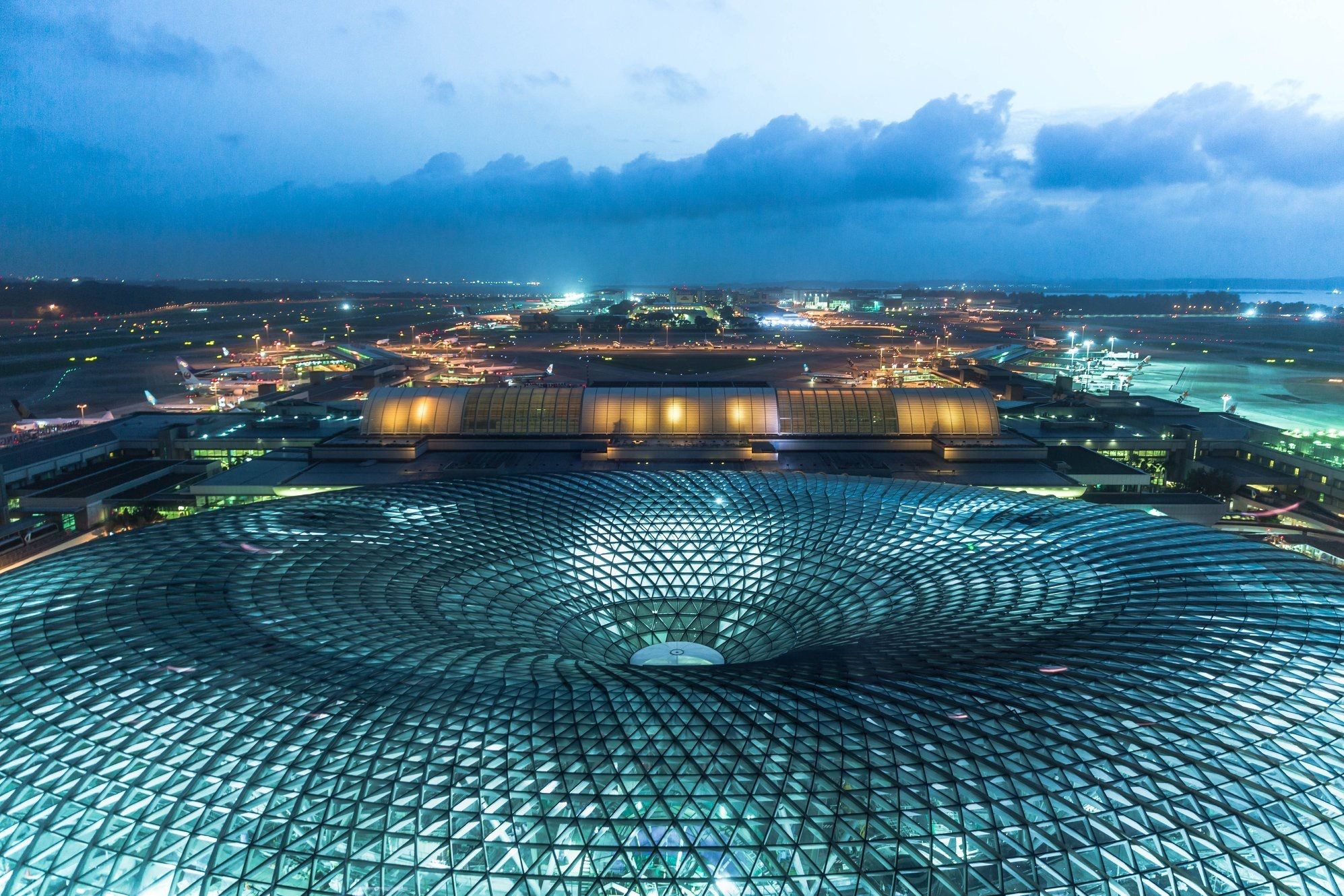
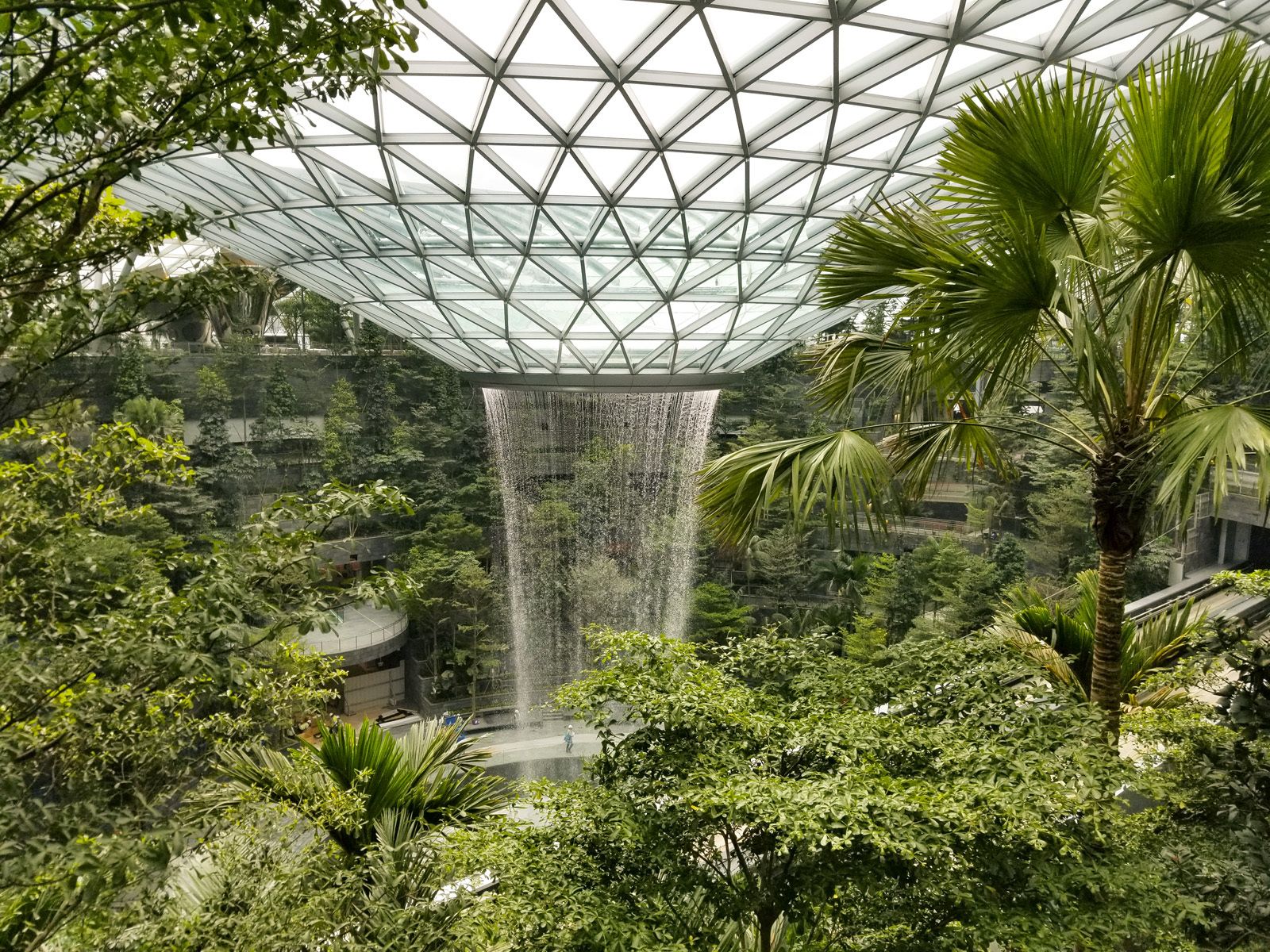
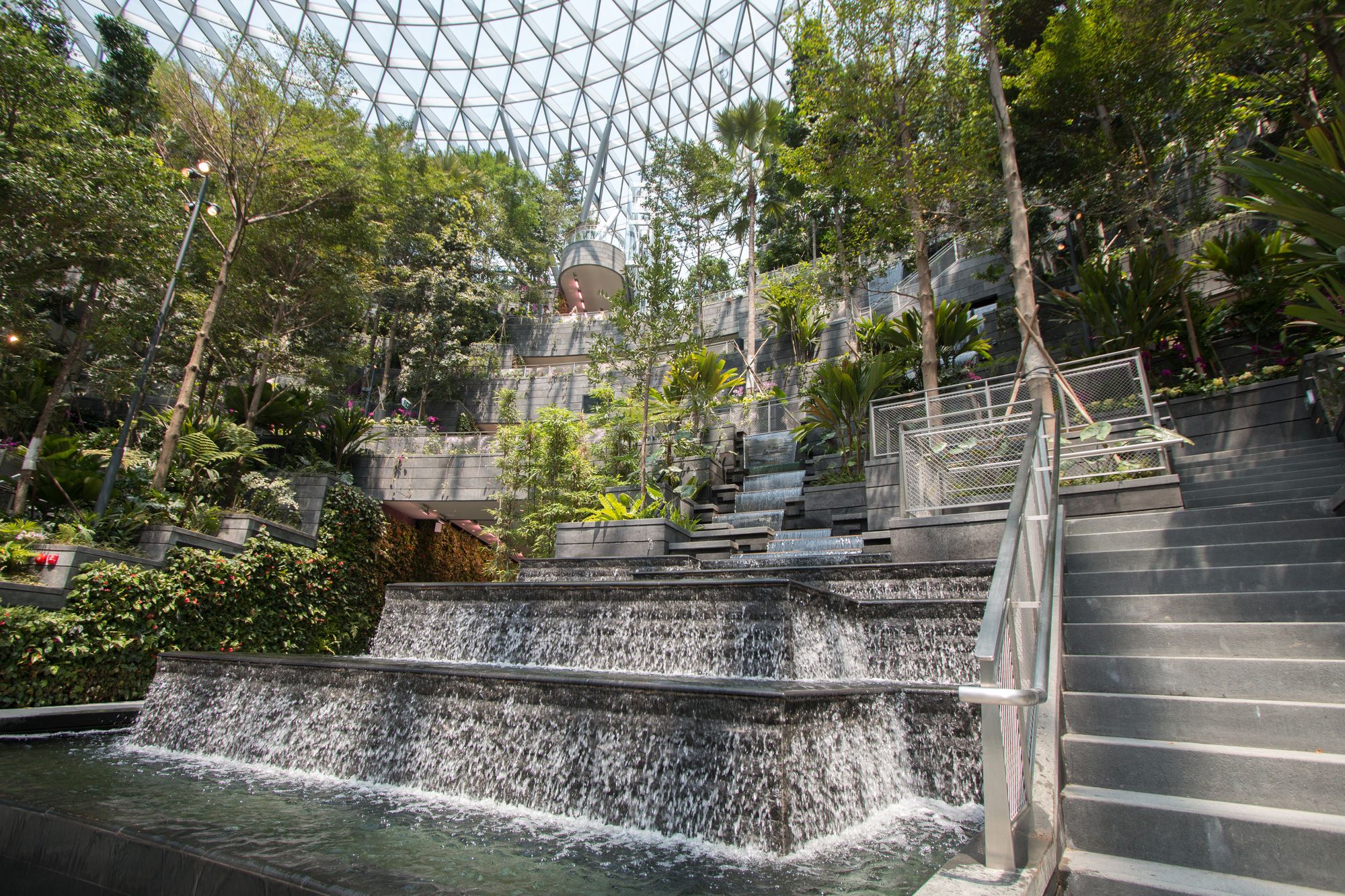
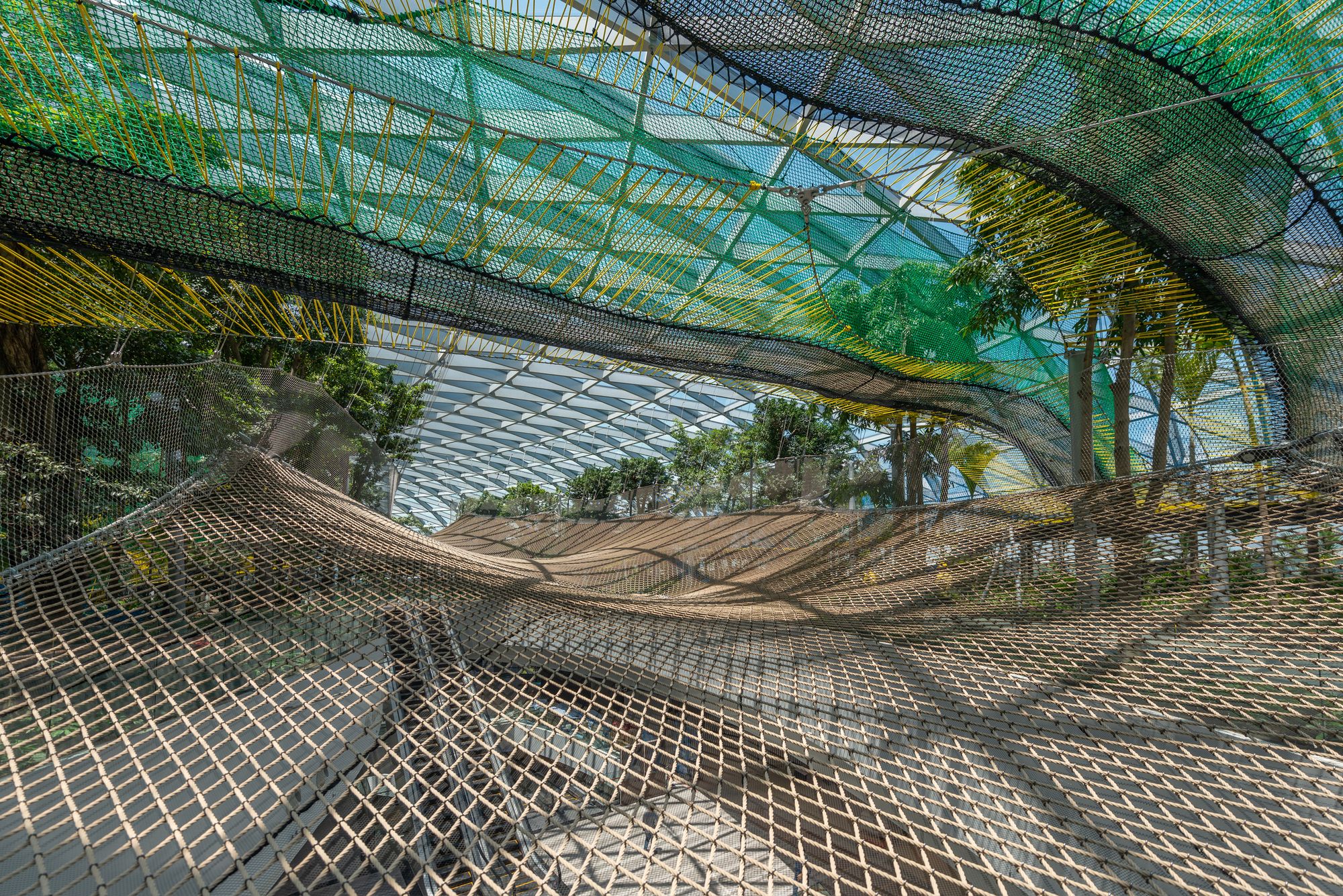
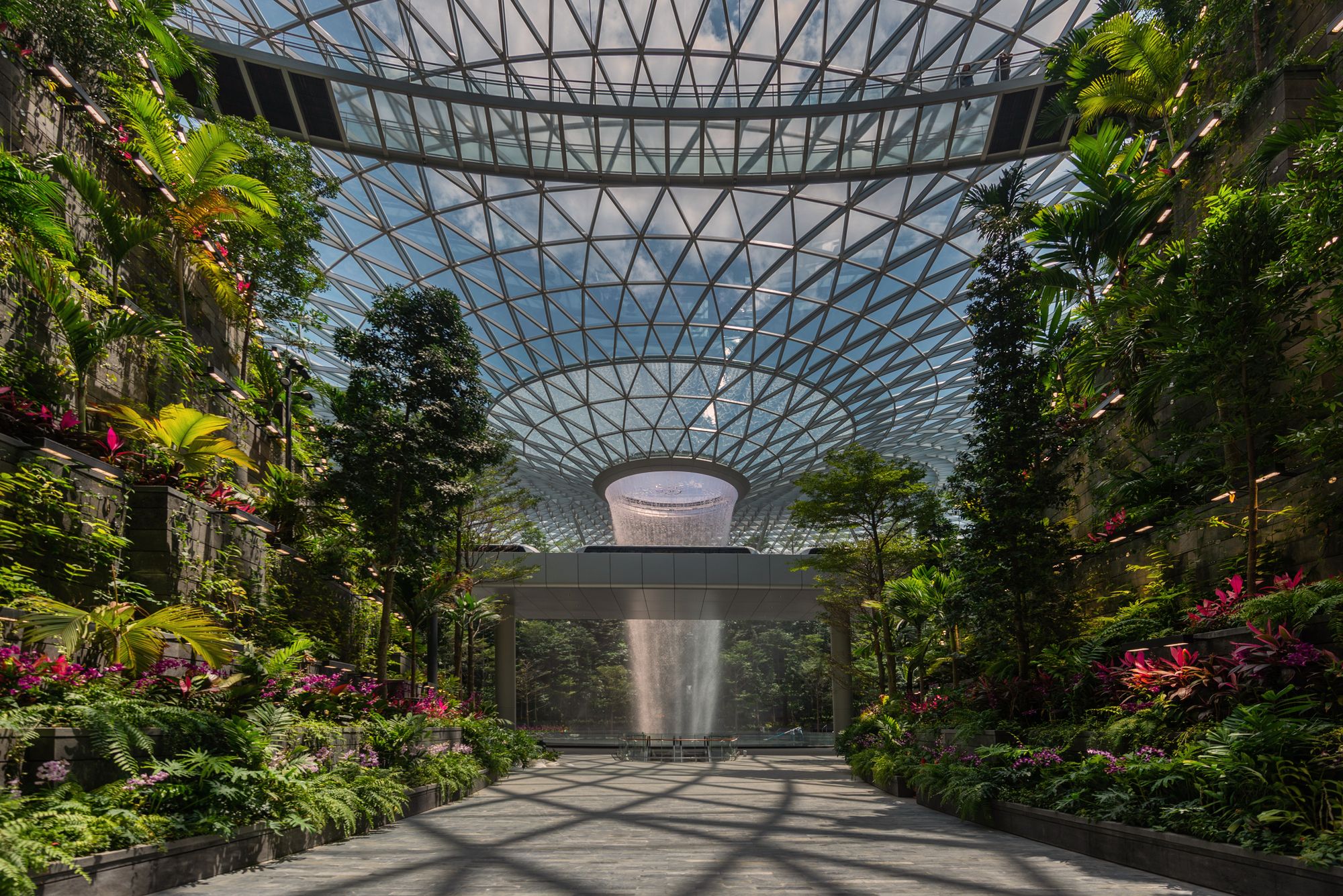
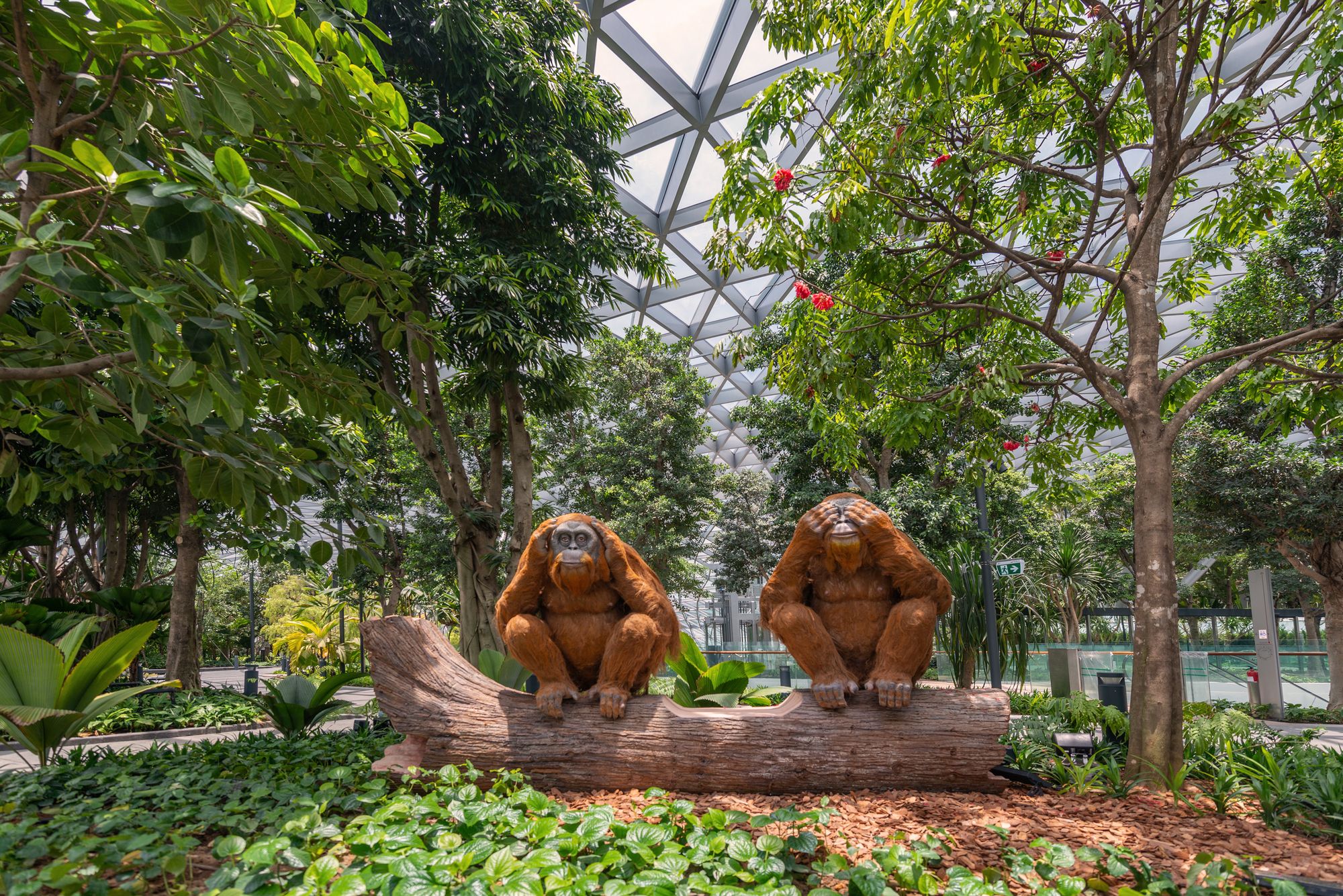
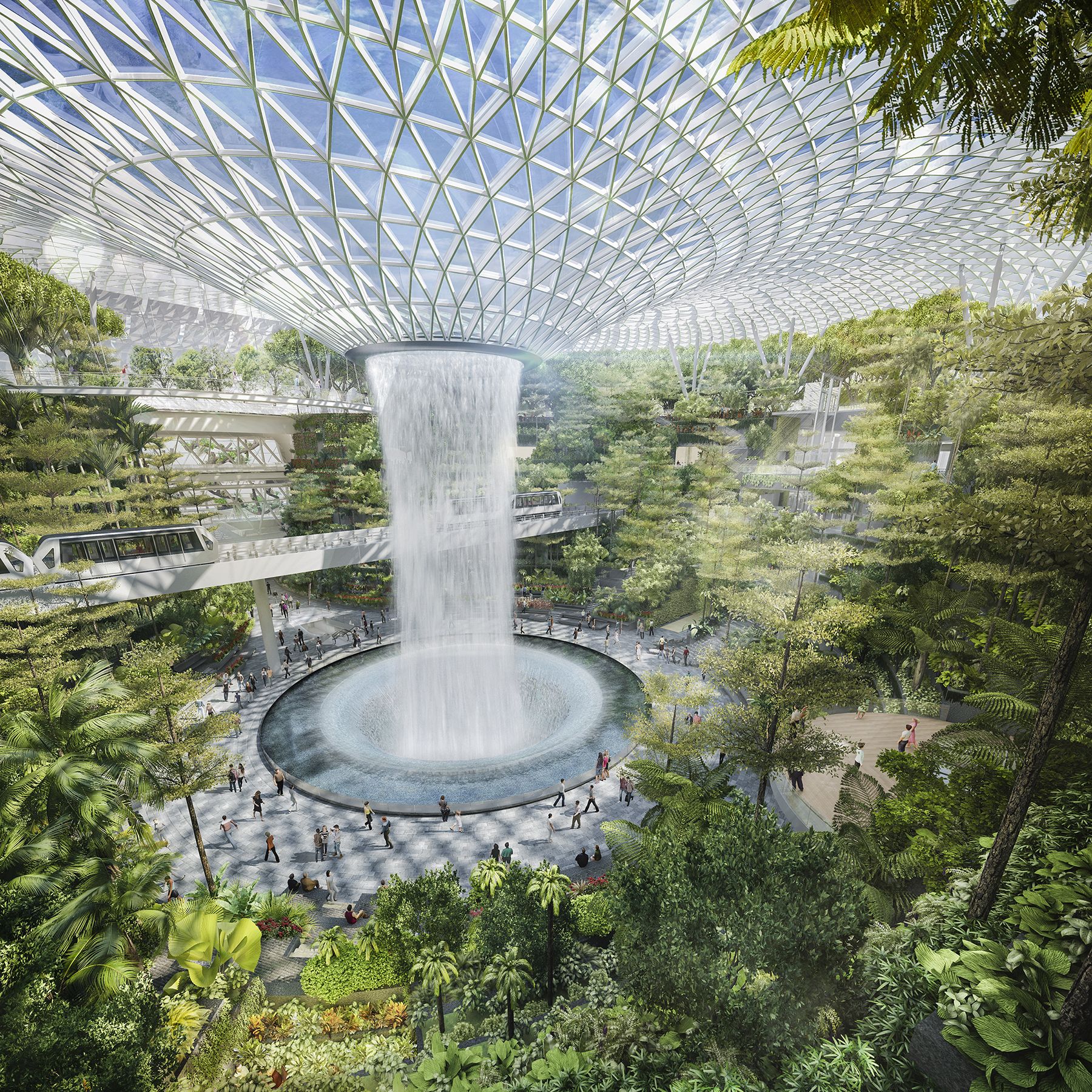
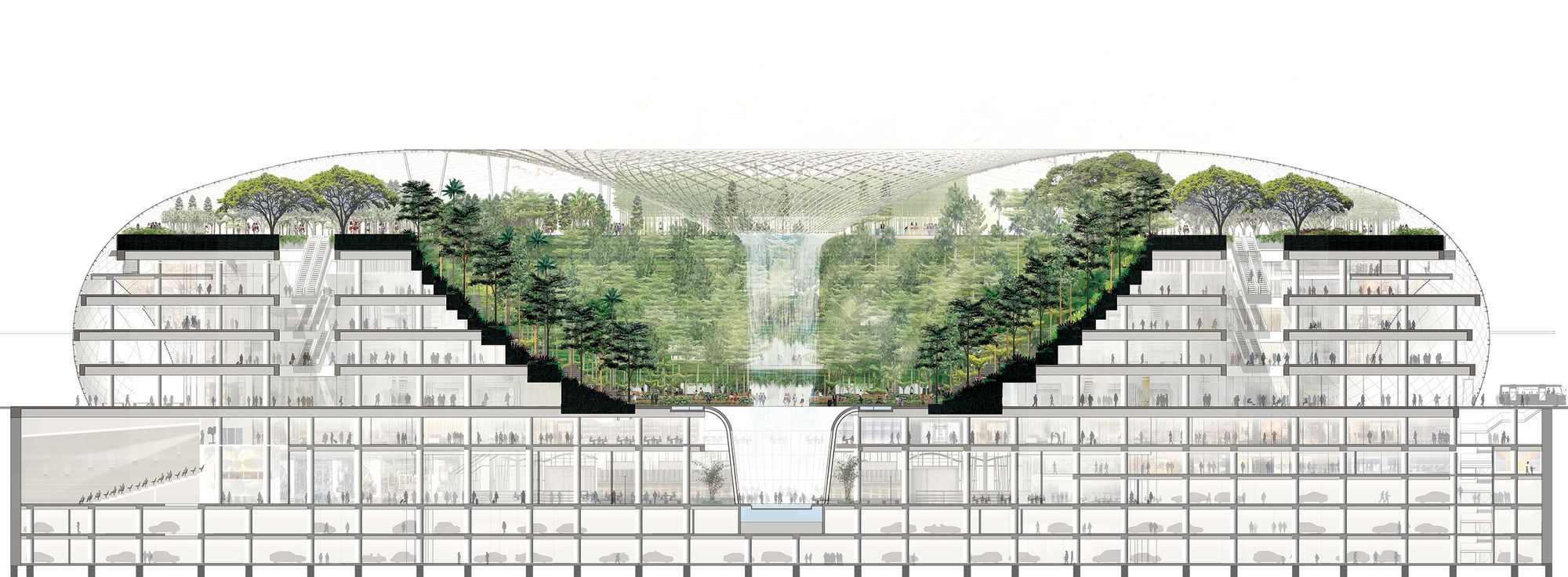
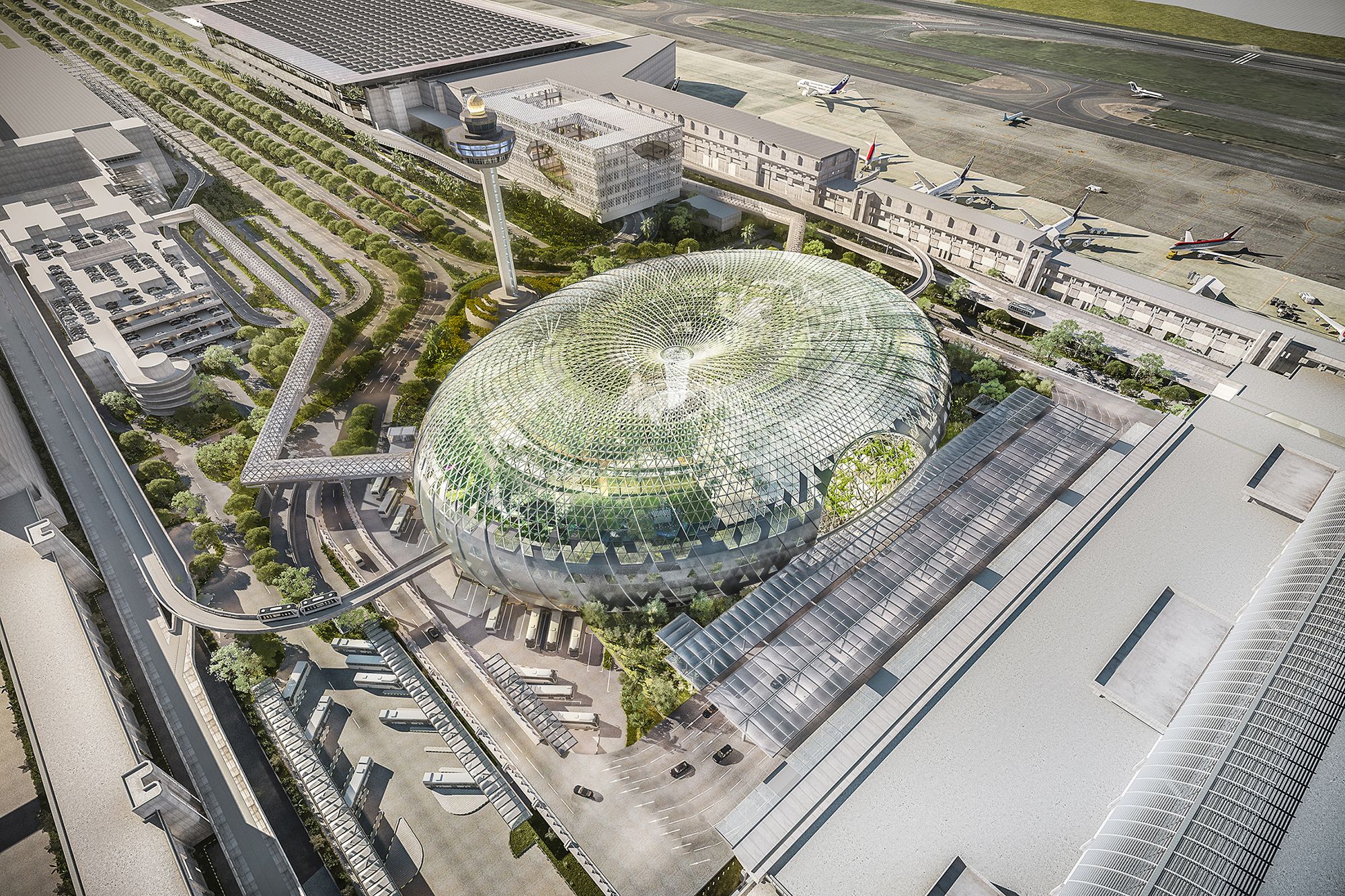
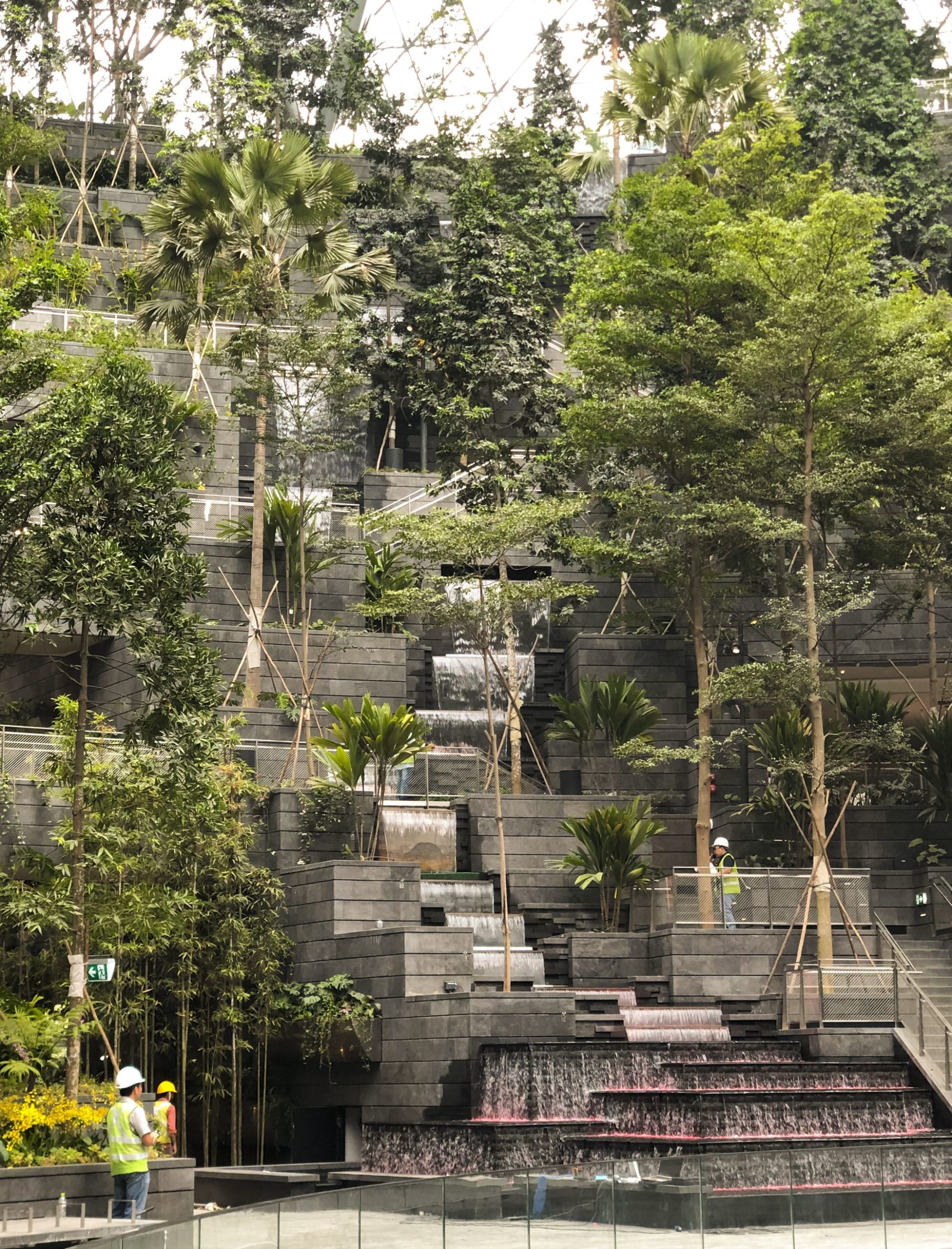
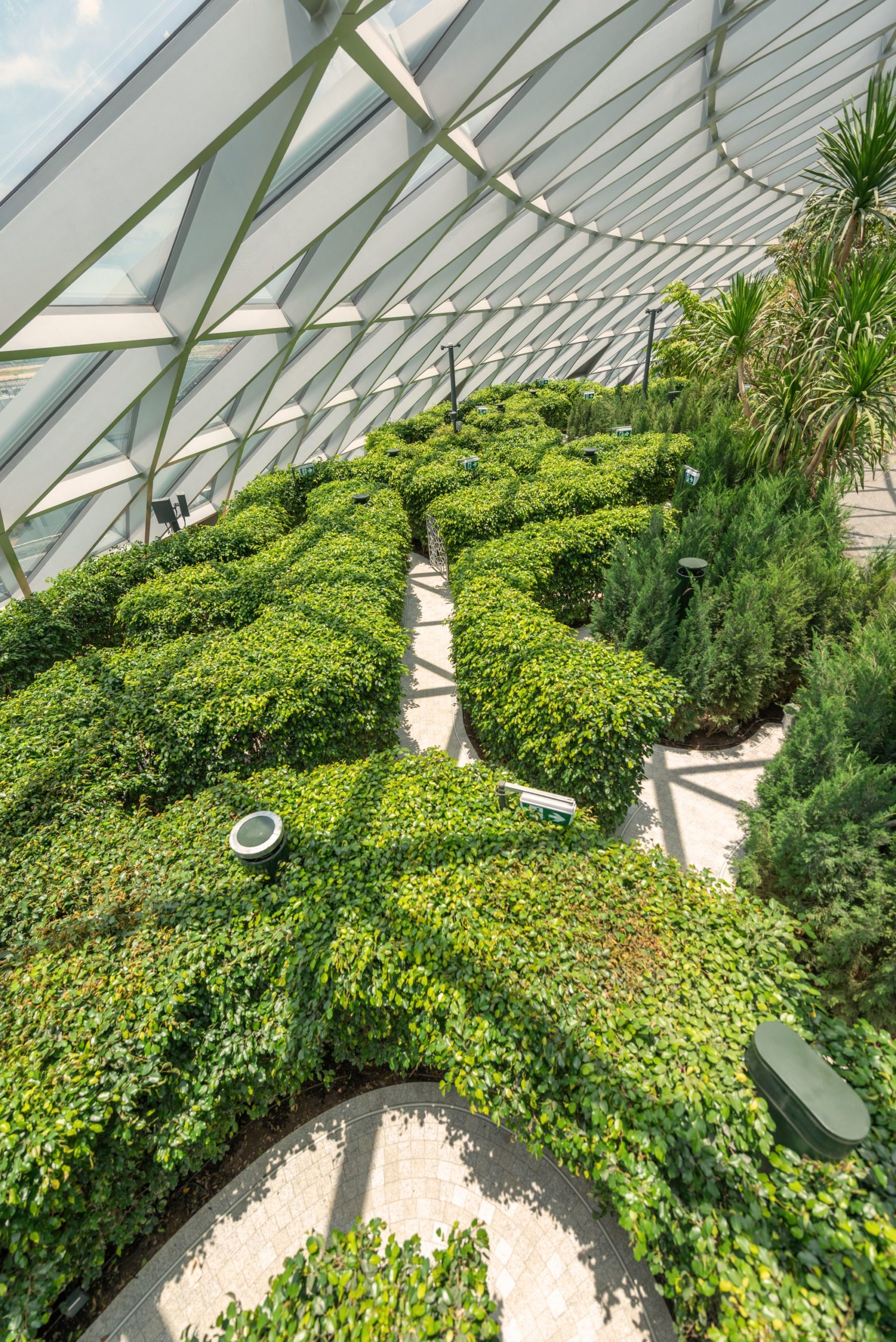
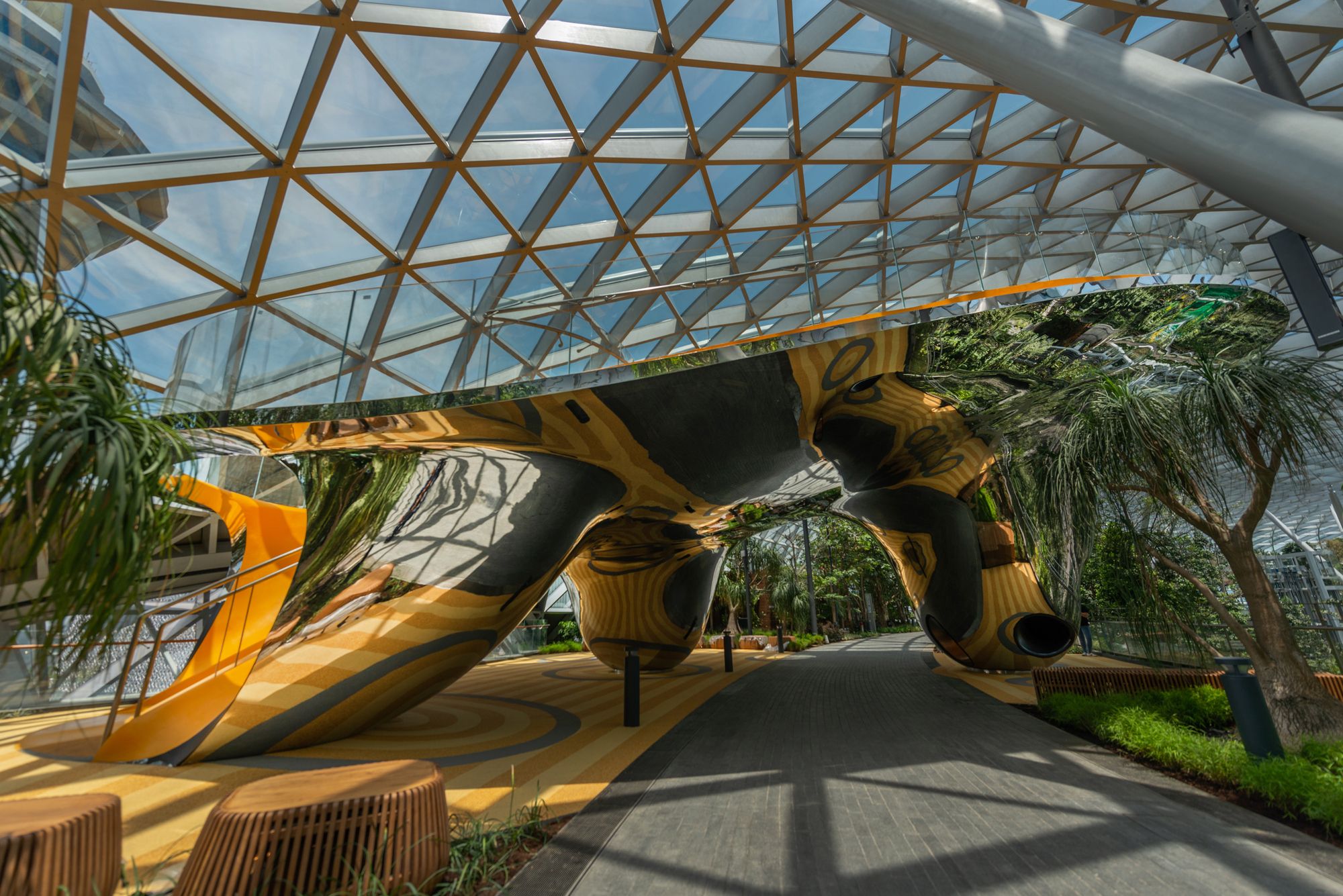
This minimalist airport designed by HOK is home to the national Qatari airlines. It remains faithful to the culture of the country despite how contemporary its design is. The airport’s beauty lies in the fact that it is minimalist and at the same time elaborate. Its design itself mirrors the Qatari landscape that combines between seas of water and sand. The roof is designed in the fashion of sea waves that penetrate the deserted landscape surrounding it, but at the same time it is reminiscent of the sand dunes surrounding it, with respect to the deep contrast between ocean and desert. The contrast is more apparent in the materials used in constructing the airport, as the designers combined its steel-and-glass design with a warm, welcoming wooden ceiling. This further manifests the contrast between the country’s heritage and its constant development and ever-growing nature. Since the airport is mainly constructed of glass, the passengers are exposed to the natural light all day and the mesmerizing desert landscape all night. It floats within a sea of sand and a horizon that pulsates with the life of the aircrafts moving around it. A mosque lies at the core of the airport, which celebrates the Islamic background of the country and integrates it delicately with the modern design. Hamad International Airport is graceful in the most minimalist way, as its interior is left mostly unadorned, which gives the passenger a bigger chance of beholding the livelihood of the airport. This approach did not affect the quality of the amenities provided to the guests, as it includes hotels, a spa, a shopping mall, and eventually, a year-long exhibition that spans the length of the terminal where works by local and international artists are being displayed.
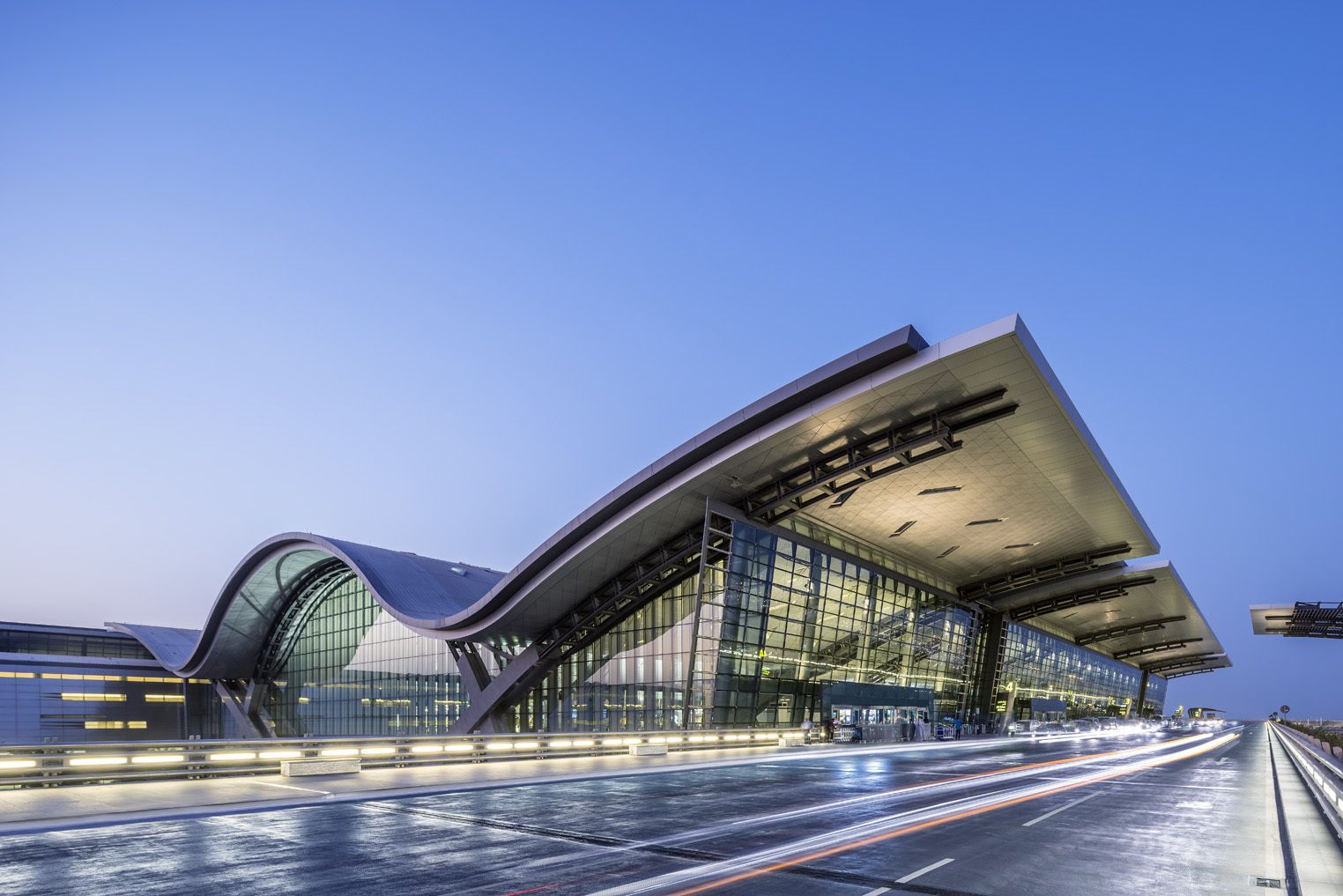
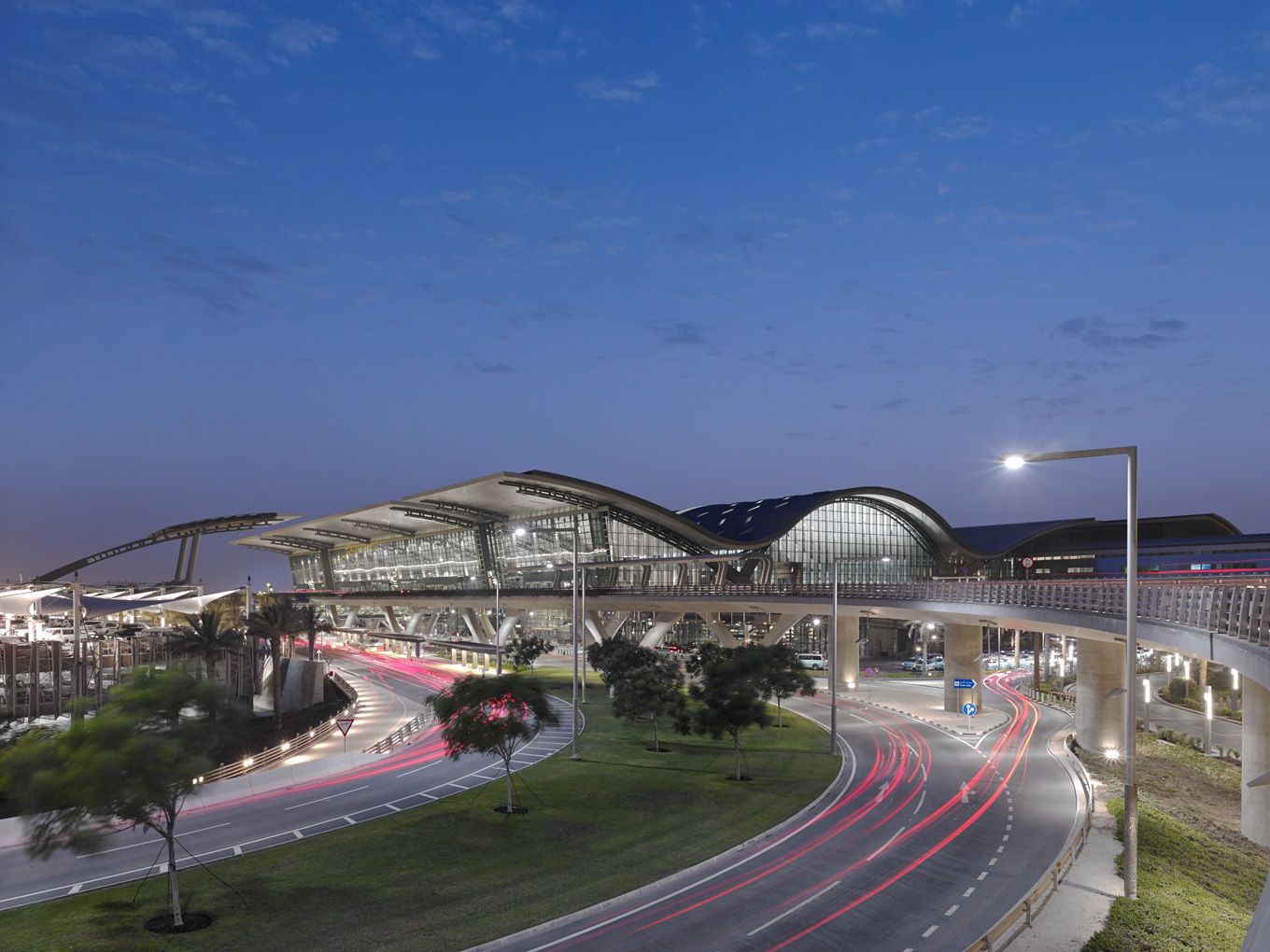
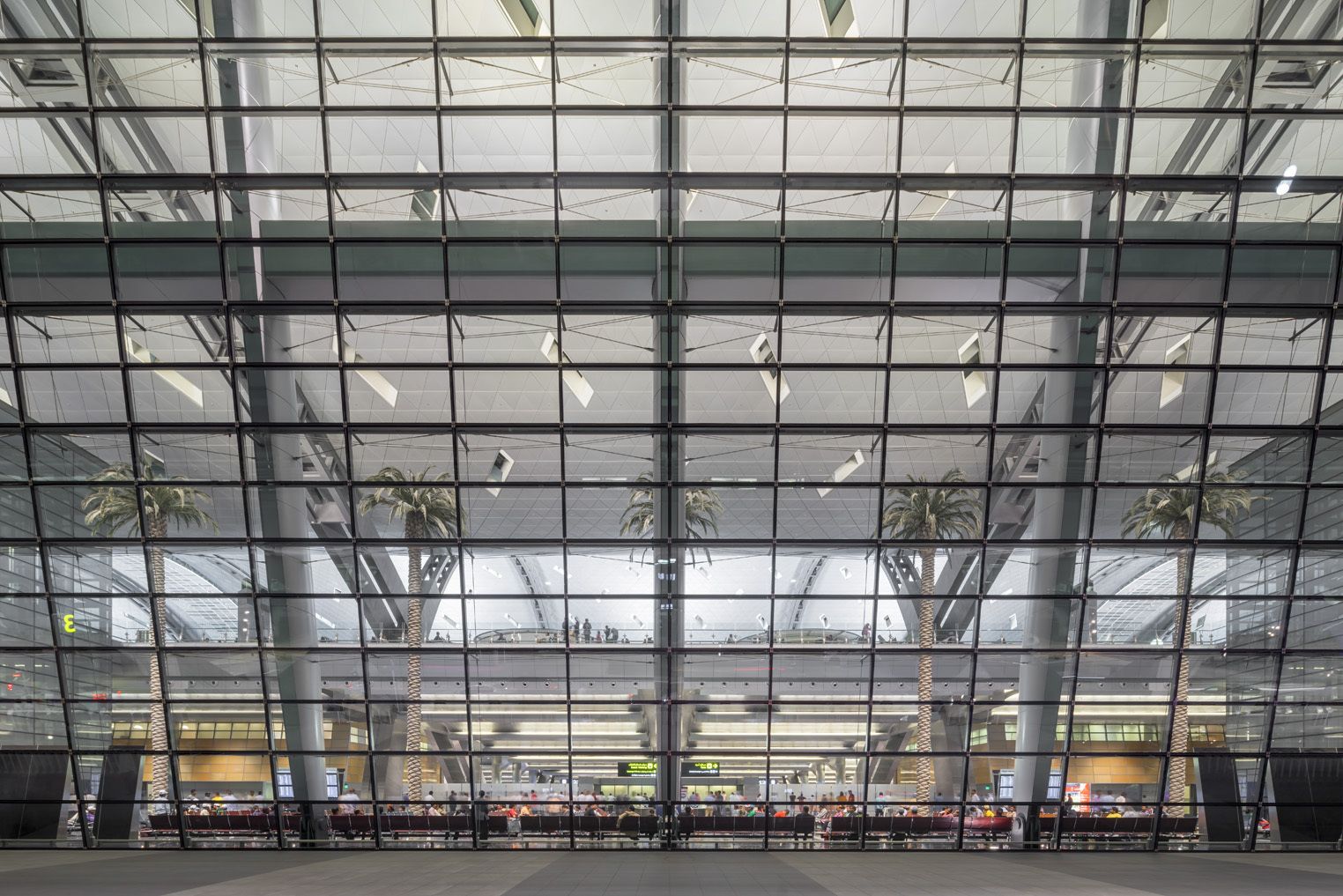
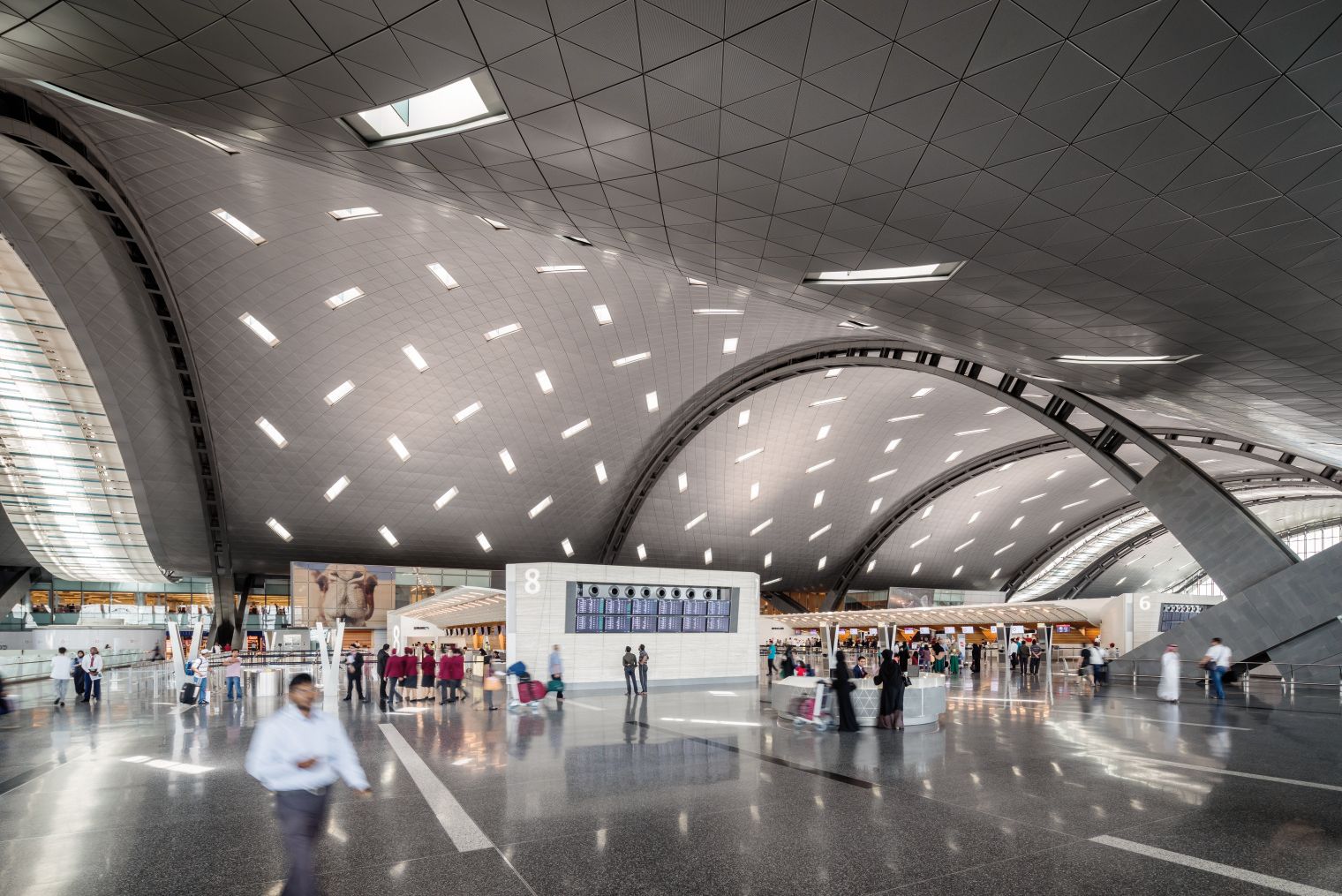
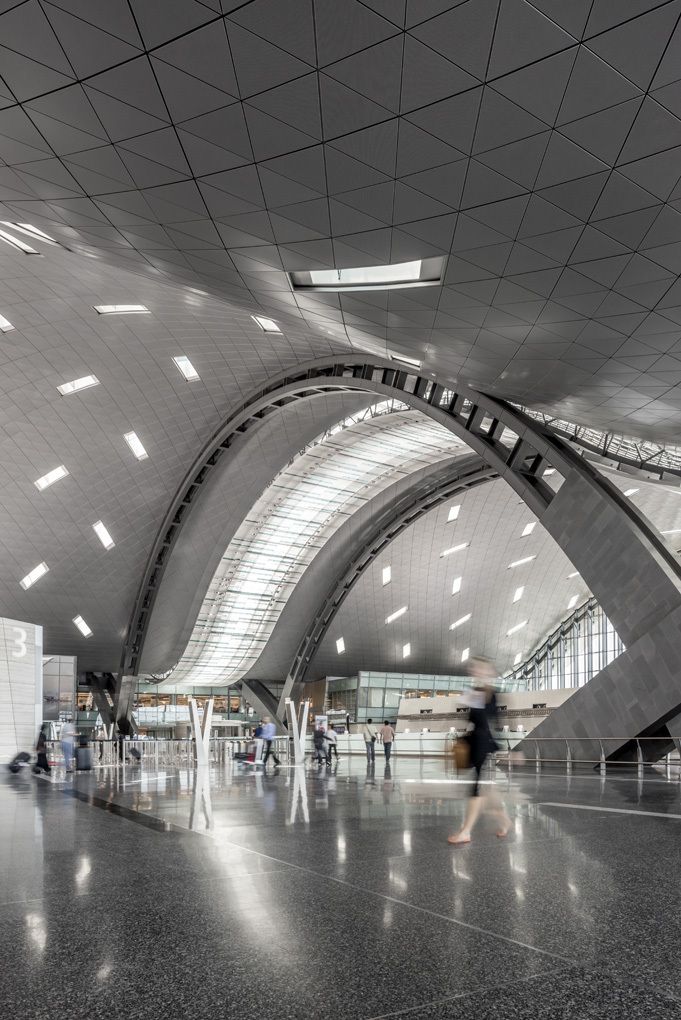
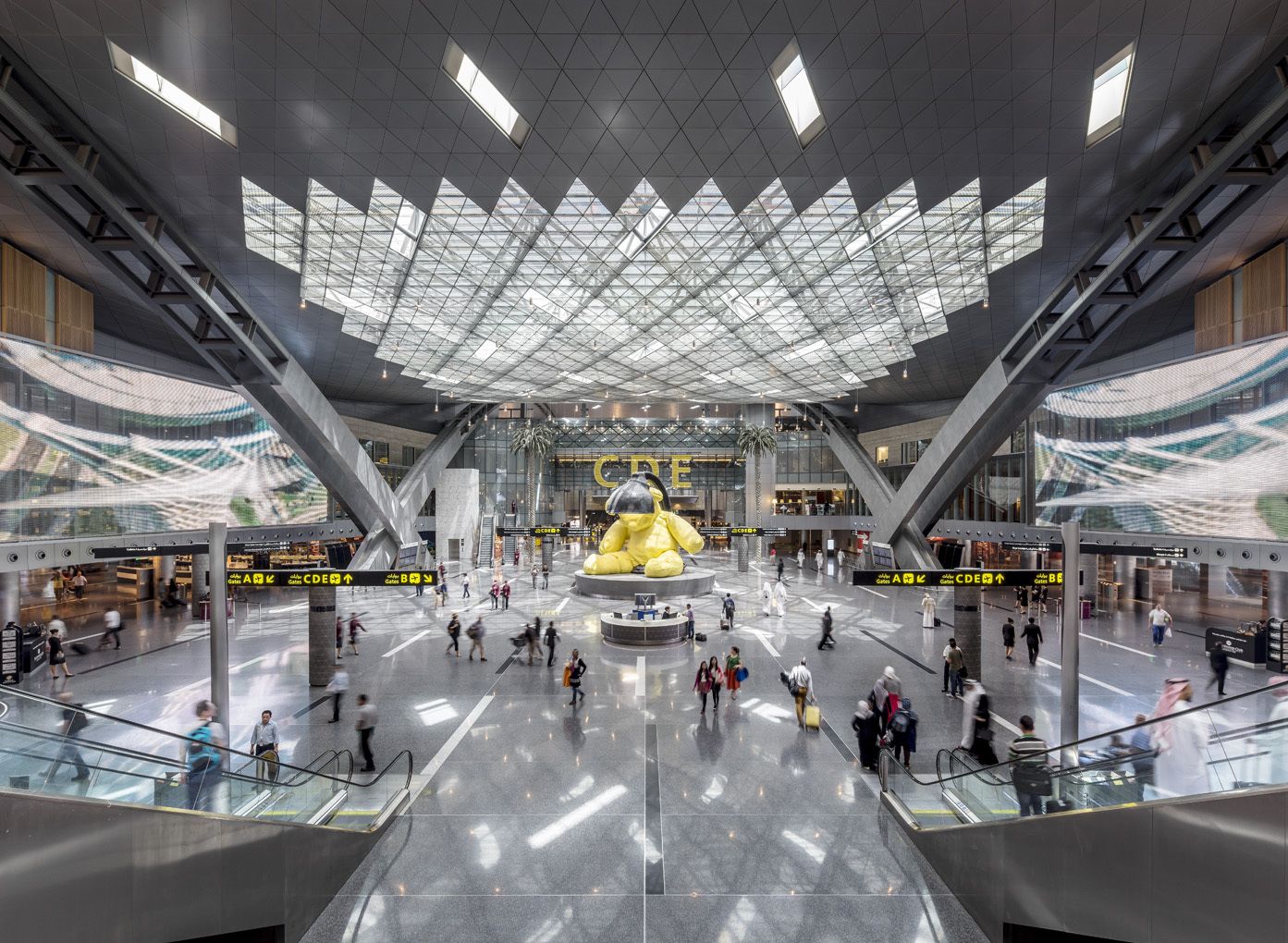
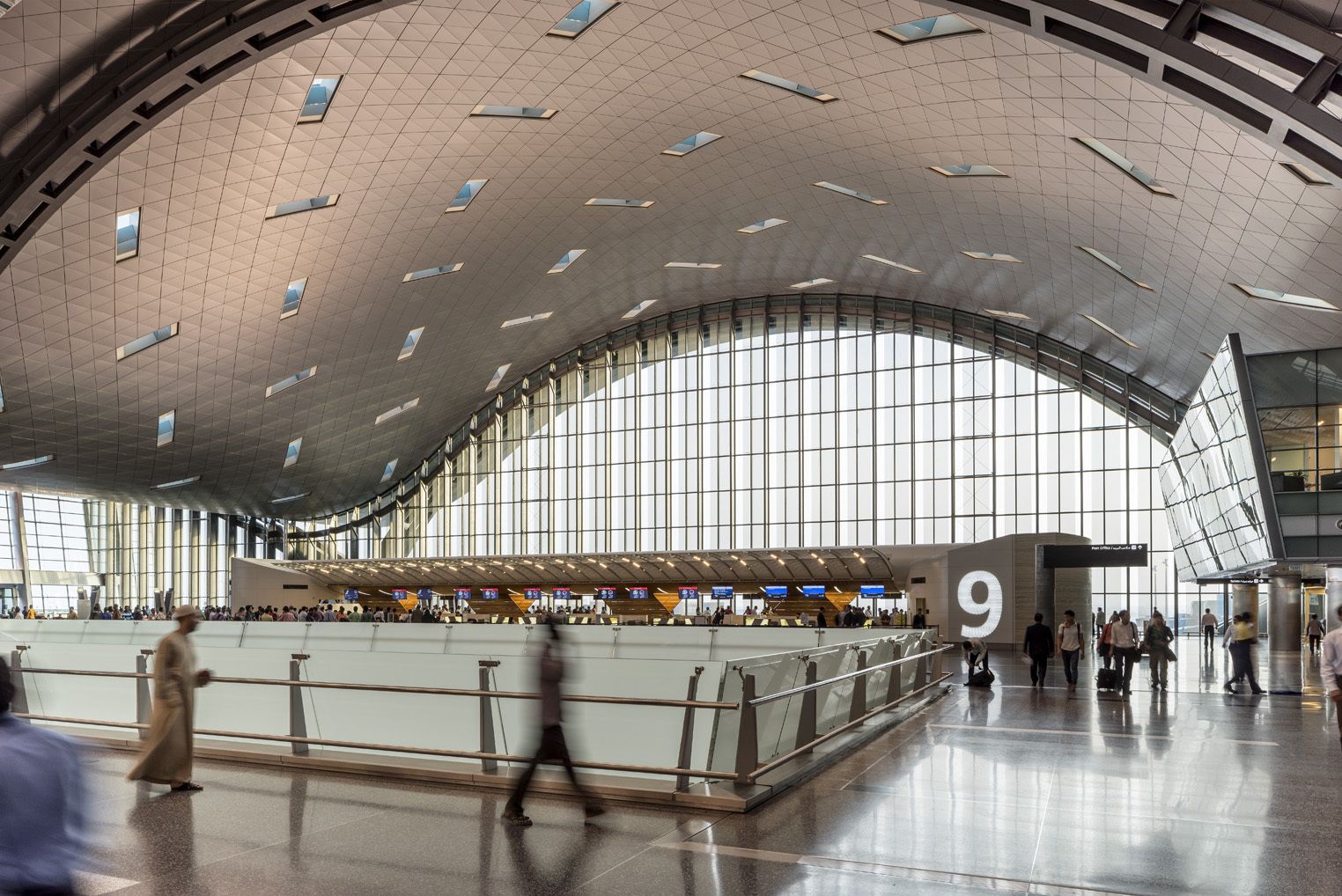
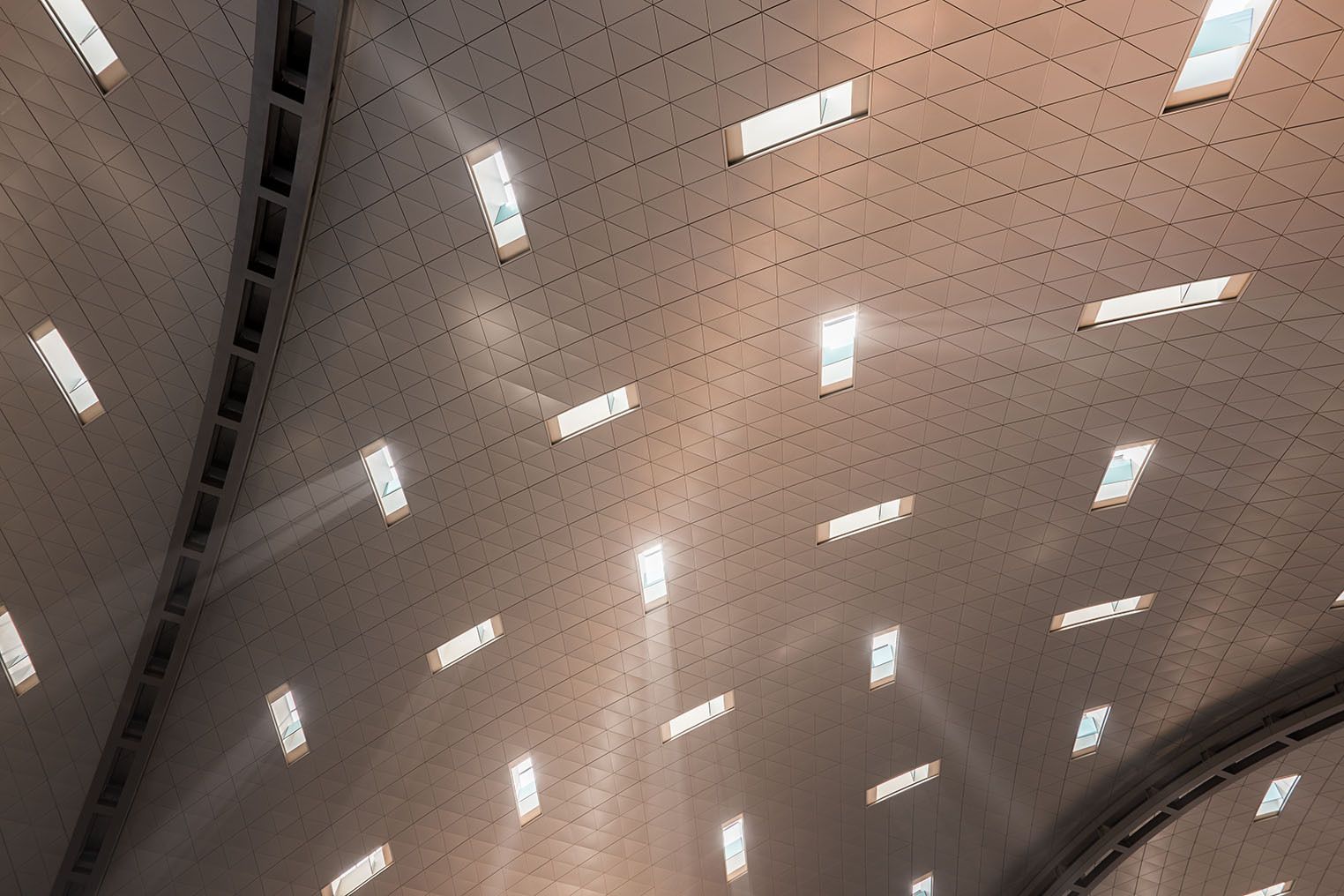
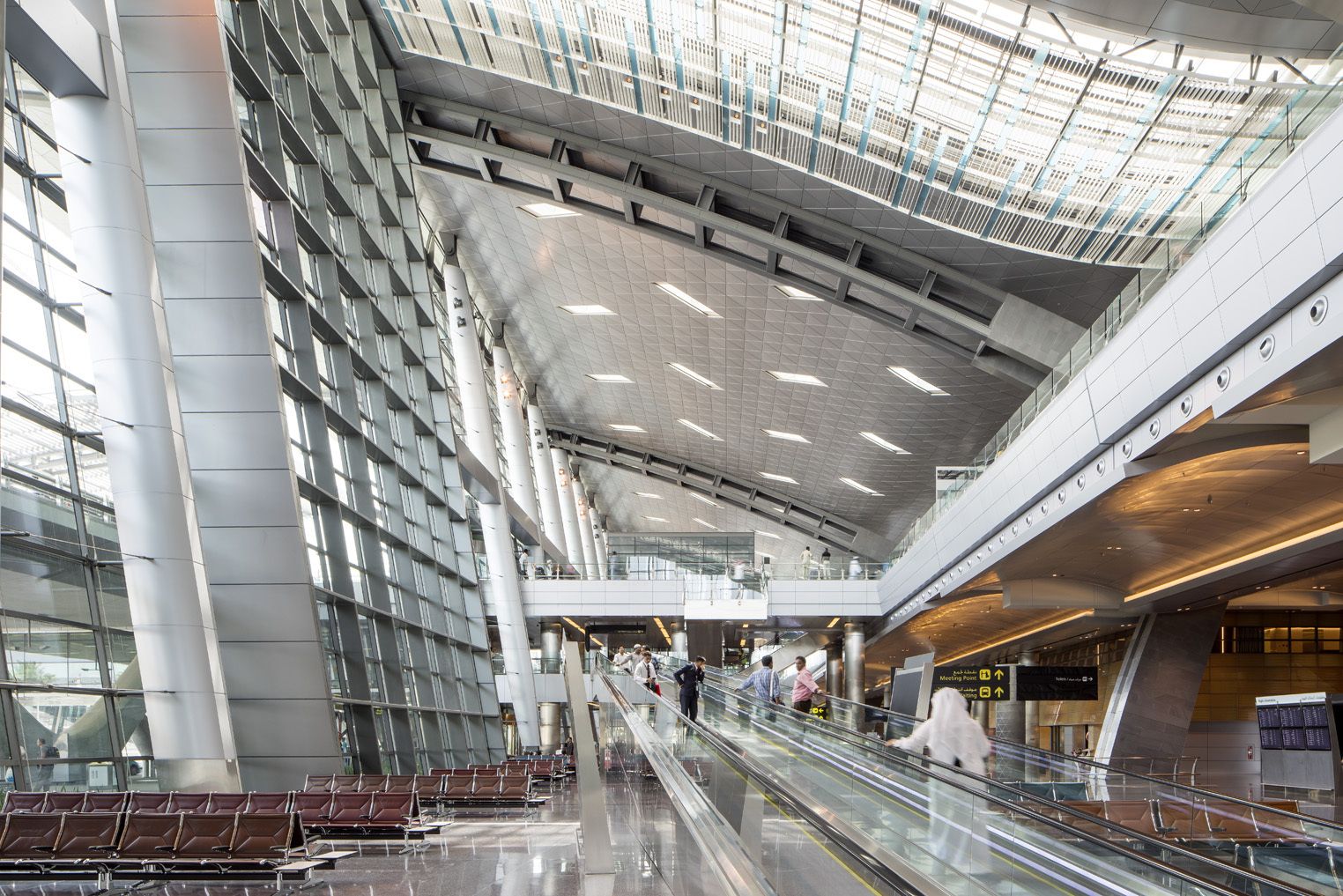
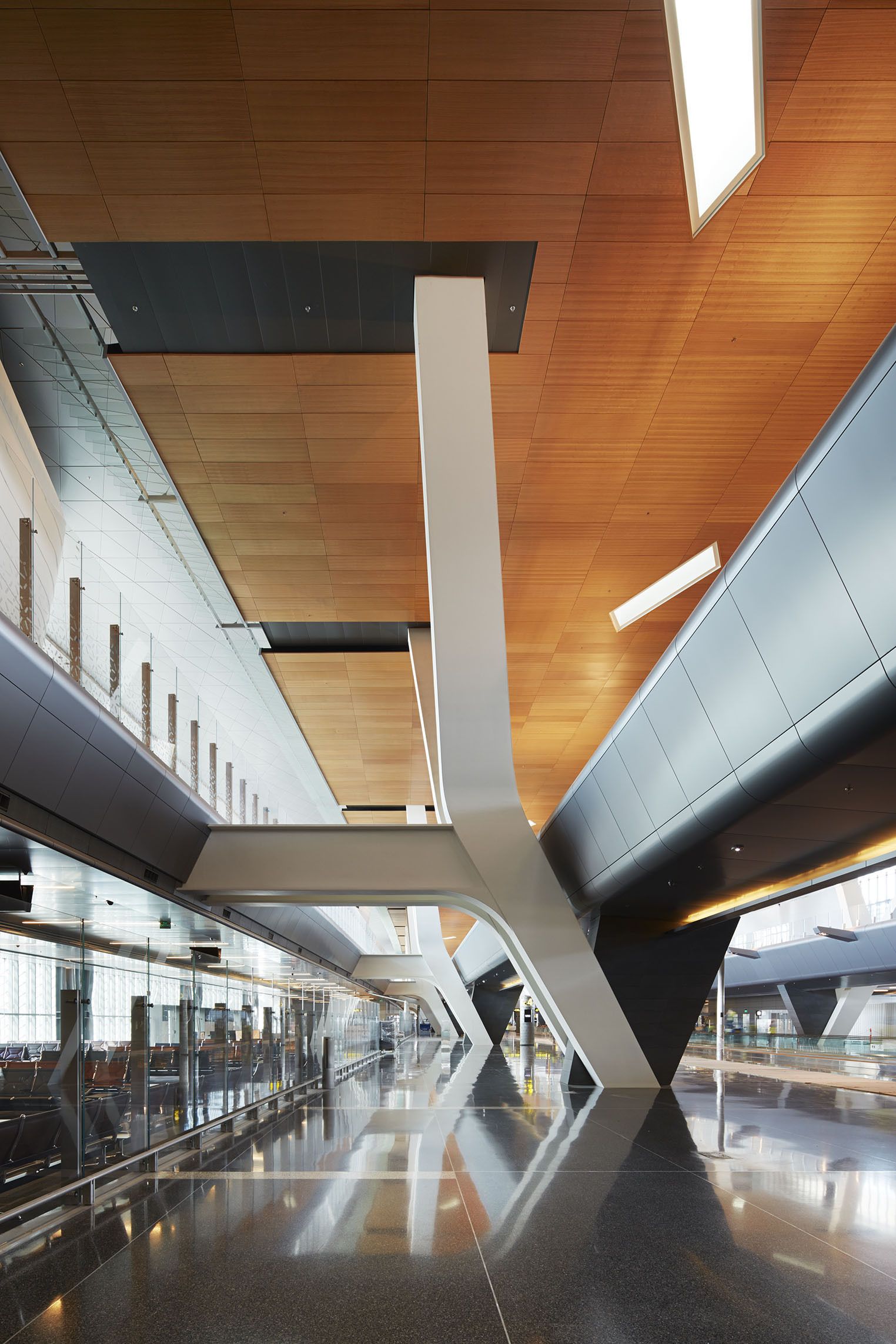
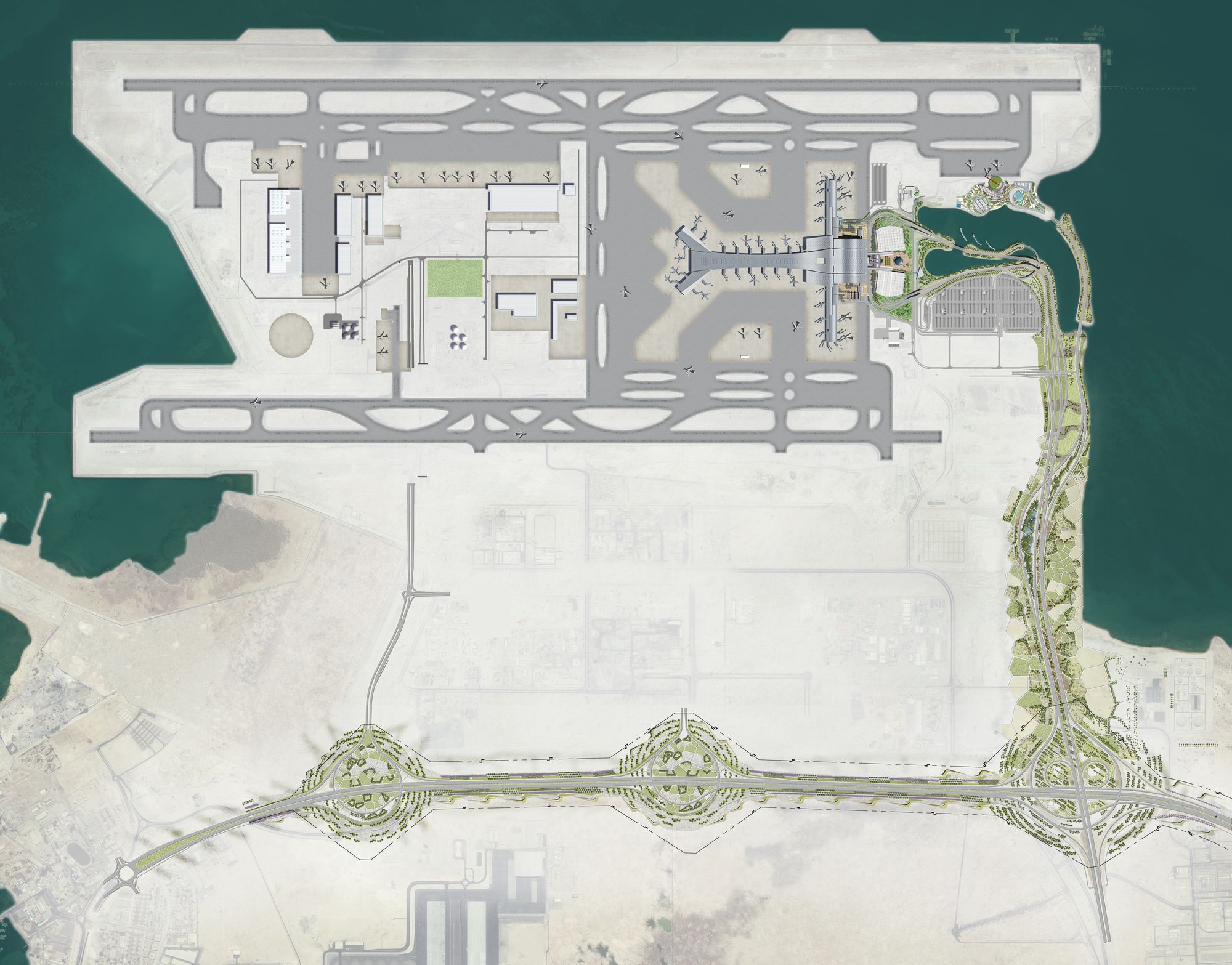
Chhatrapati Shivaji International Airport mirrors the essence of Indian culture as it fuses between the practical and luxurious. The airport consists of several piers that reach around the main central hall. This imagery of reaching out comes in handy as it signifies the country’s global expansion. The airport lighting system echoes all that is Indian since it relies on colorful desks and warm, welcoming artificial lighting which reflects the colorfulness of the Indian culture. The livelihood as well as the vivaciousness of the country. The airport embodies the spirit of the country, and links between this rich soil and its surrounding countries. The pillars inside the airport are reminiscent of the old Indian palaces and their surroundings which are sublime and majestic. Chhatrapati Shivaji International Airport turns the experience of the passengers from a mundane, mechanic task into a luxurious trip as rich as their destination.
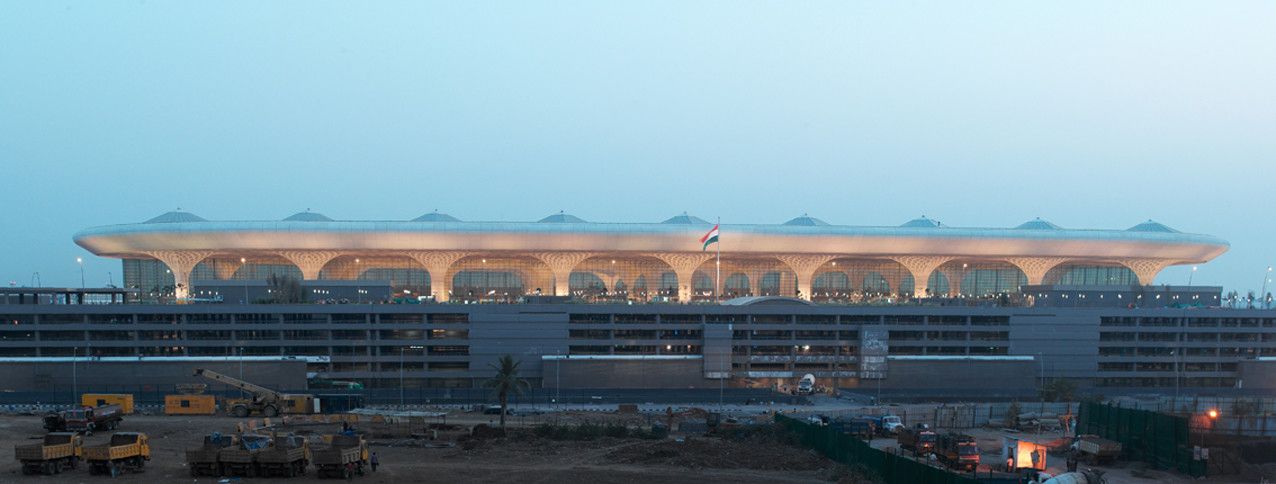
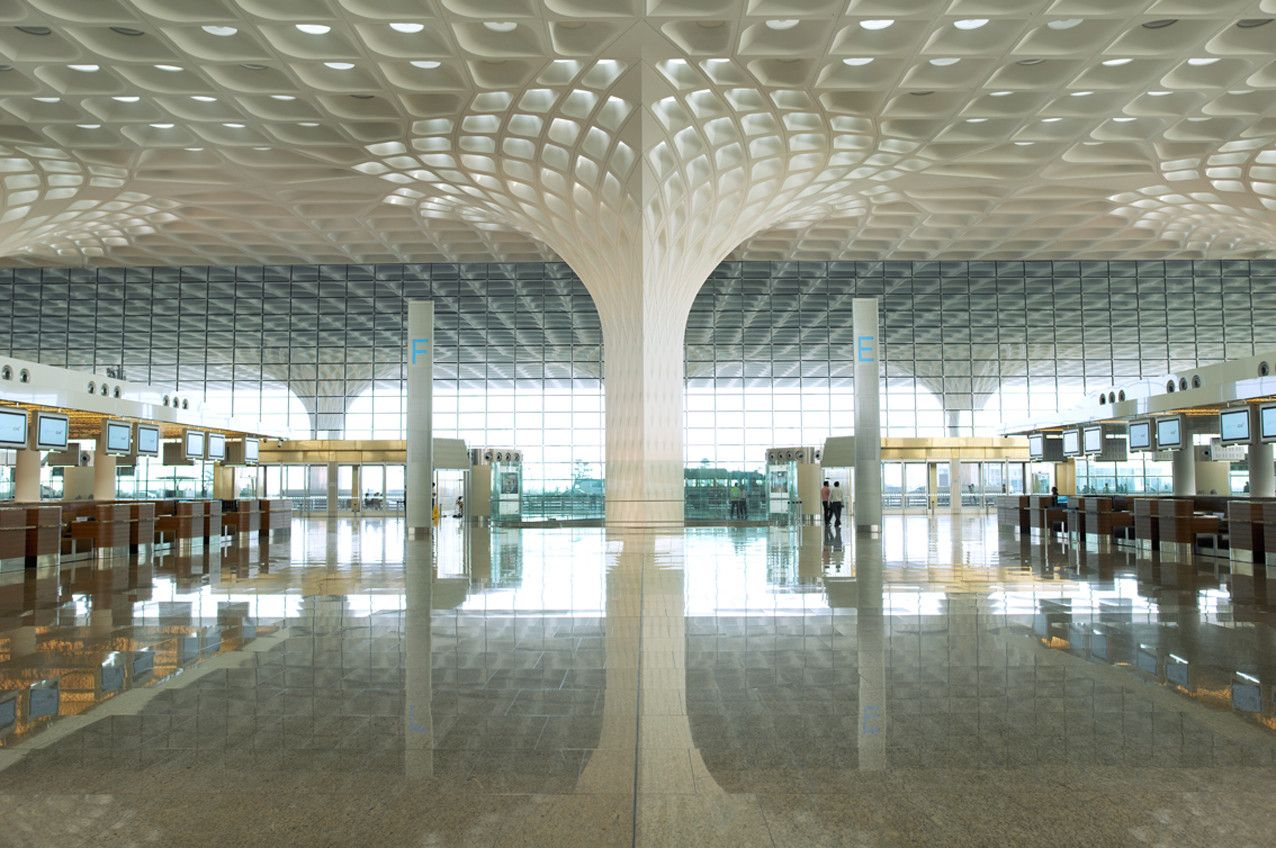
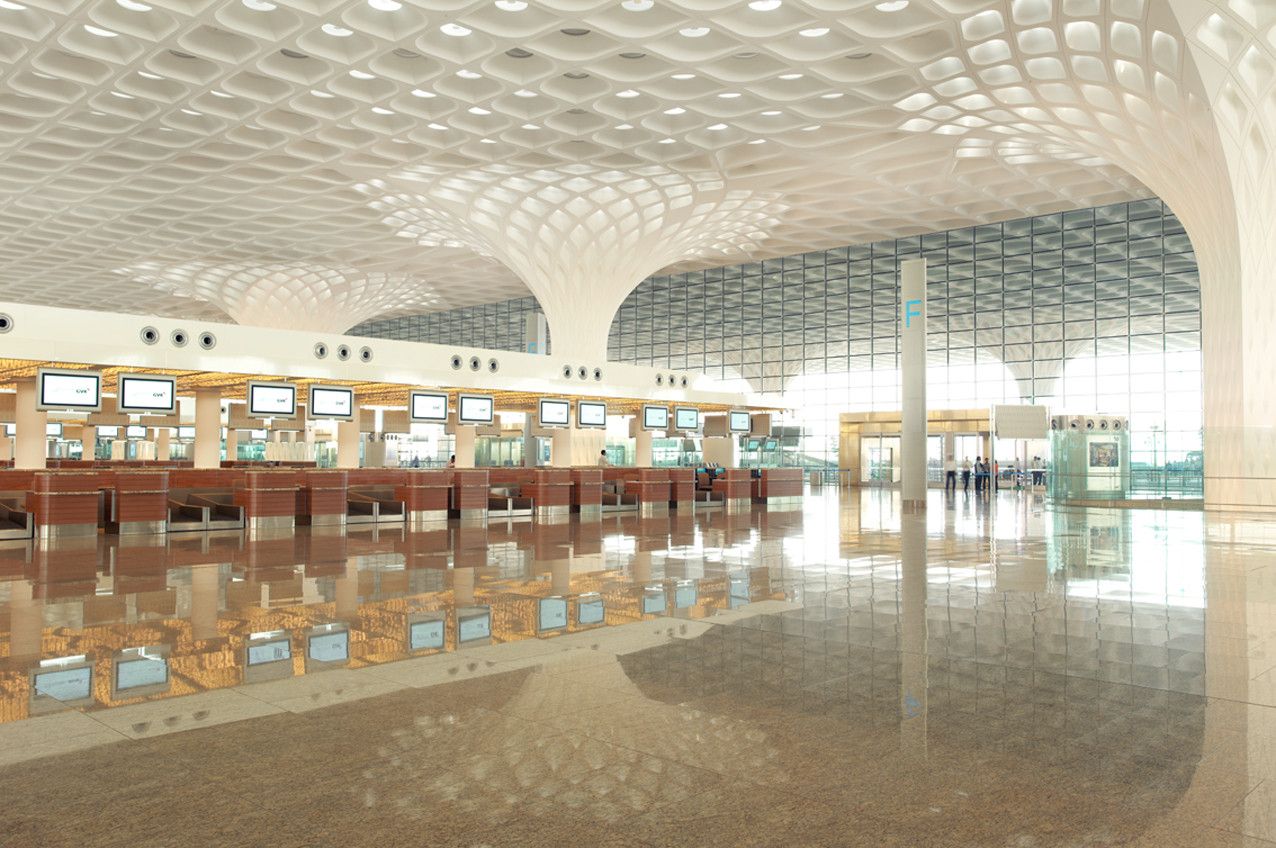
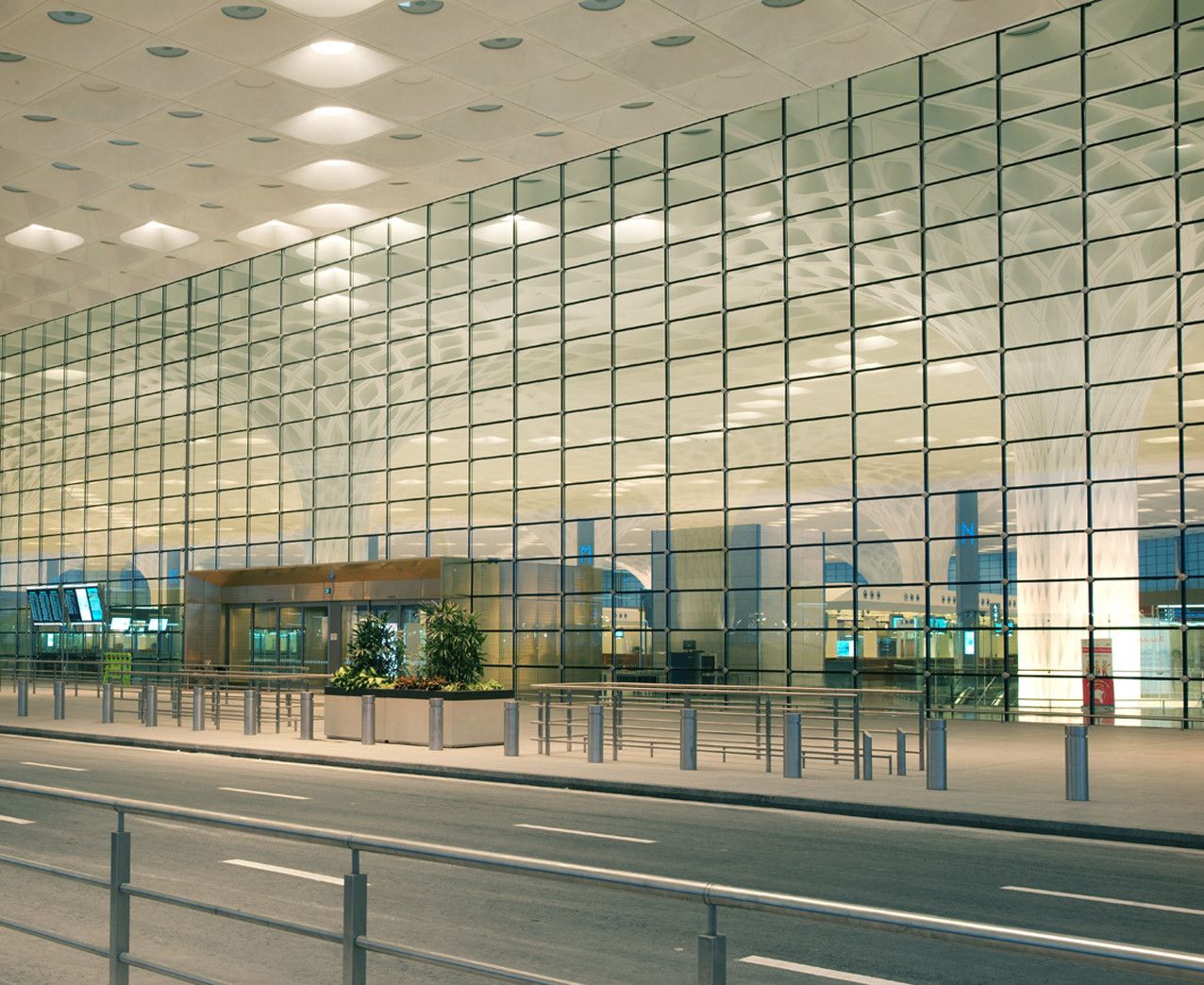
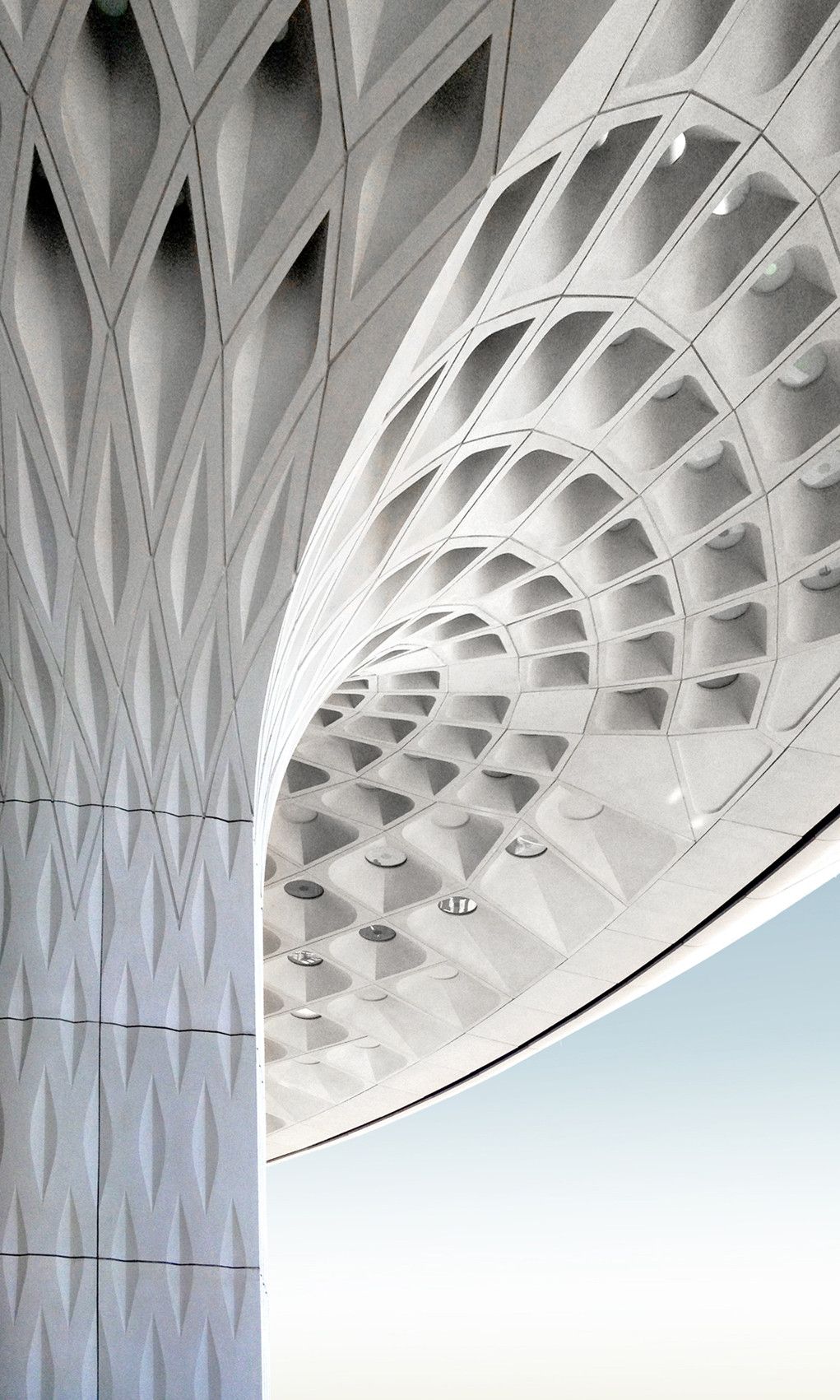
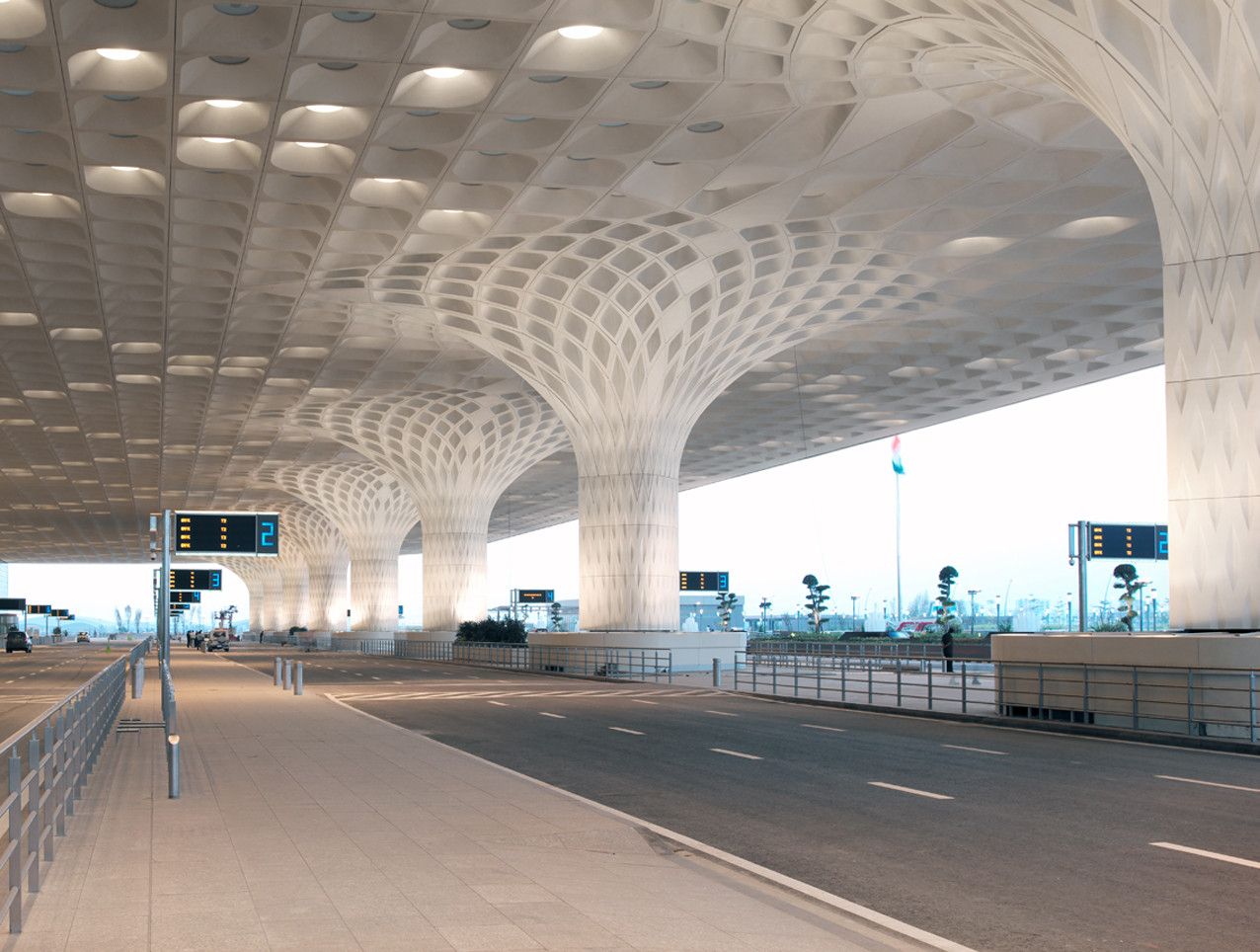
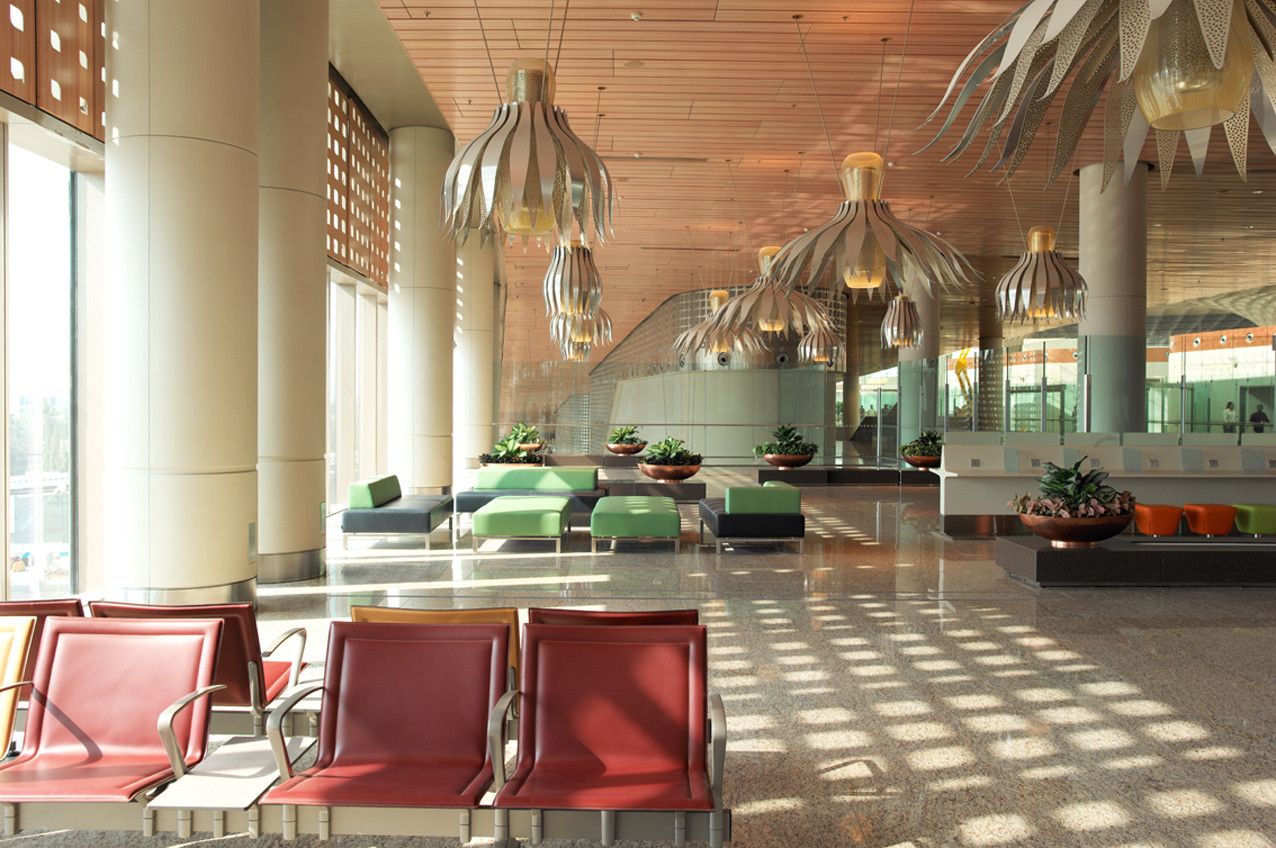
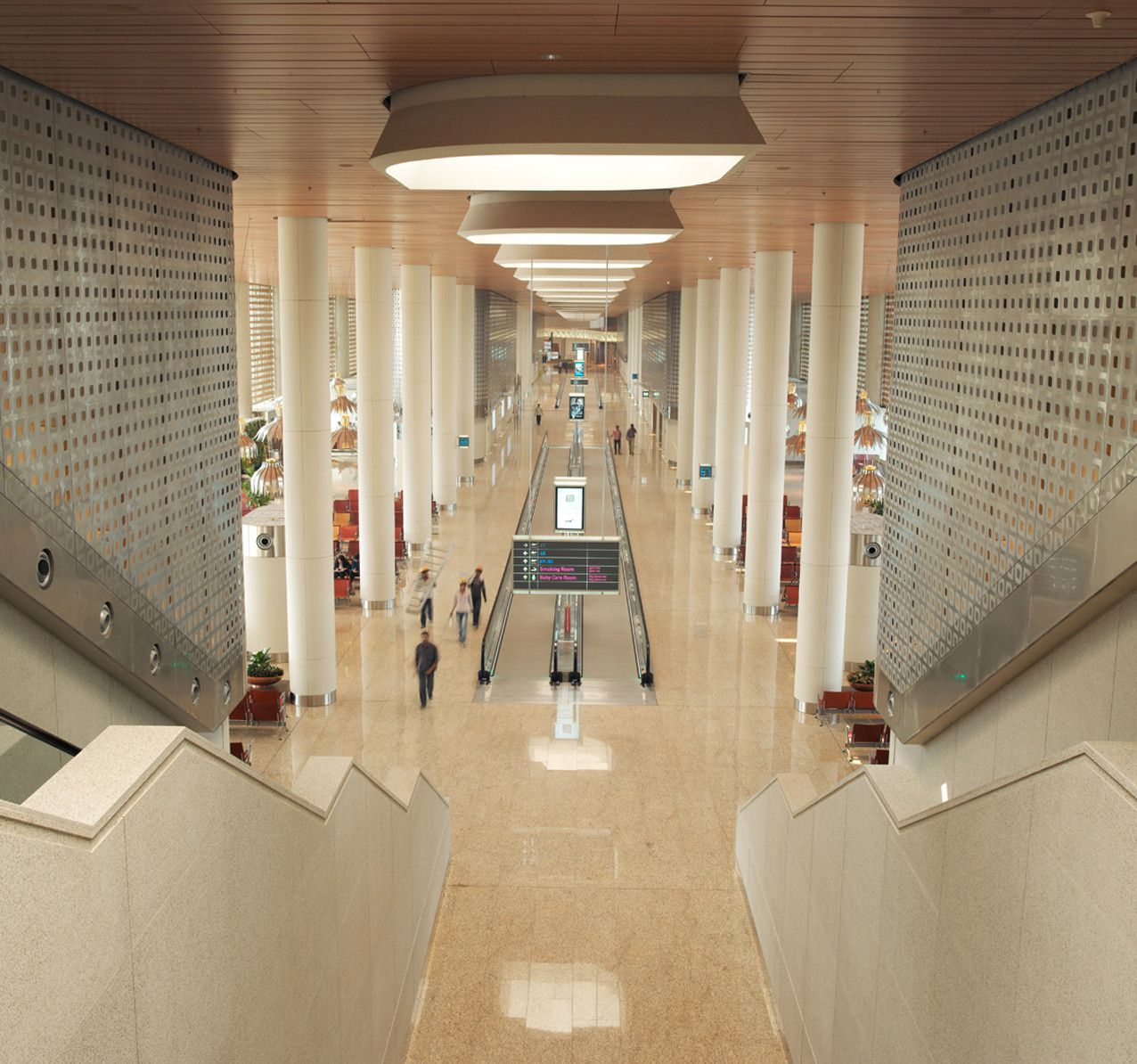
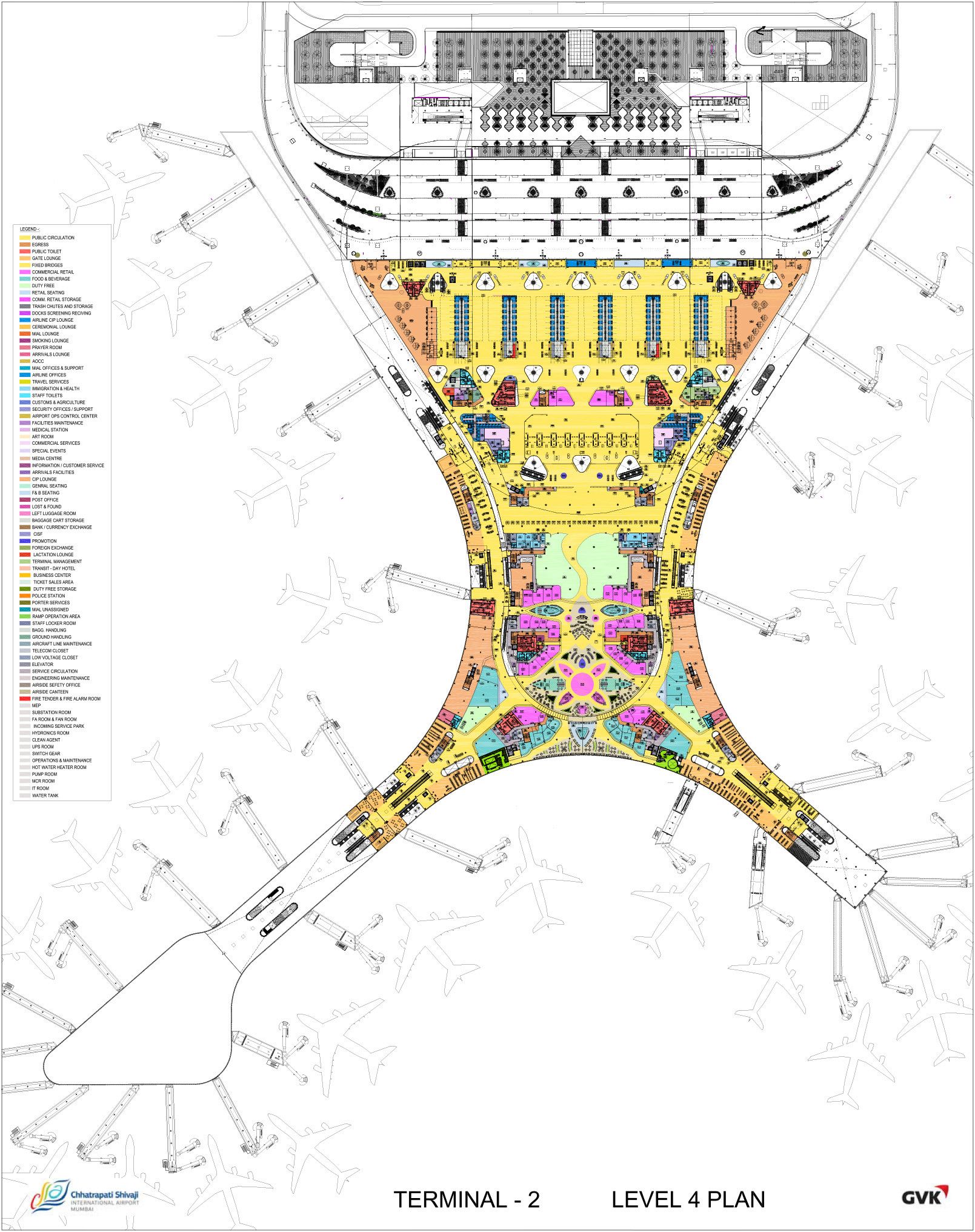
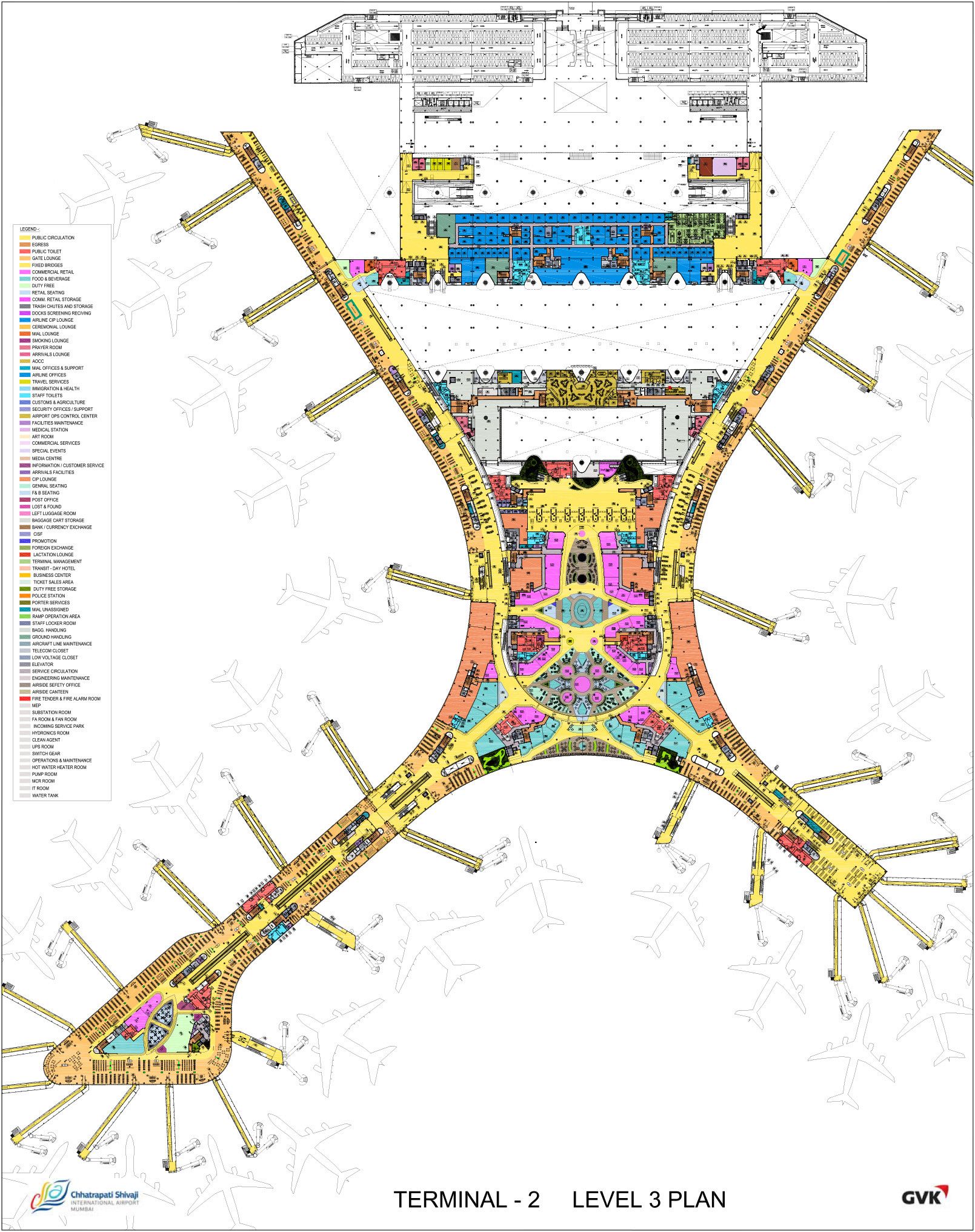
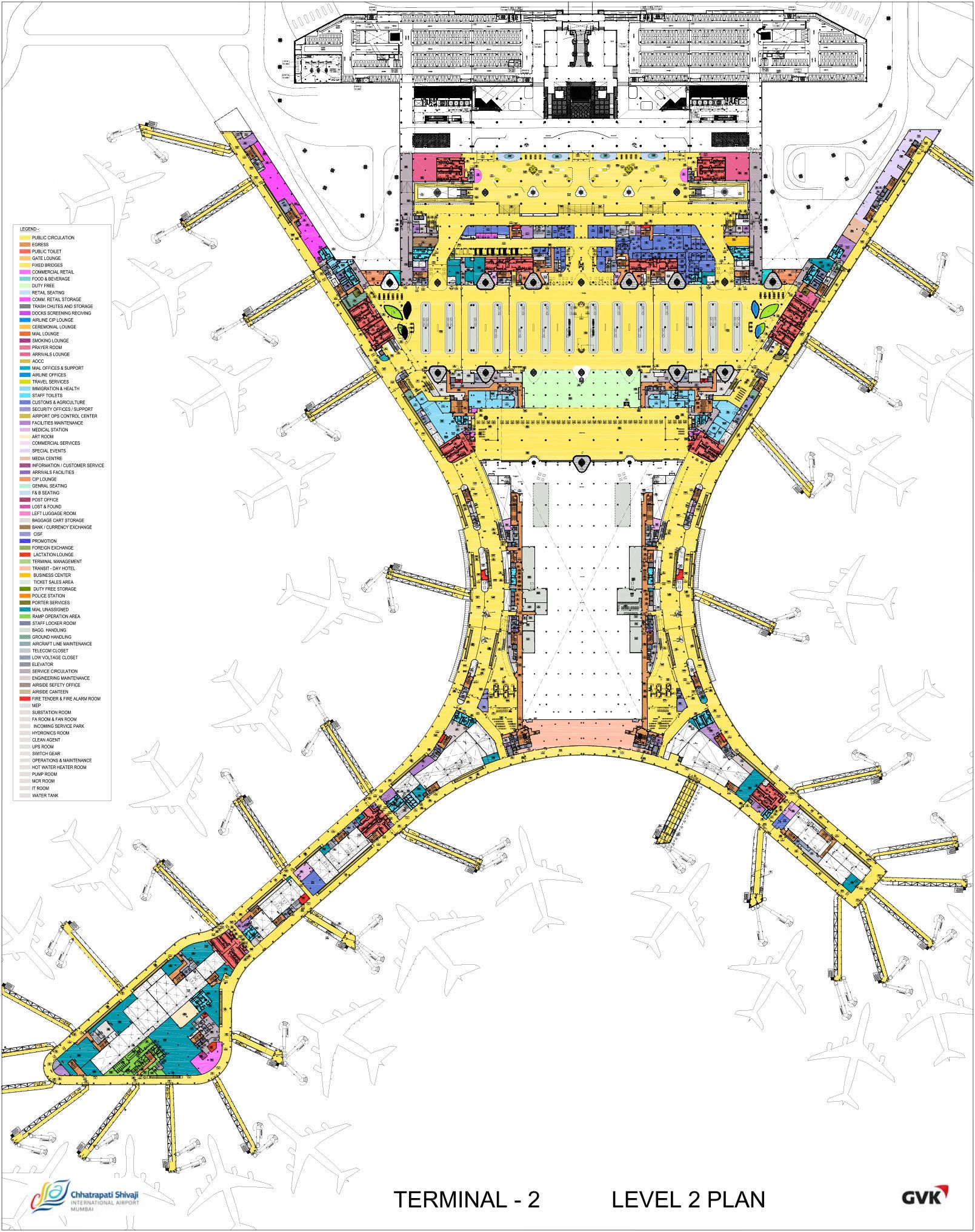
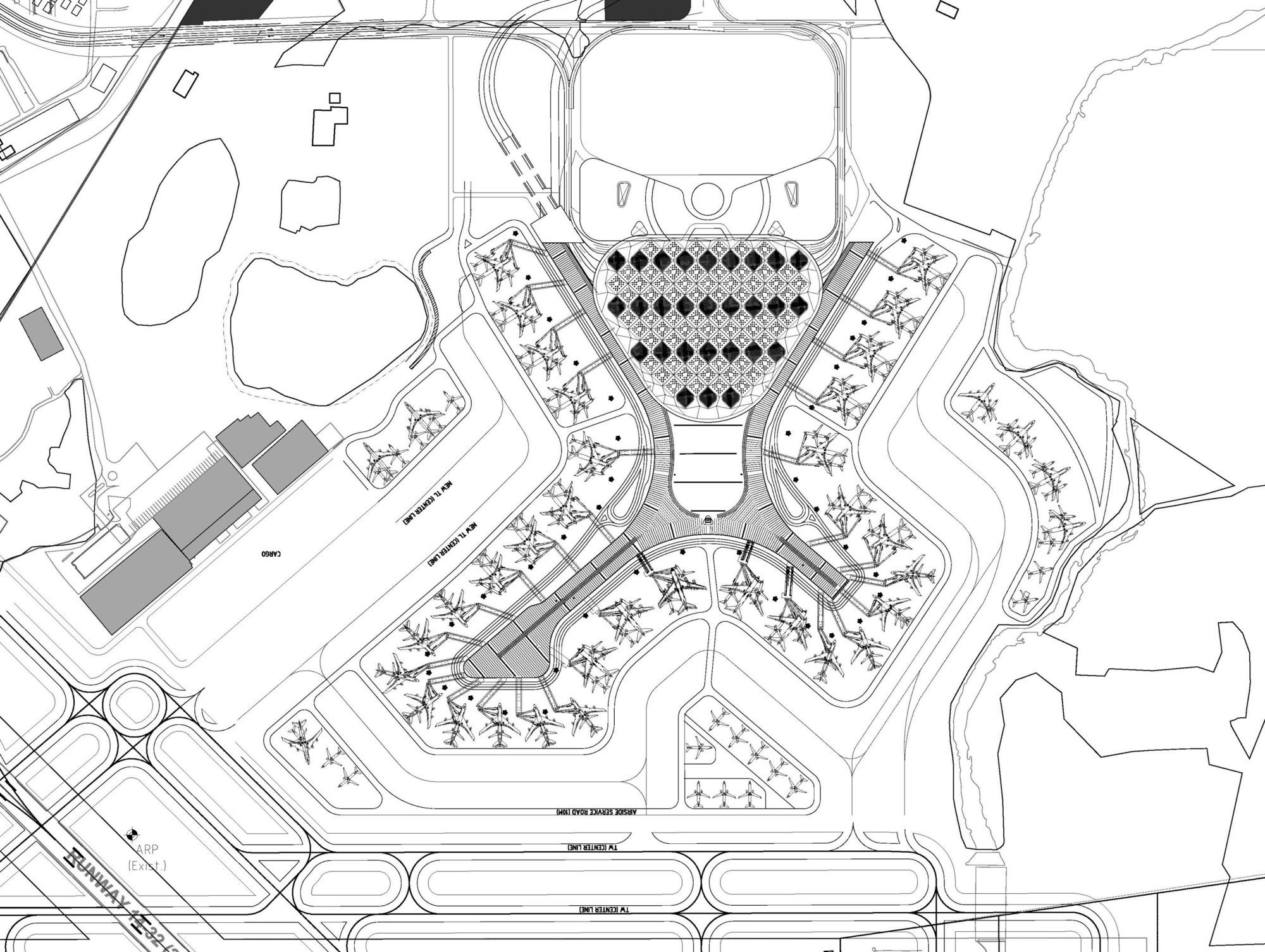

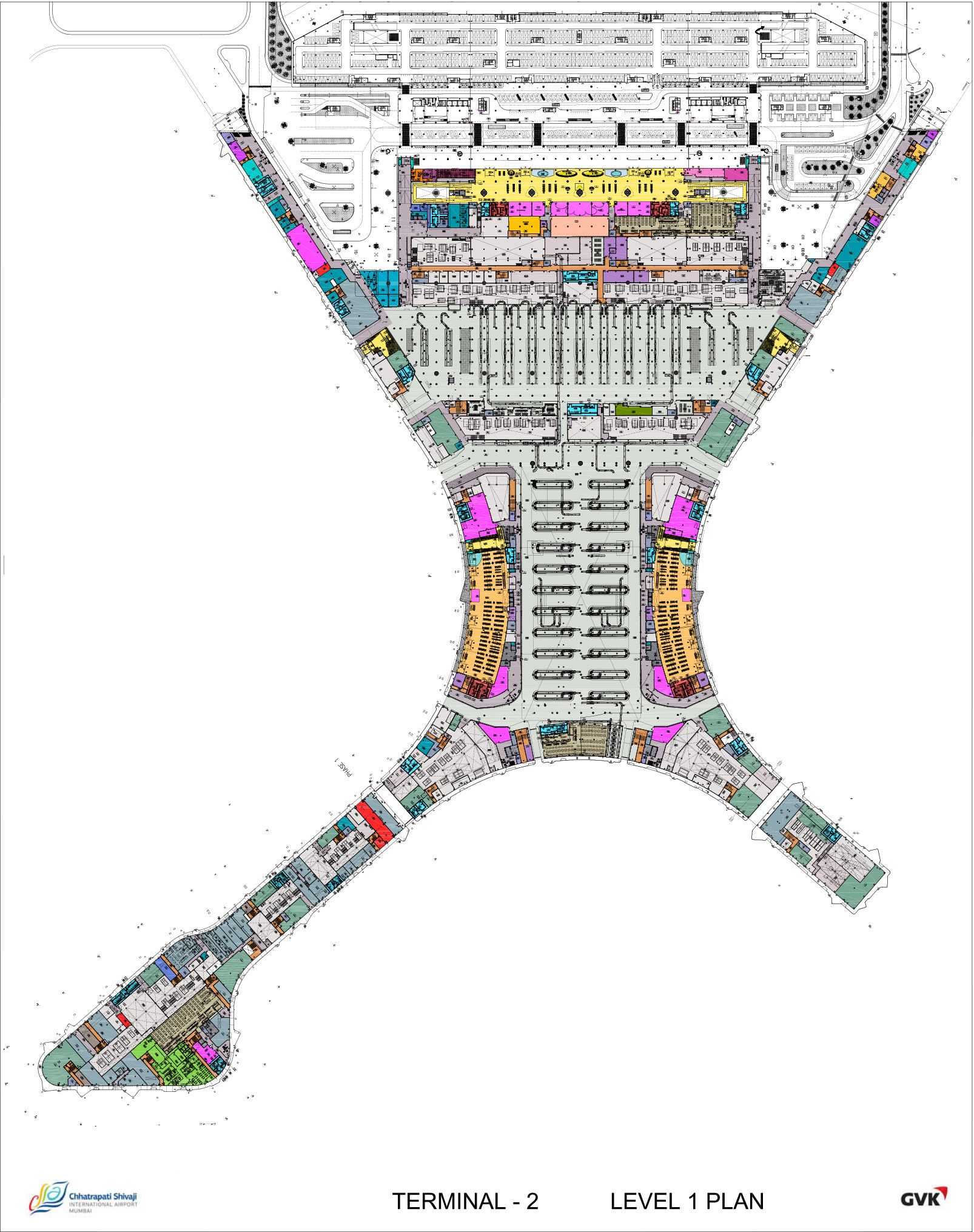
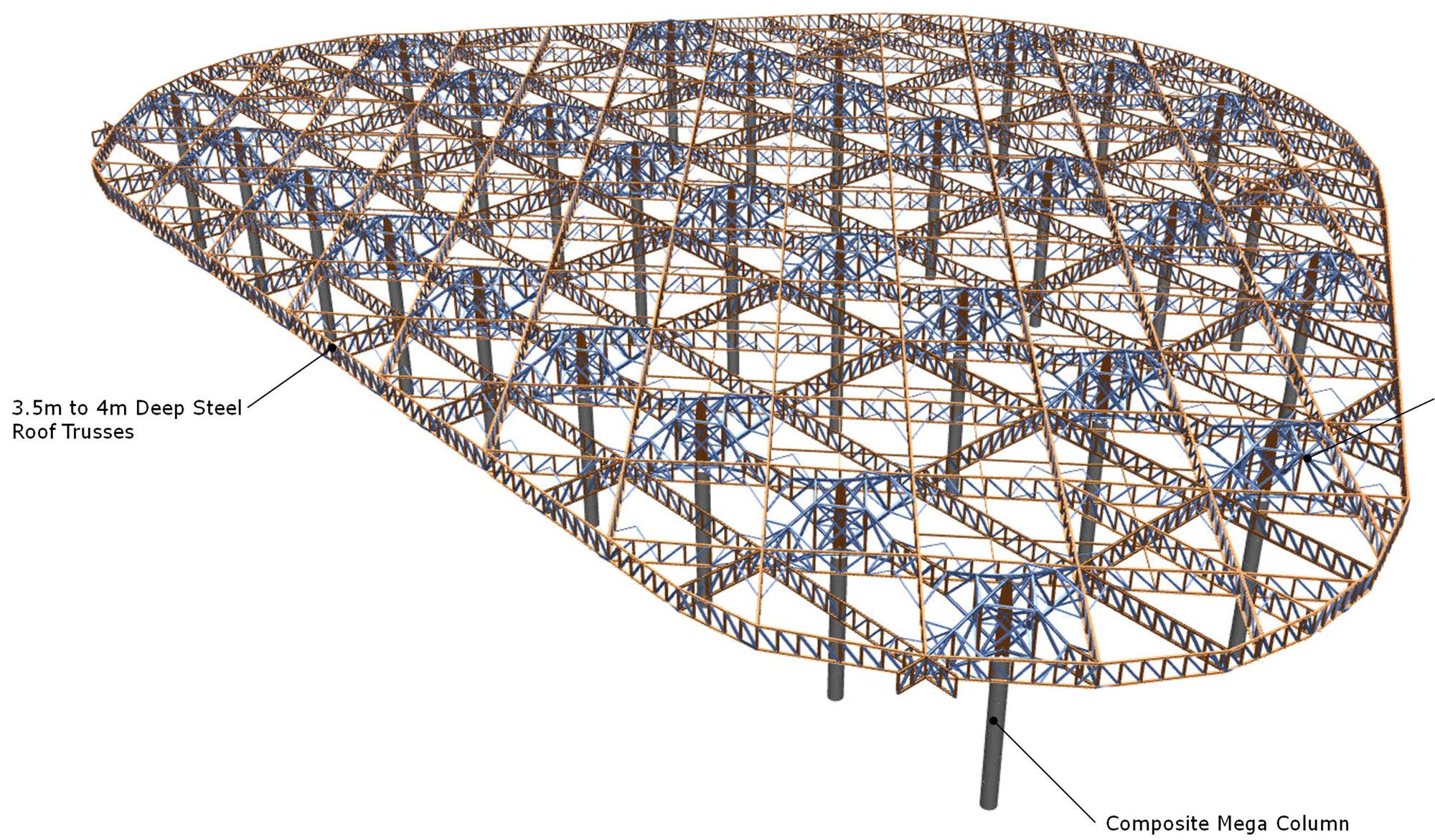
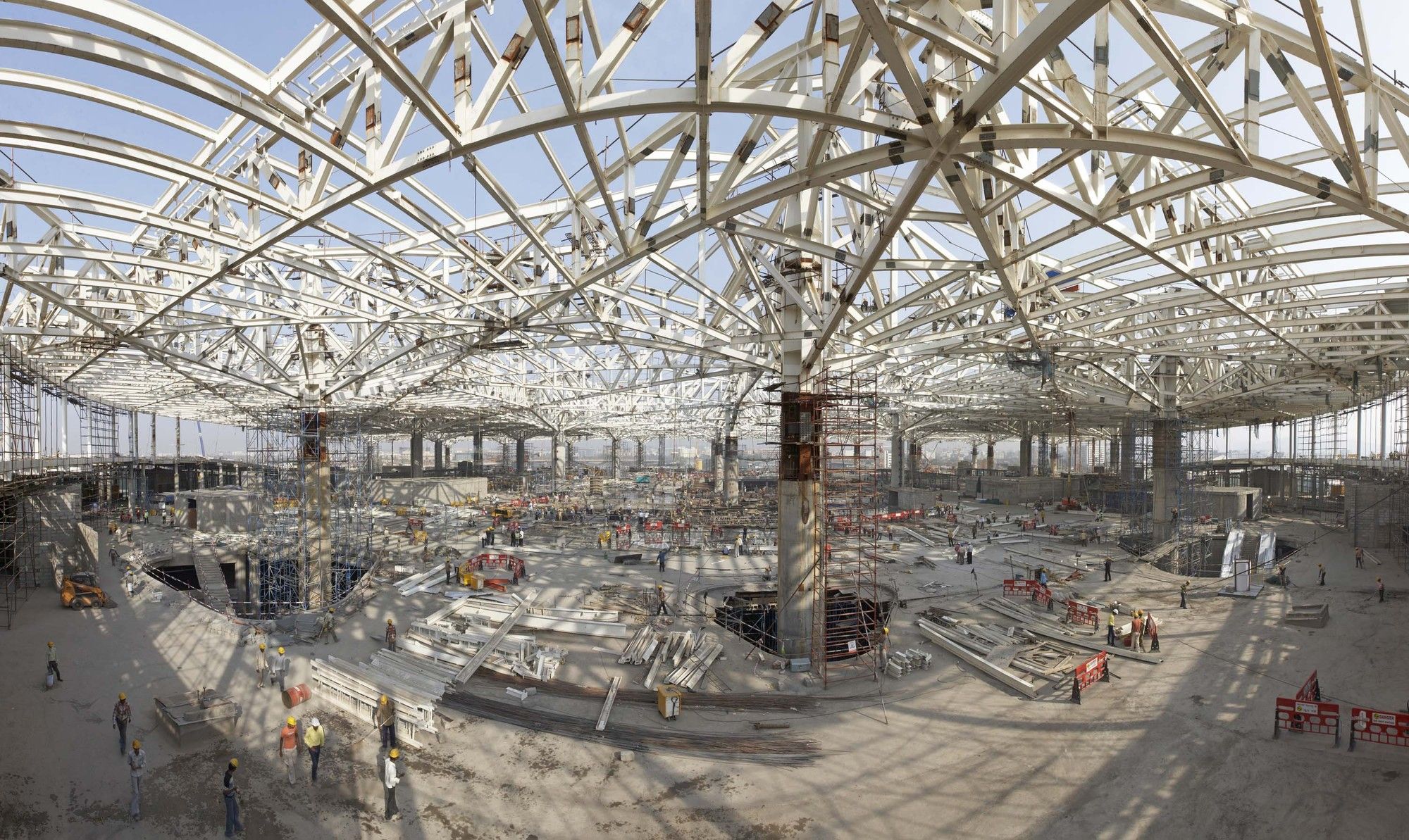
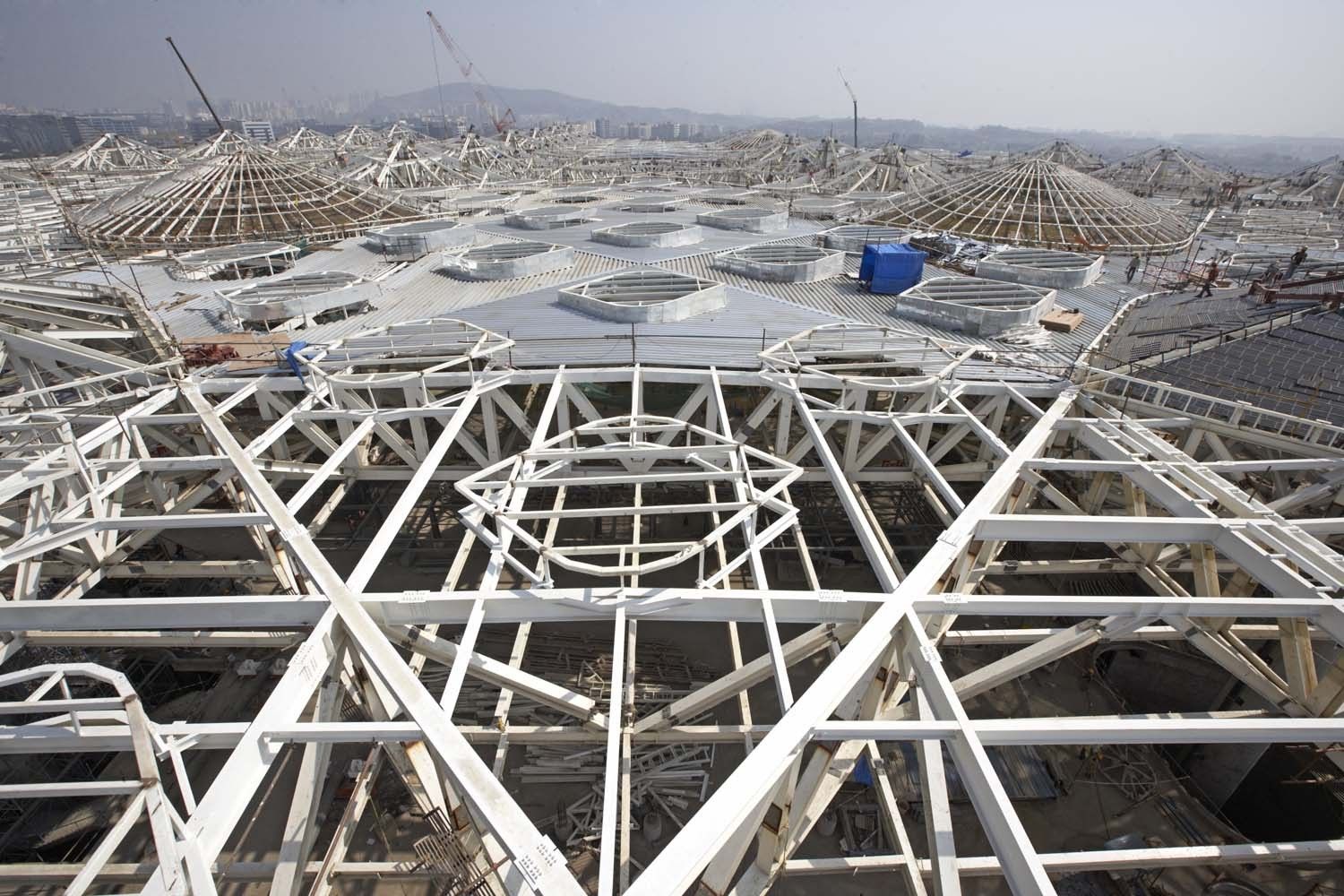
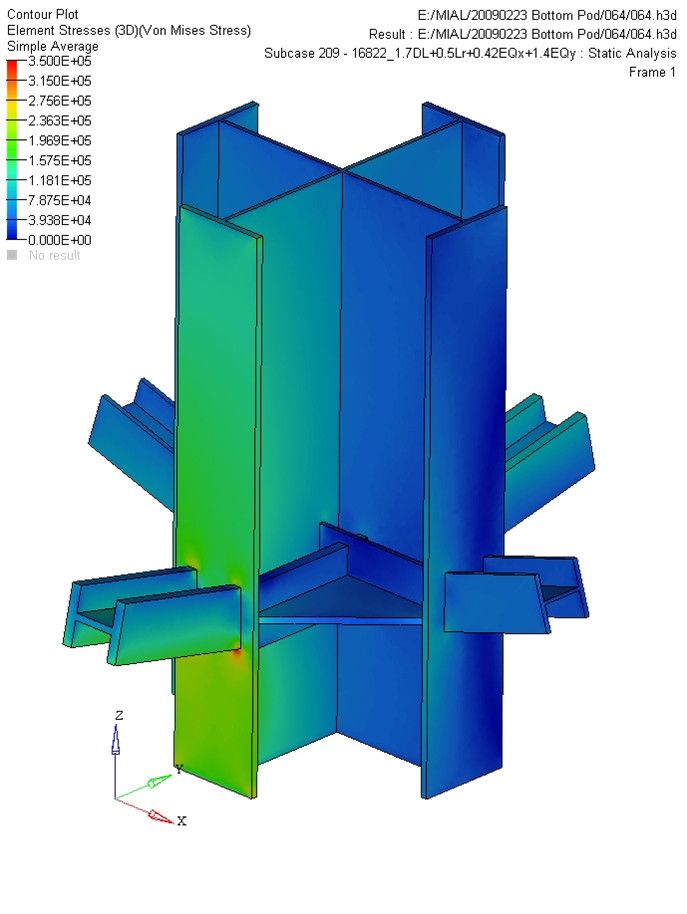
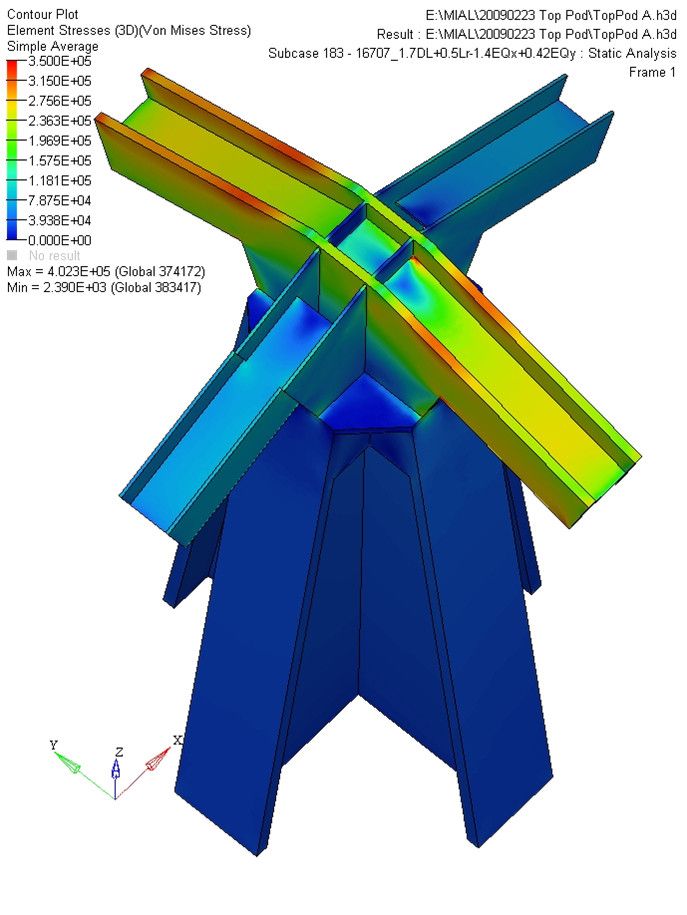
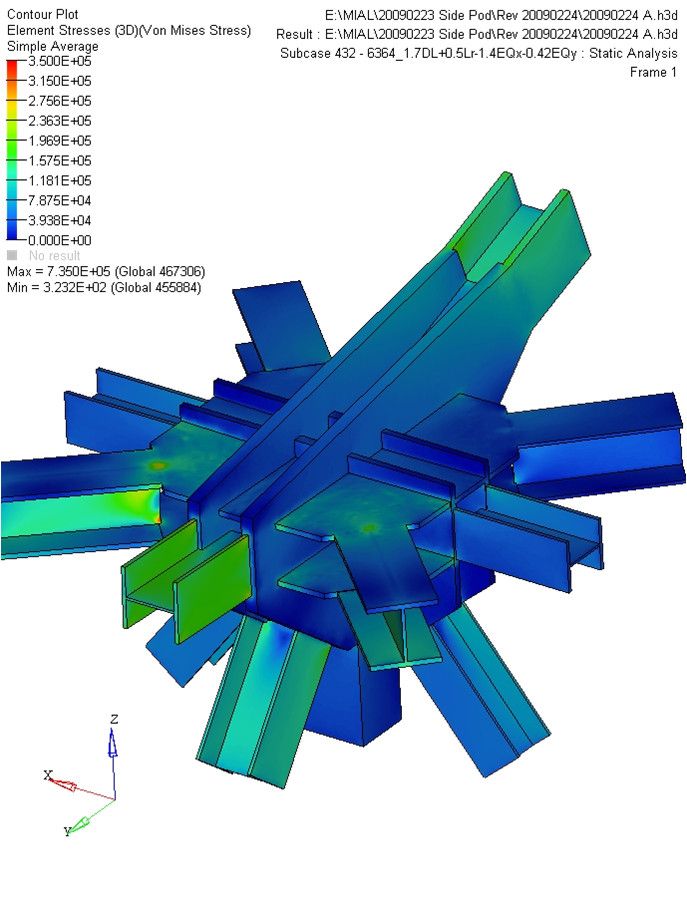
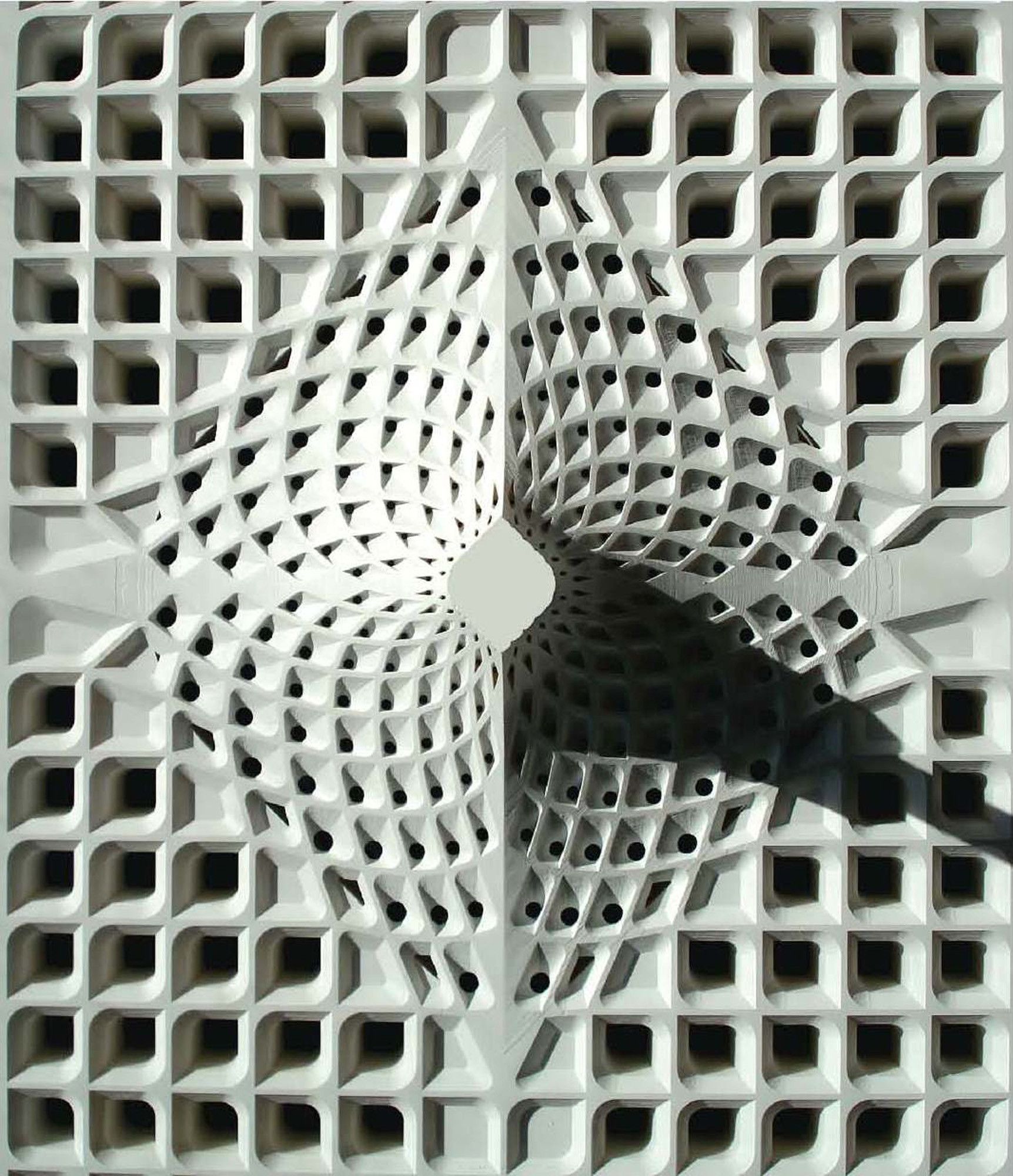
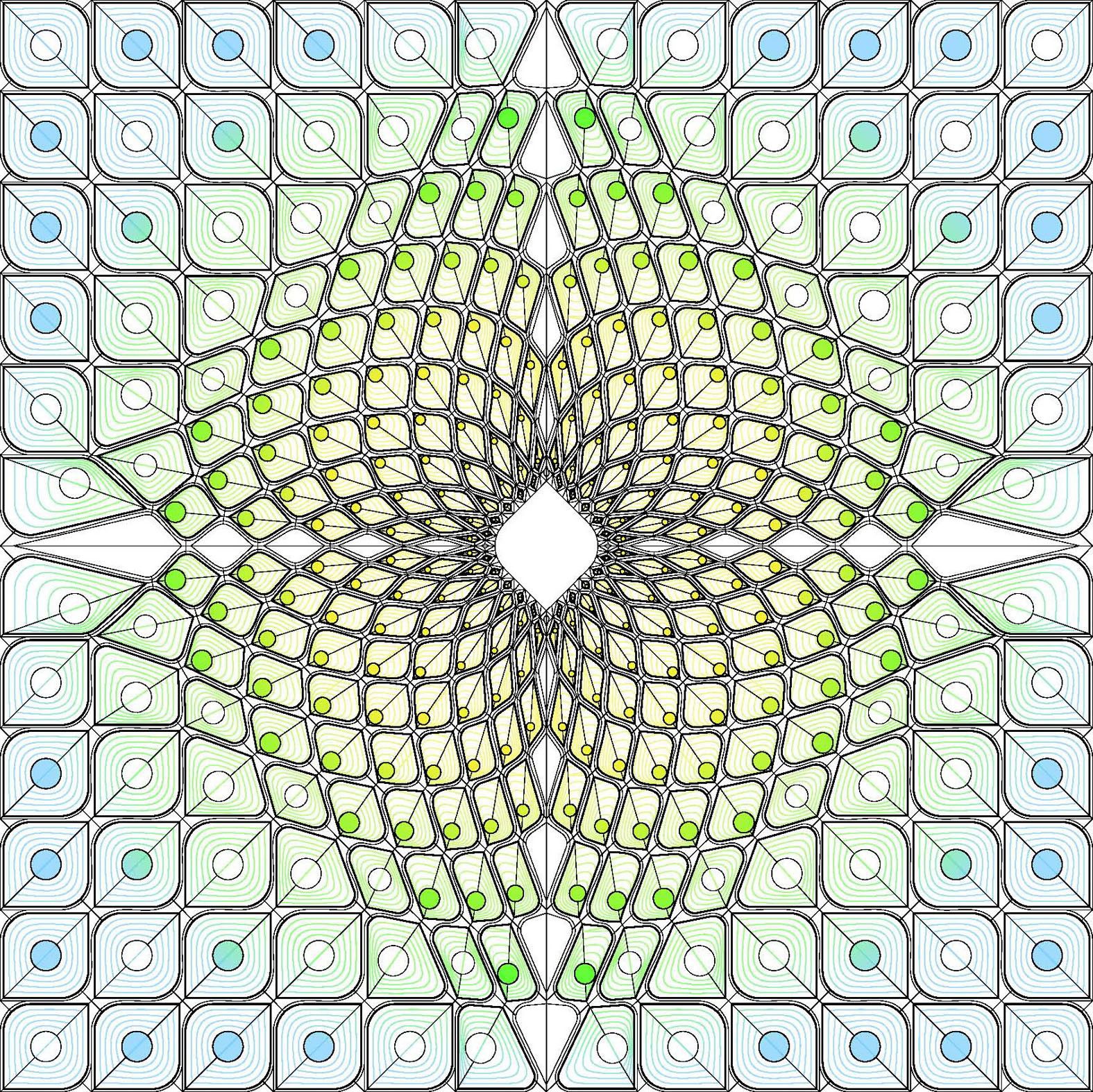

Pulkovo International Airport is created to merge with the palatial aesthetic of the city of St. Petersburg. It is constructed in the fashion of sloping roofs are and grand gold-and-white colored exteriors. This design was not only chosen to match the grandeur of the city, but it is also practical as it was made to withstand the heavy snowfalls that are characteristic of St. Petersburg. This all comes as a part of a greater plan: a sustainable structure that would withstand the harsh climate surrounding it. It is the third largest airport in Russia, and since it represents a gateway to the country, then it combines between the traditional and the futuristic. It shows the warm elegance of Russian hospitality in the most modest way and delivers the efficiency required of an airport that exists in such a vigorous region.
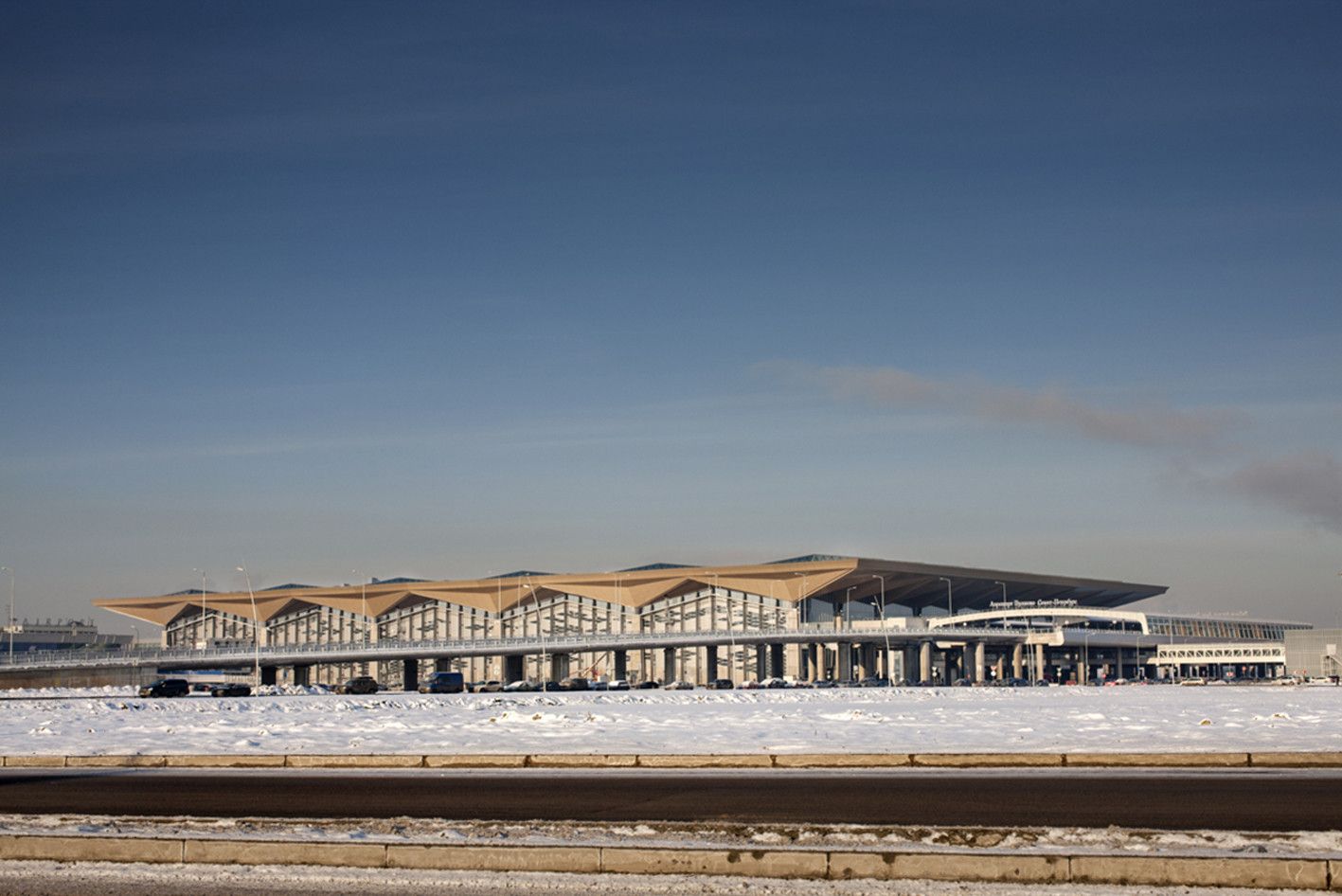
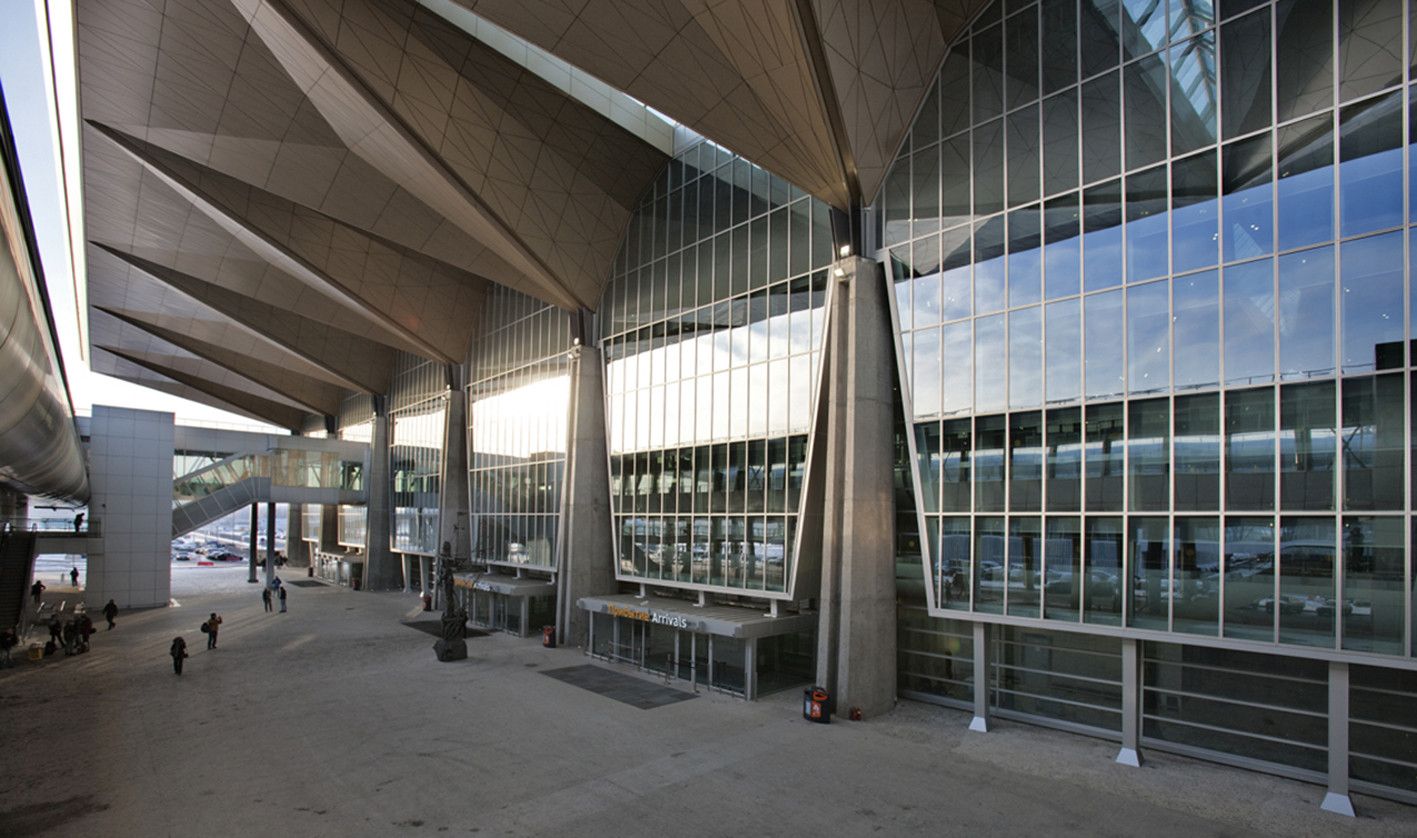
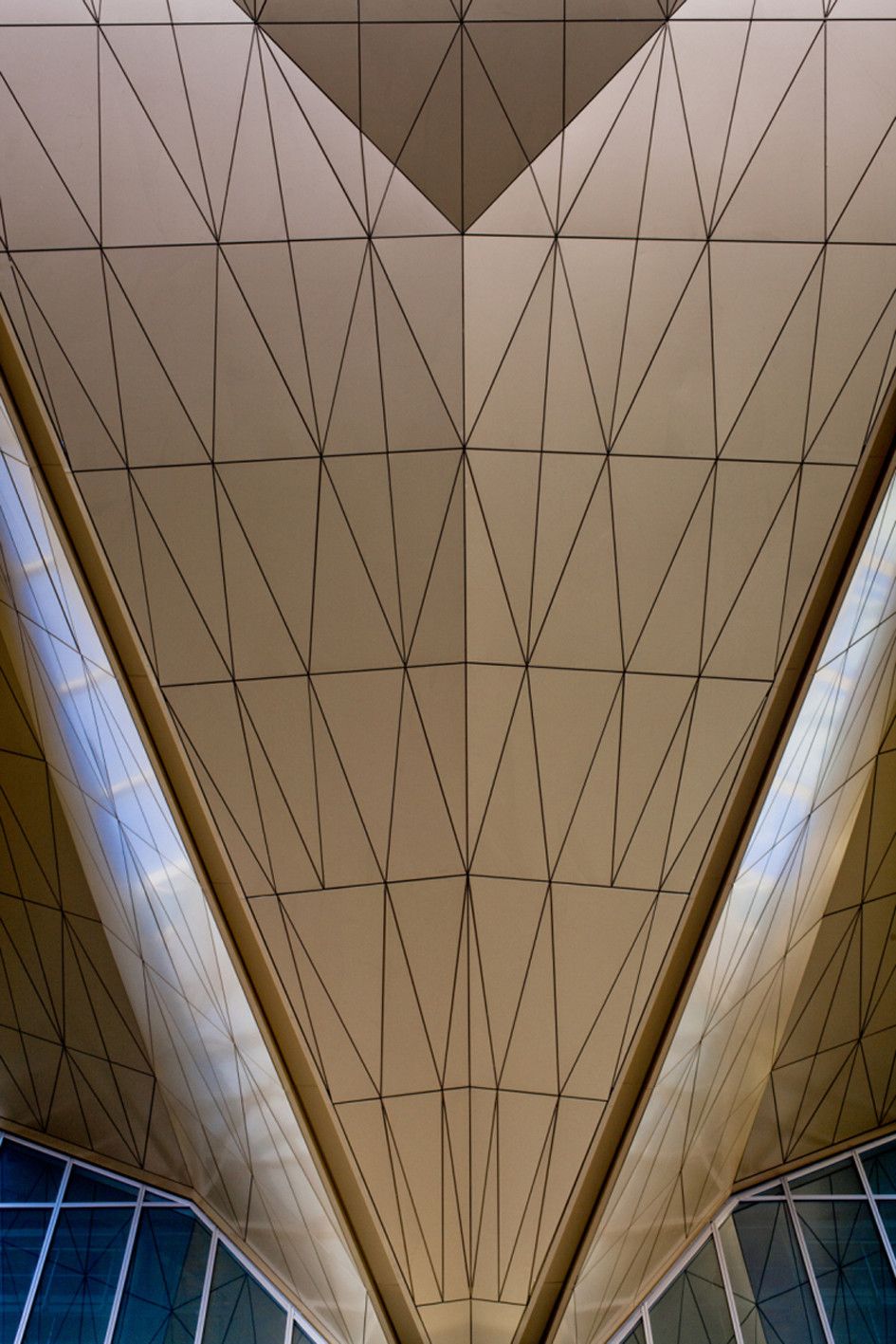
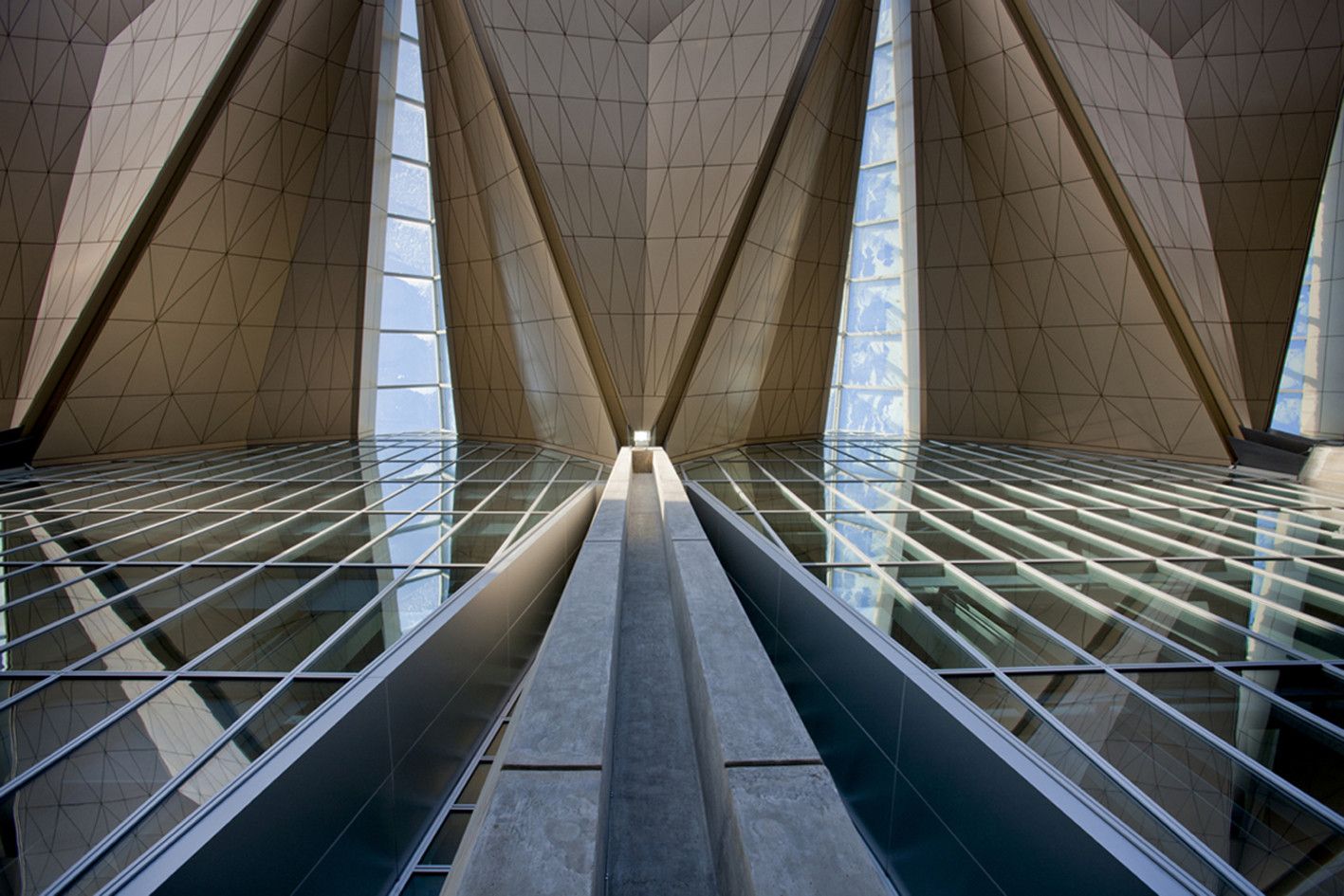
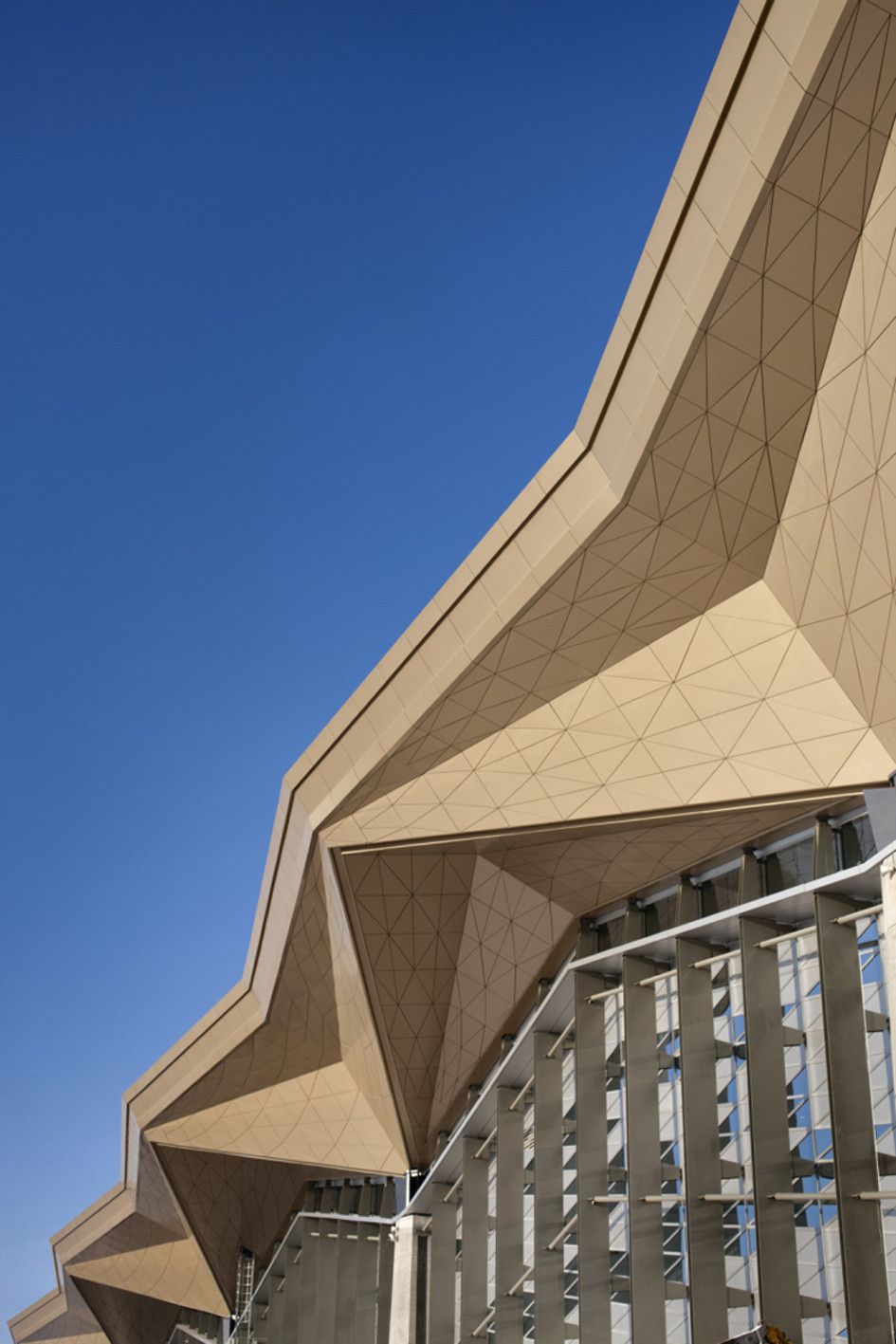
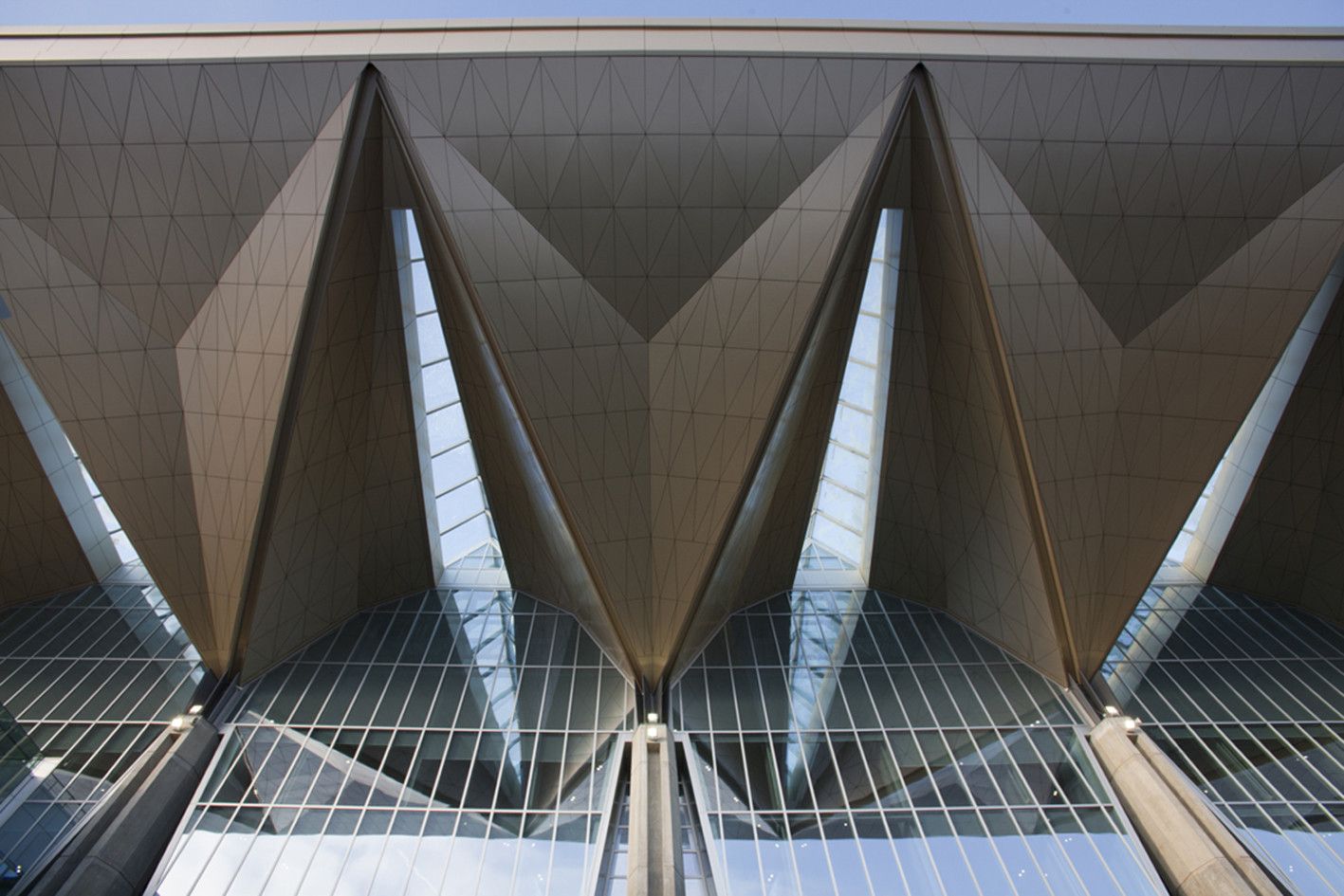
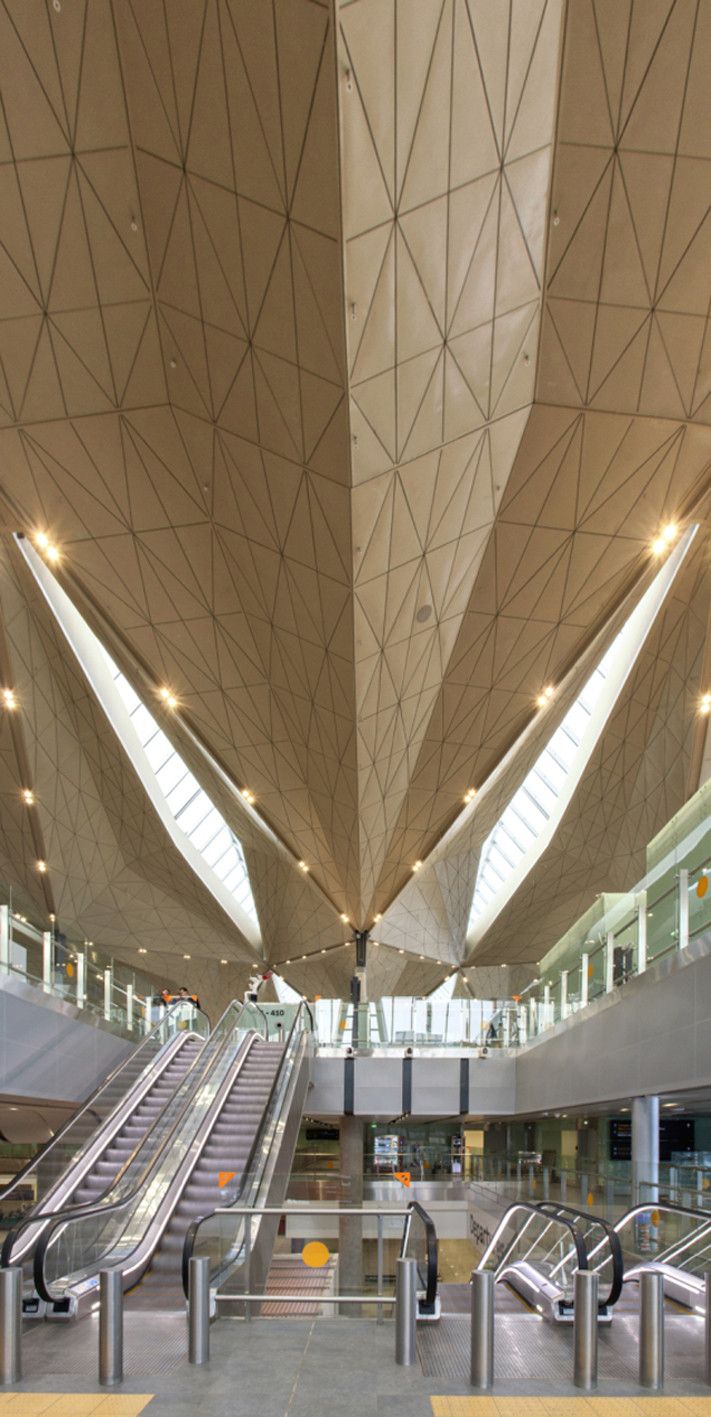
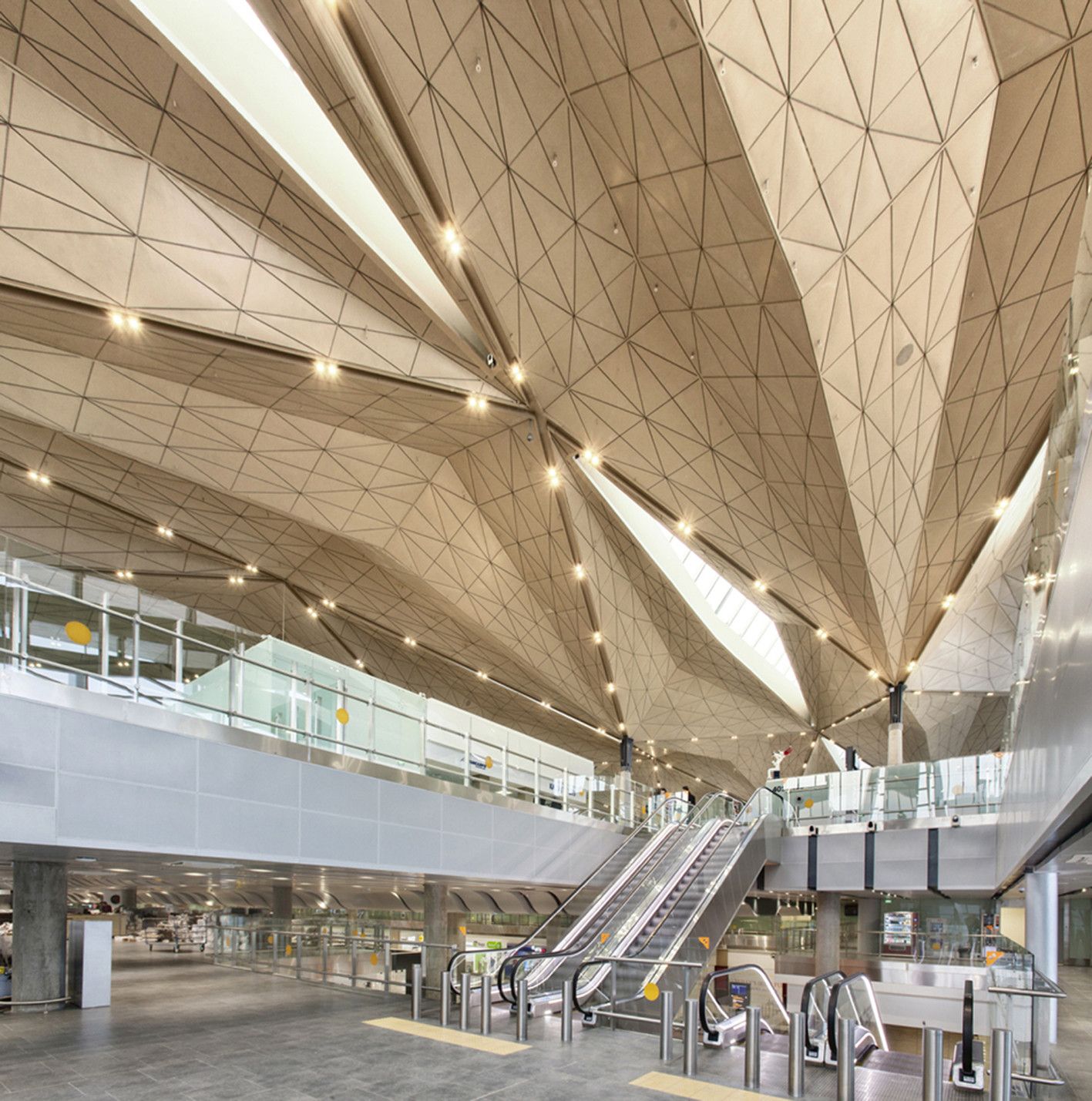
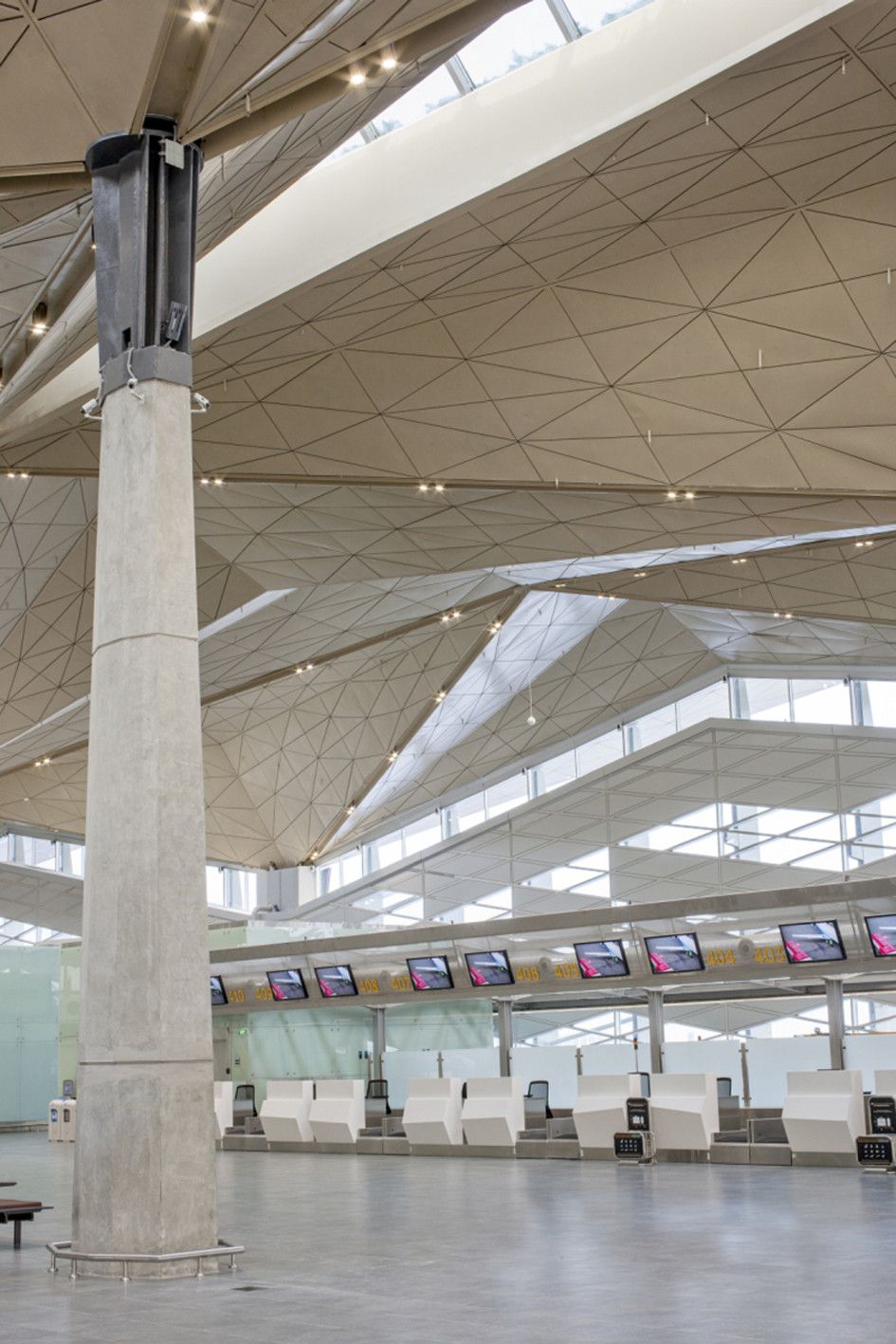
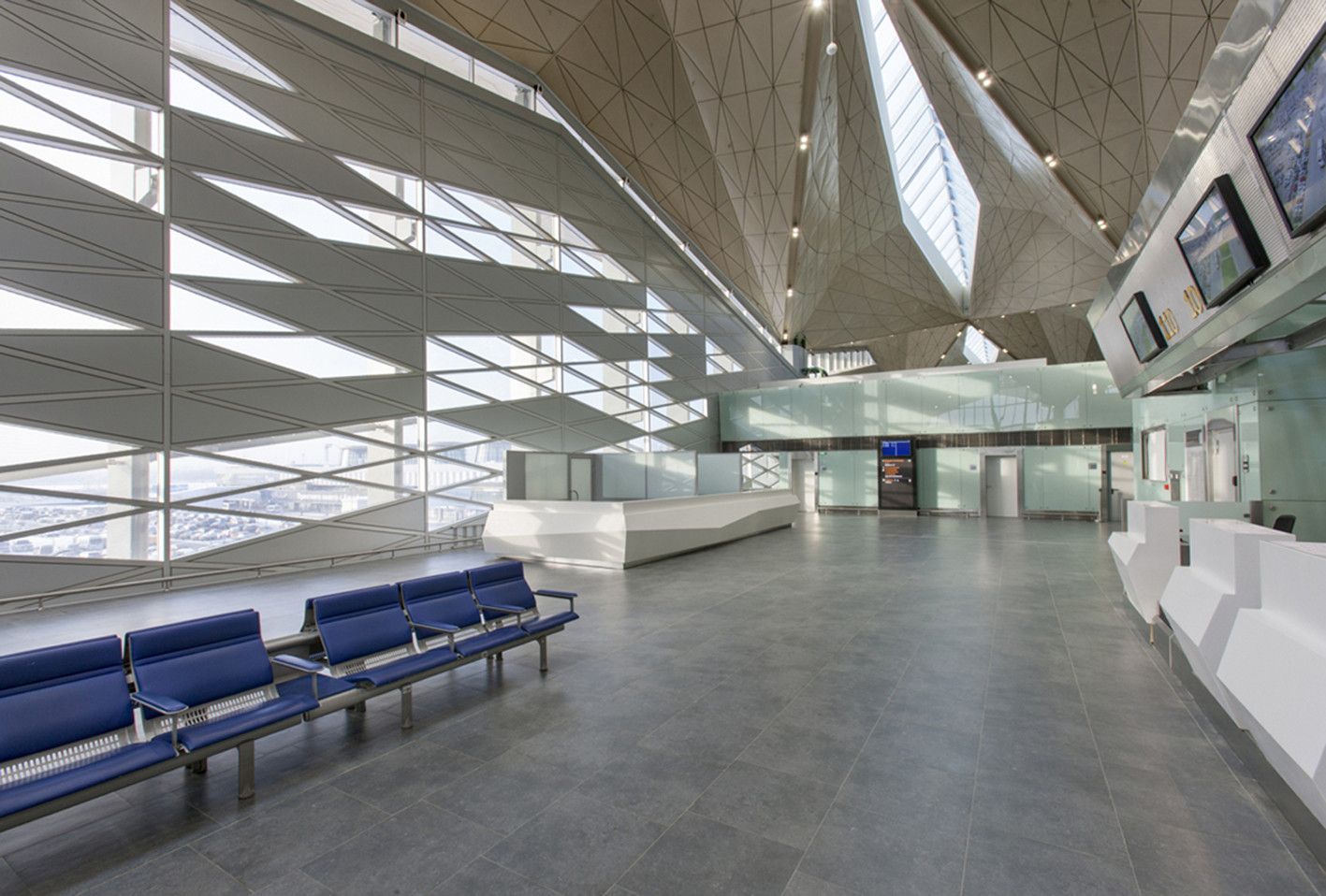
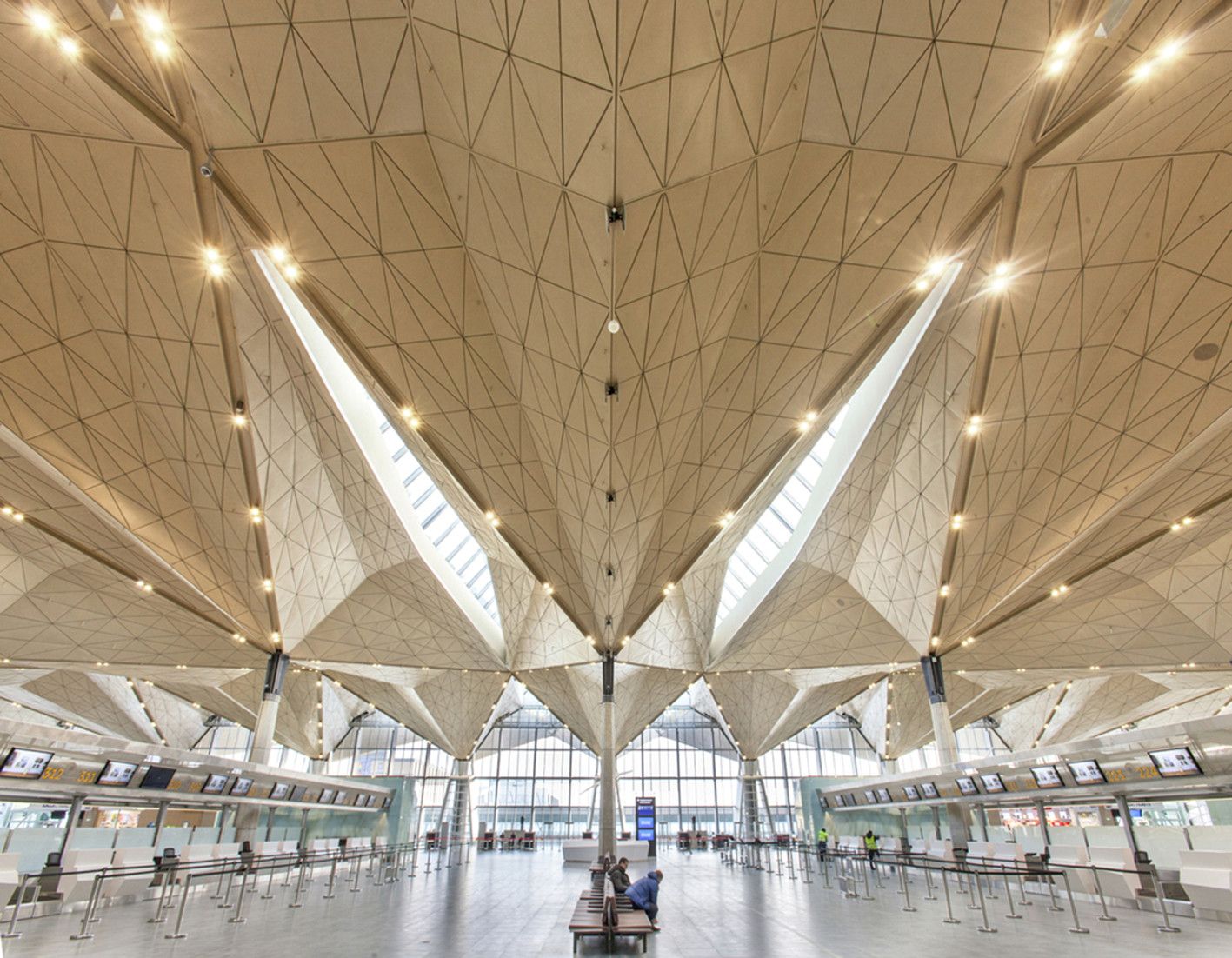
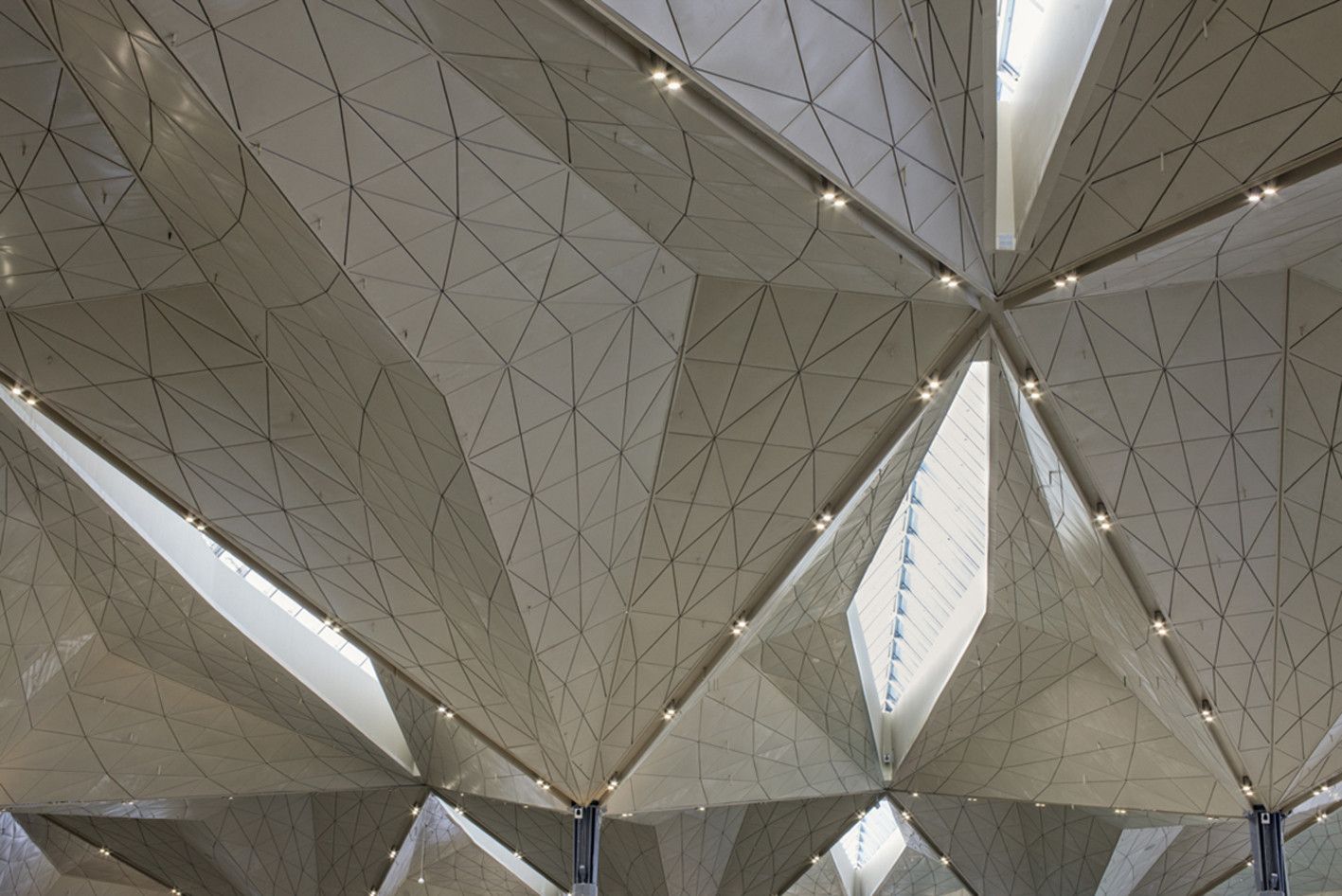
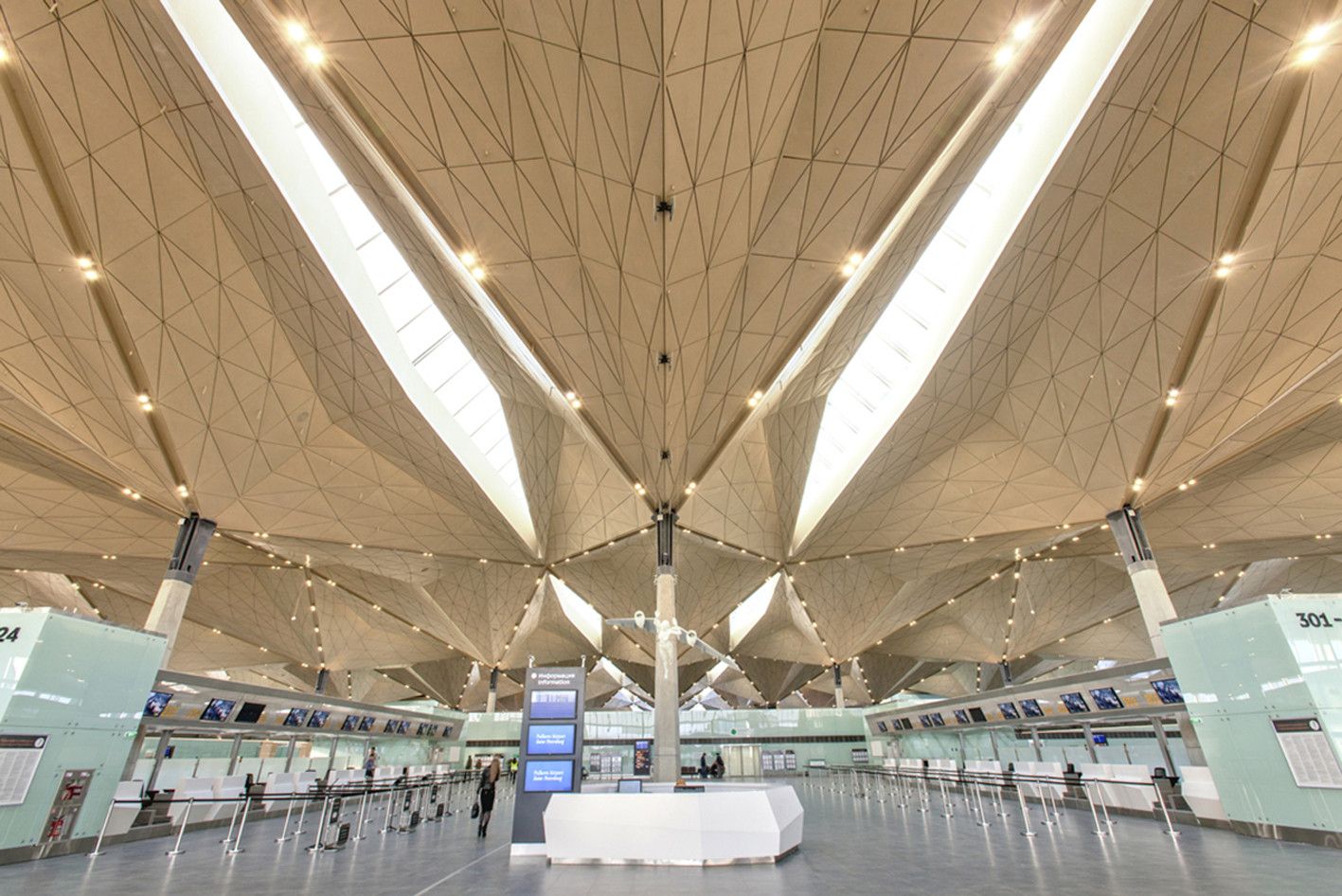
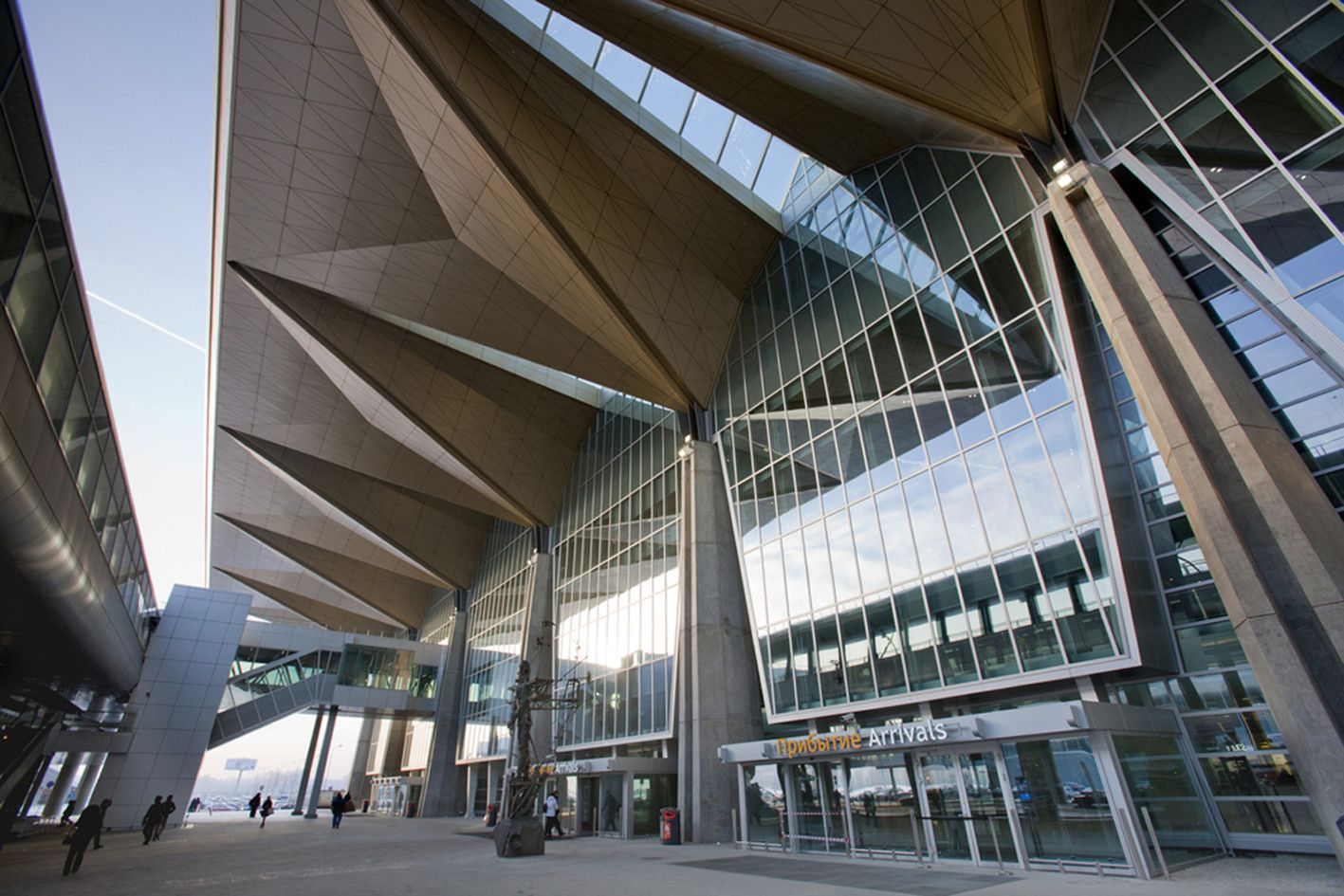
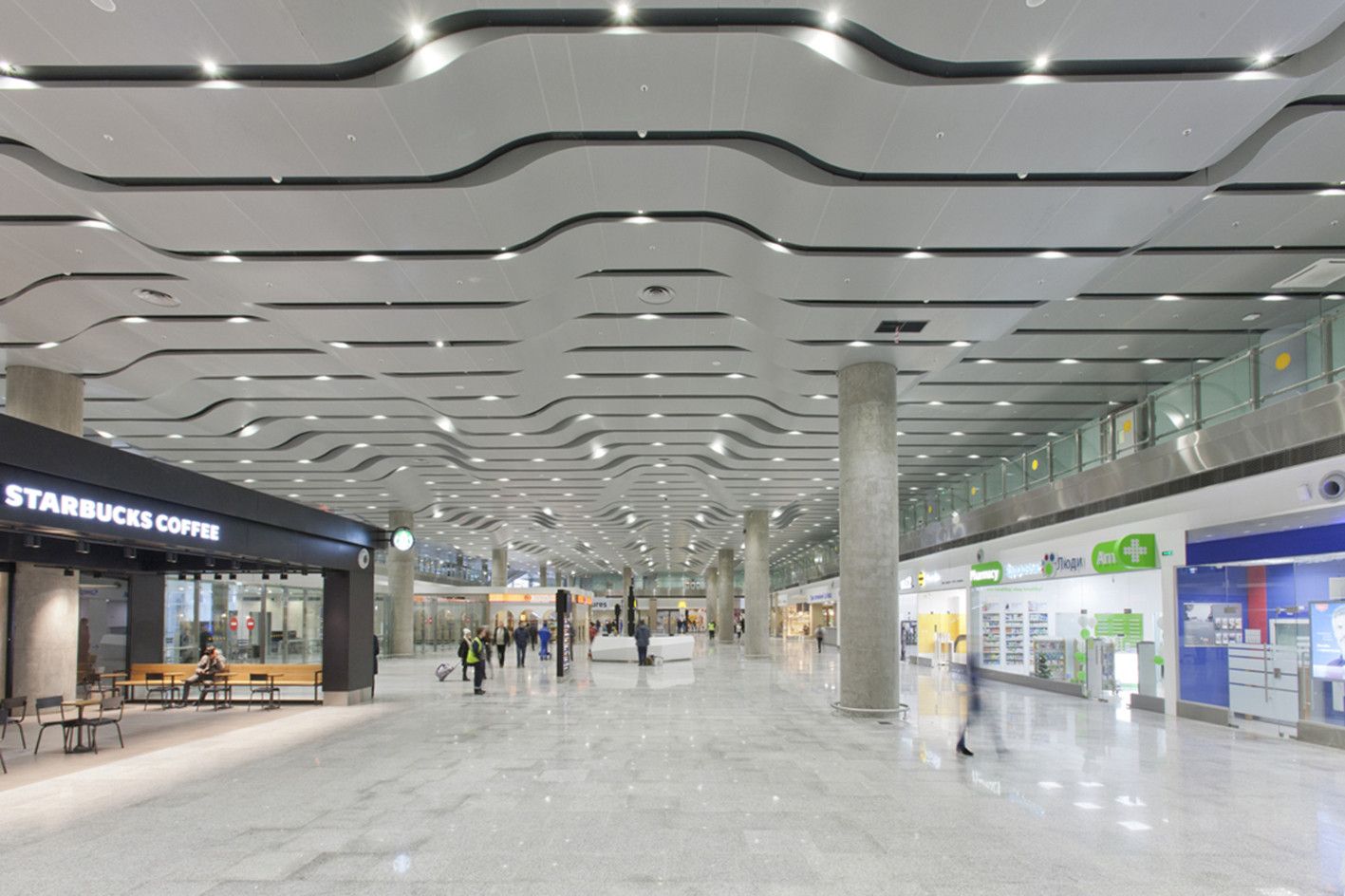
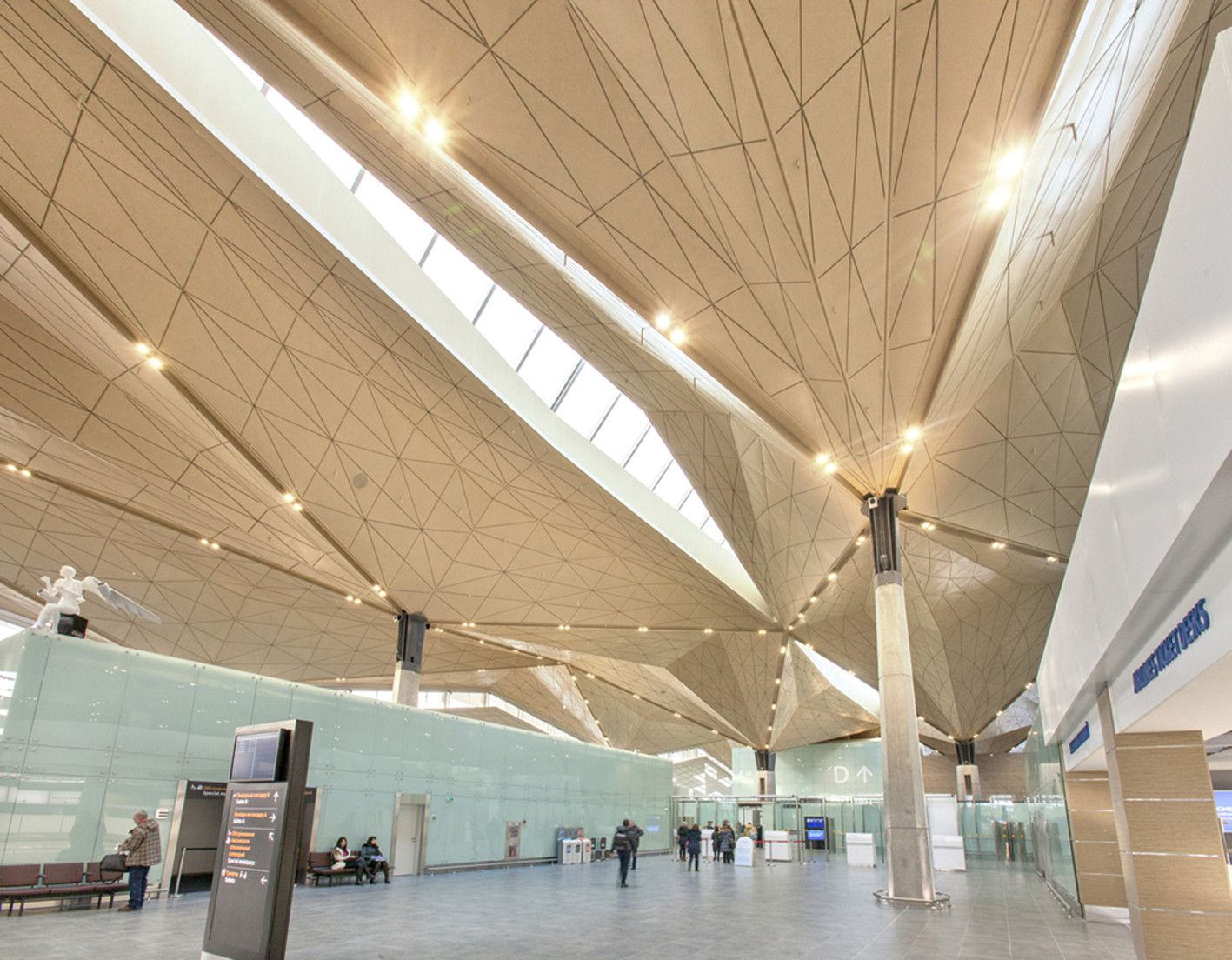
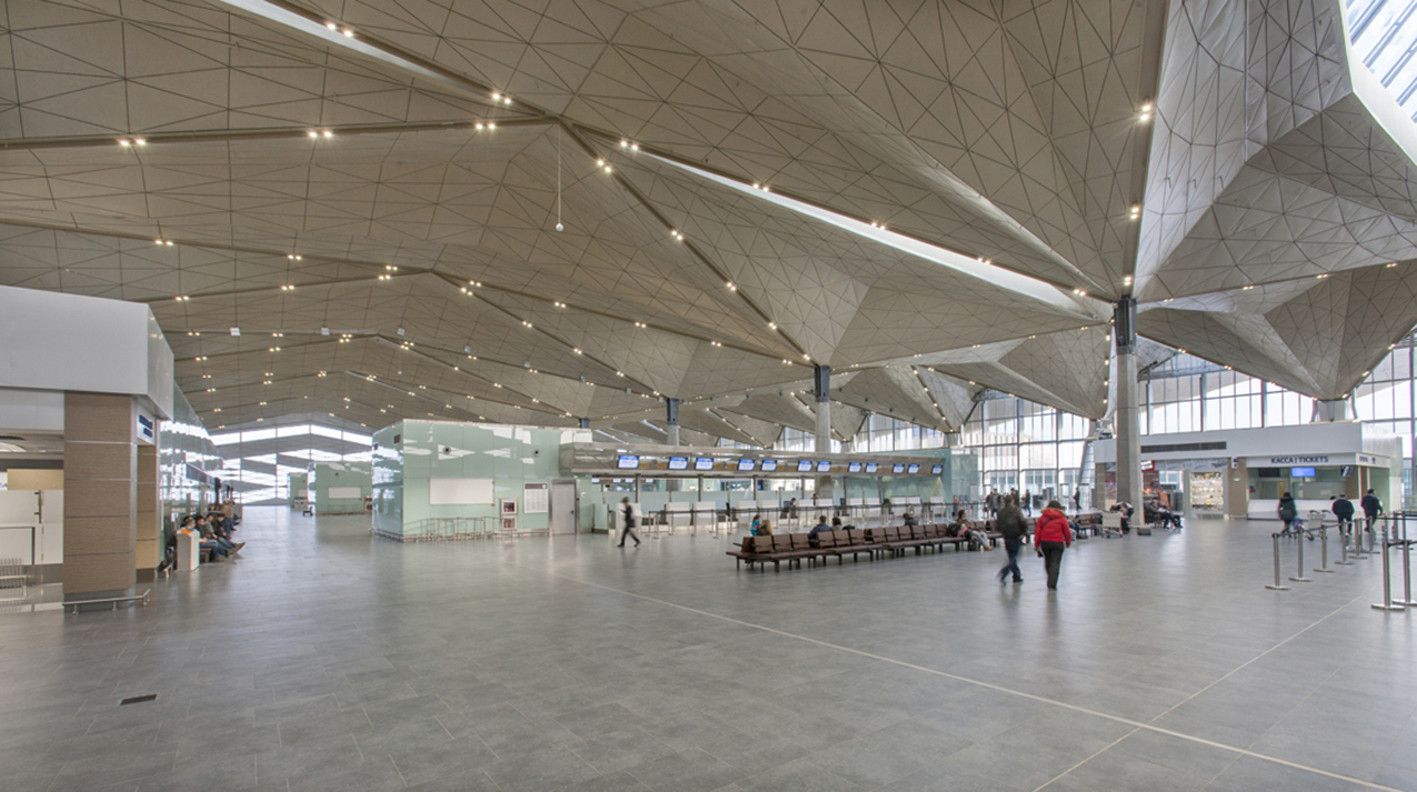
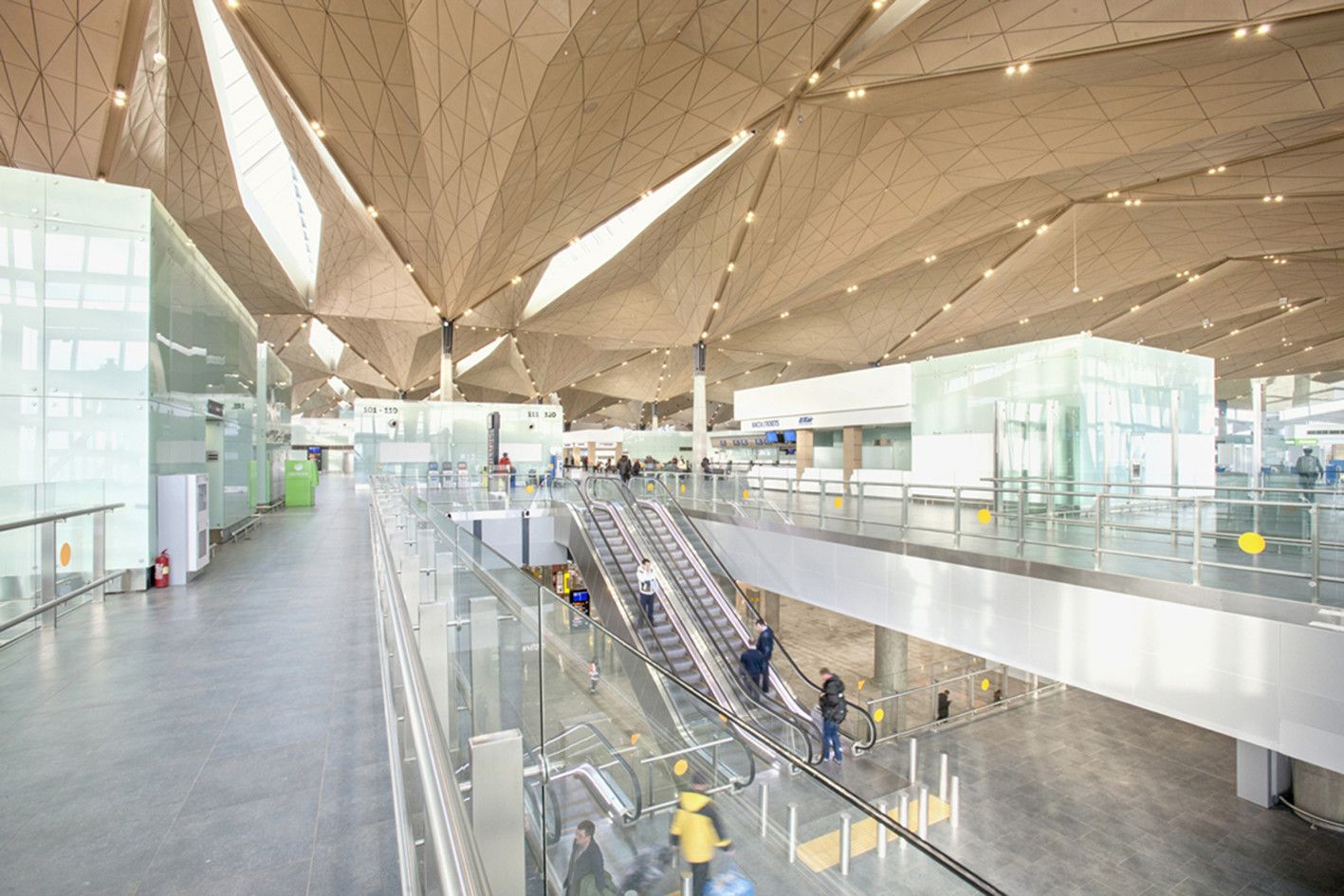
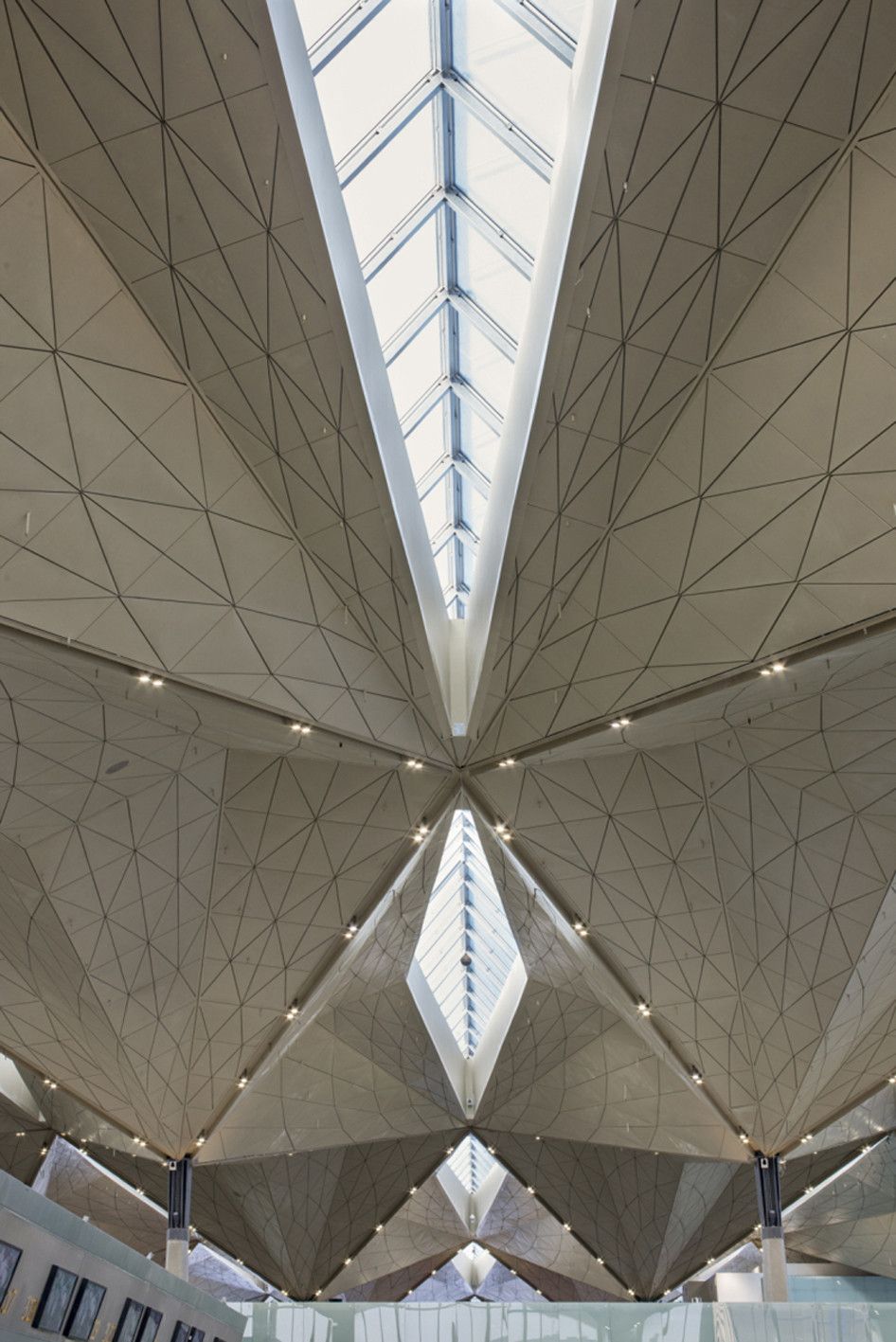
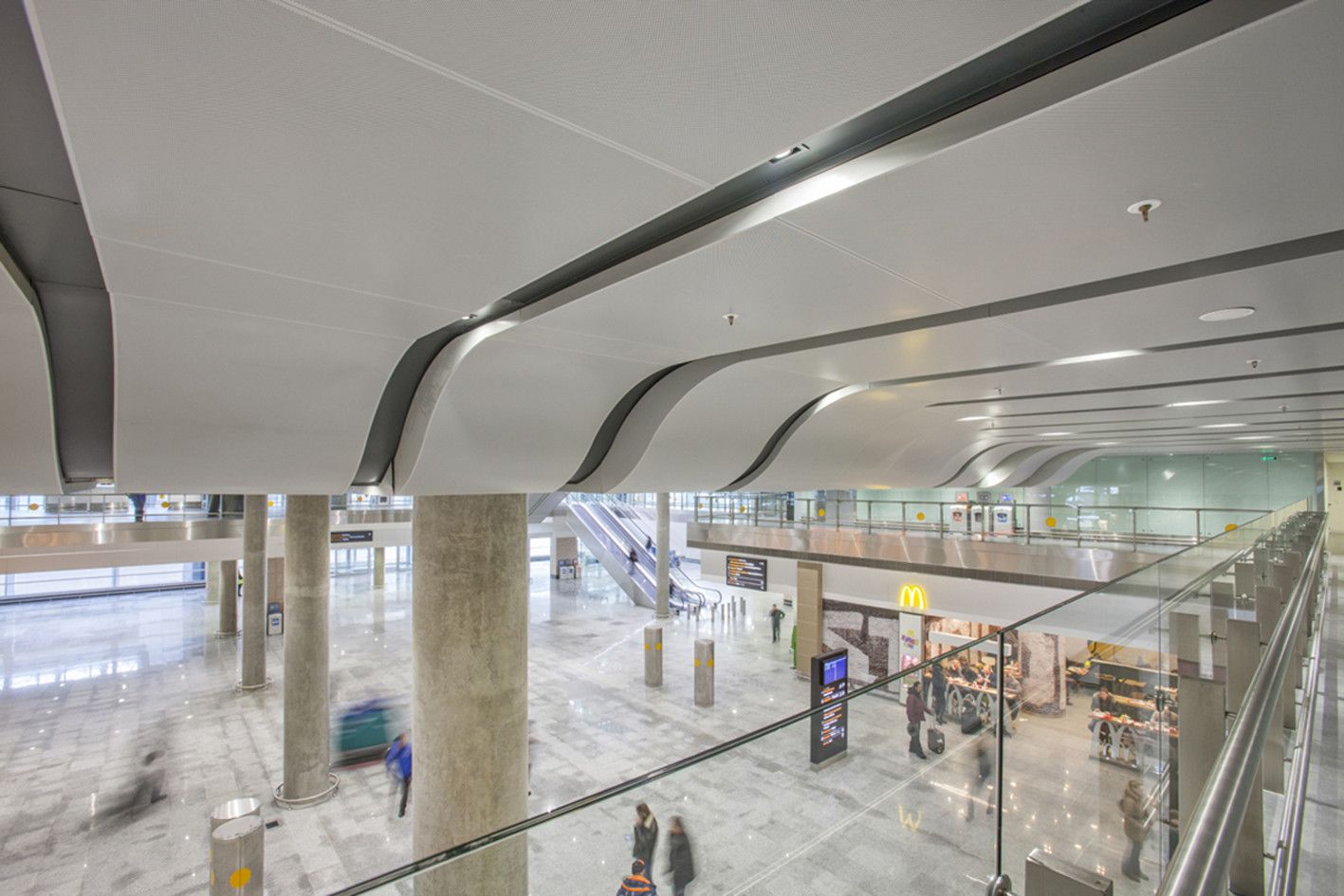
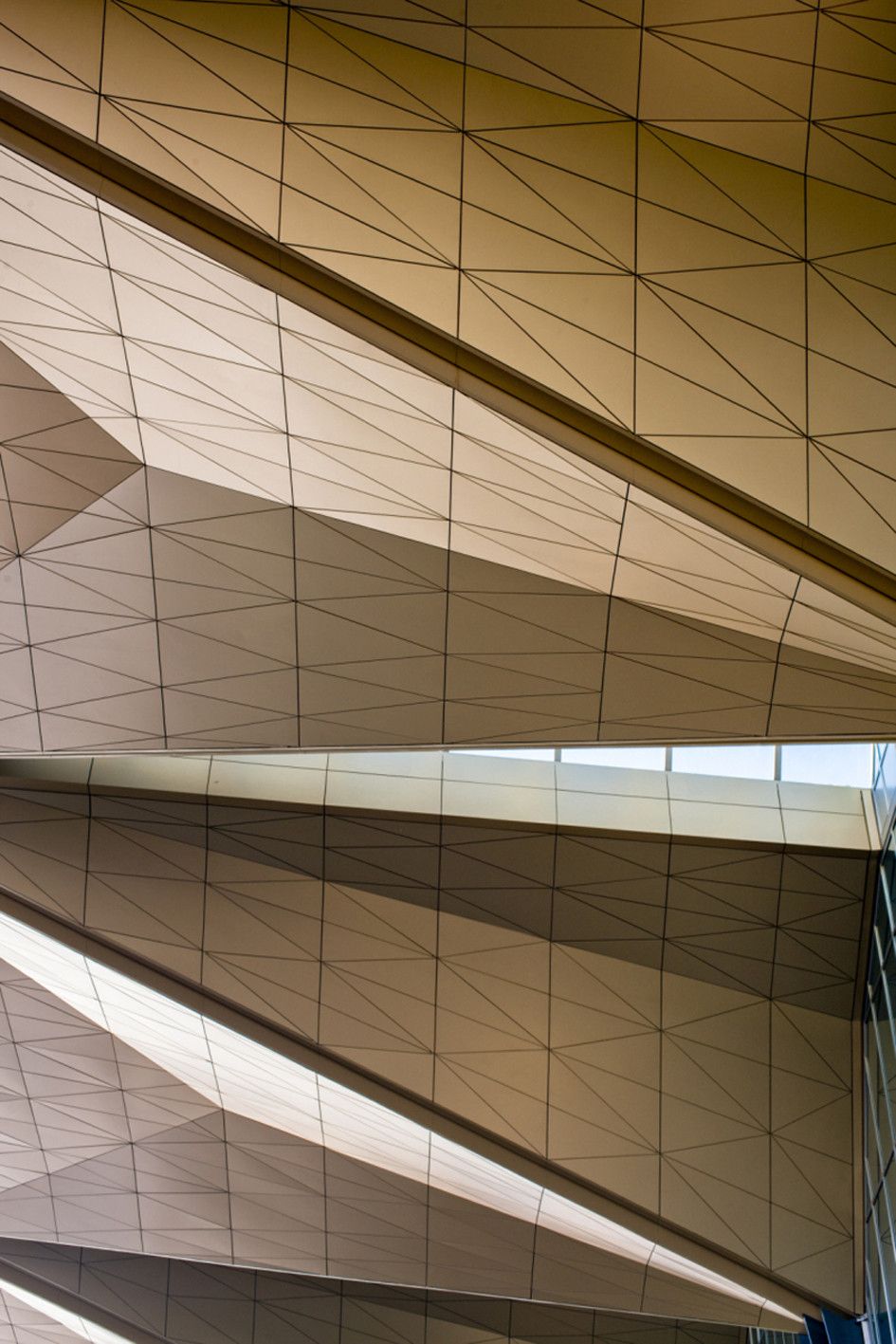
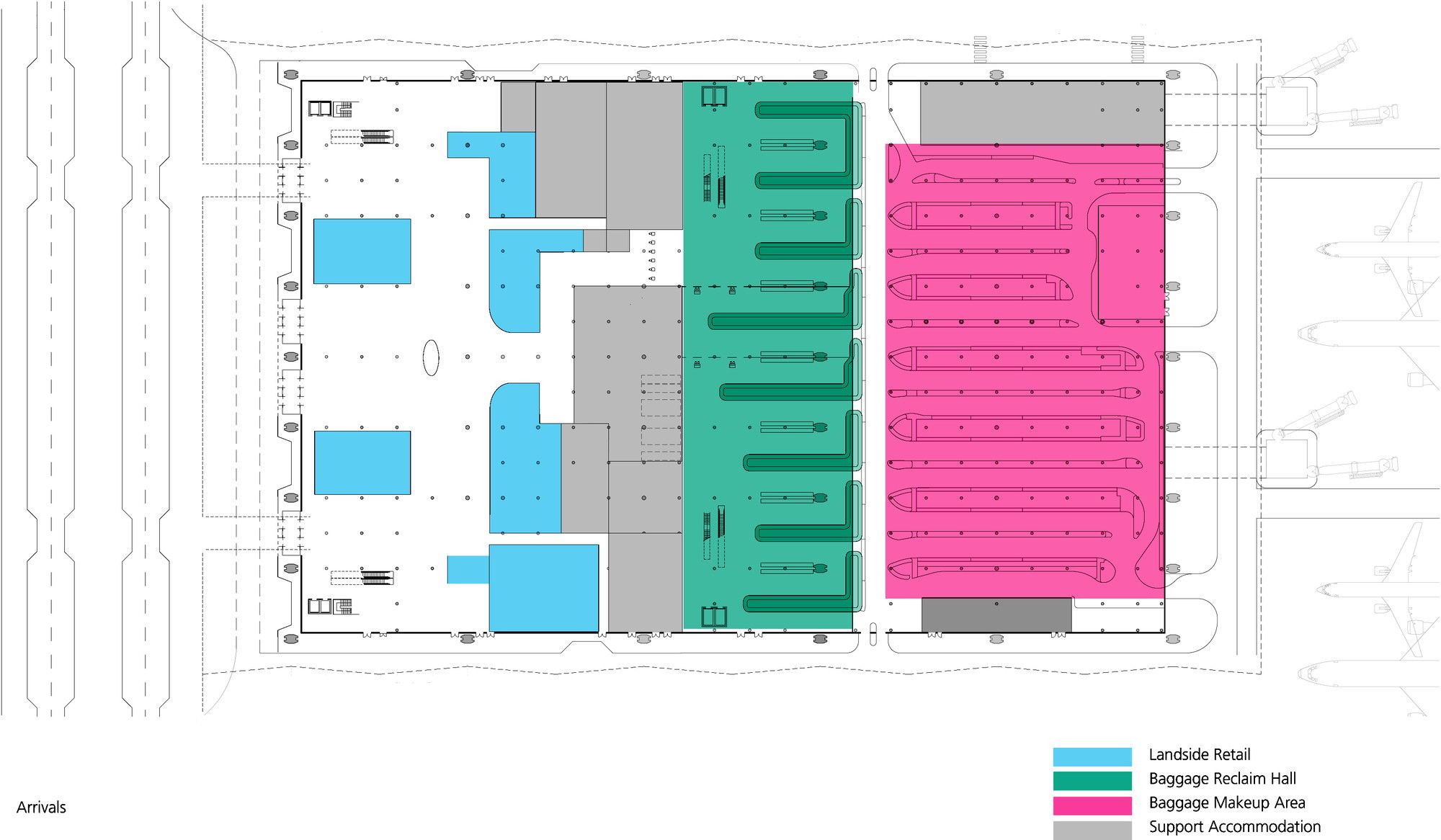
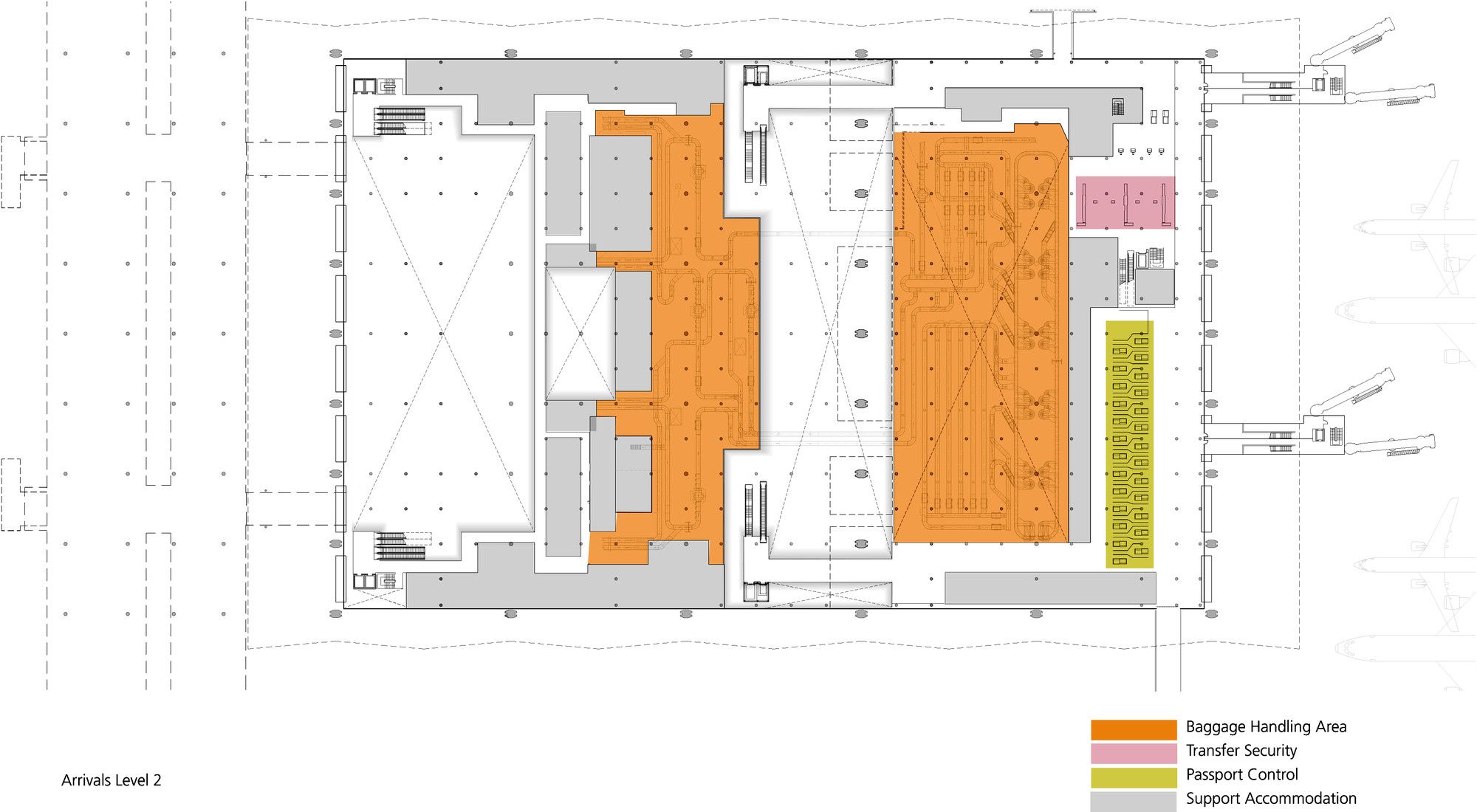
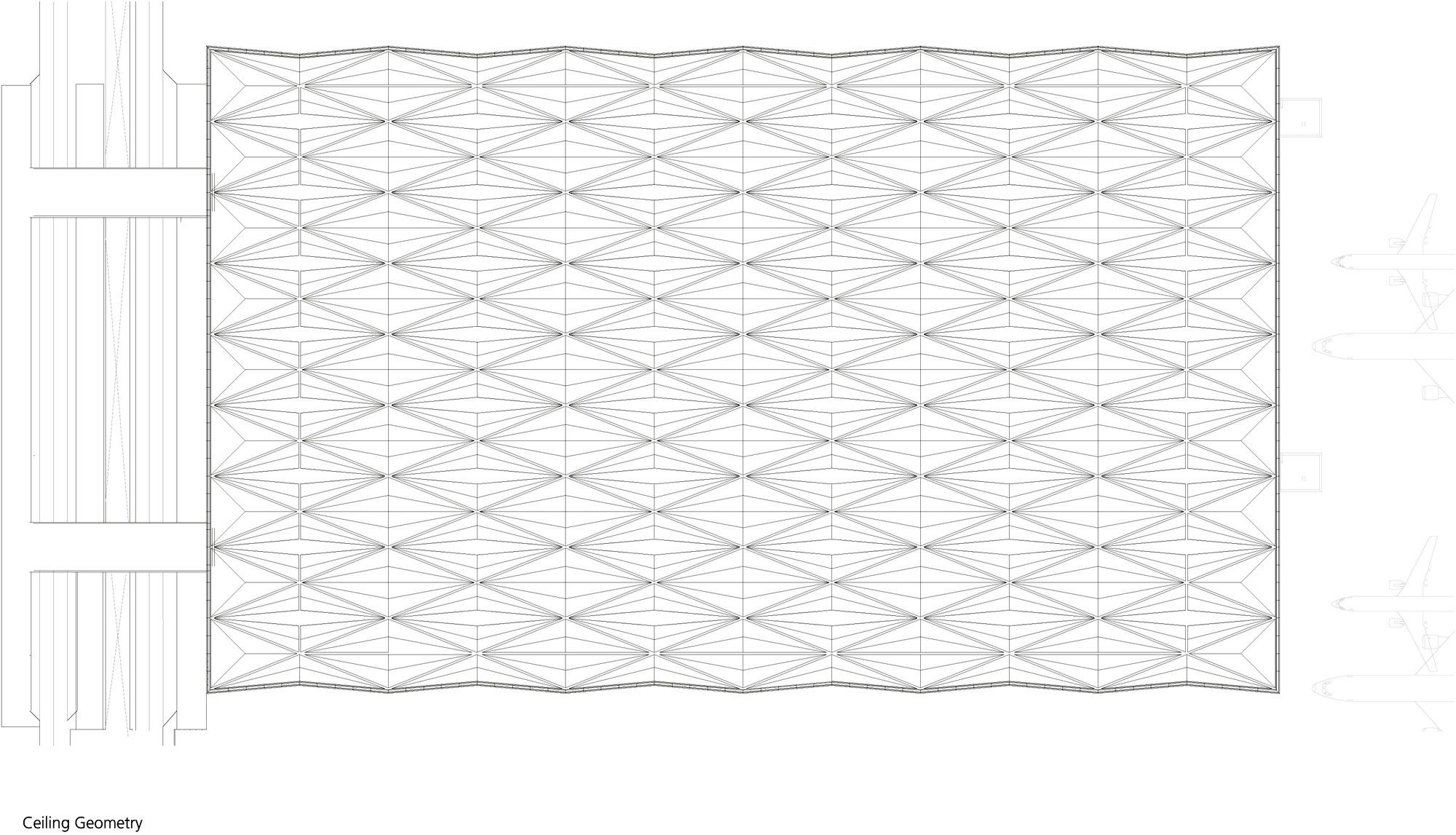
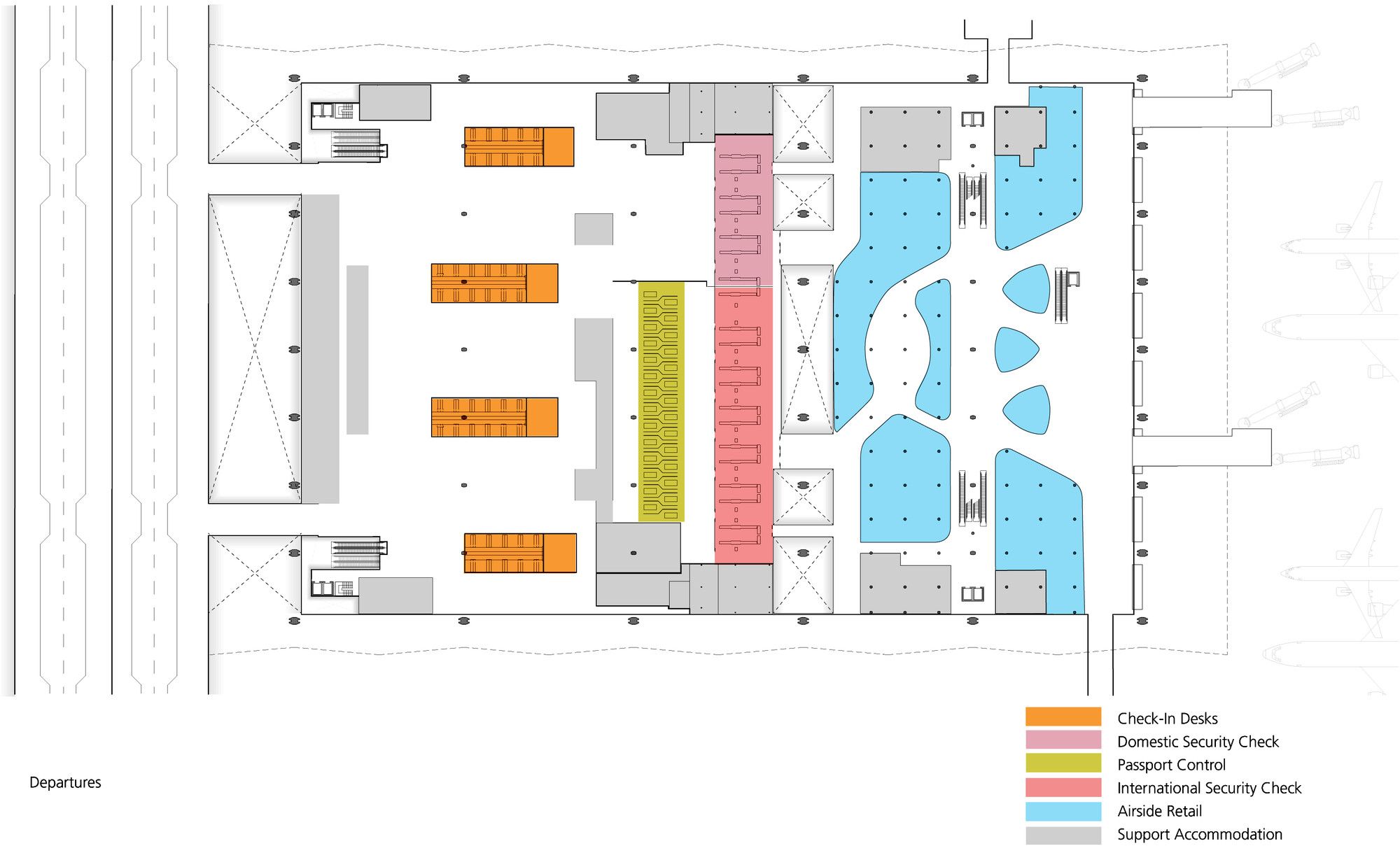
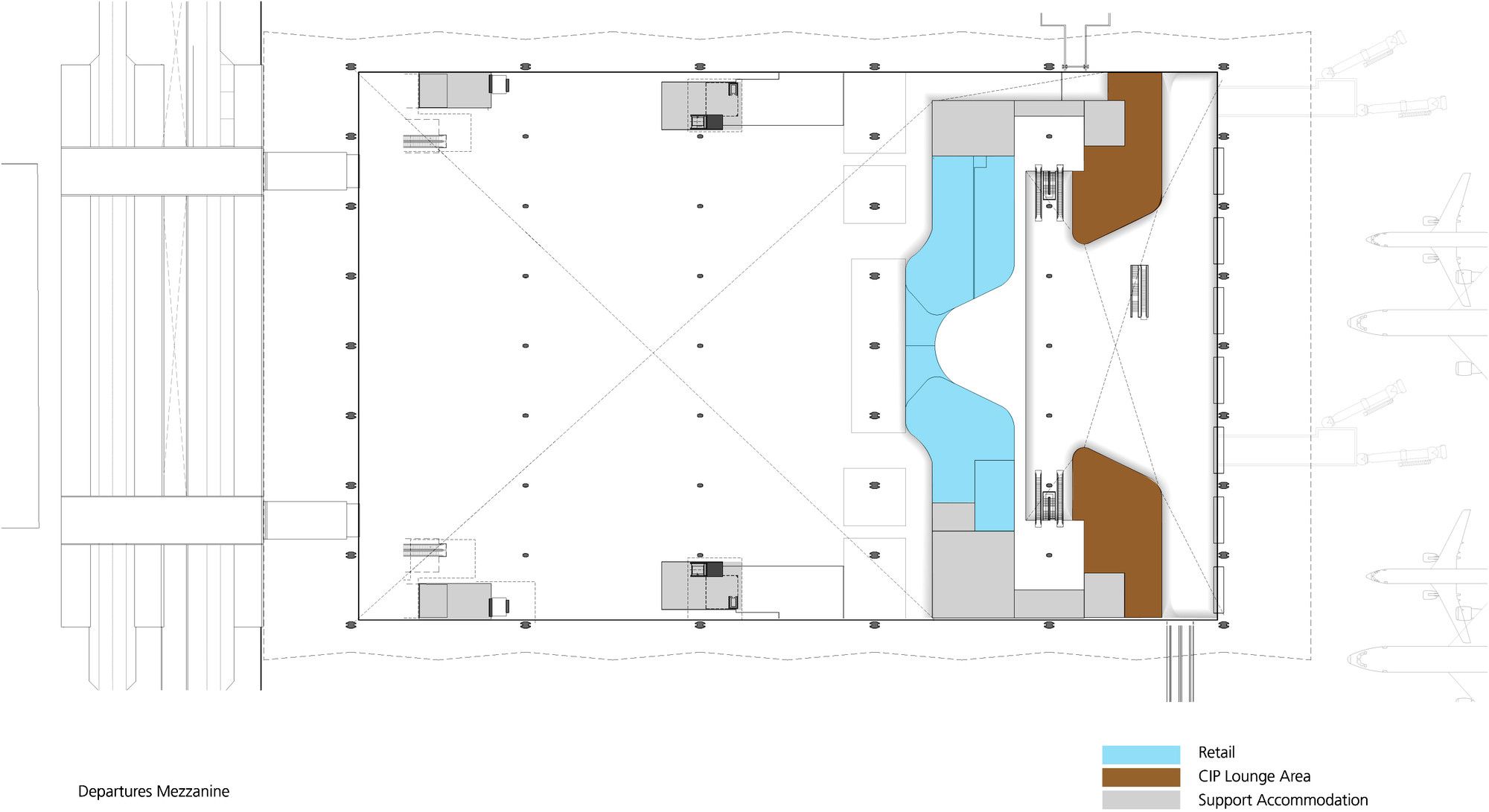

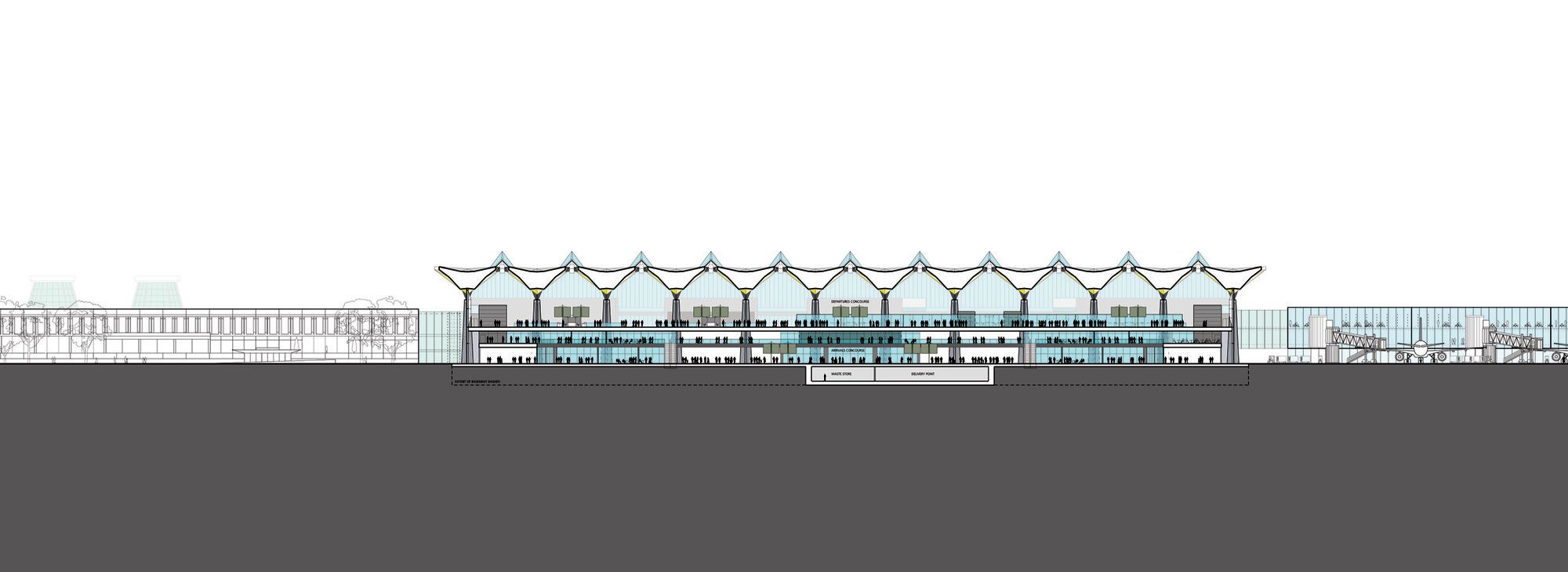
The Nordic Office of Architecture raised the standards for achieving sustainability in such large structures while maintaining the elegance and Scandinavian efficiency. The Nordic Office of Architecture was able to construct the expansion while maintaining the authenticity and simplicity that are characteristic of Oslo Airport. This expansion is well integrated within the surrounding environment and makes the best use for it. The structure is mostly made of glass and steel. The semicircular shape helps the structure maintain its temperature during the harsh months of winter, and using the ice off the runaways to be stored and used as a coolant during the summer. It houses a train station that enables more than 70% of the passengers to reach the airport using public transport. The design of the airport does not only serve in saving the passengers time, but also saves the resources around it, since it is mainly constructed of recycled materials. This eco-friendly approach granted the airport the ‘Excellent’ sustainability rating, for it saves up to 35% of its carbon emission due to the use of environmentally friendly materials to construct it. In this article, we explored the most beautiful airports around the world. Beauty now is synonyms with all that is practical and sustainable, as architects and designers thrive to deliver structures that are sublime, modern, and efficient. These airports are tied together with the approach of their designs to all that is modern and compact, but at the same time preserving the local flavor of the culture that the airport is a gateway to.
